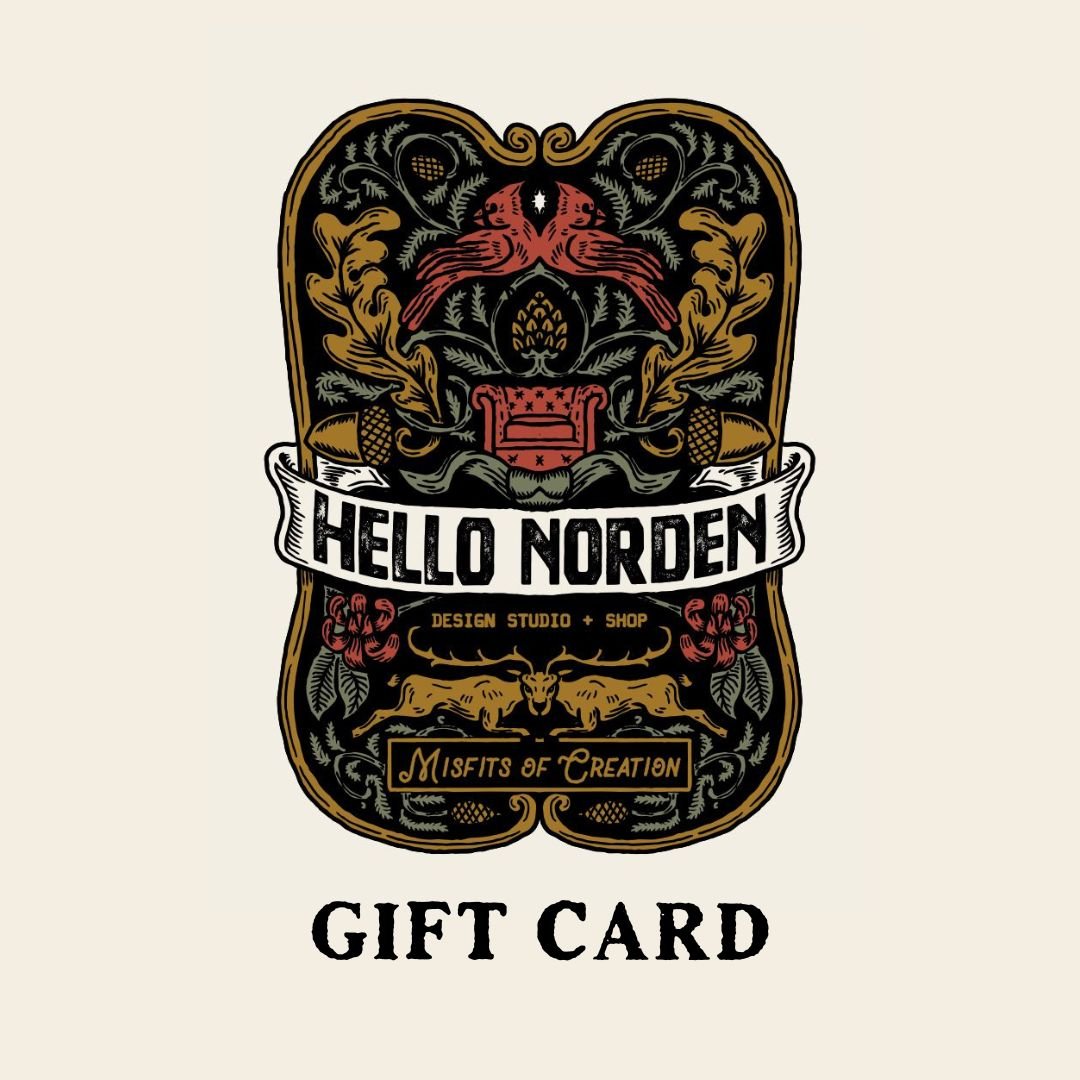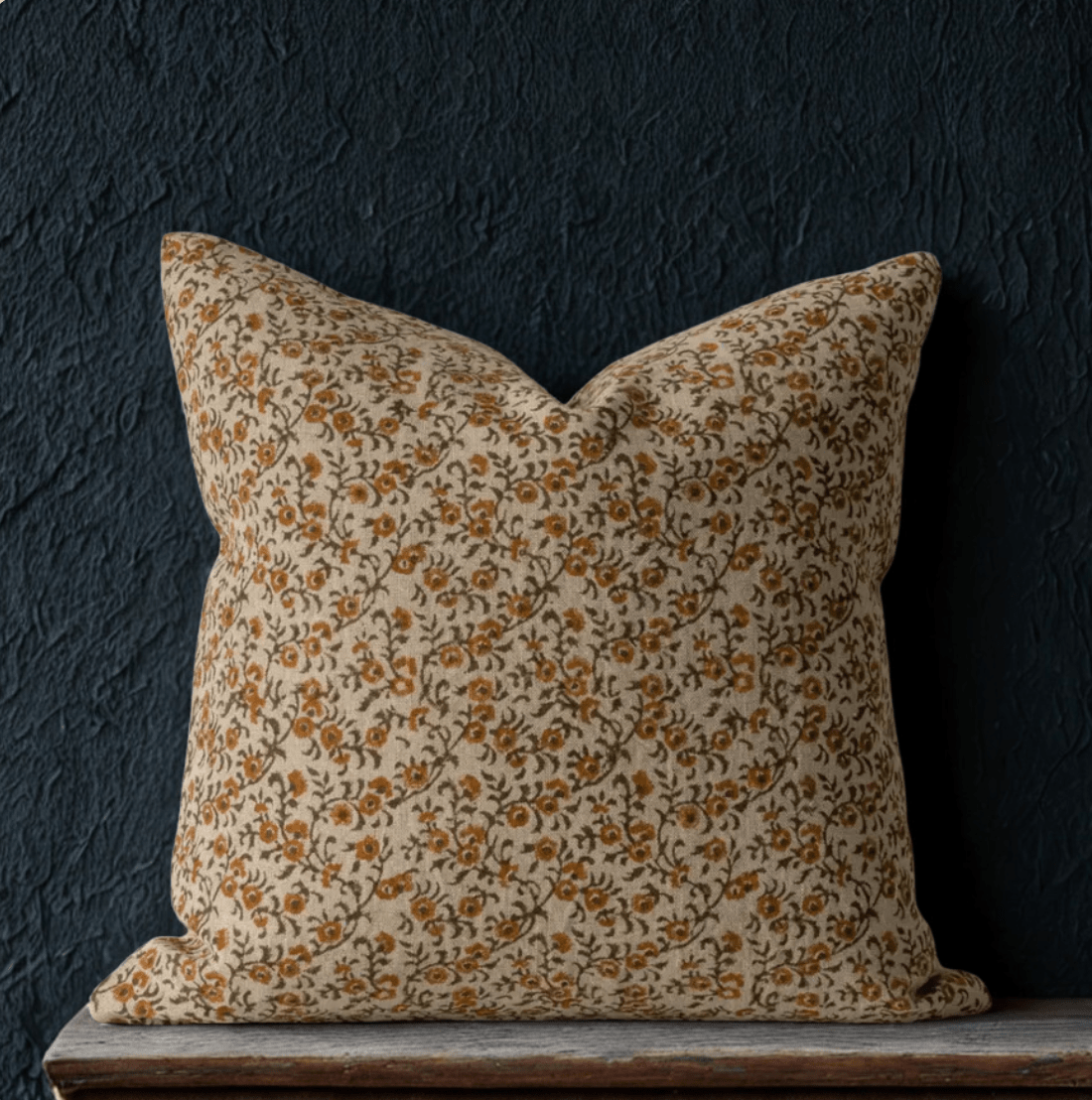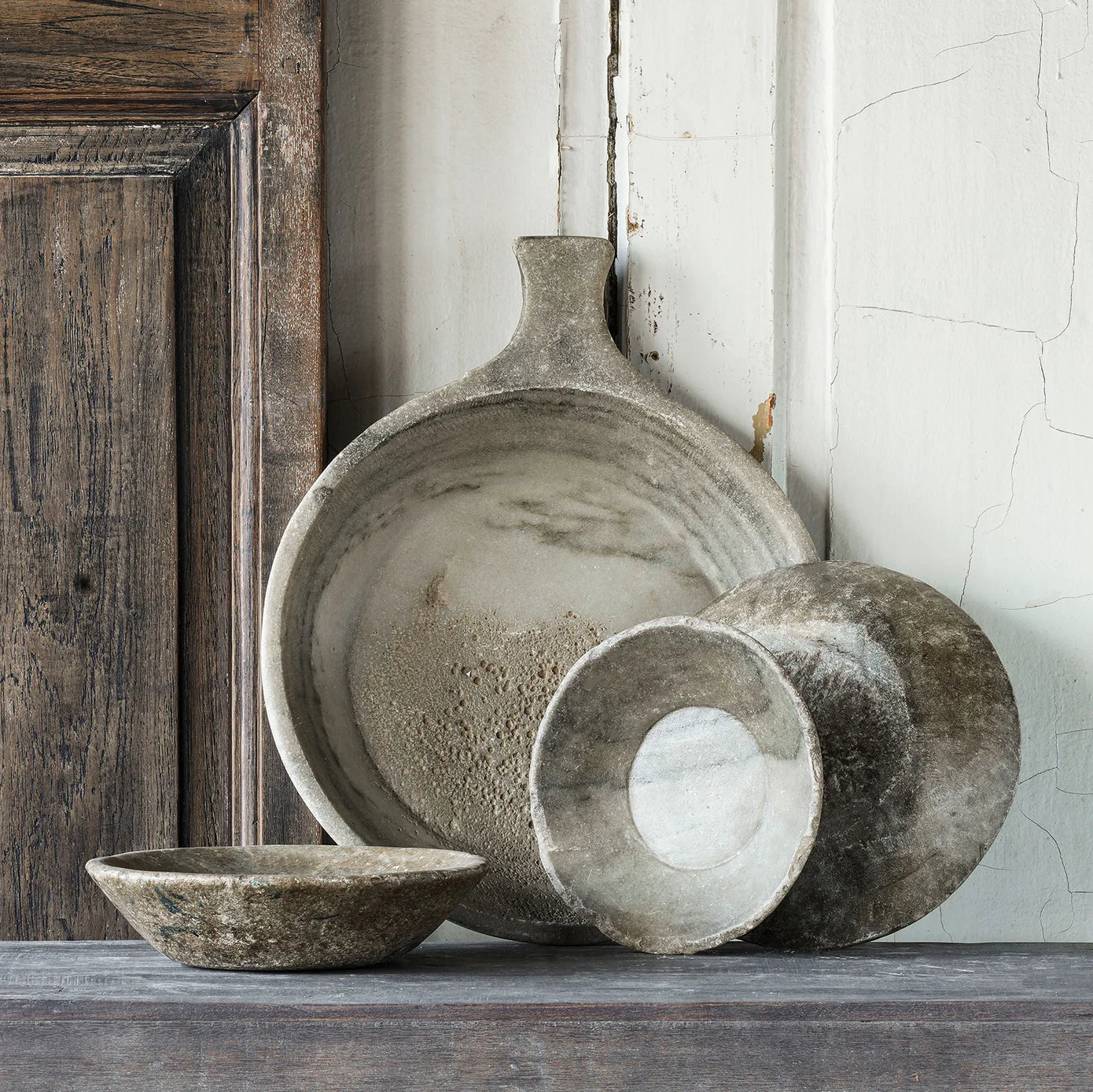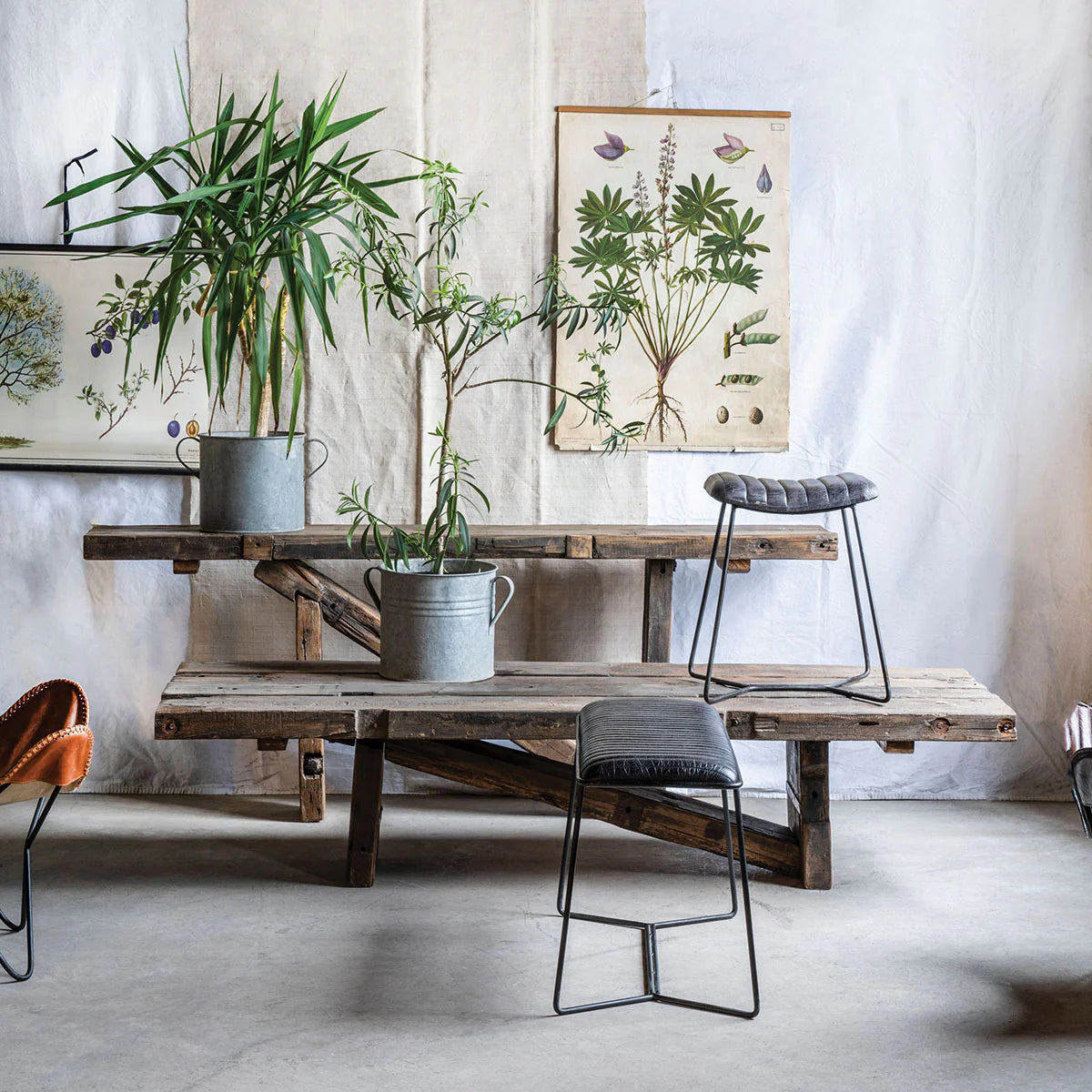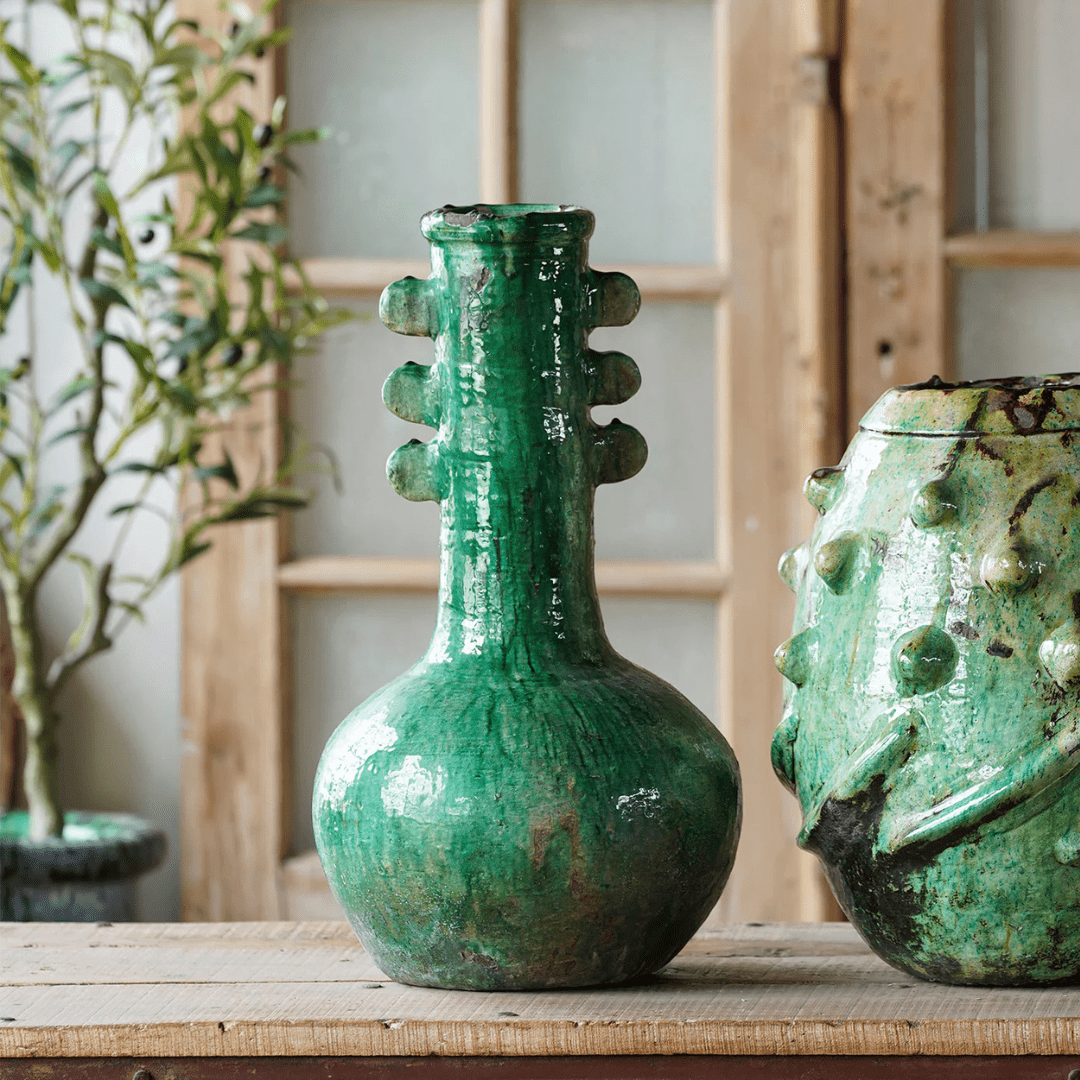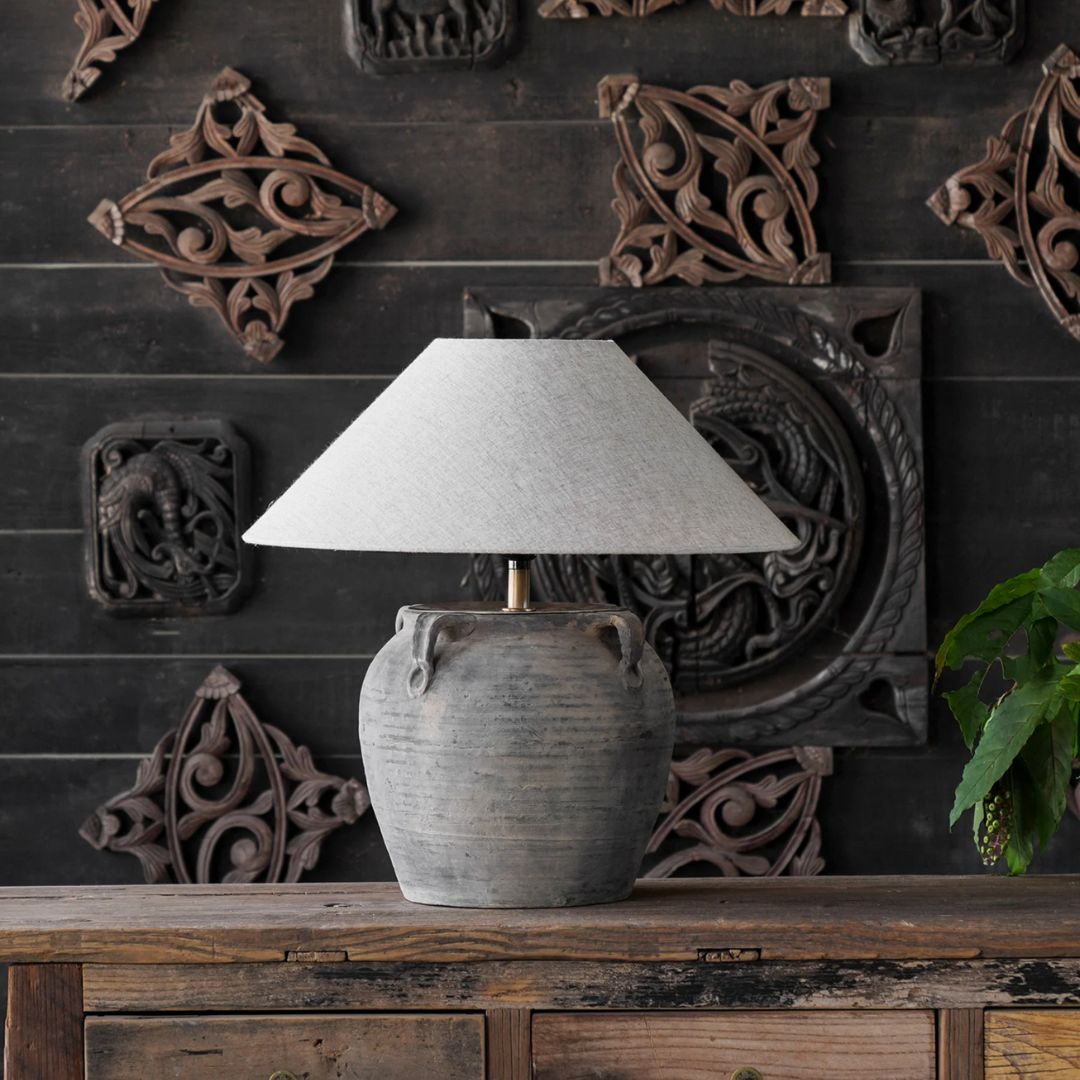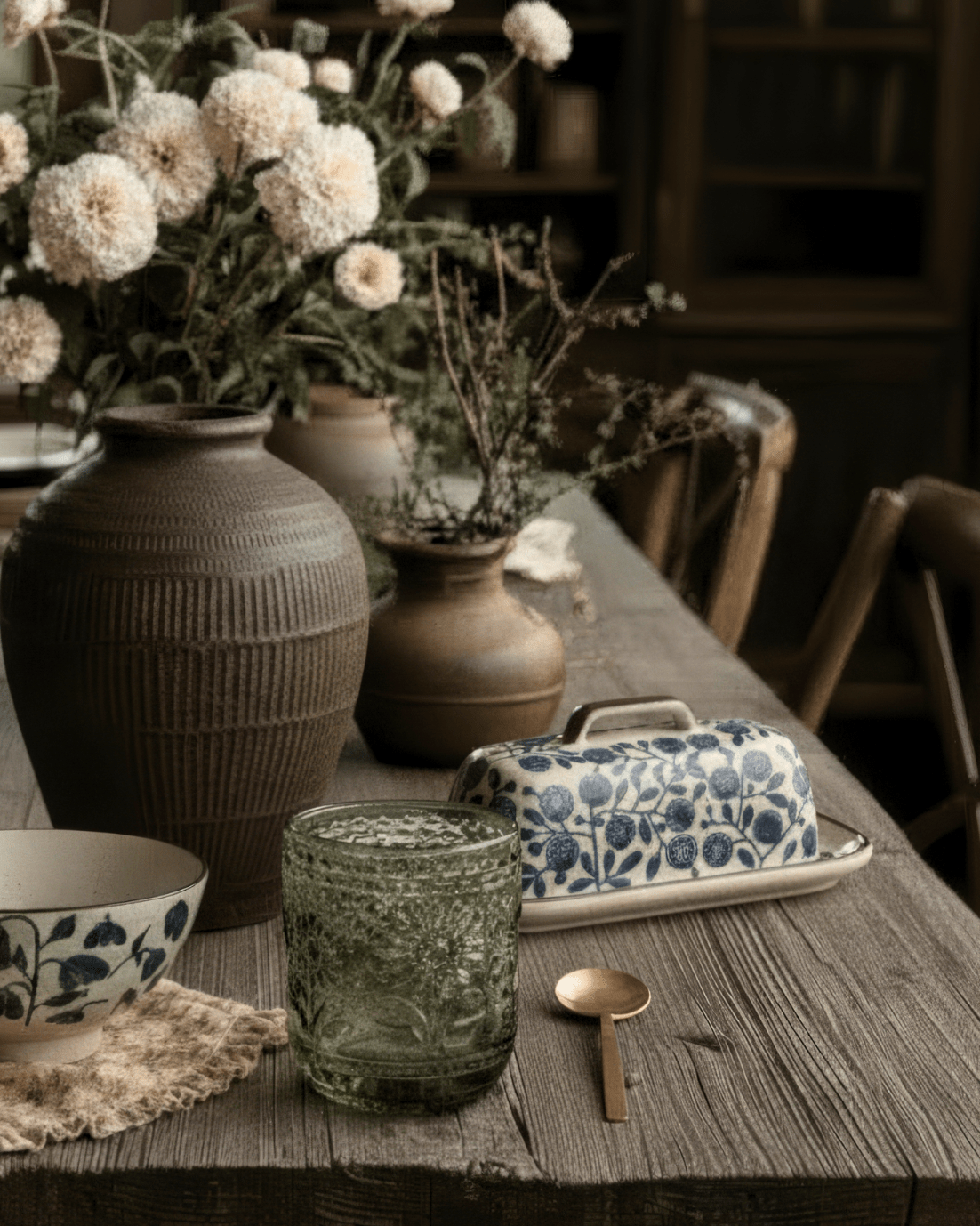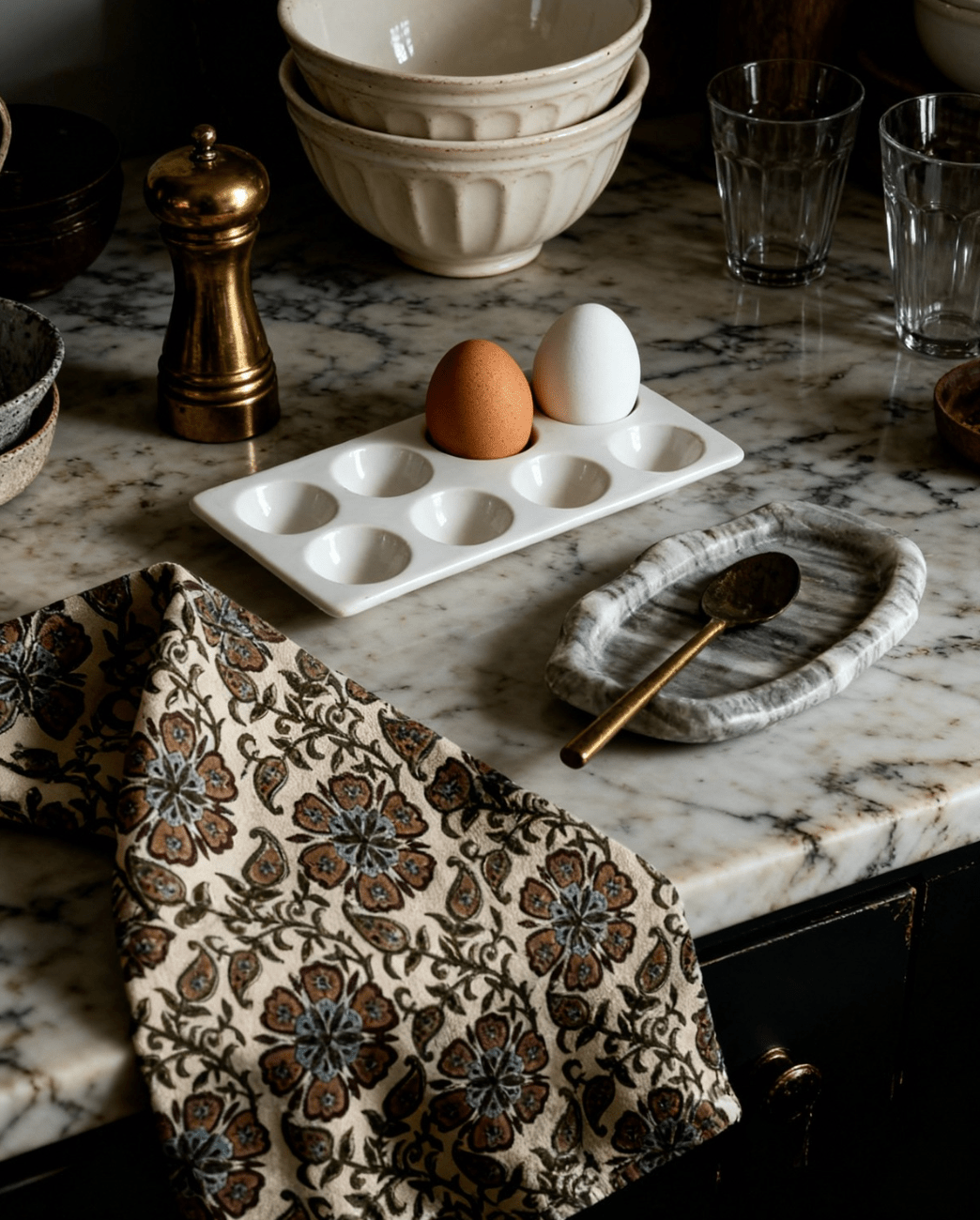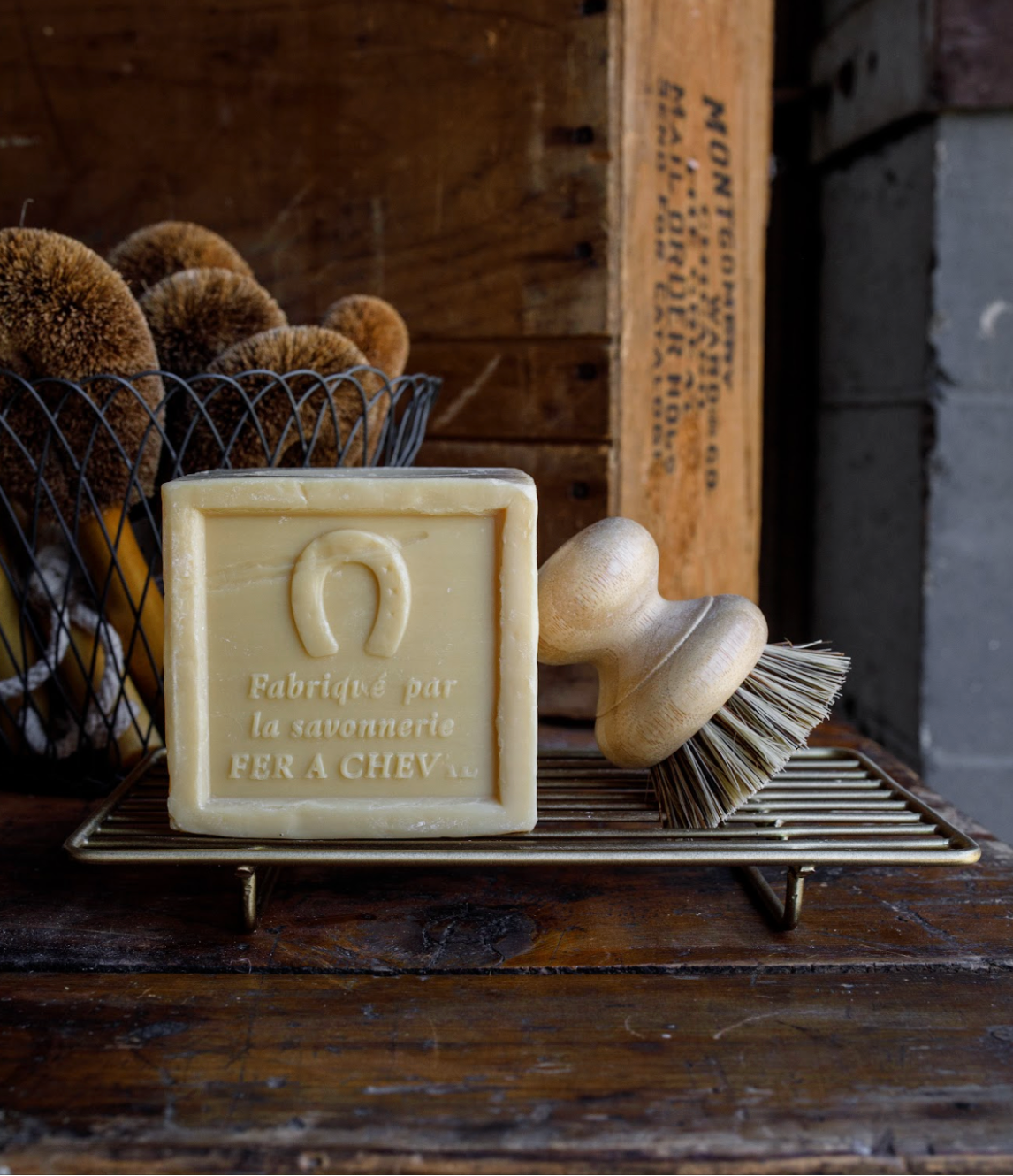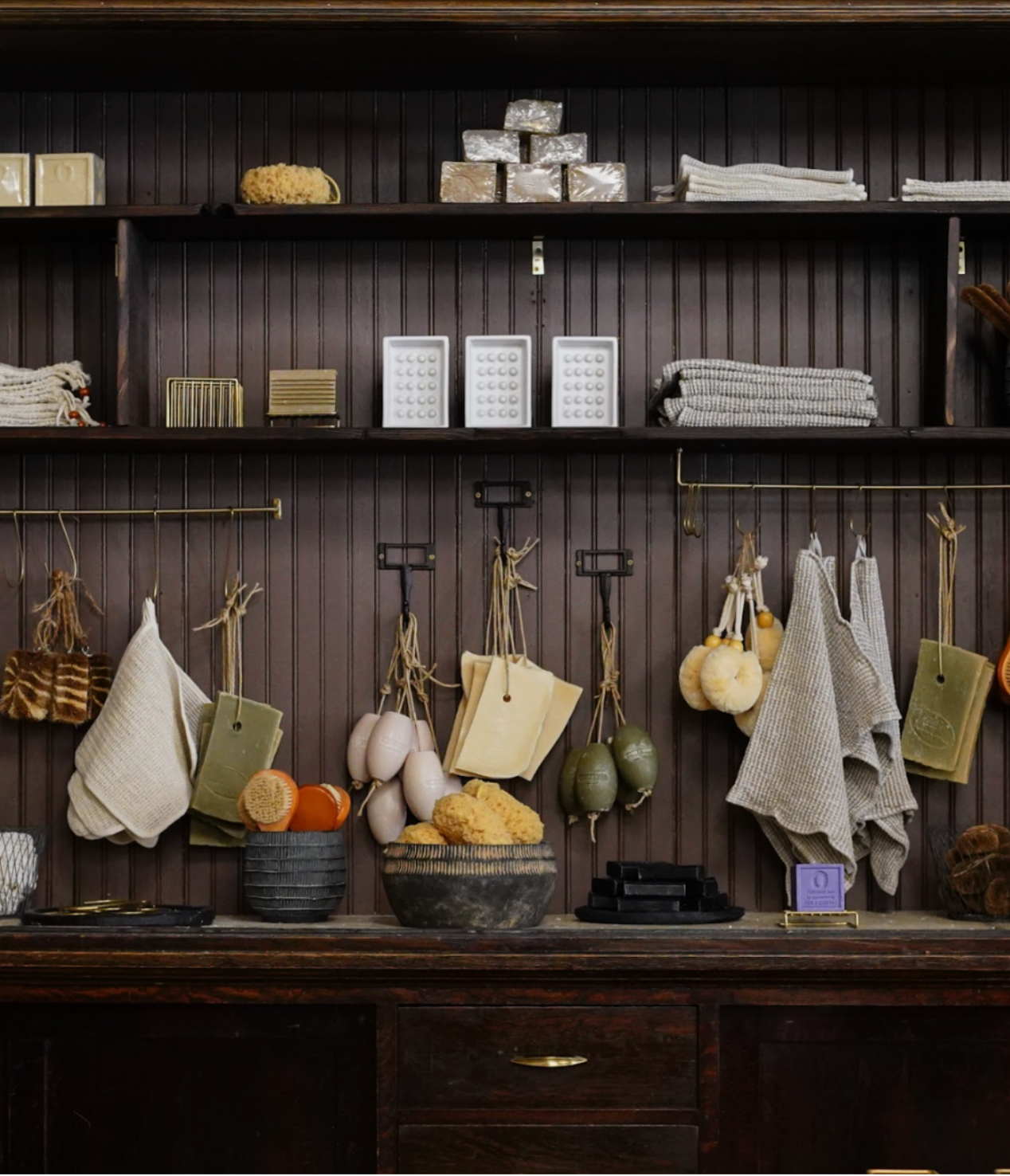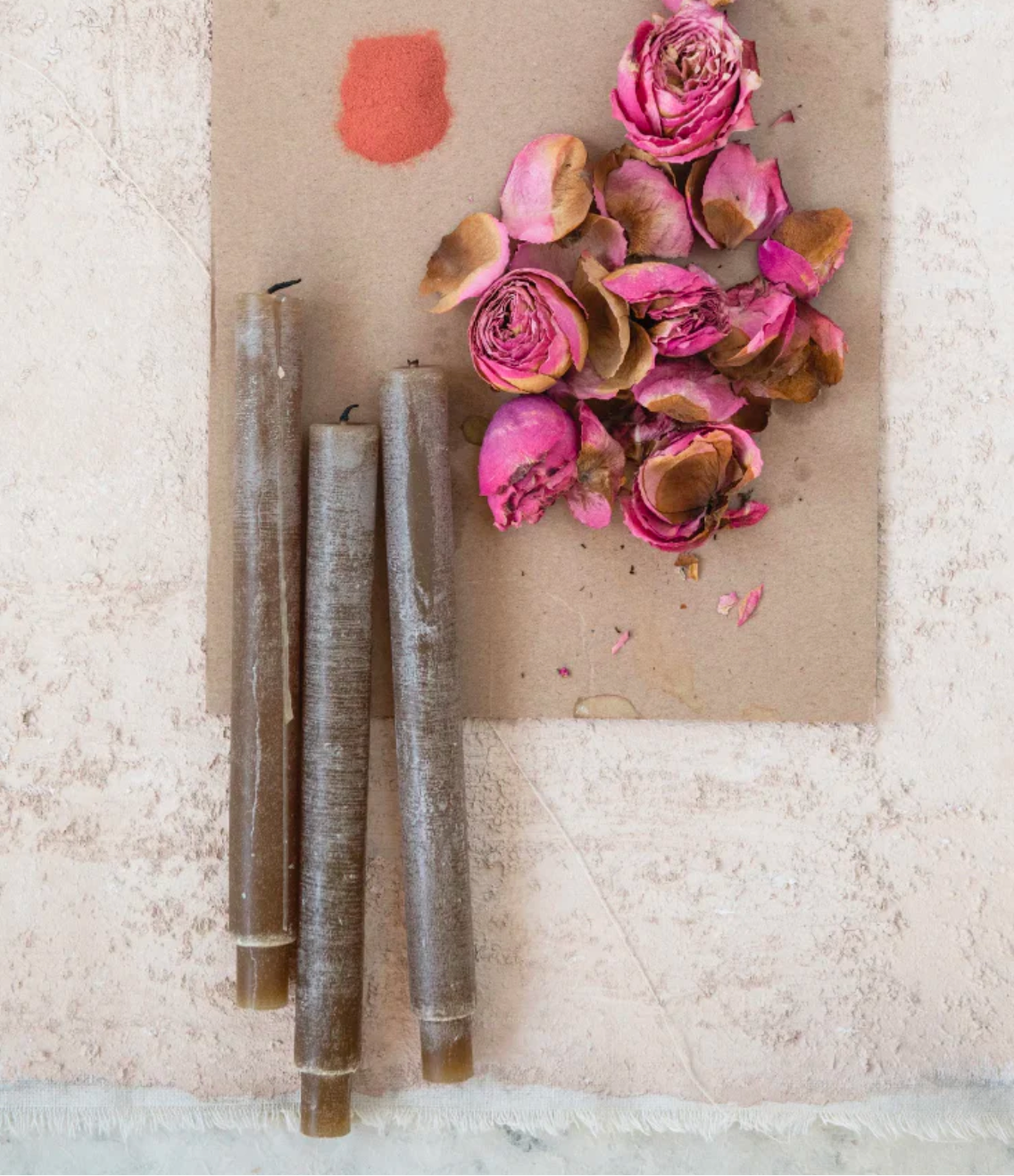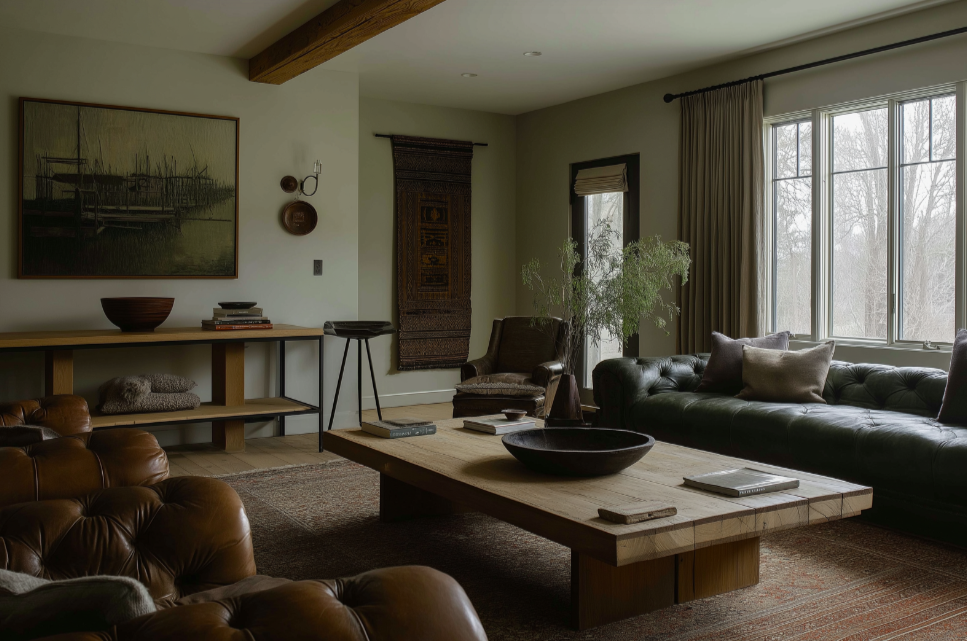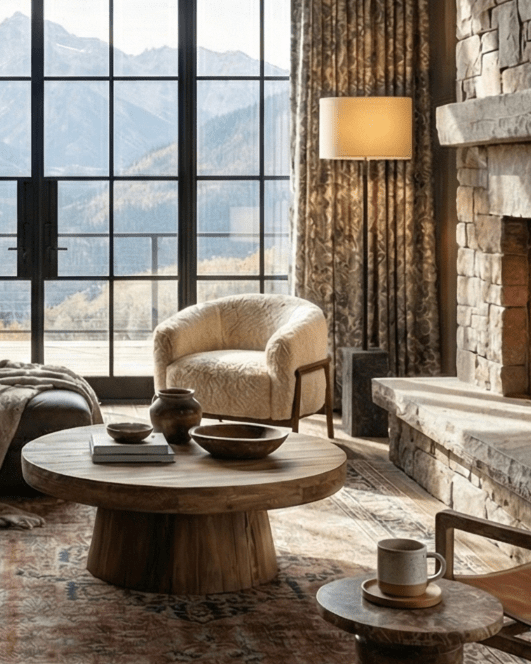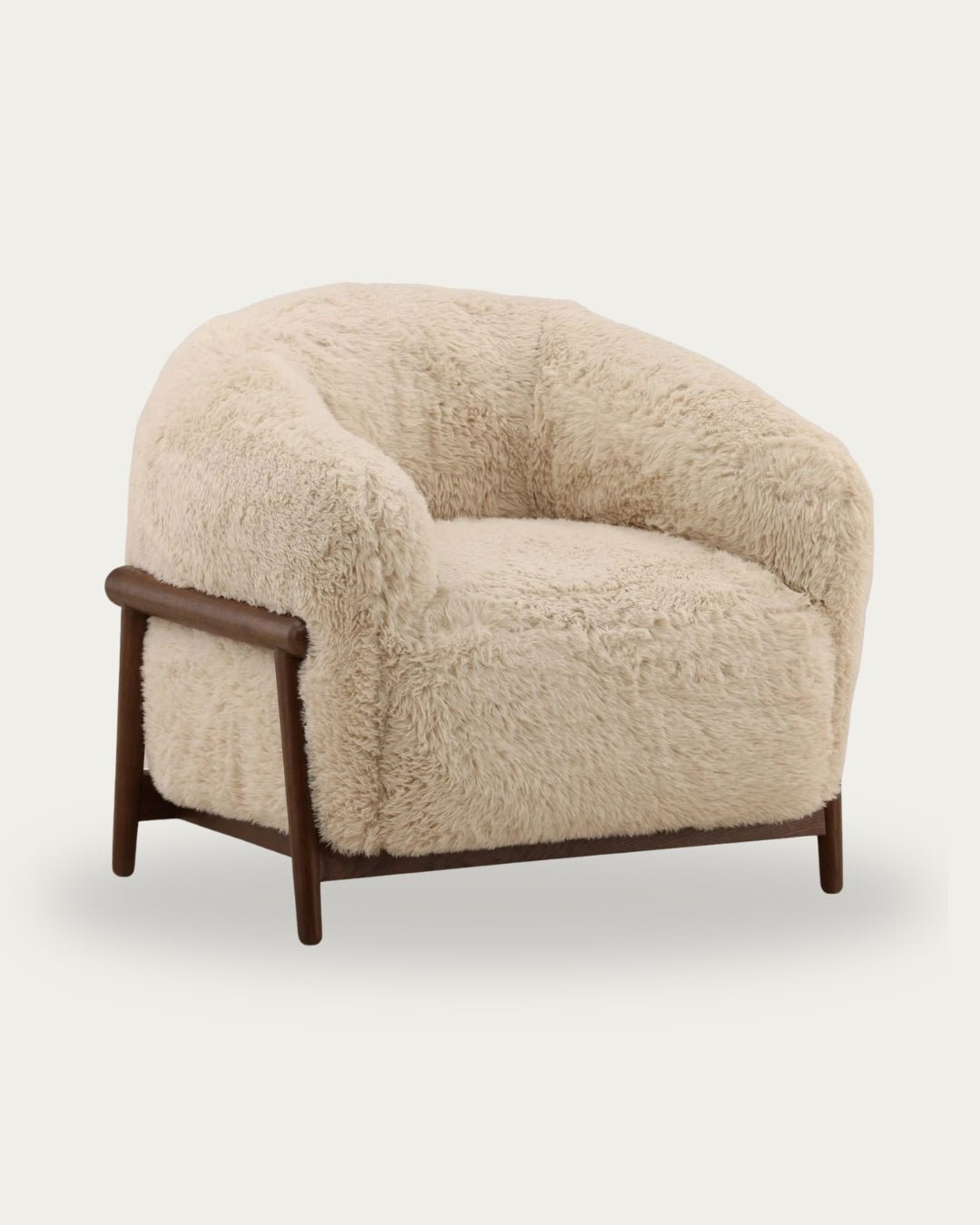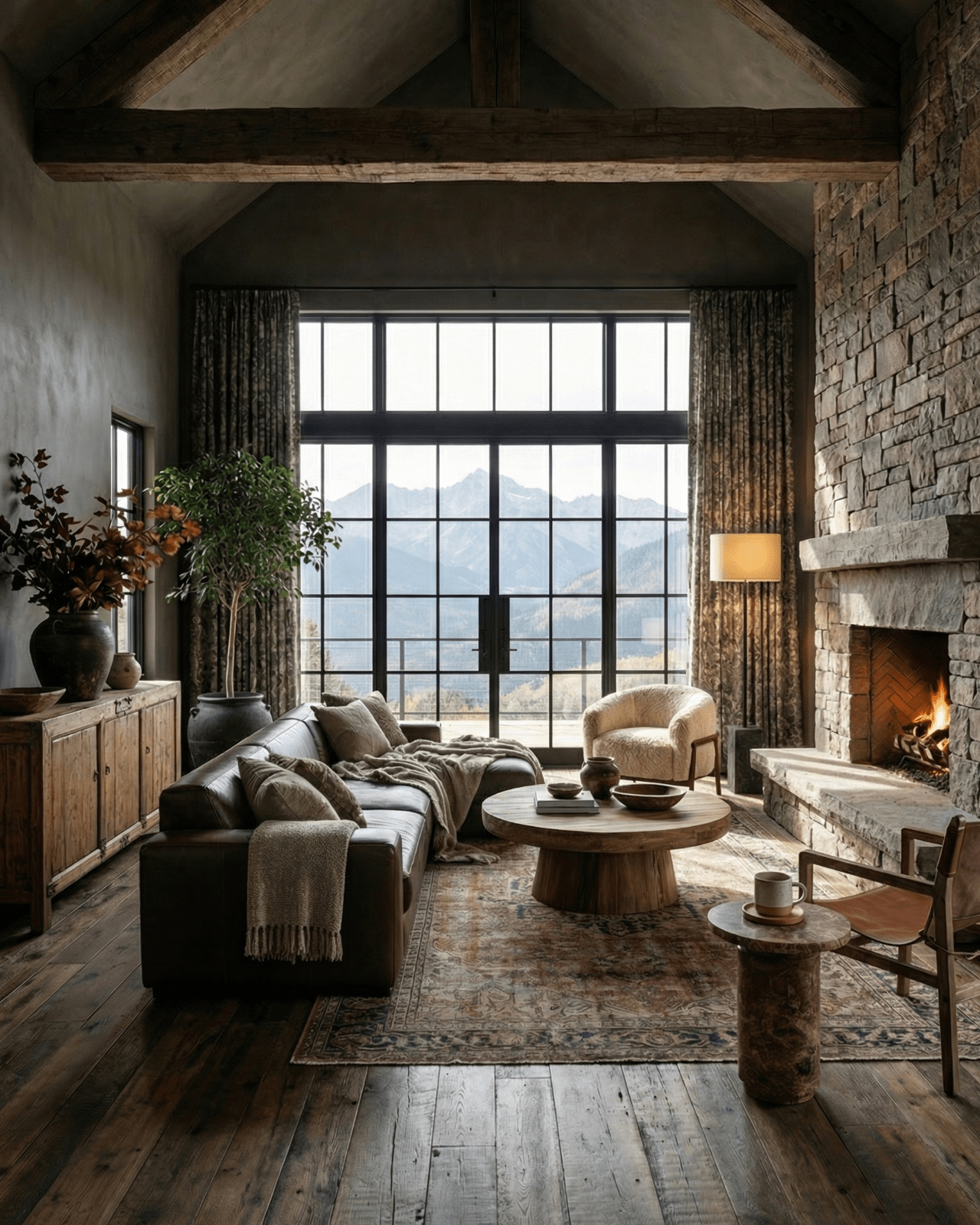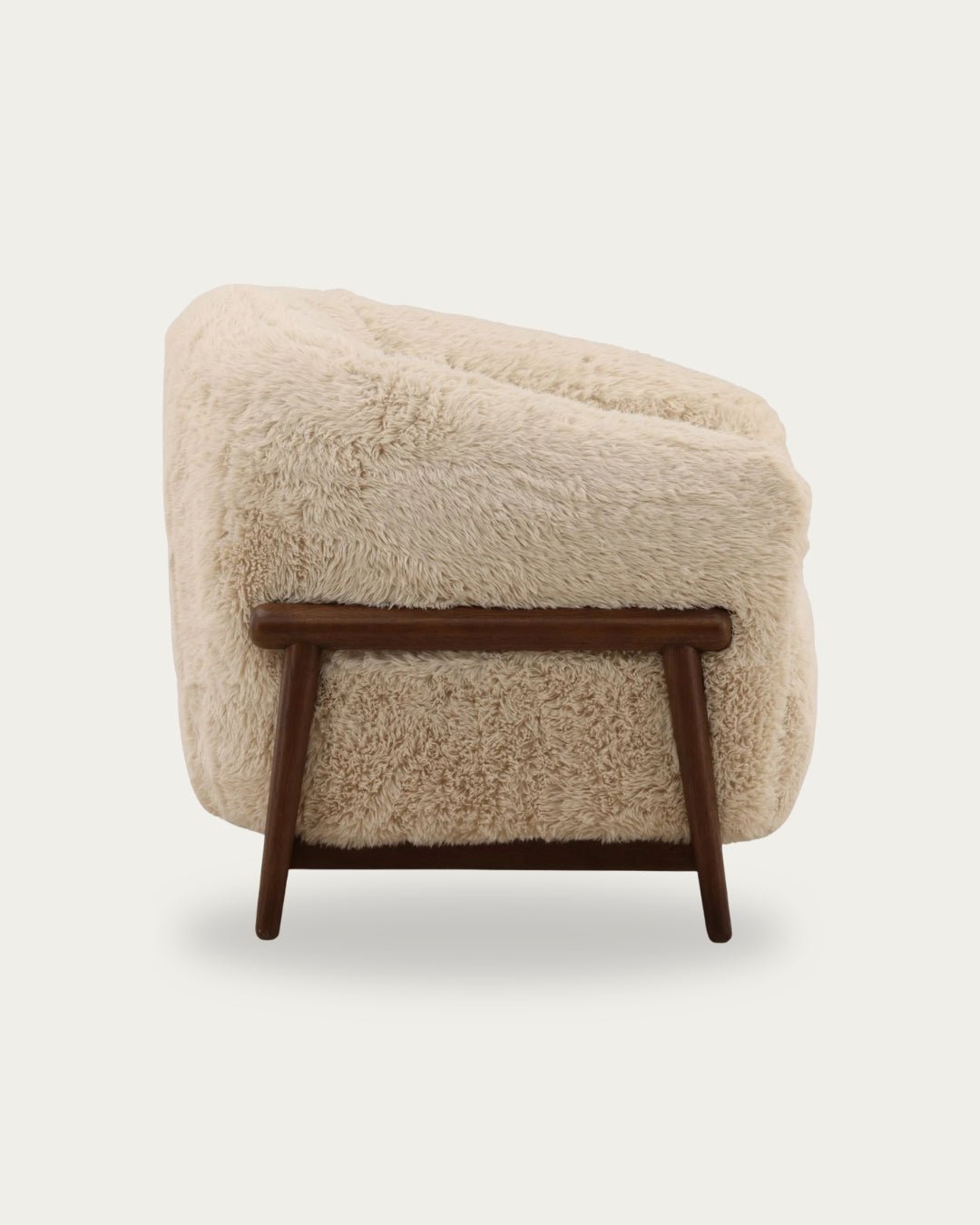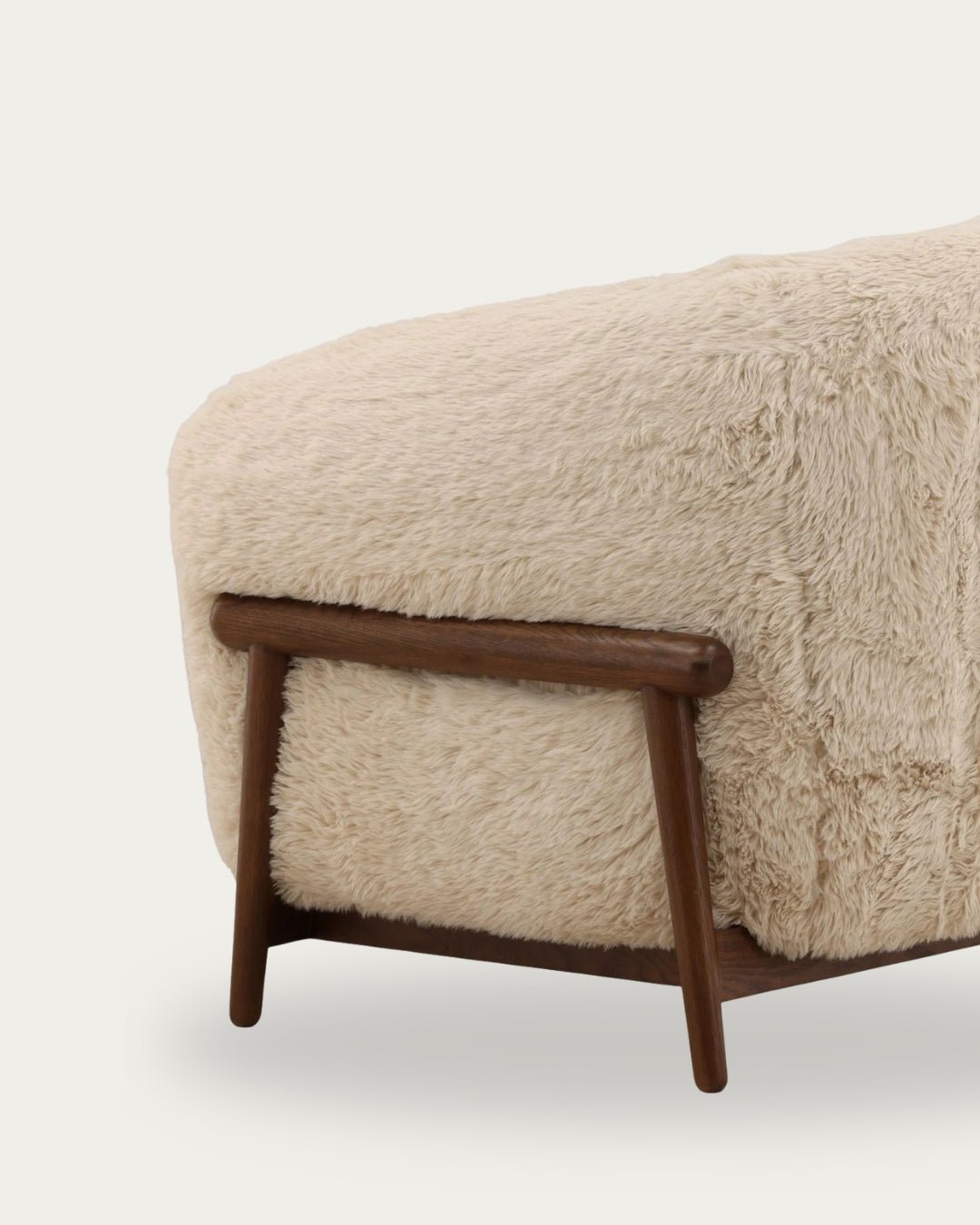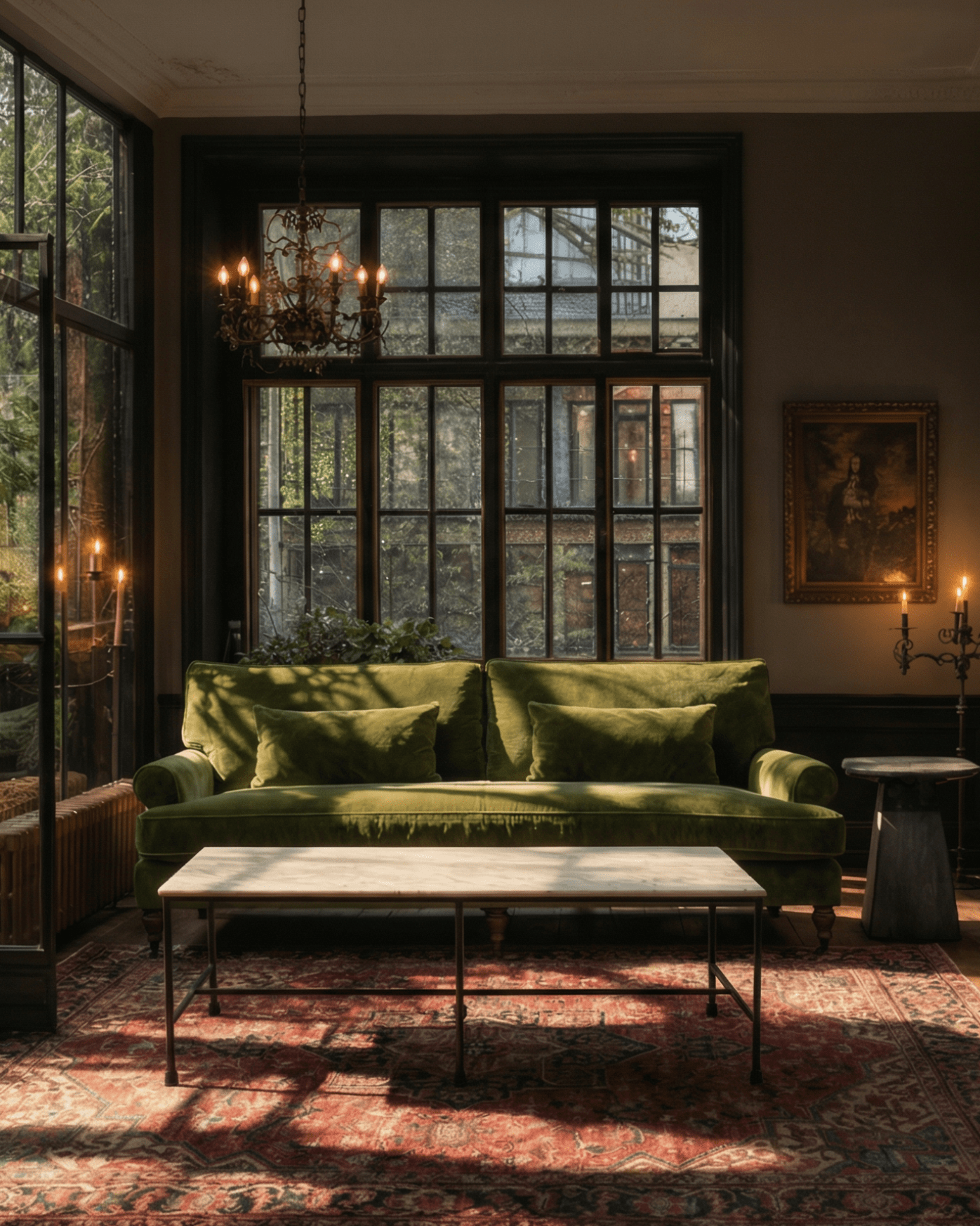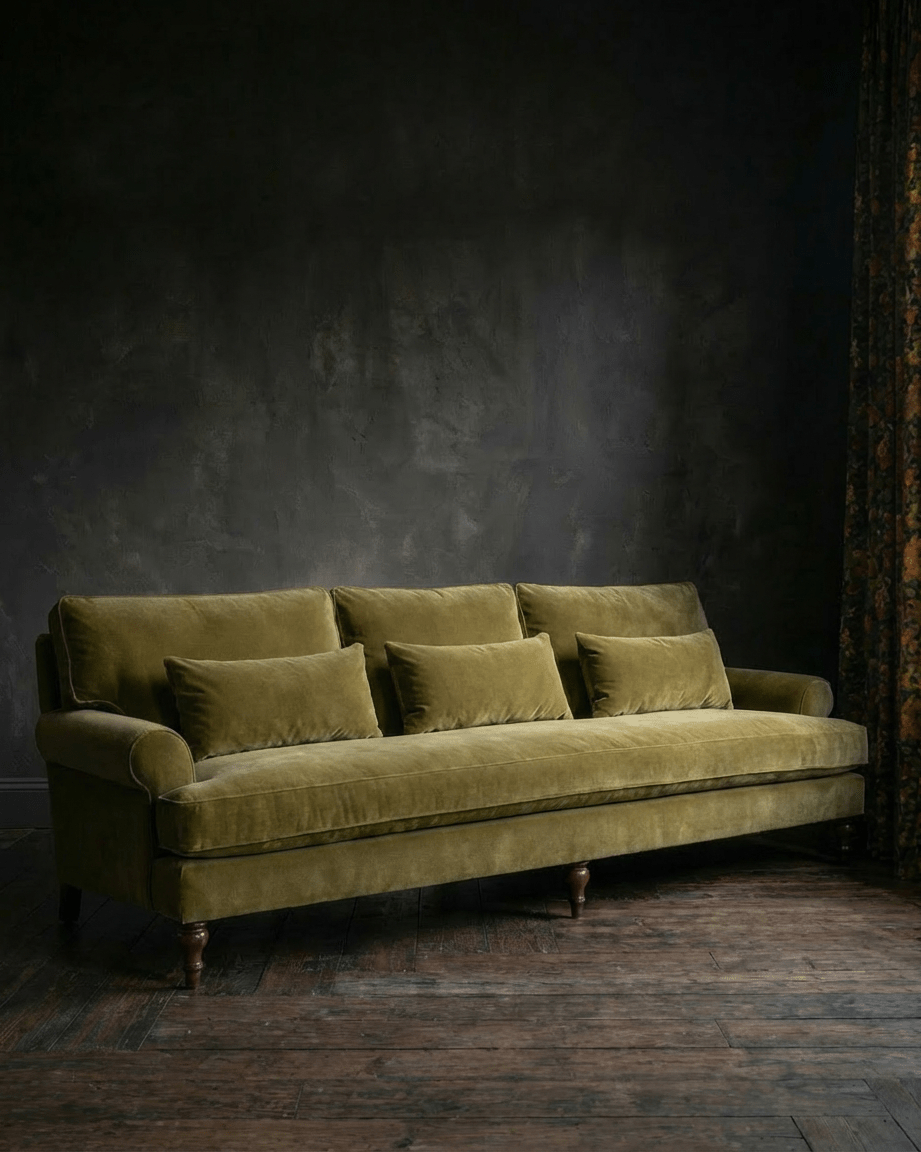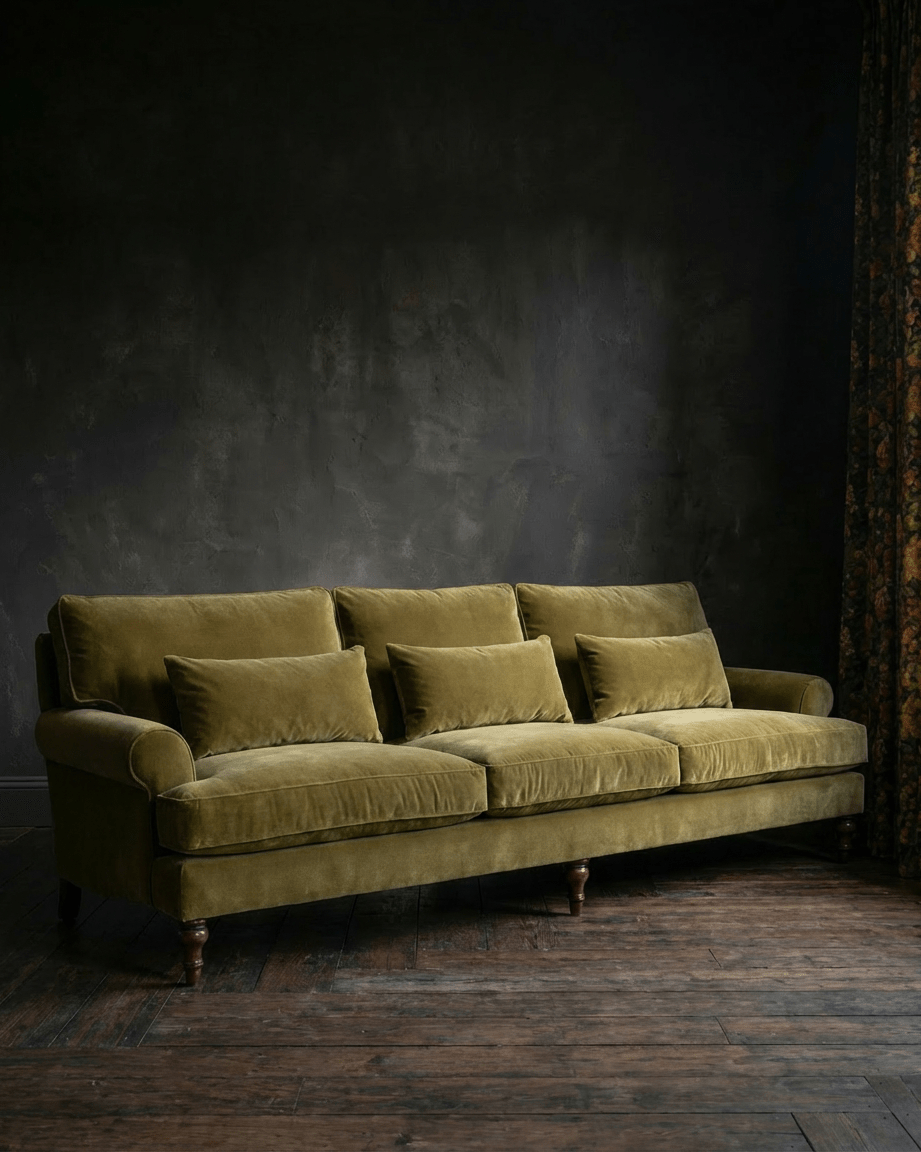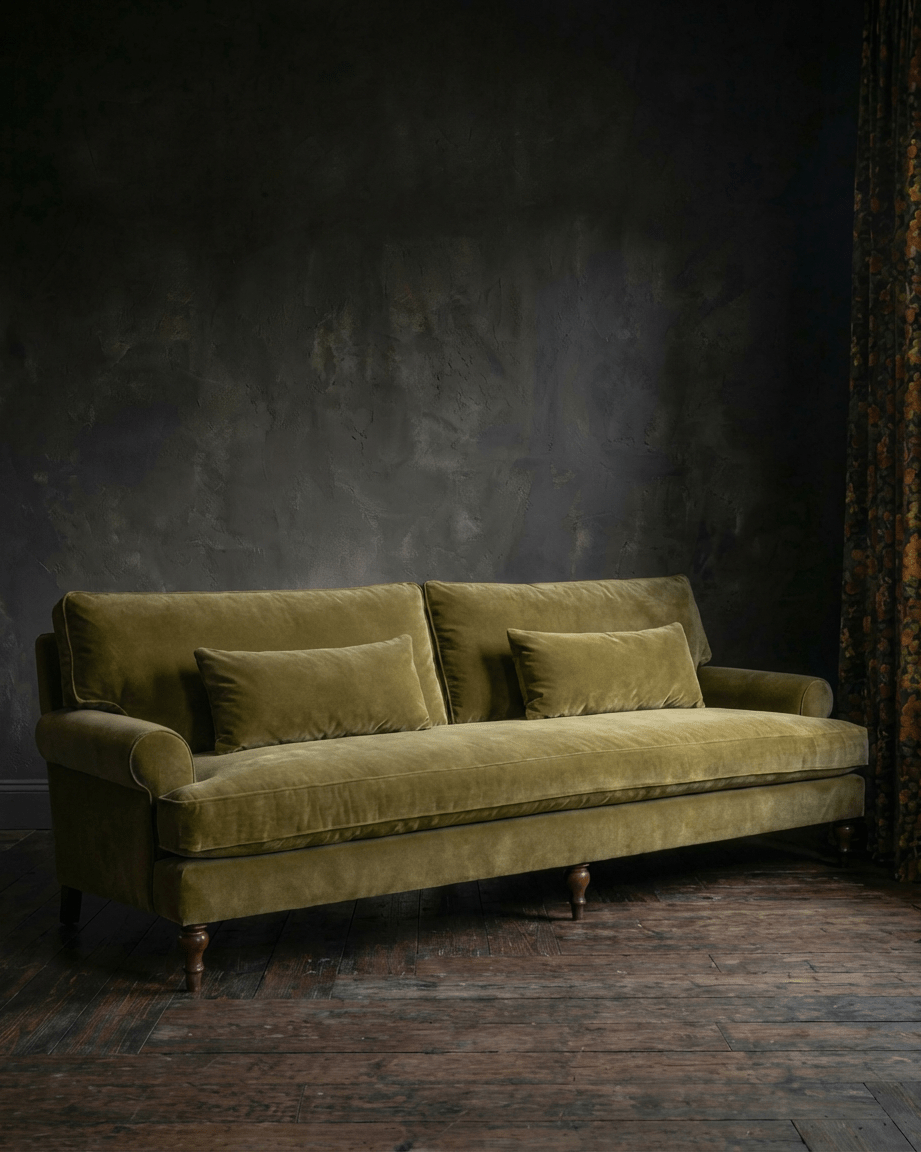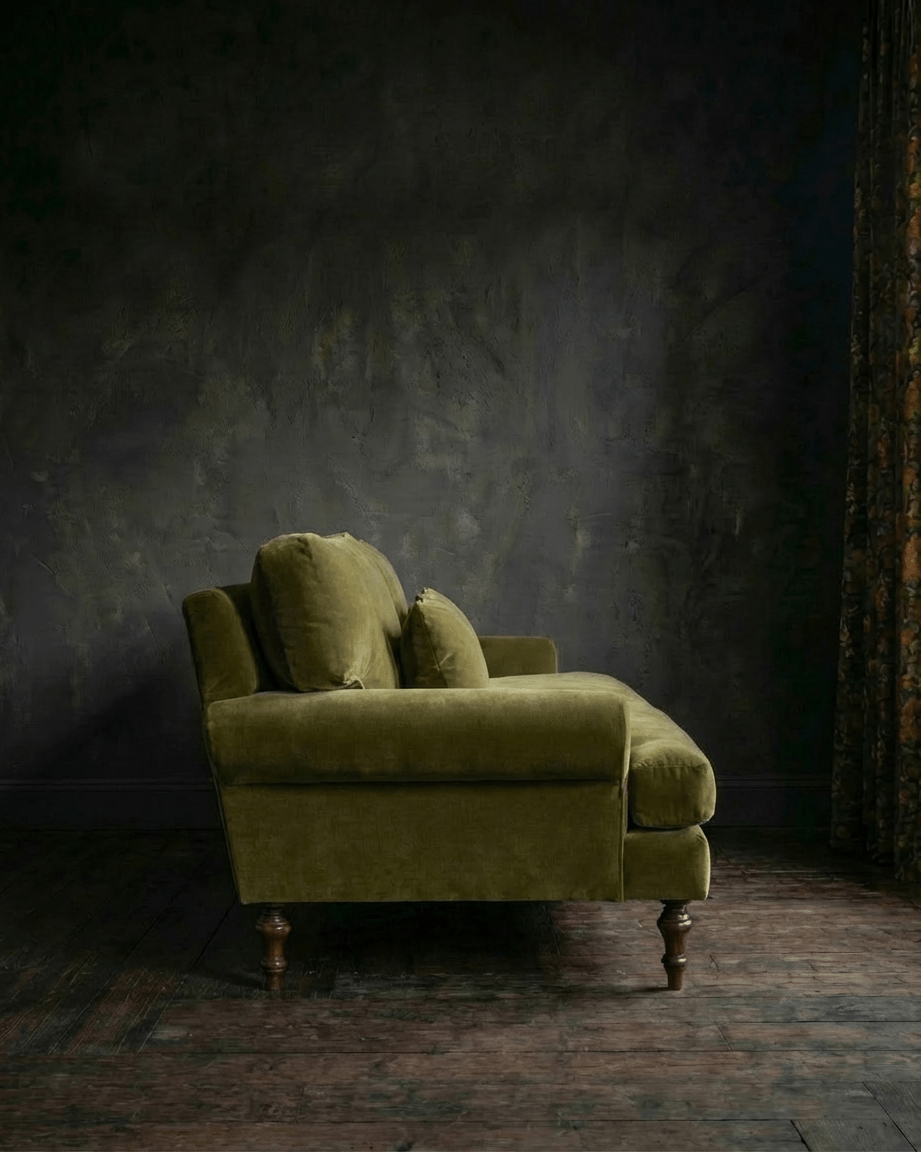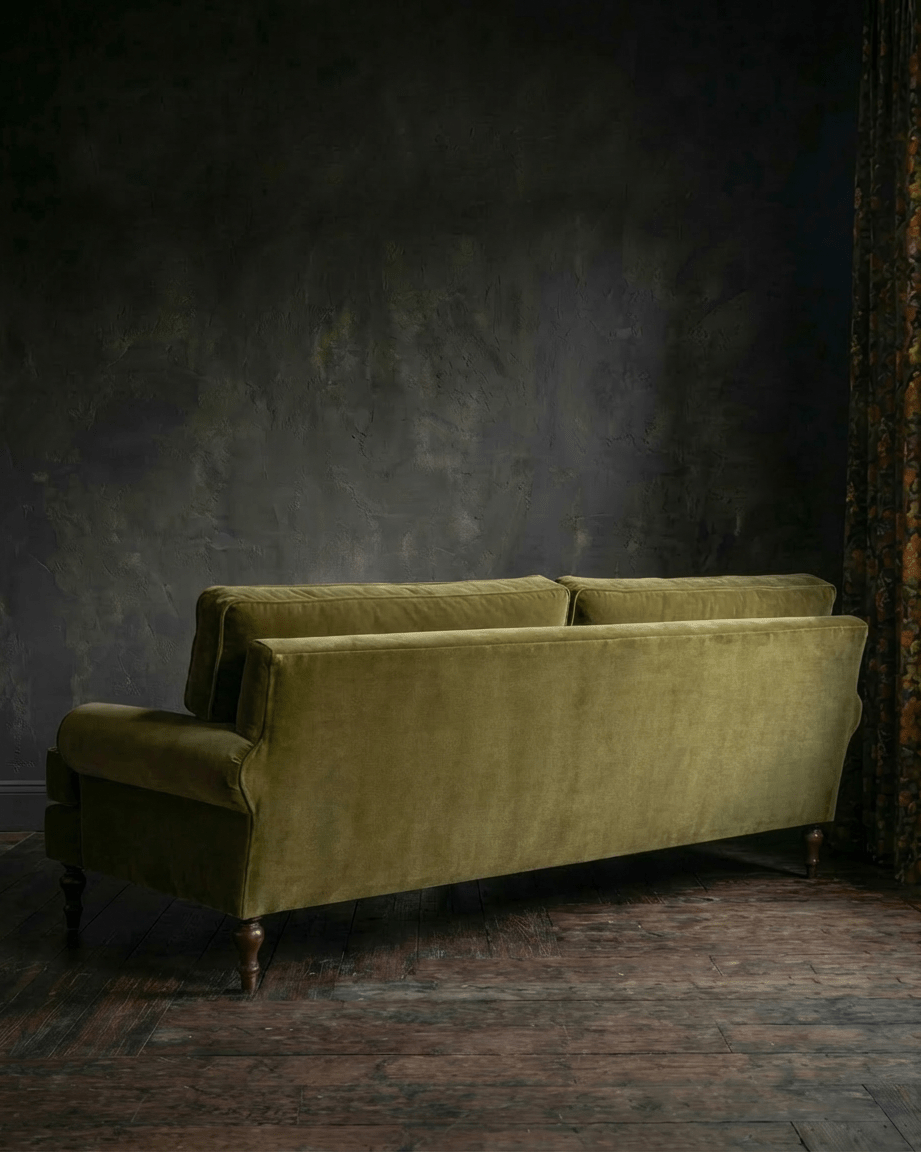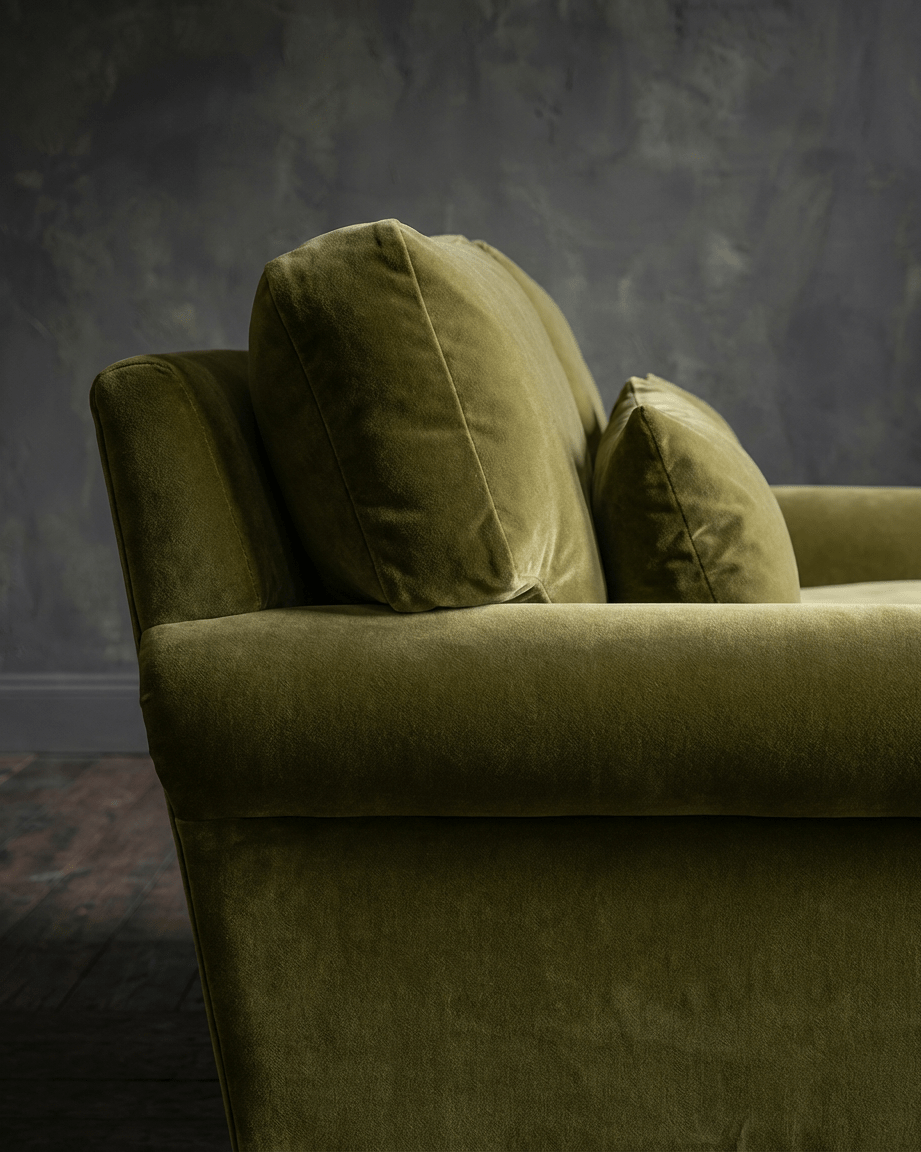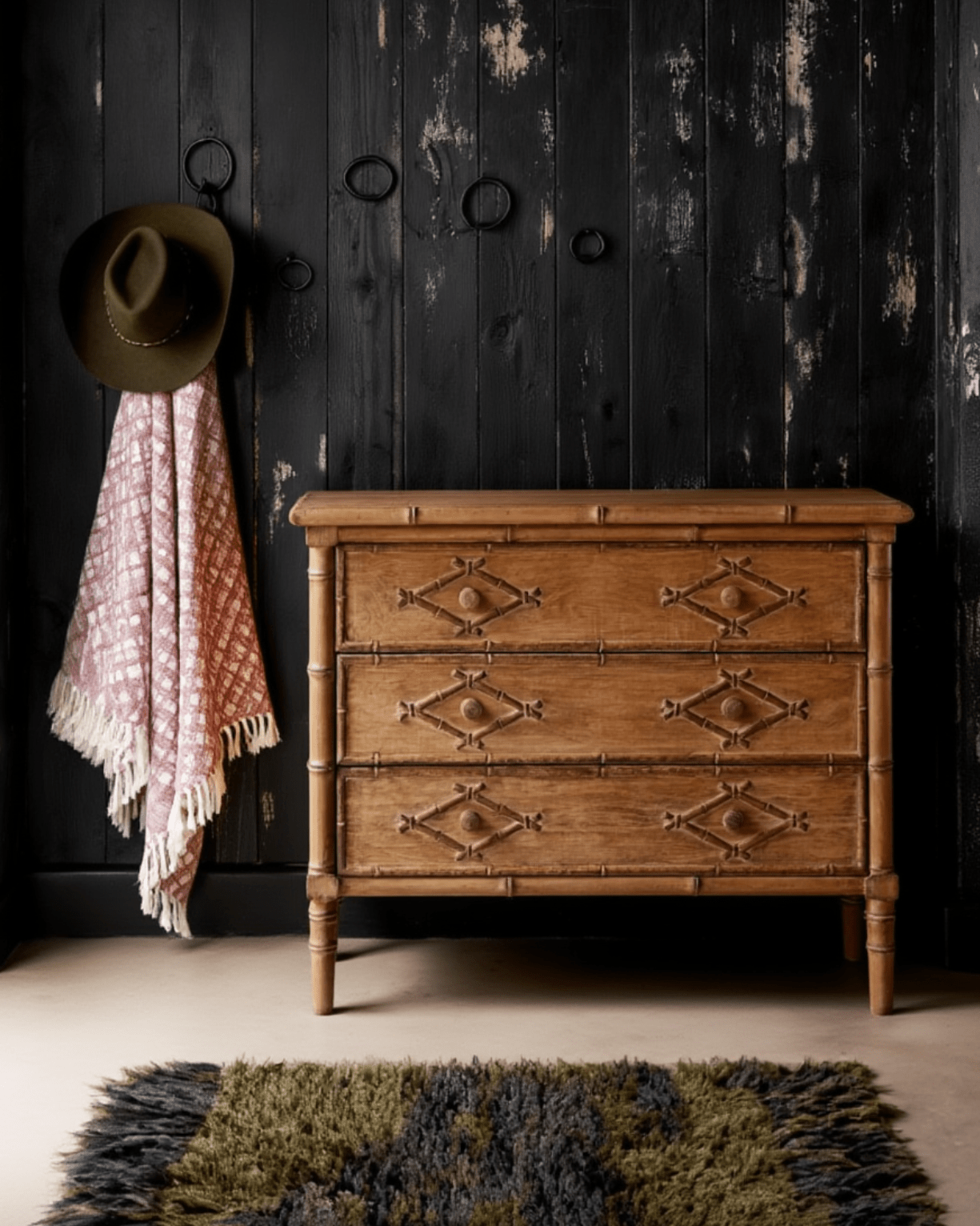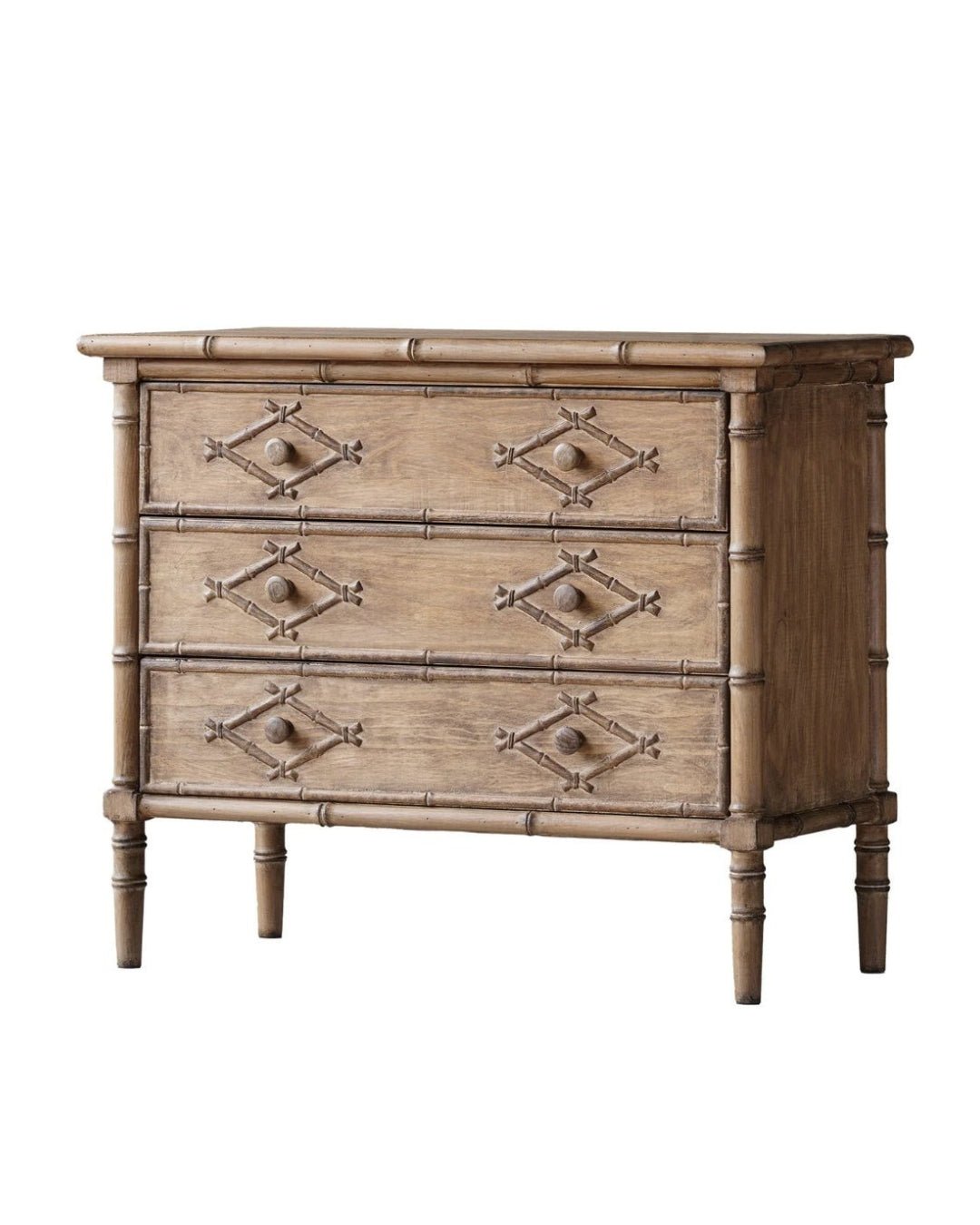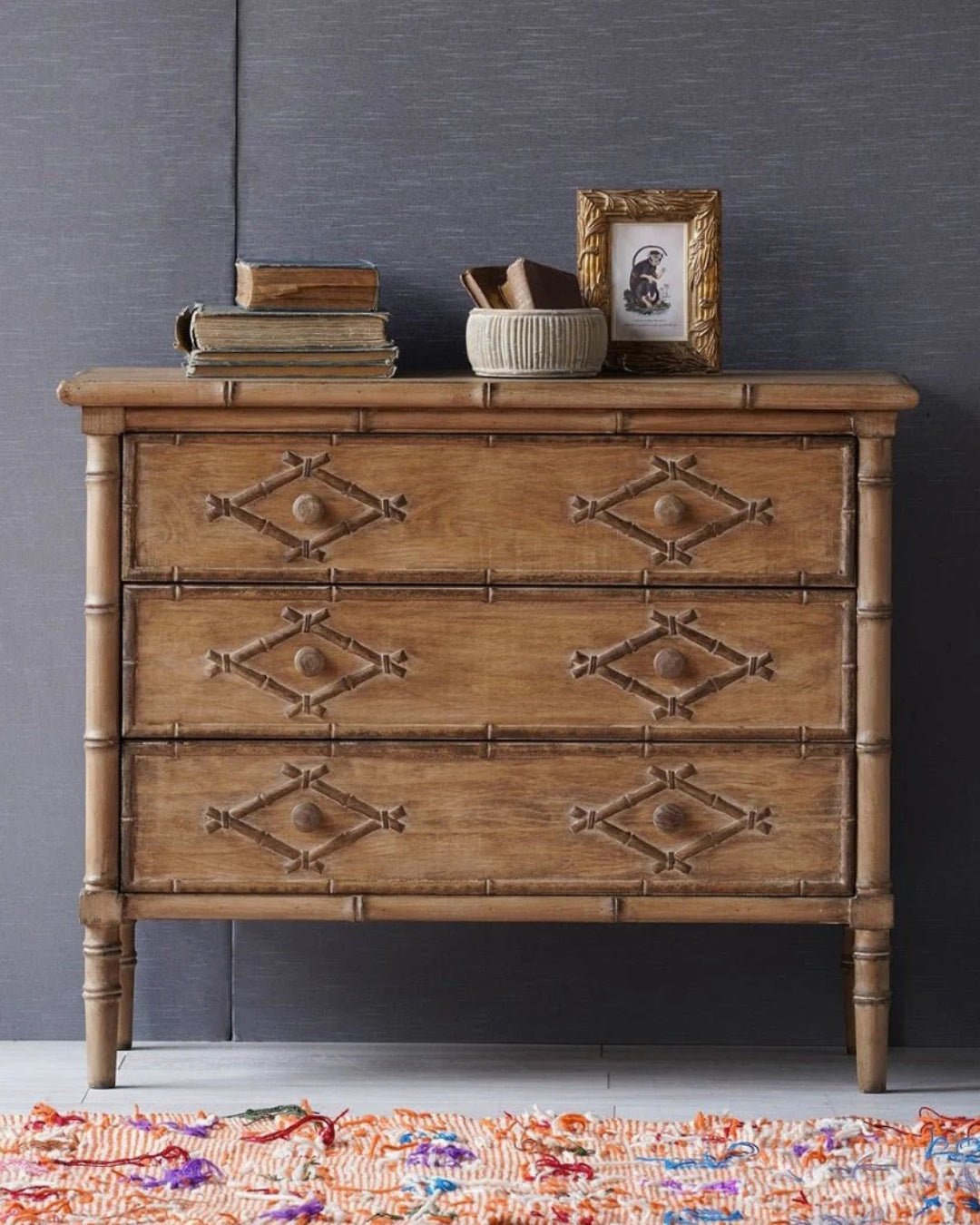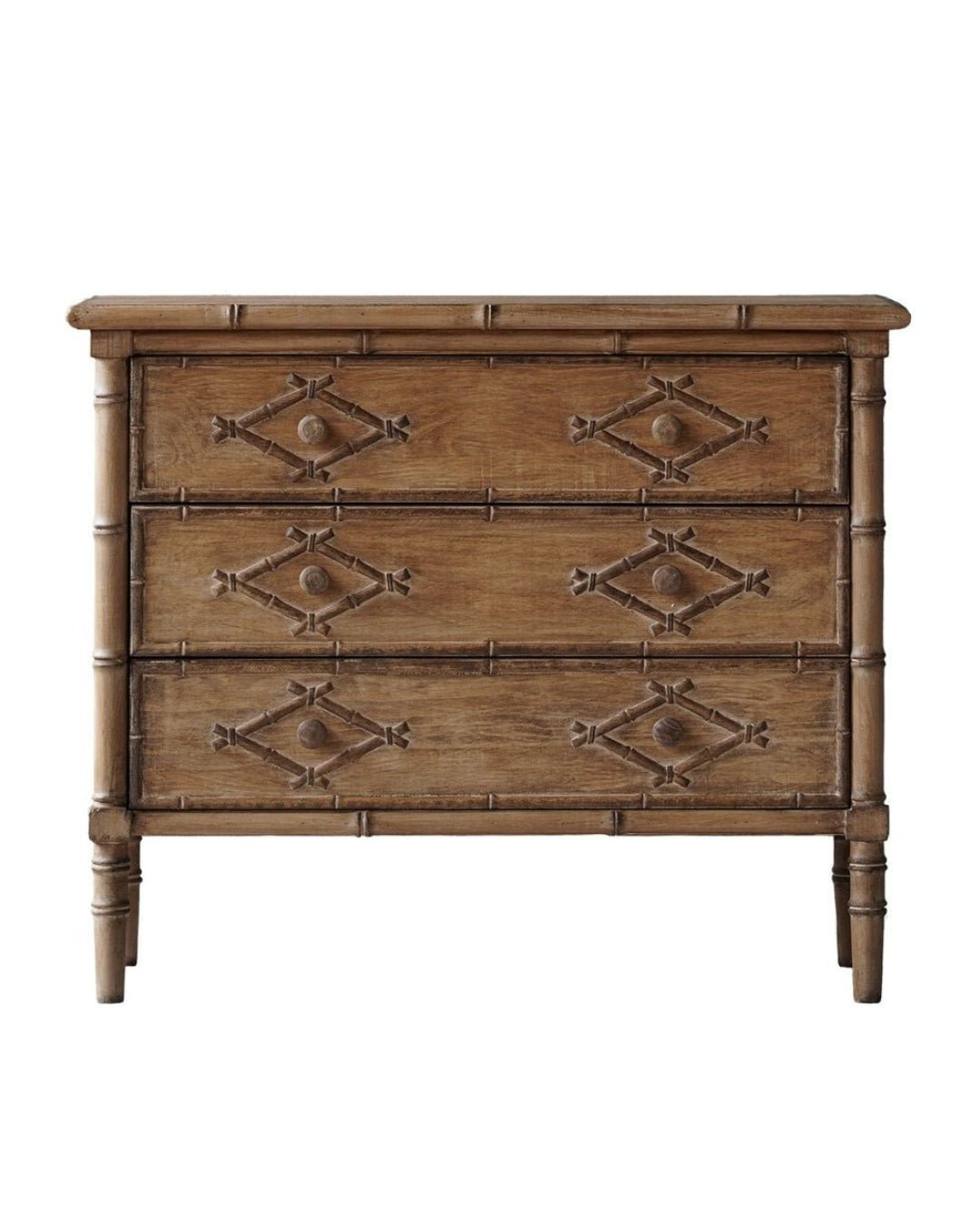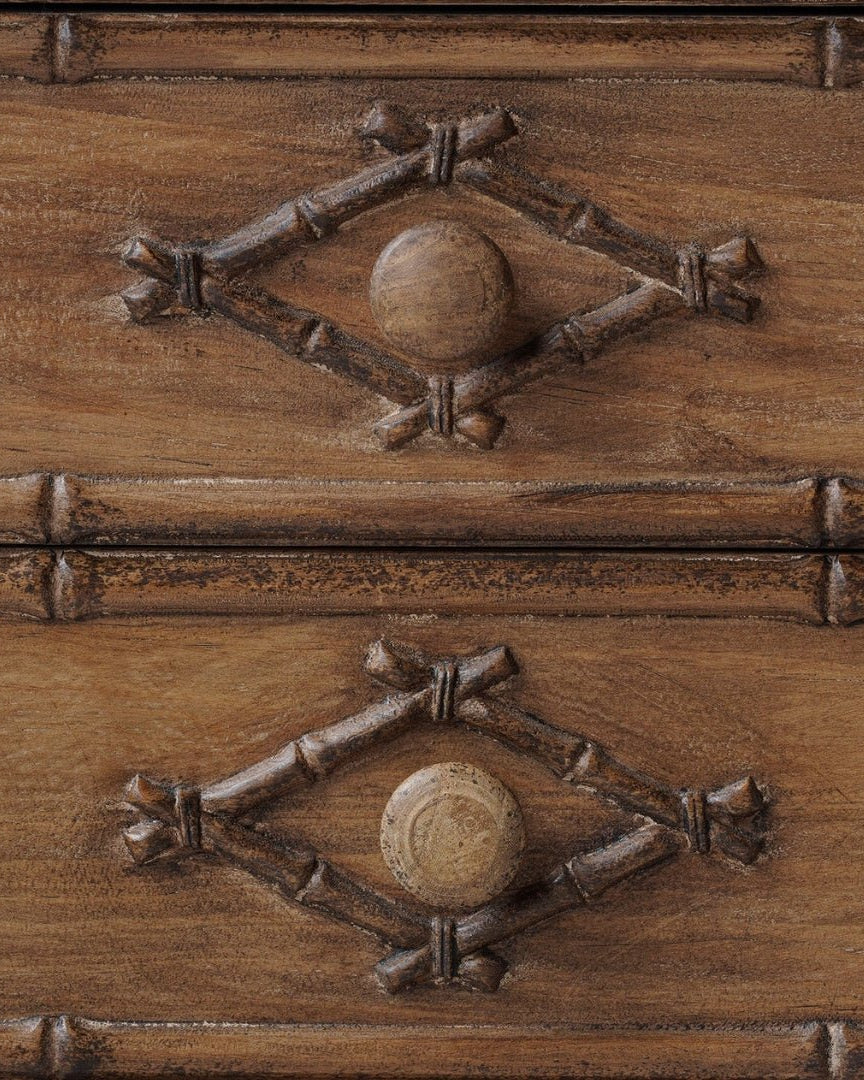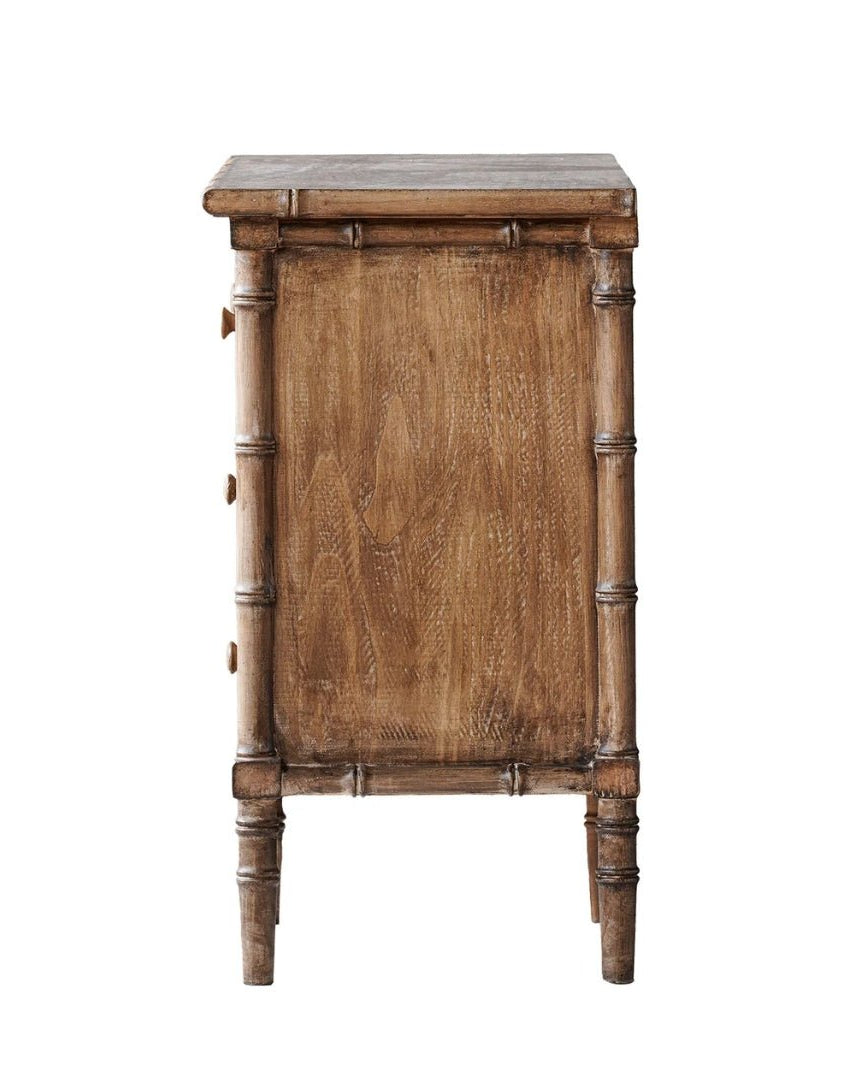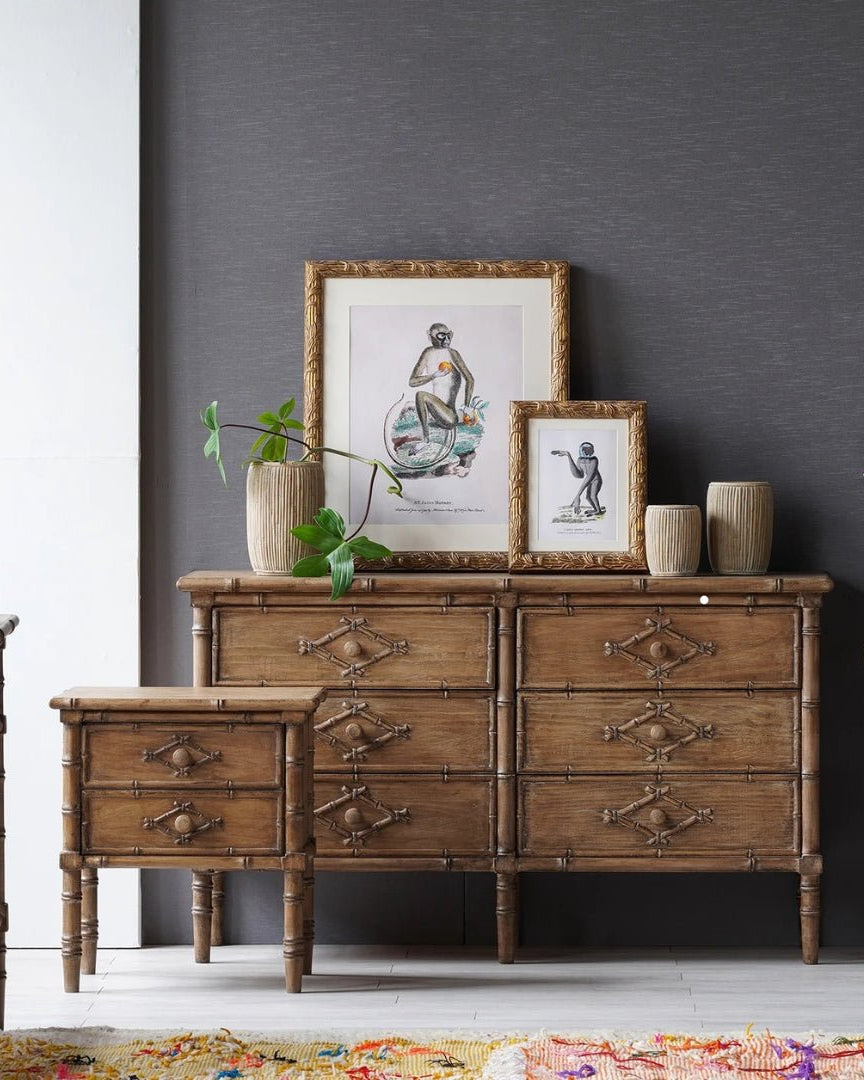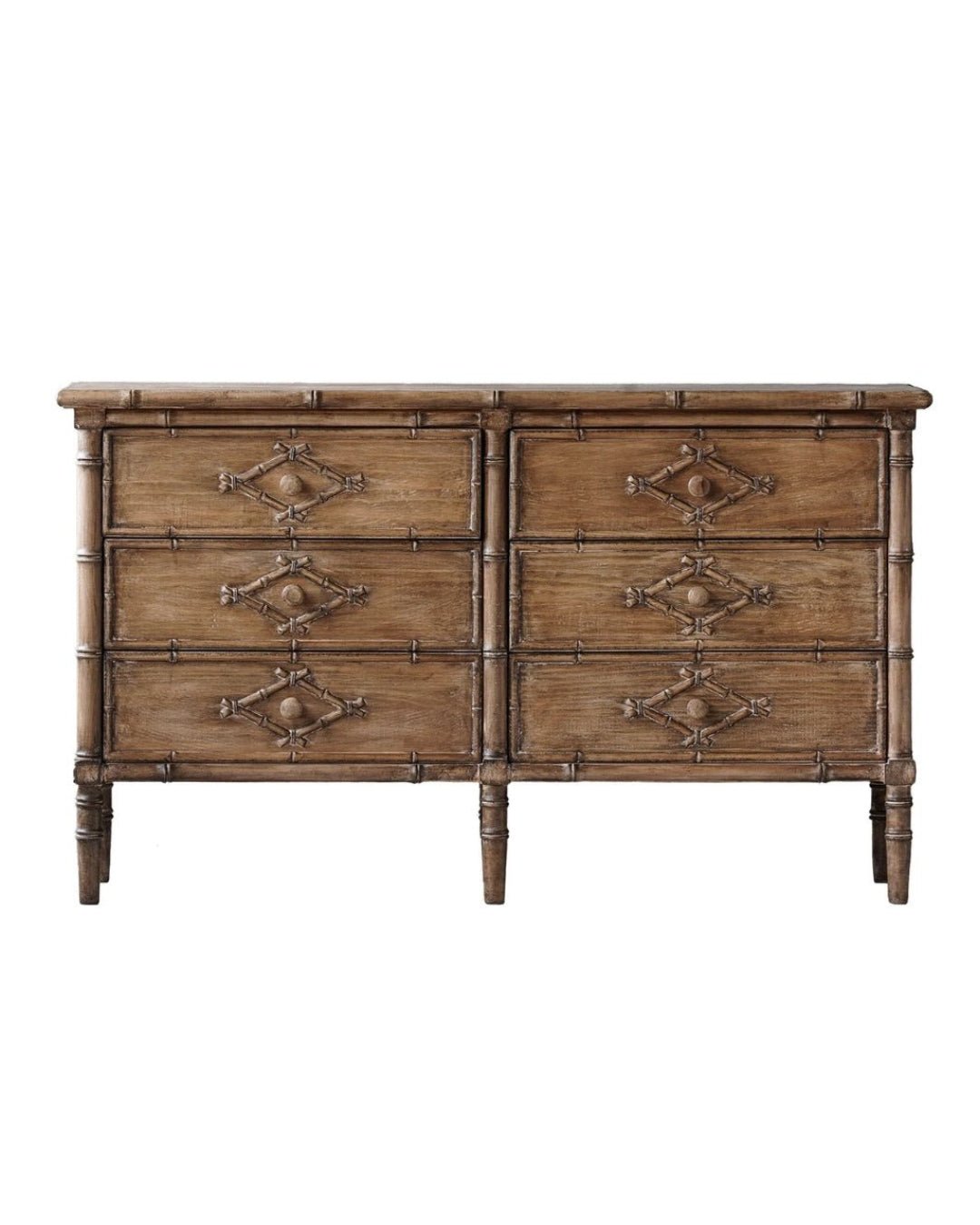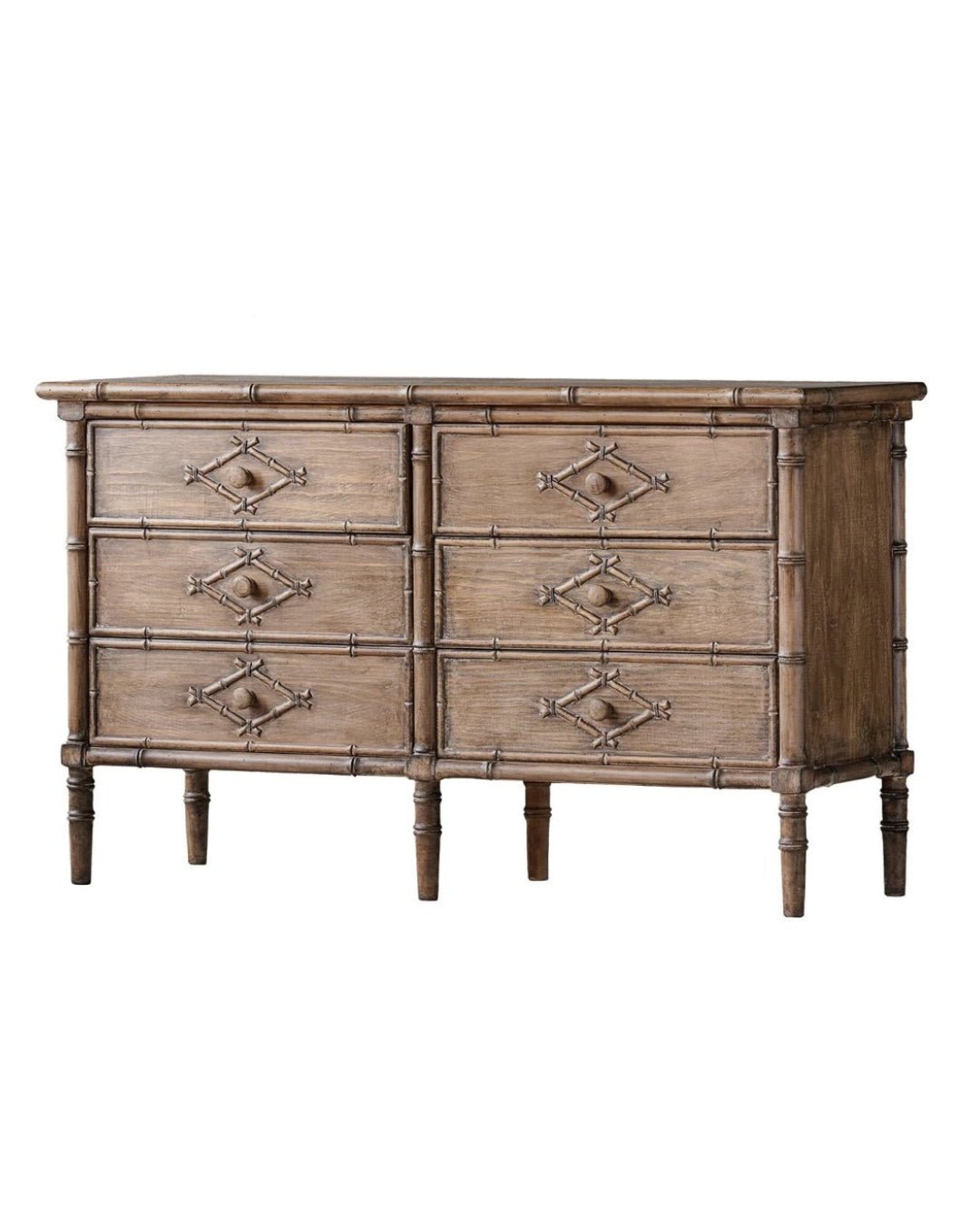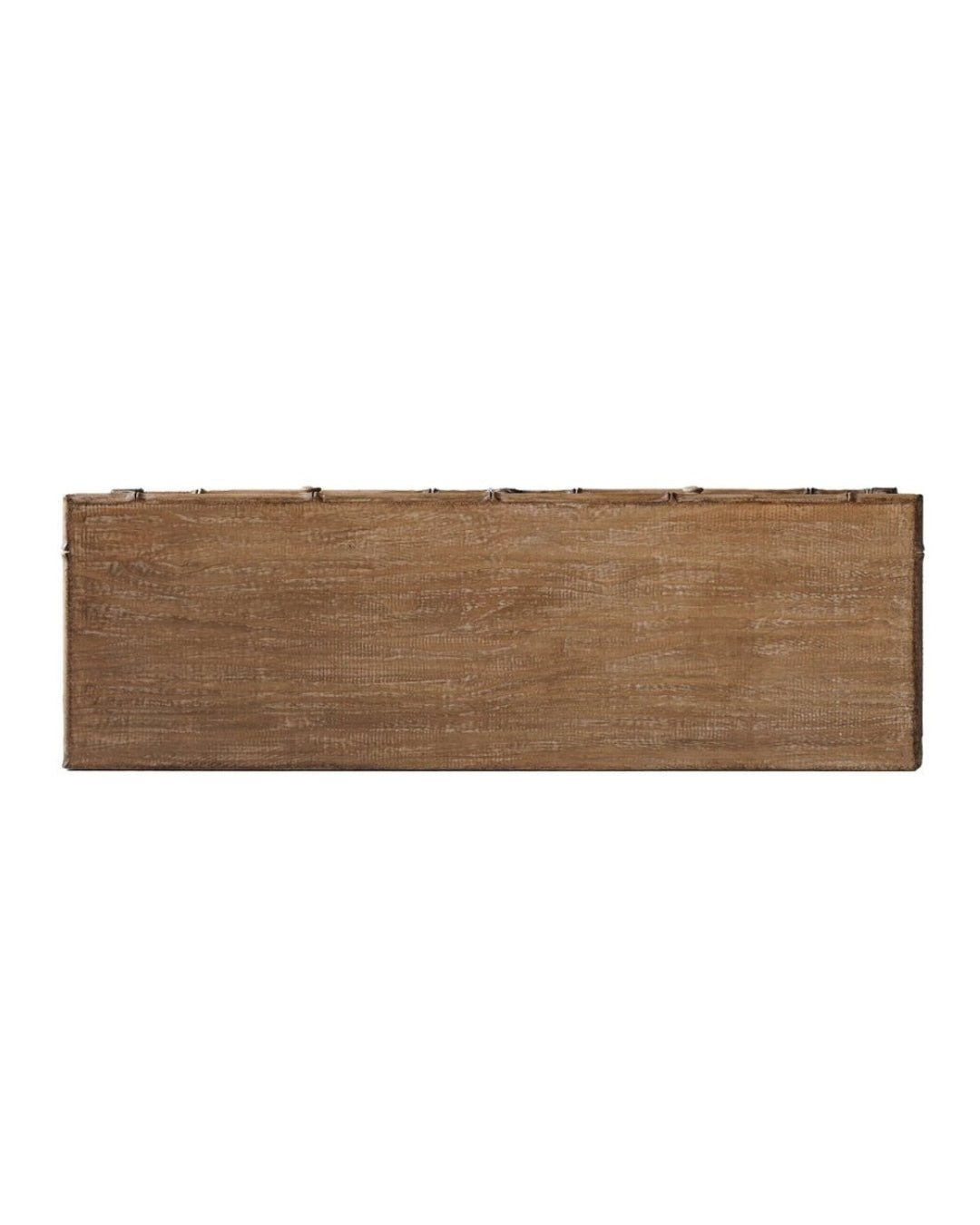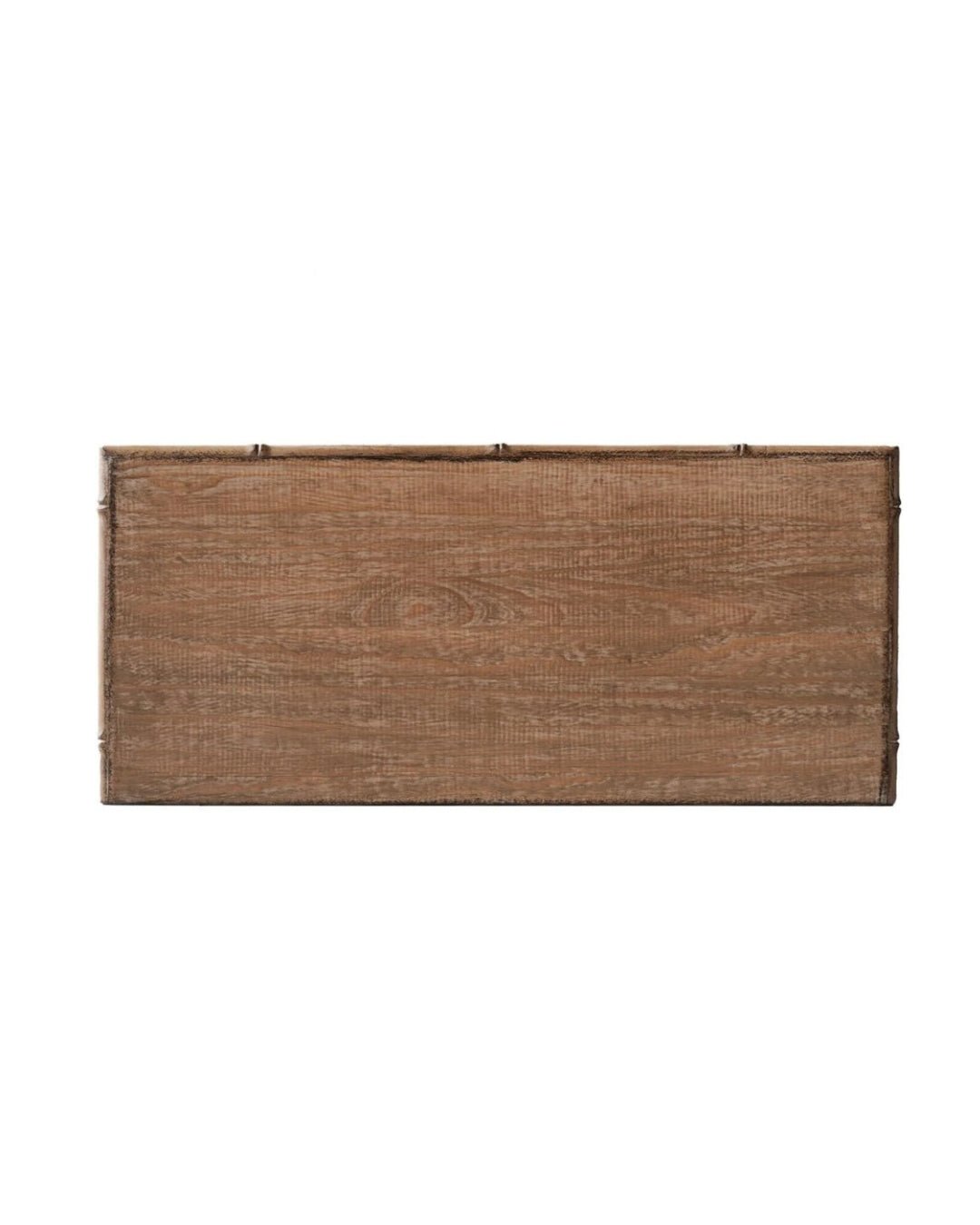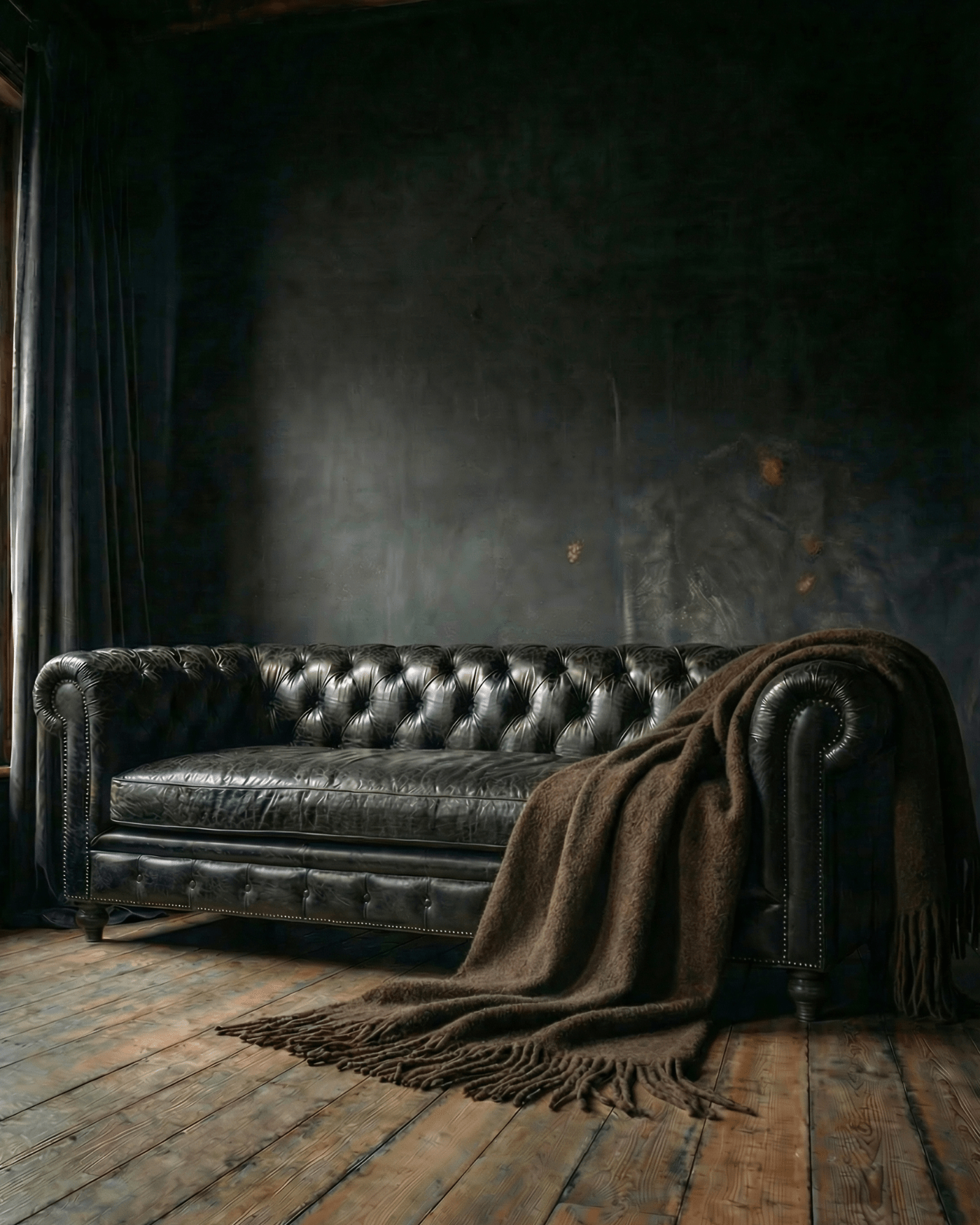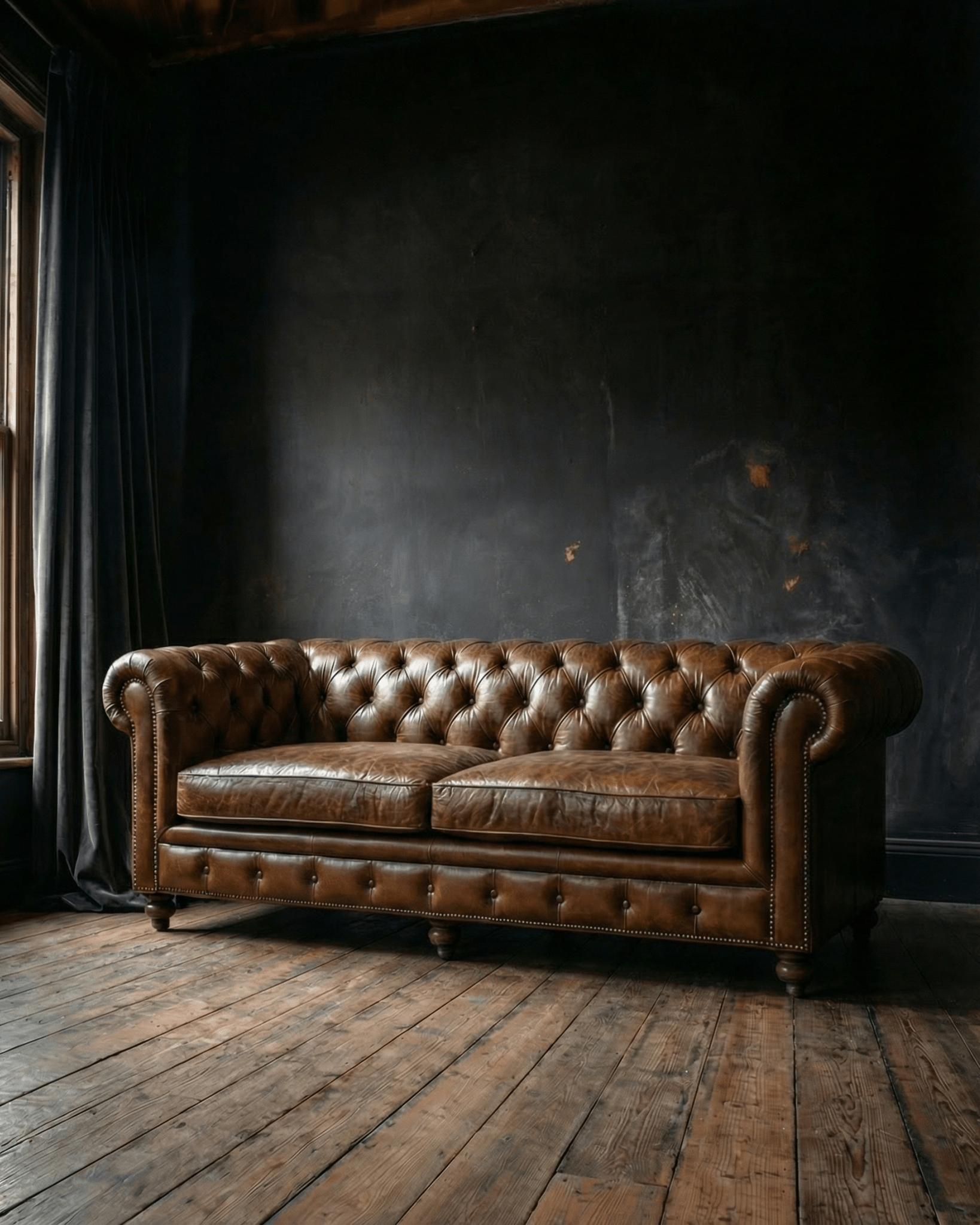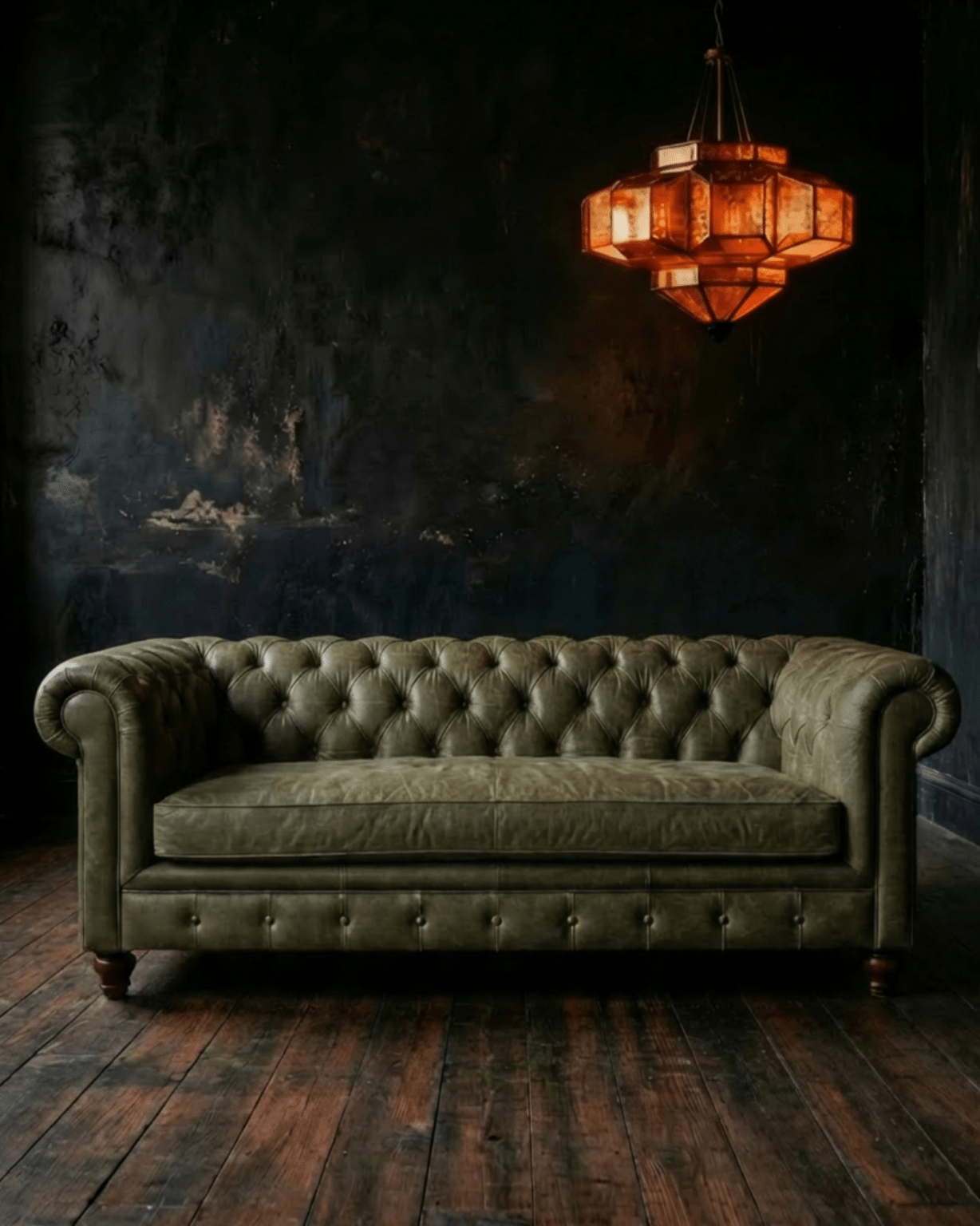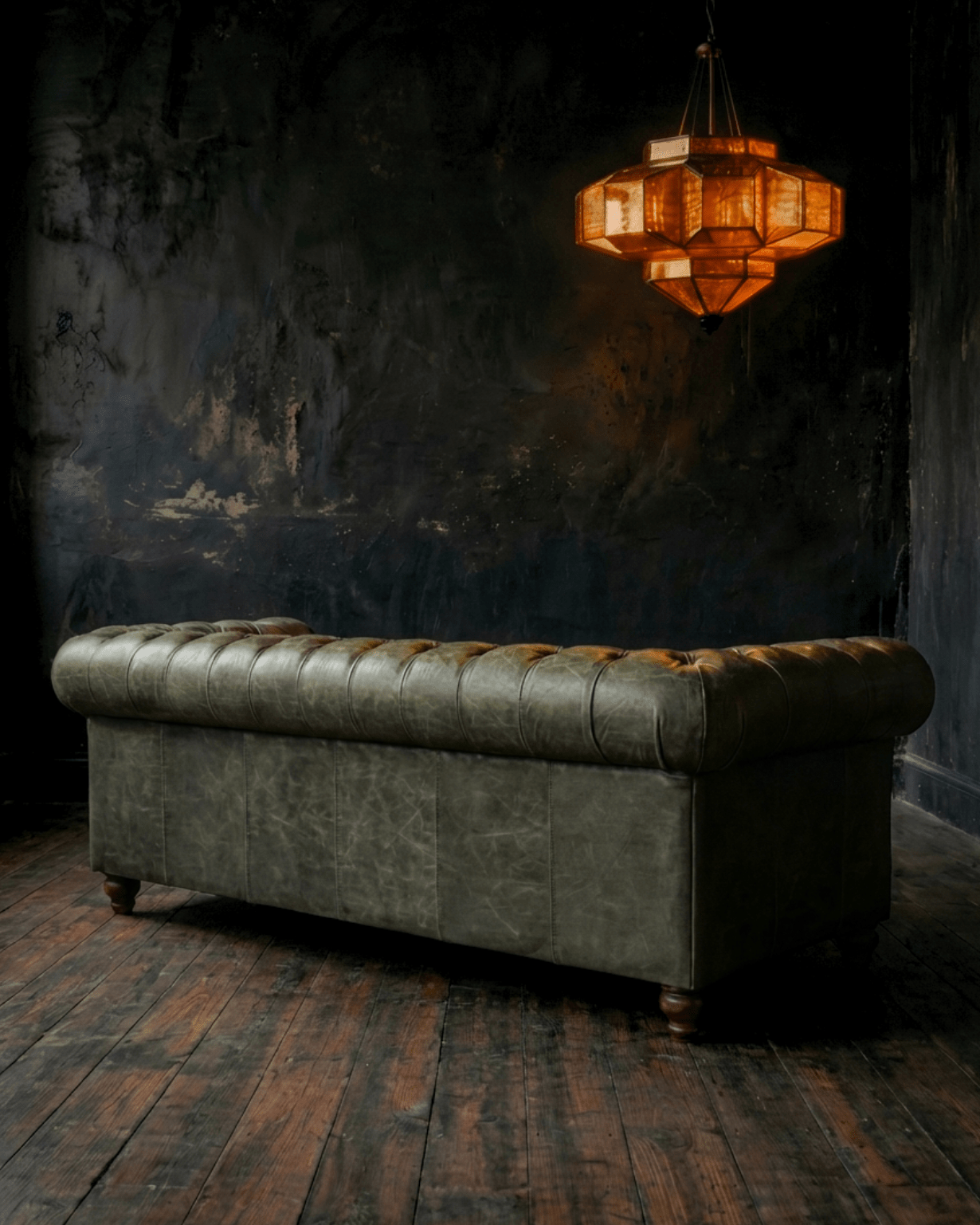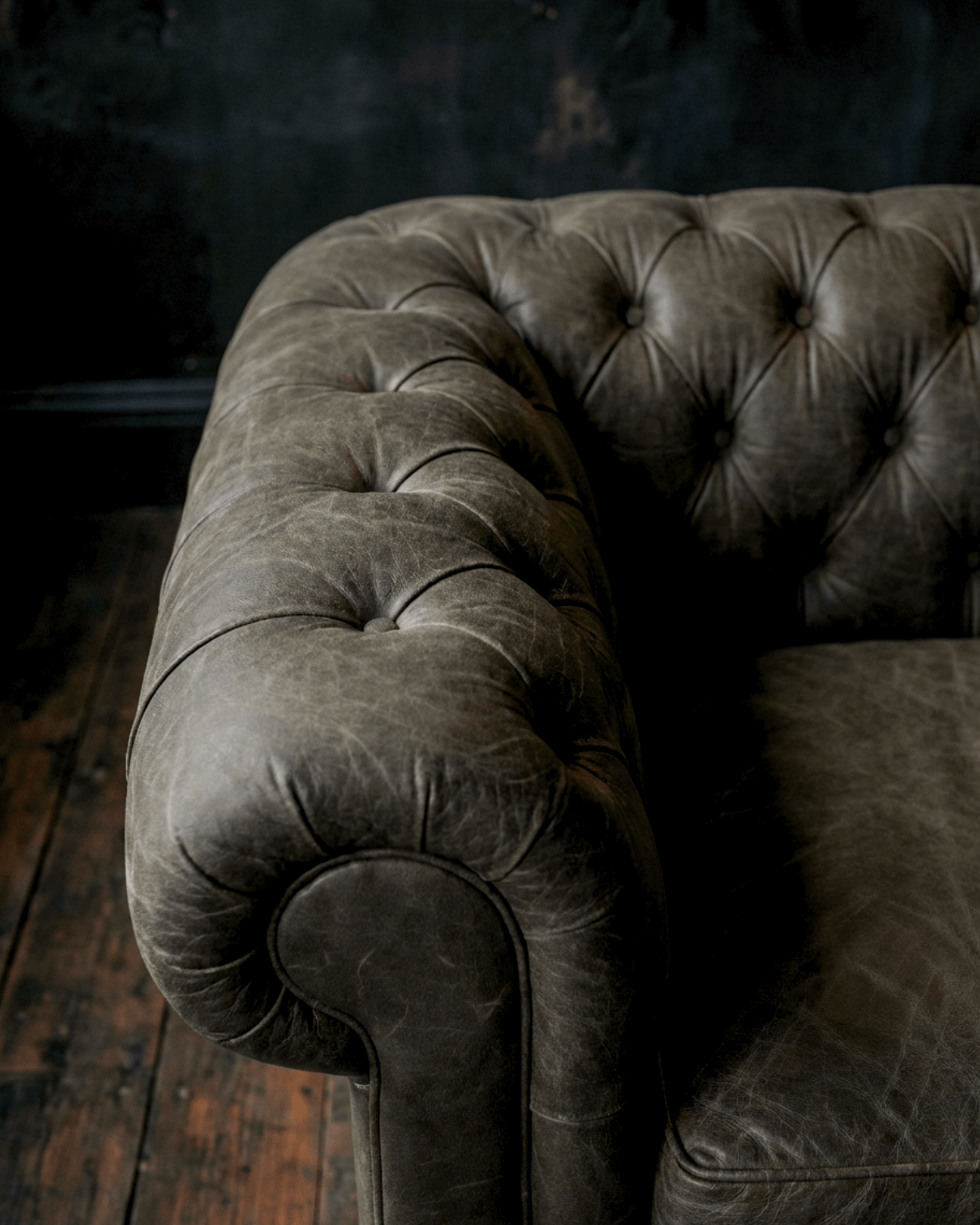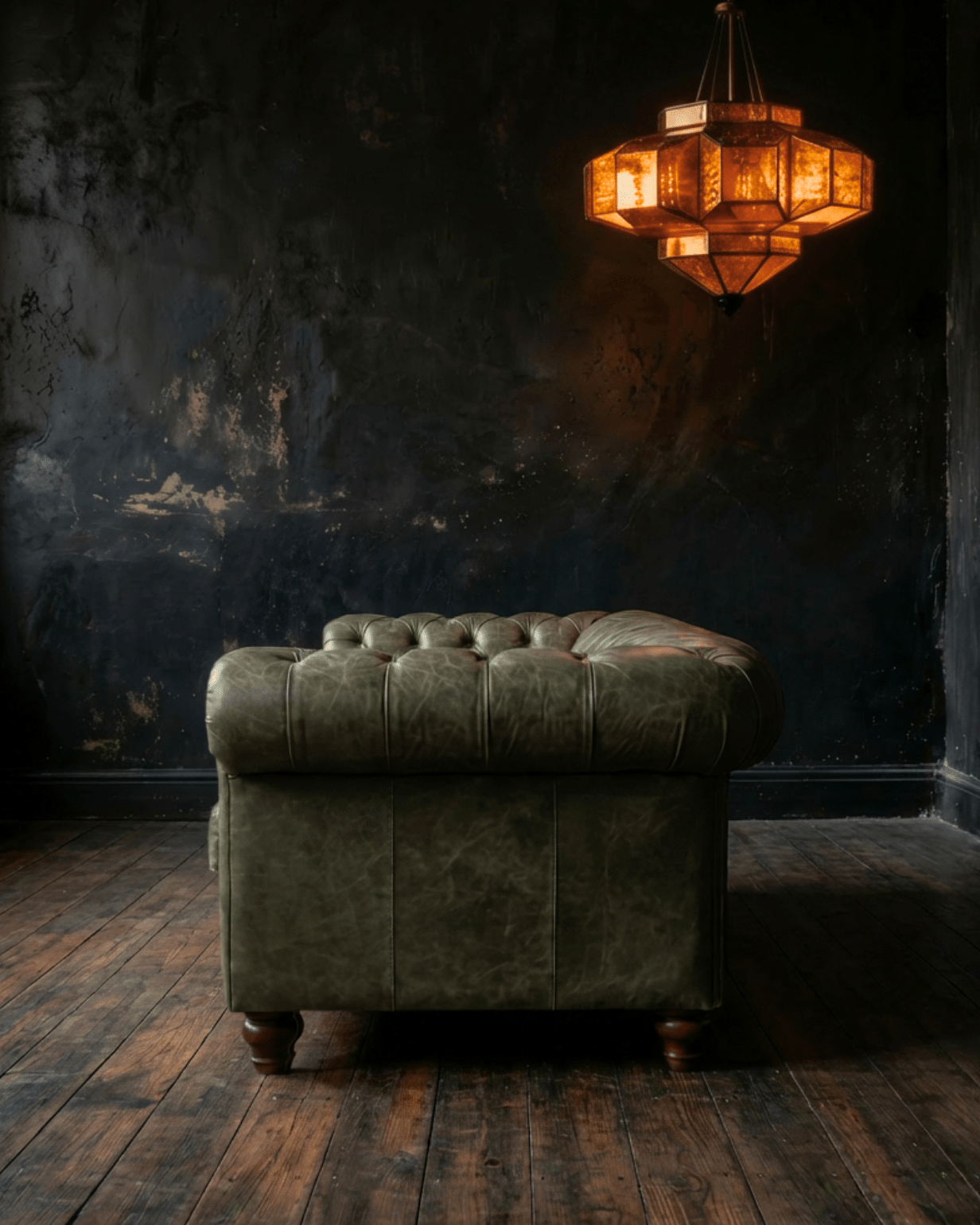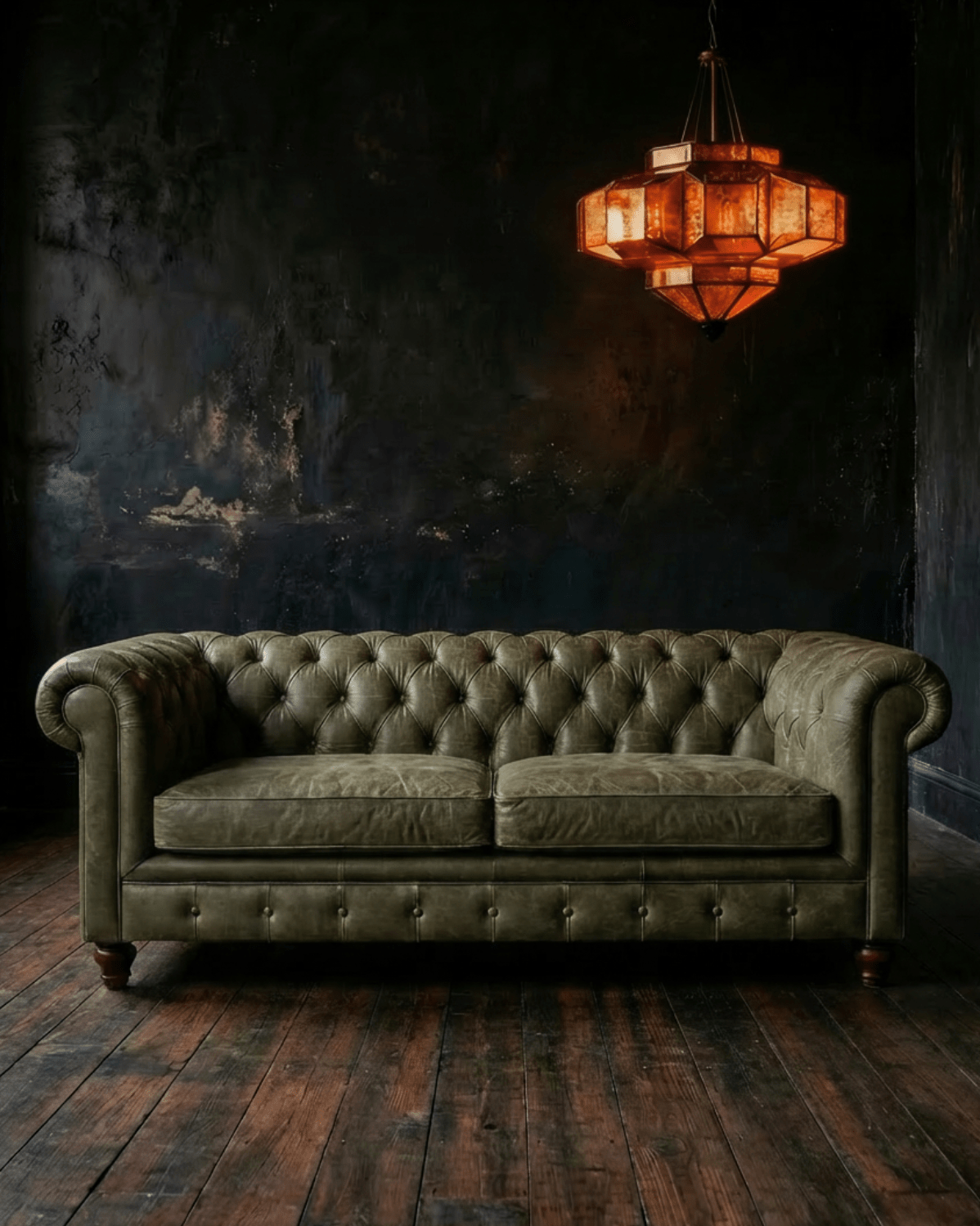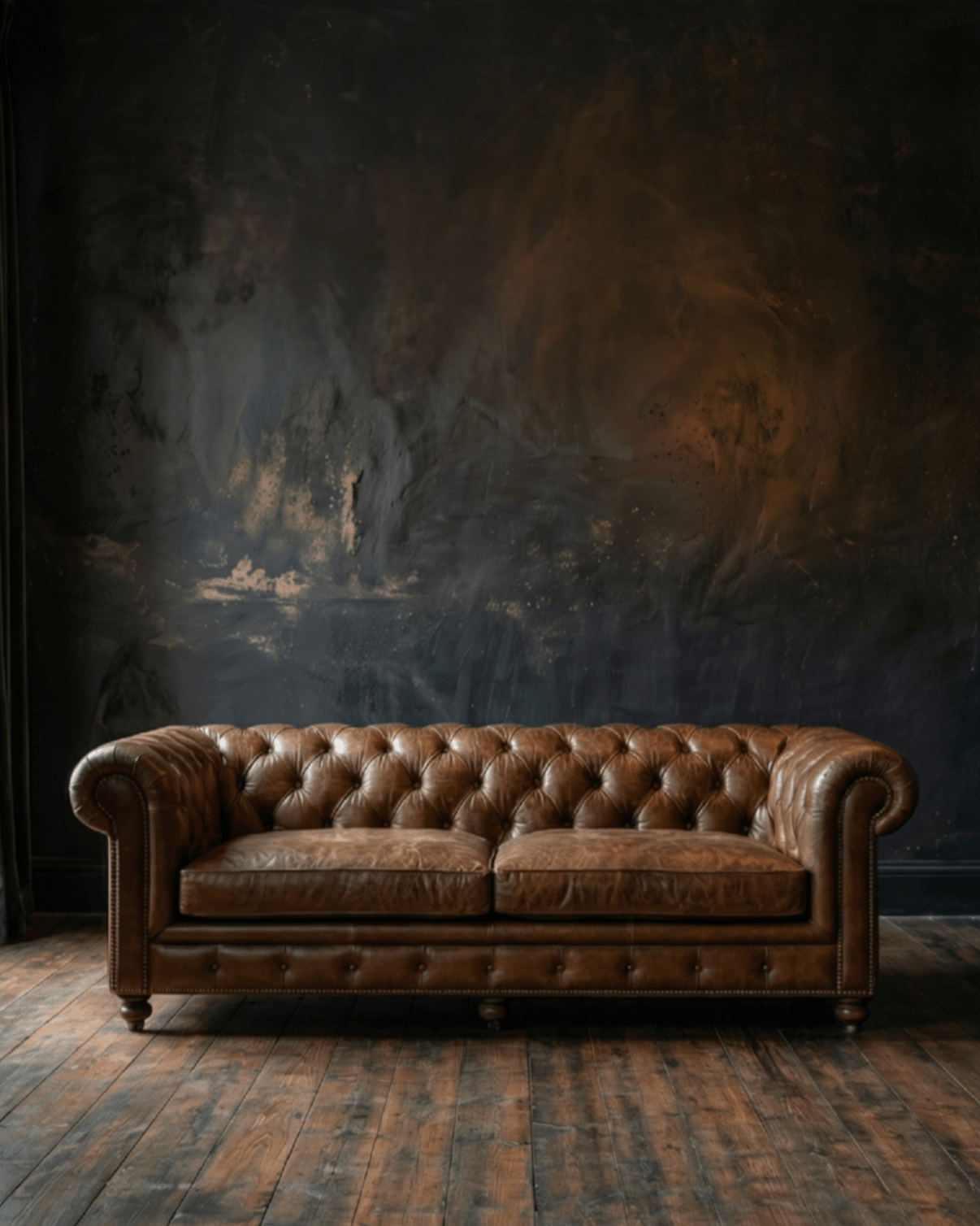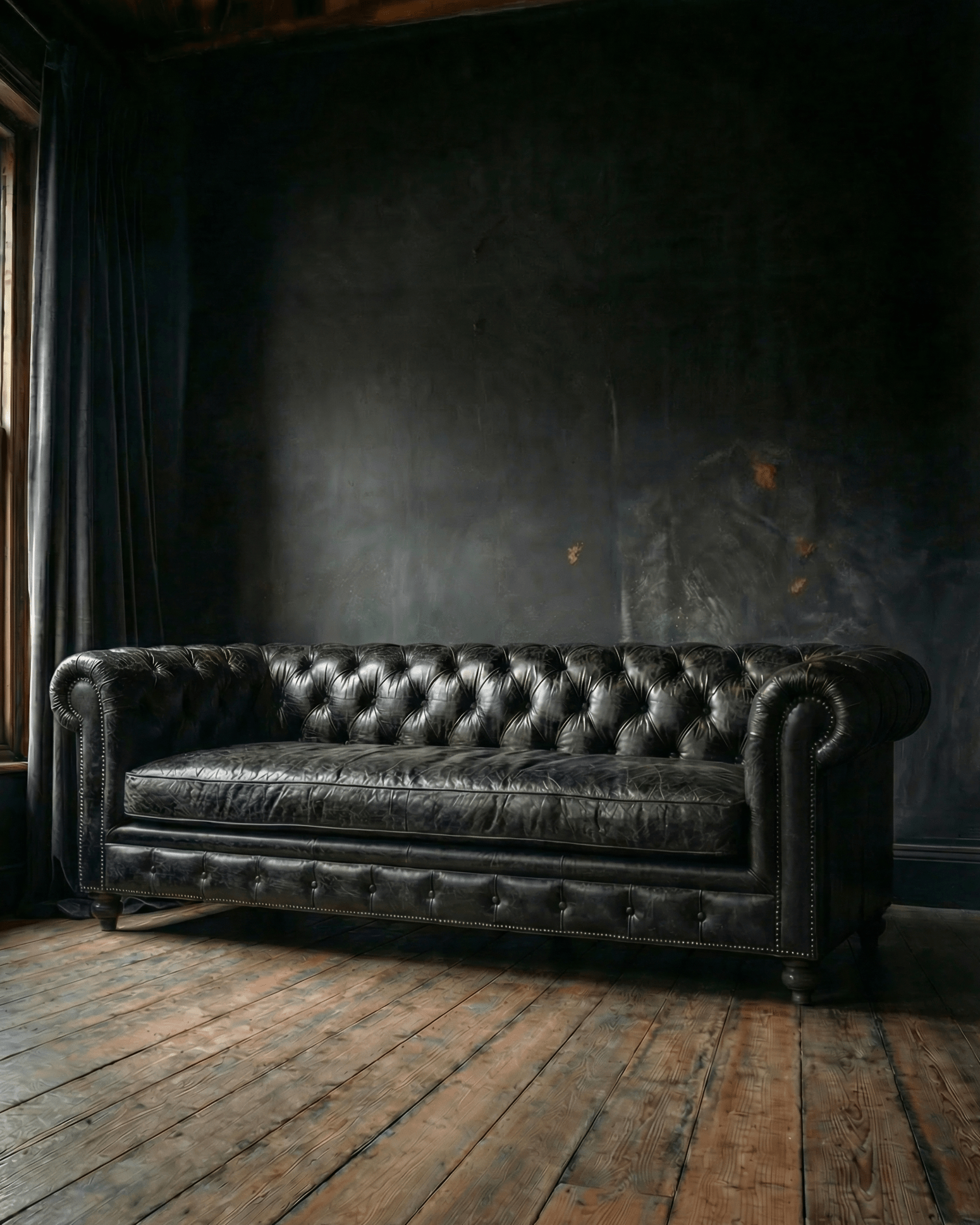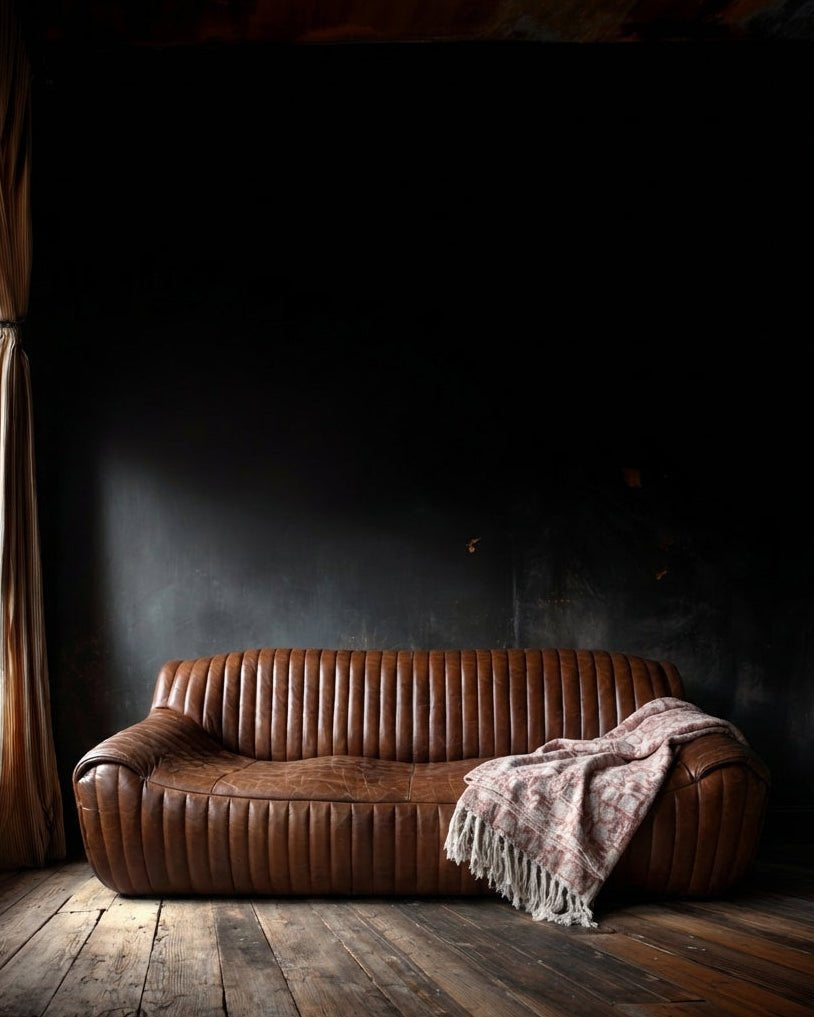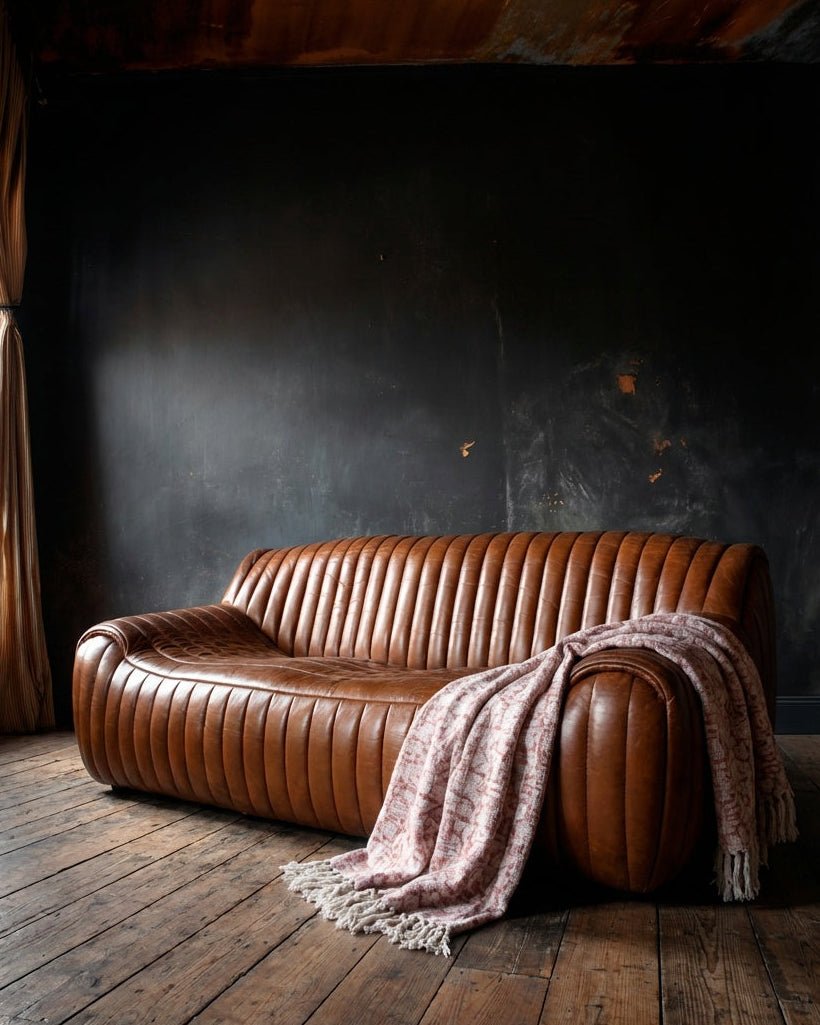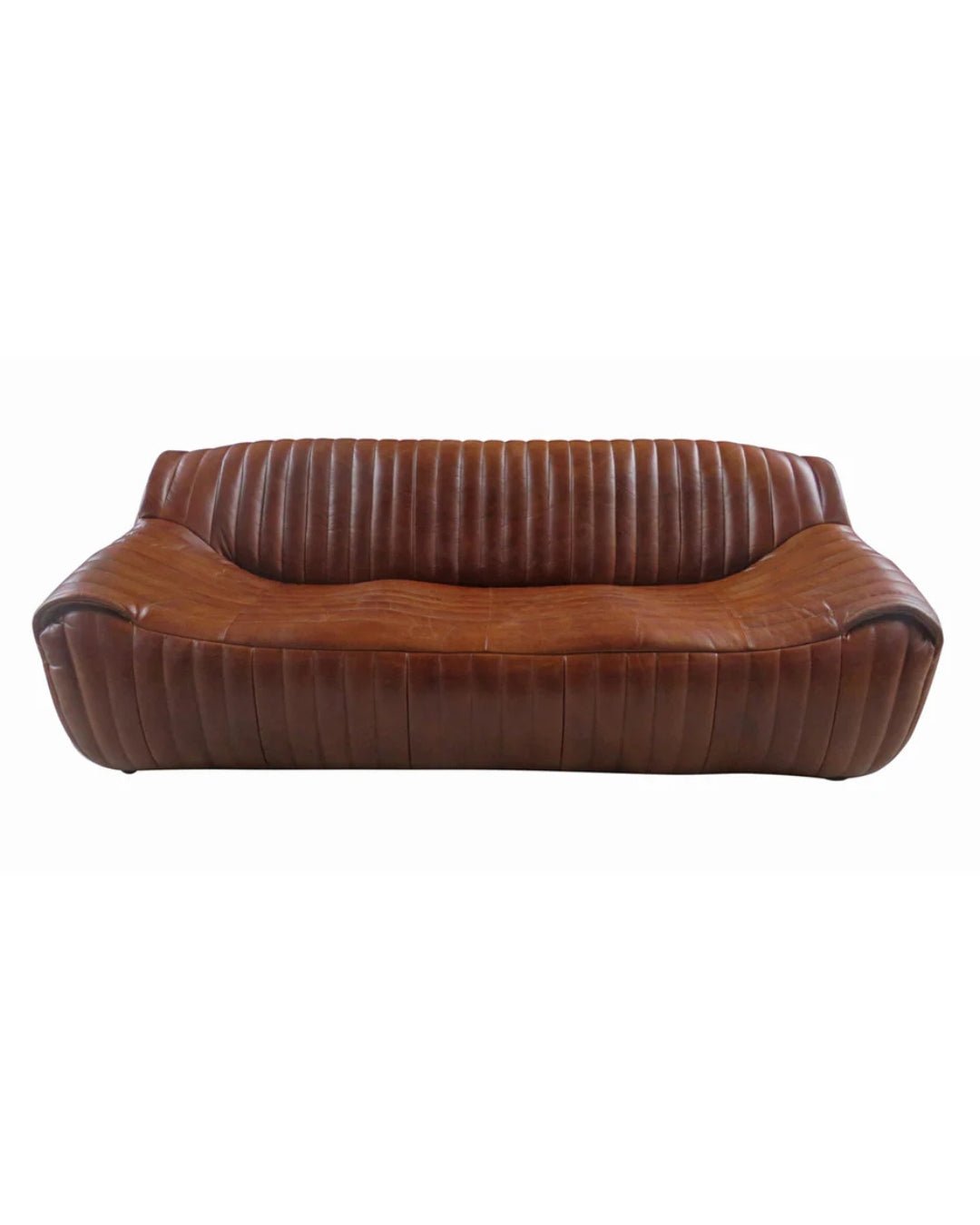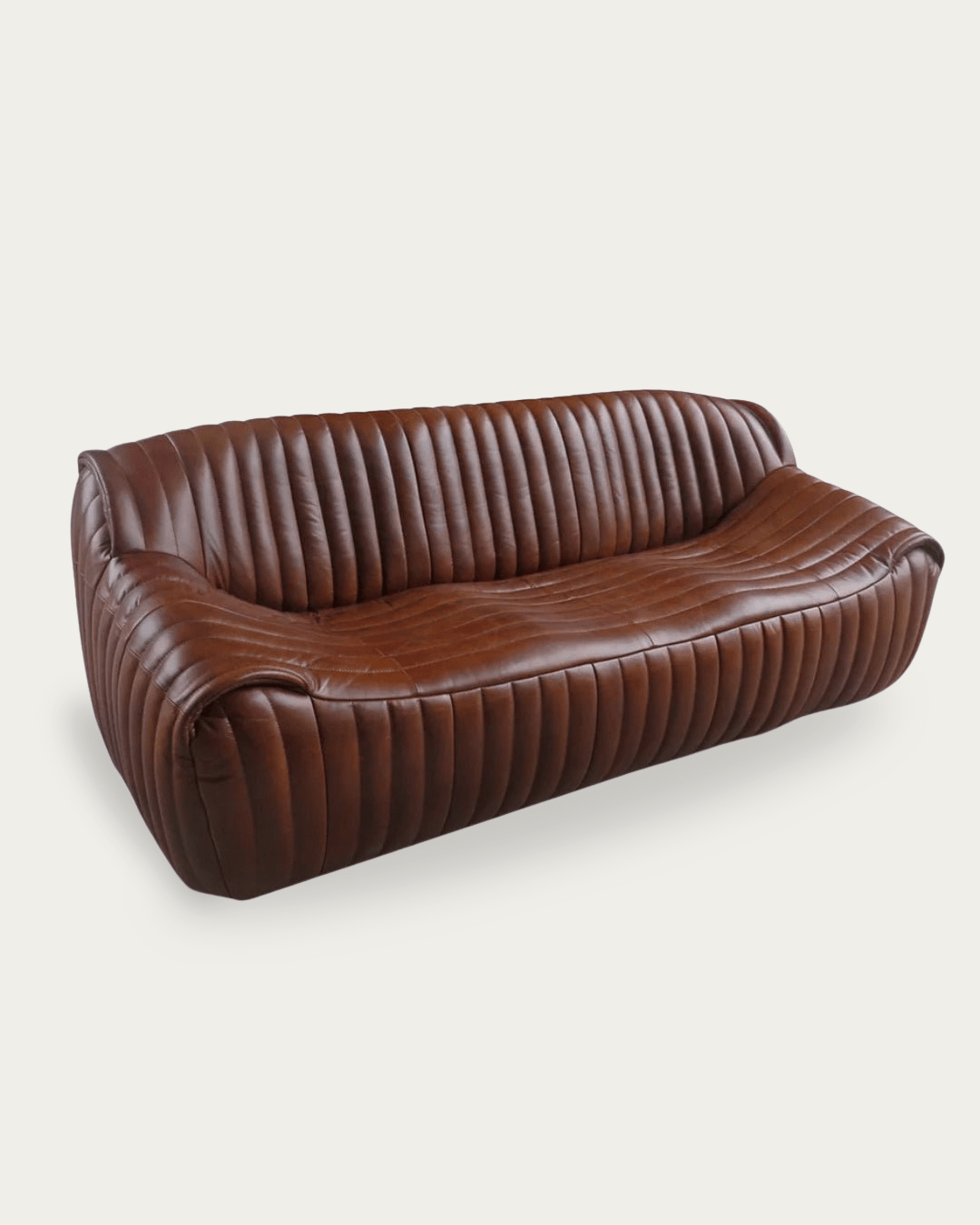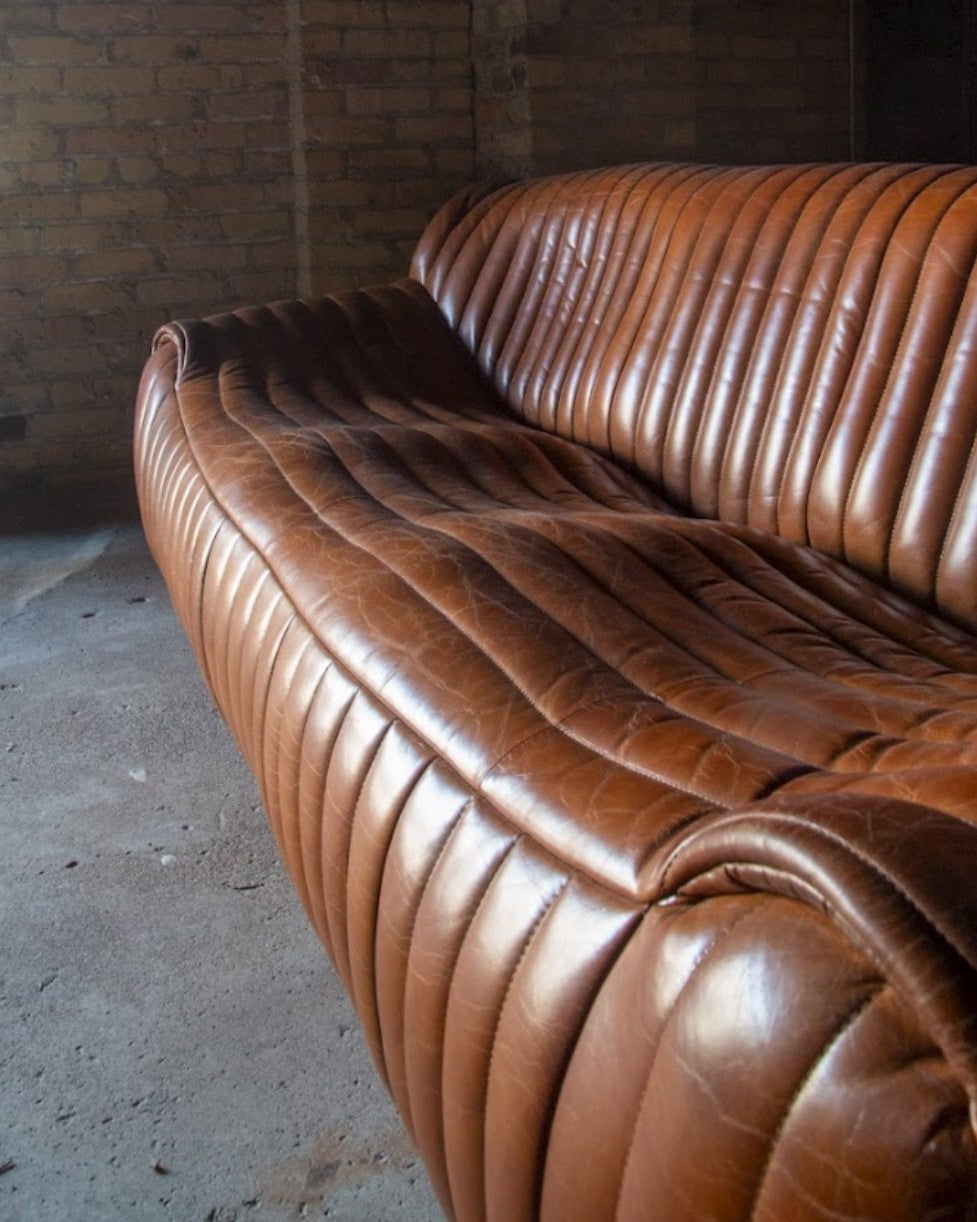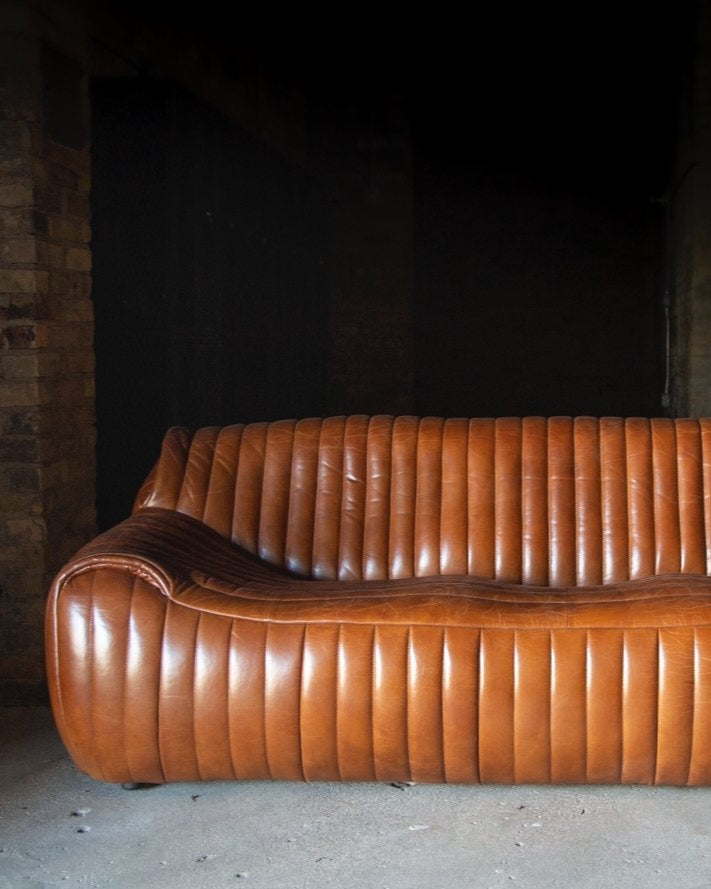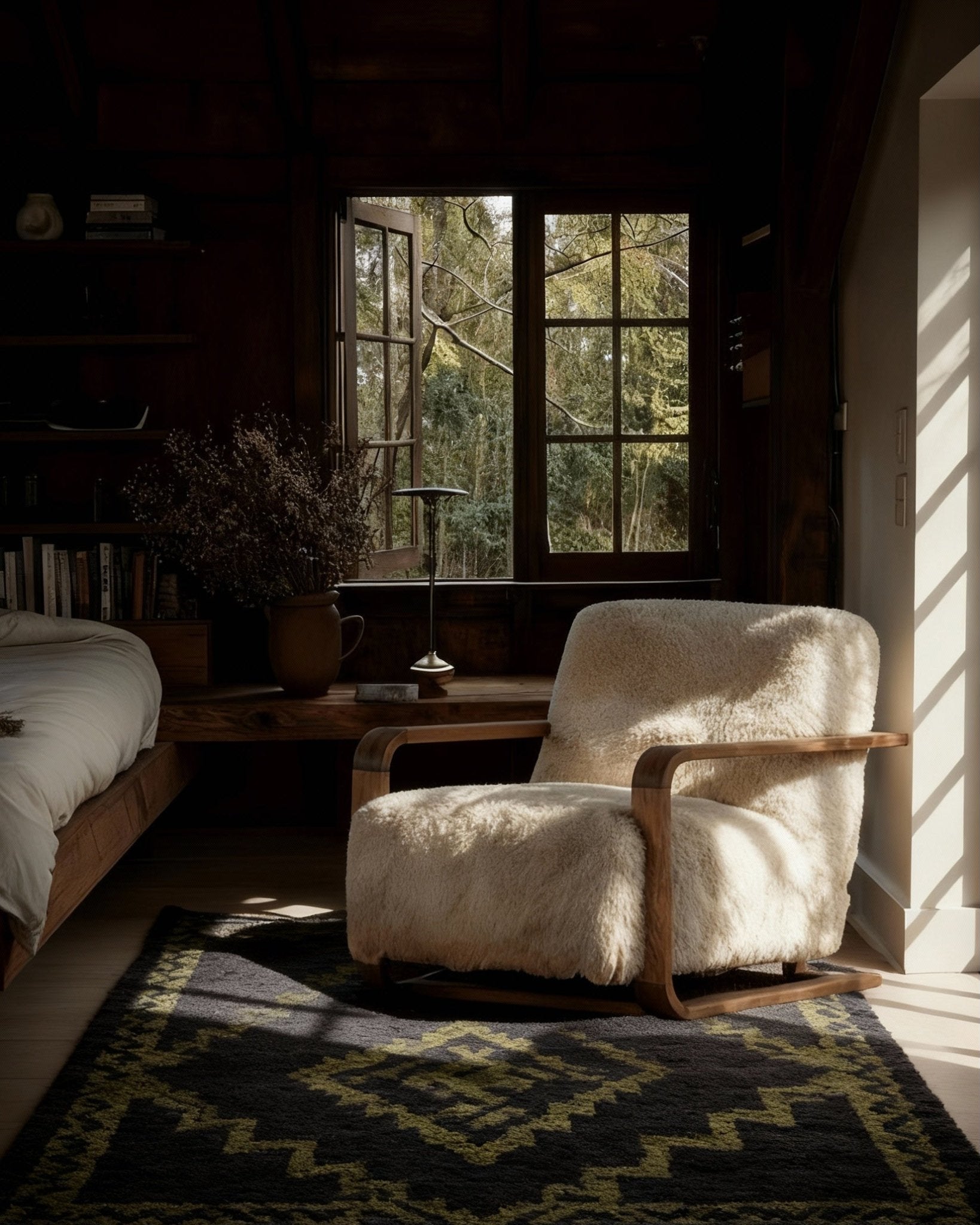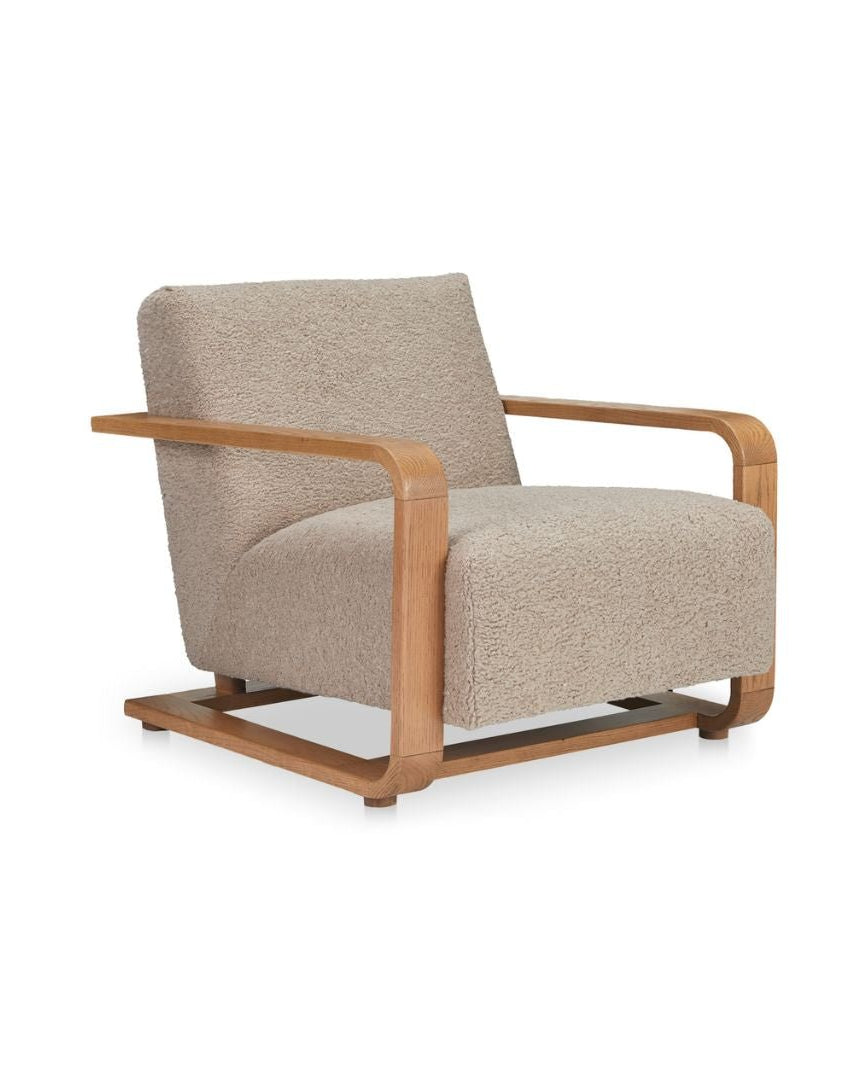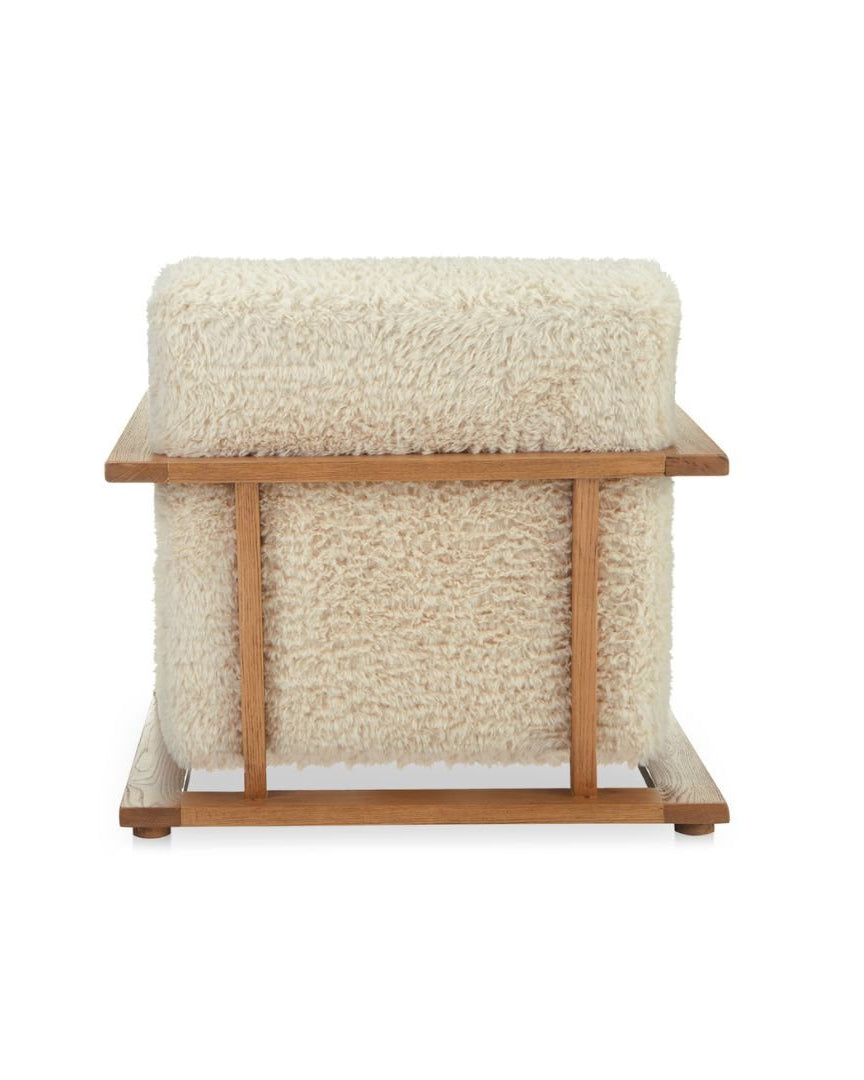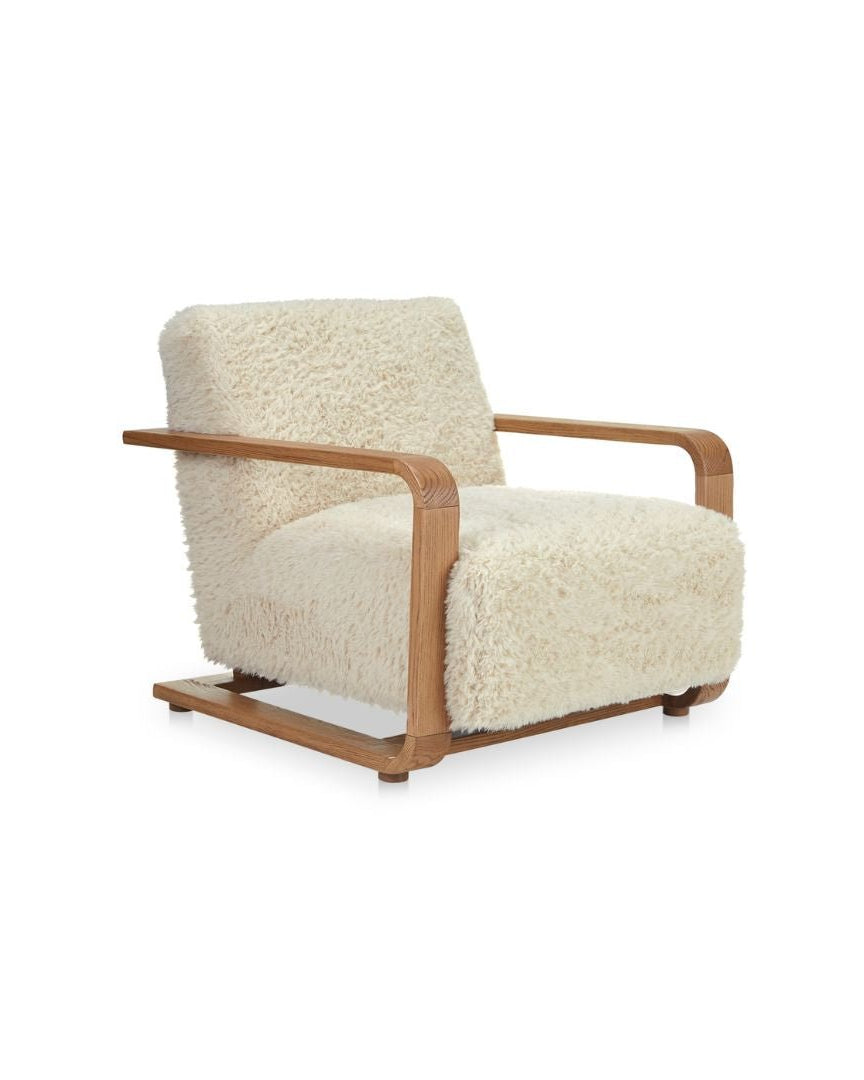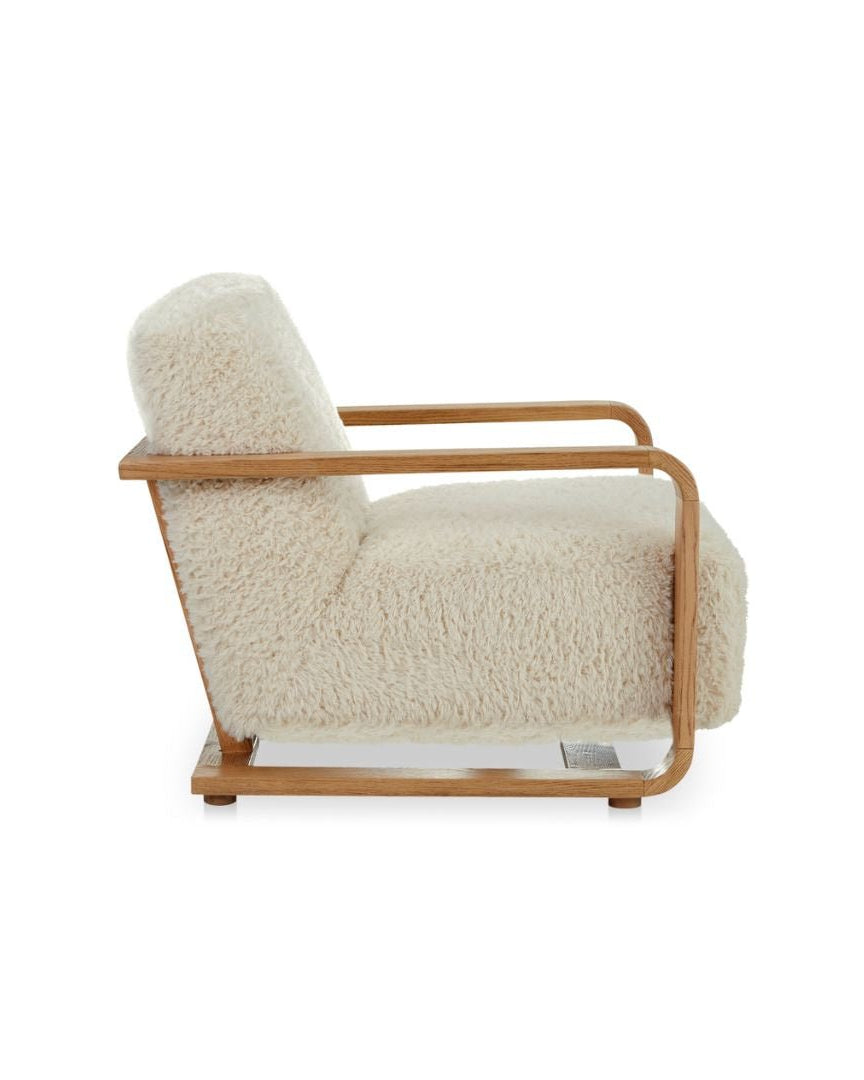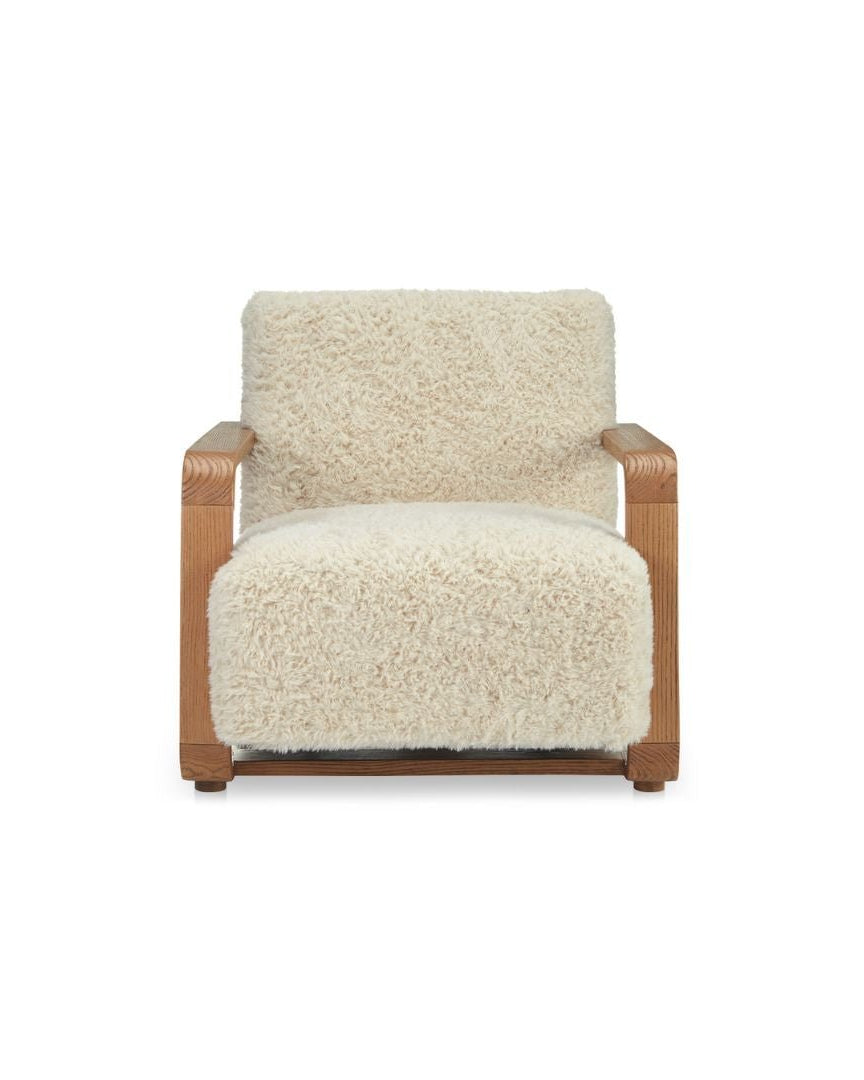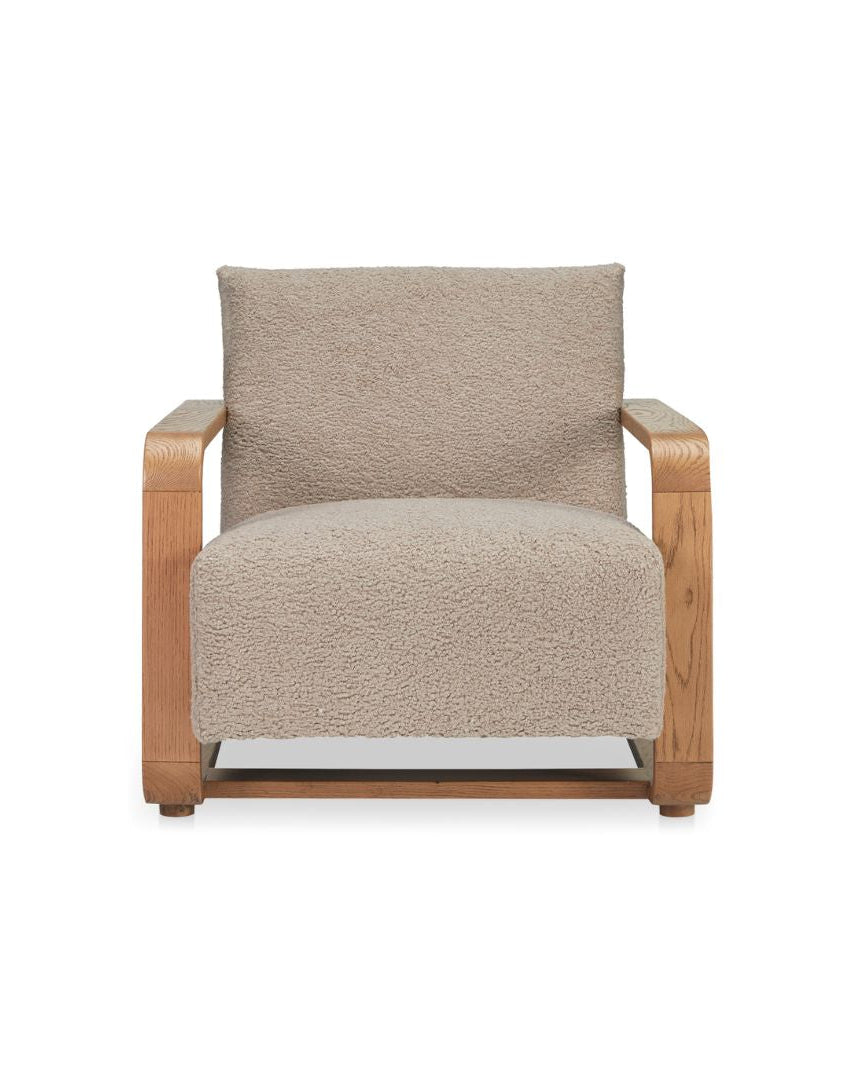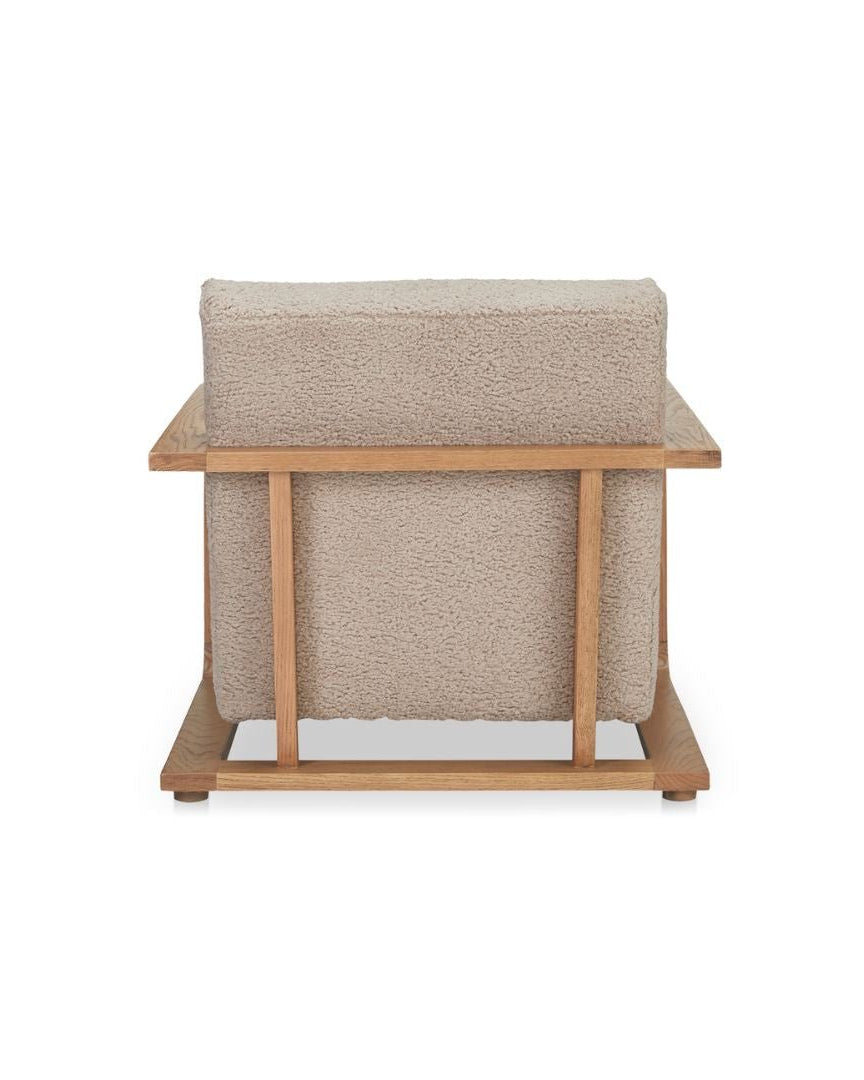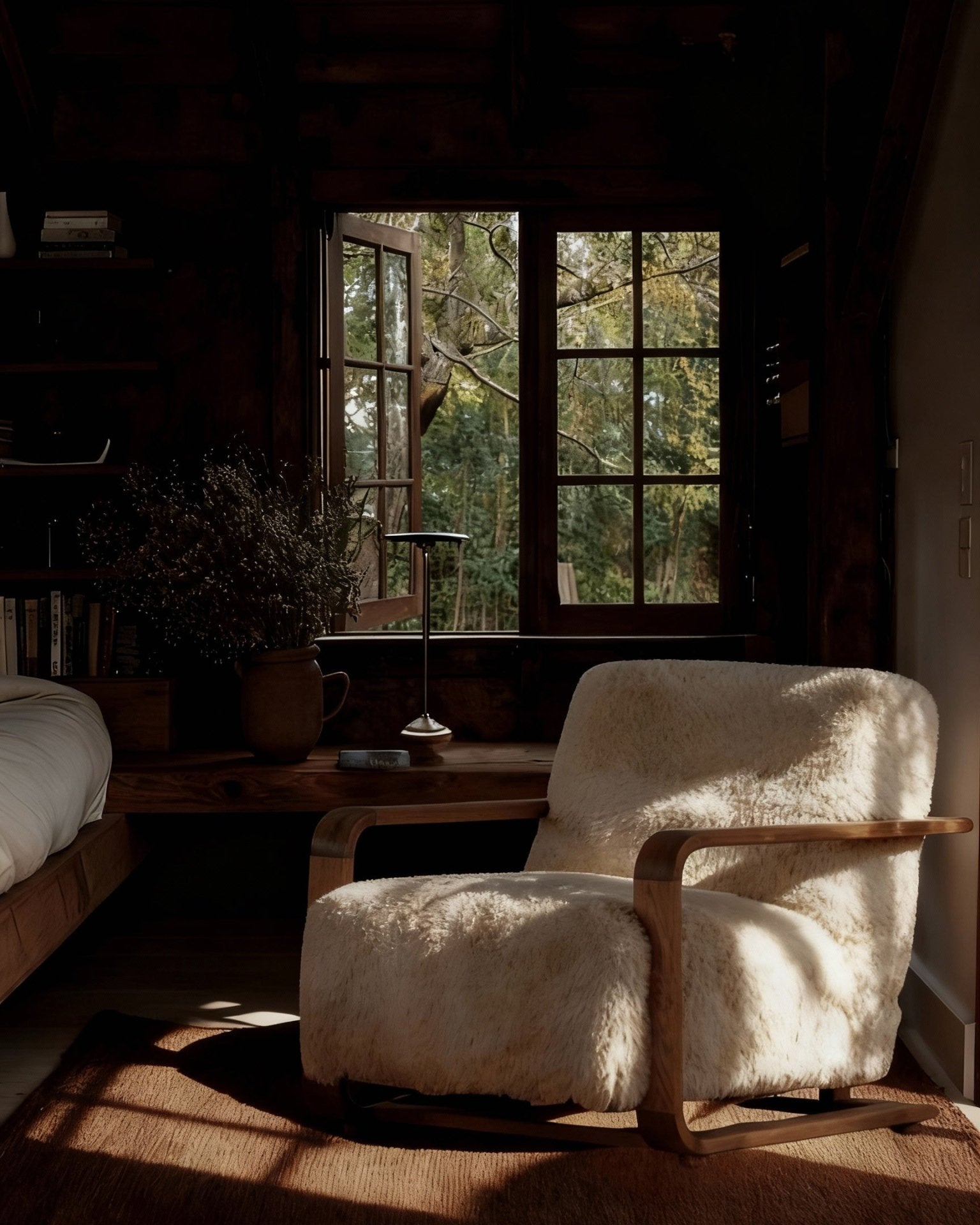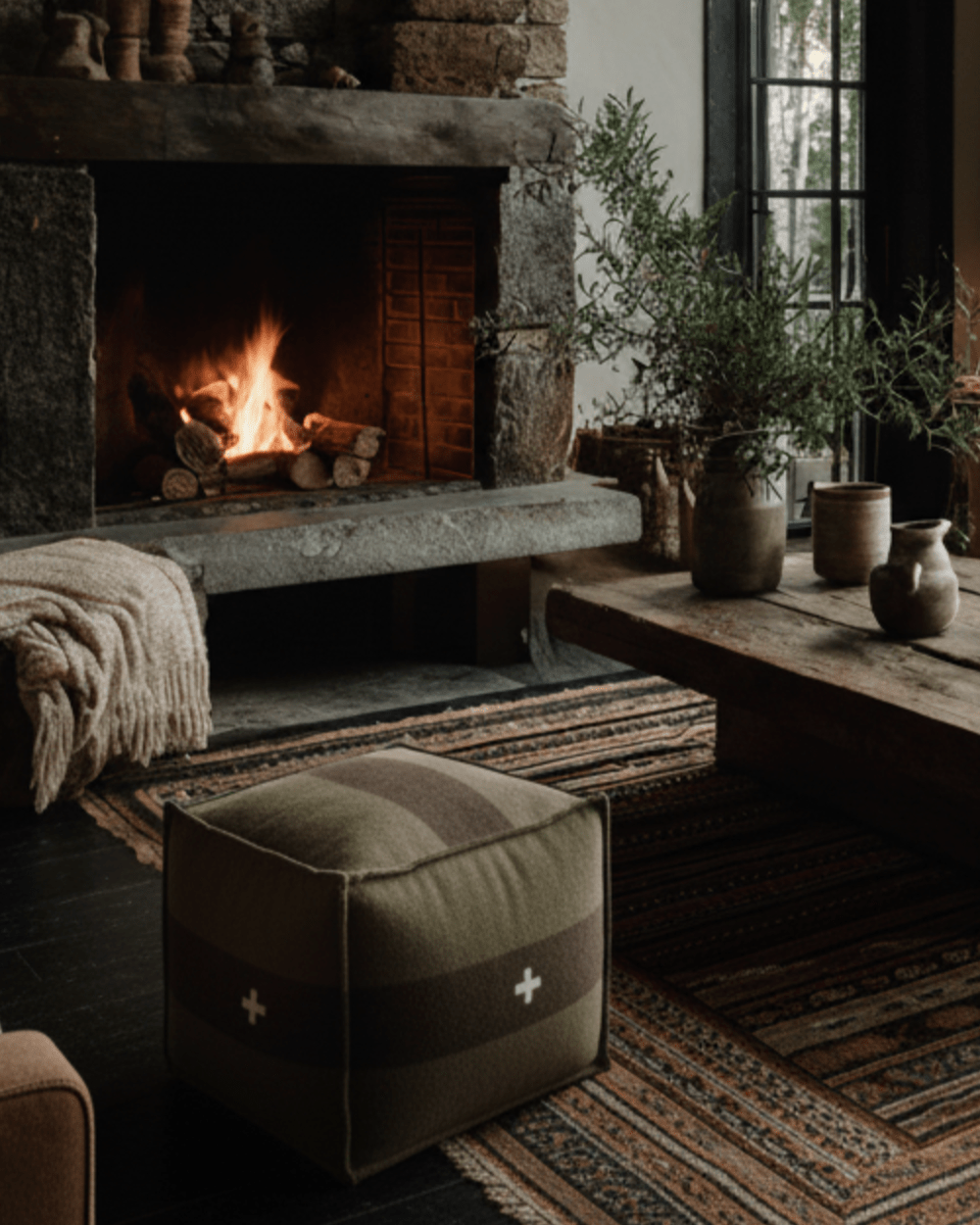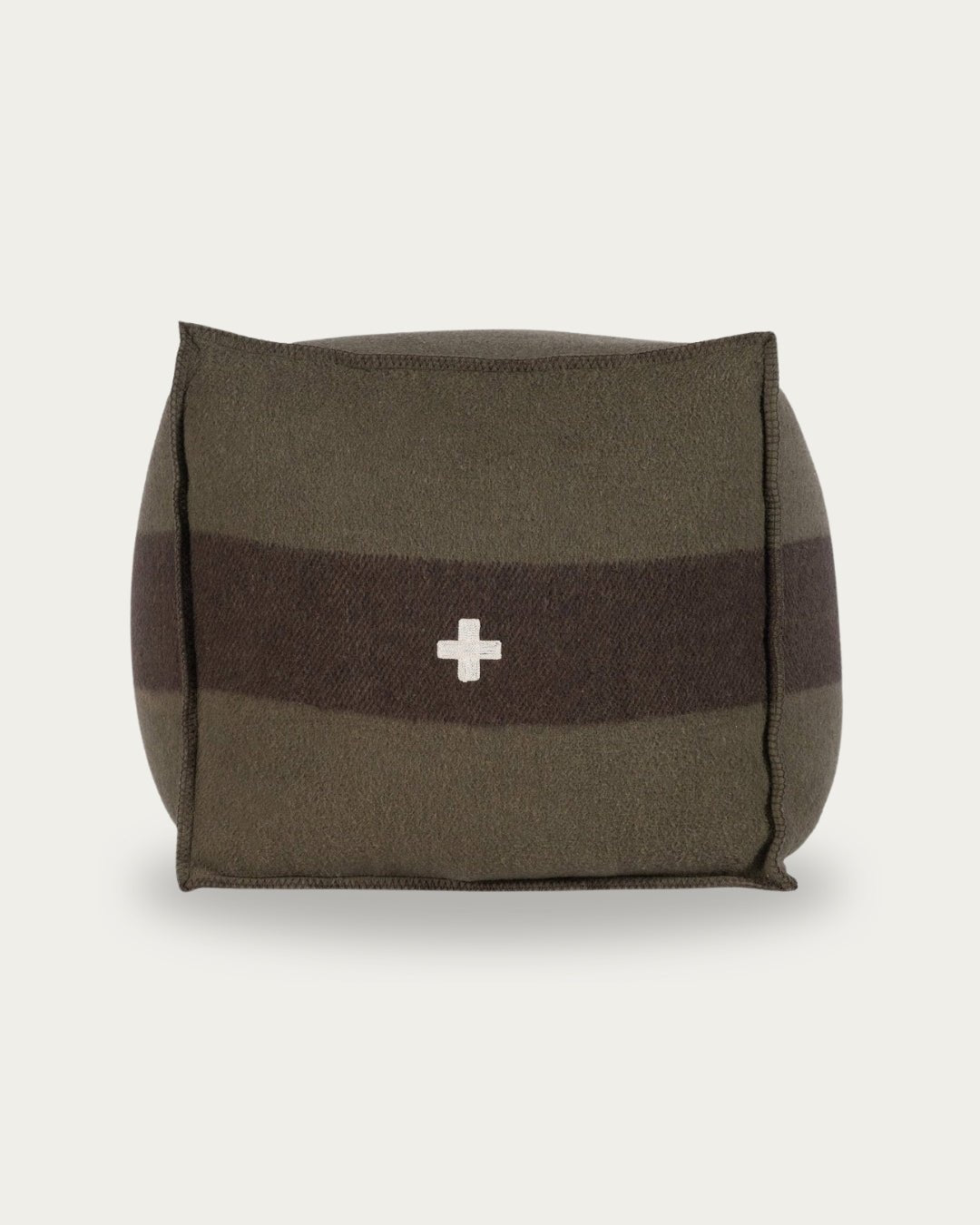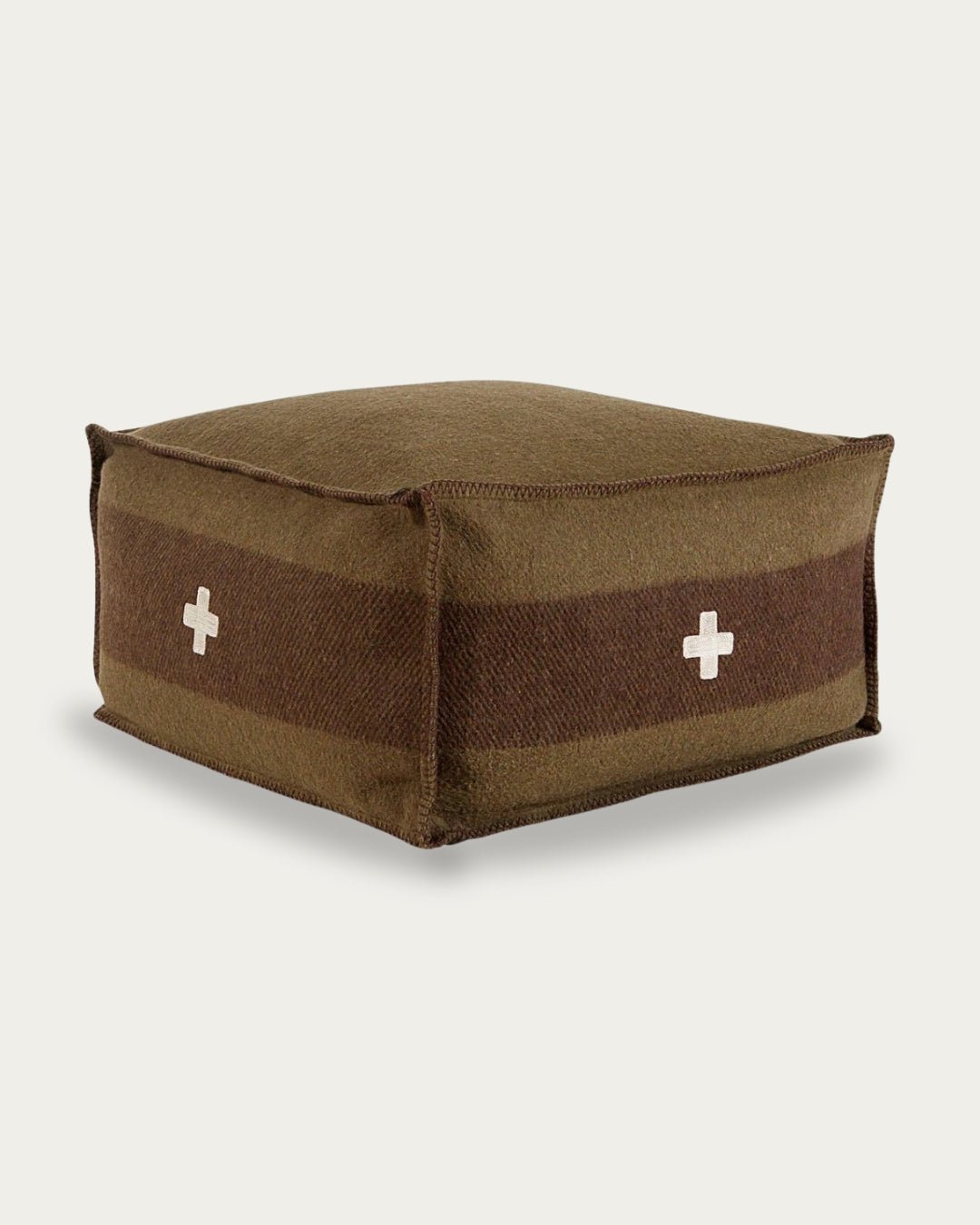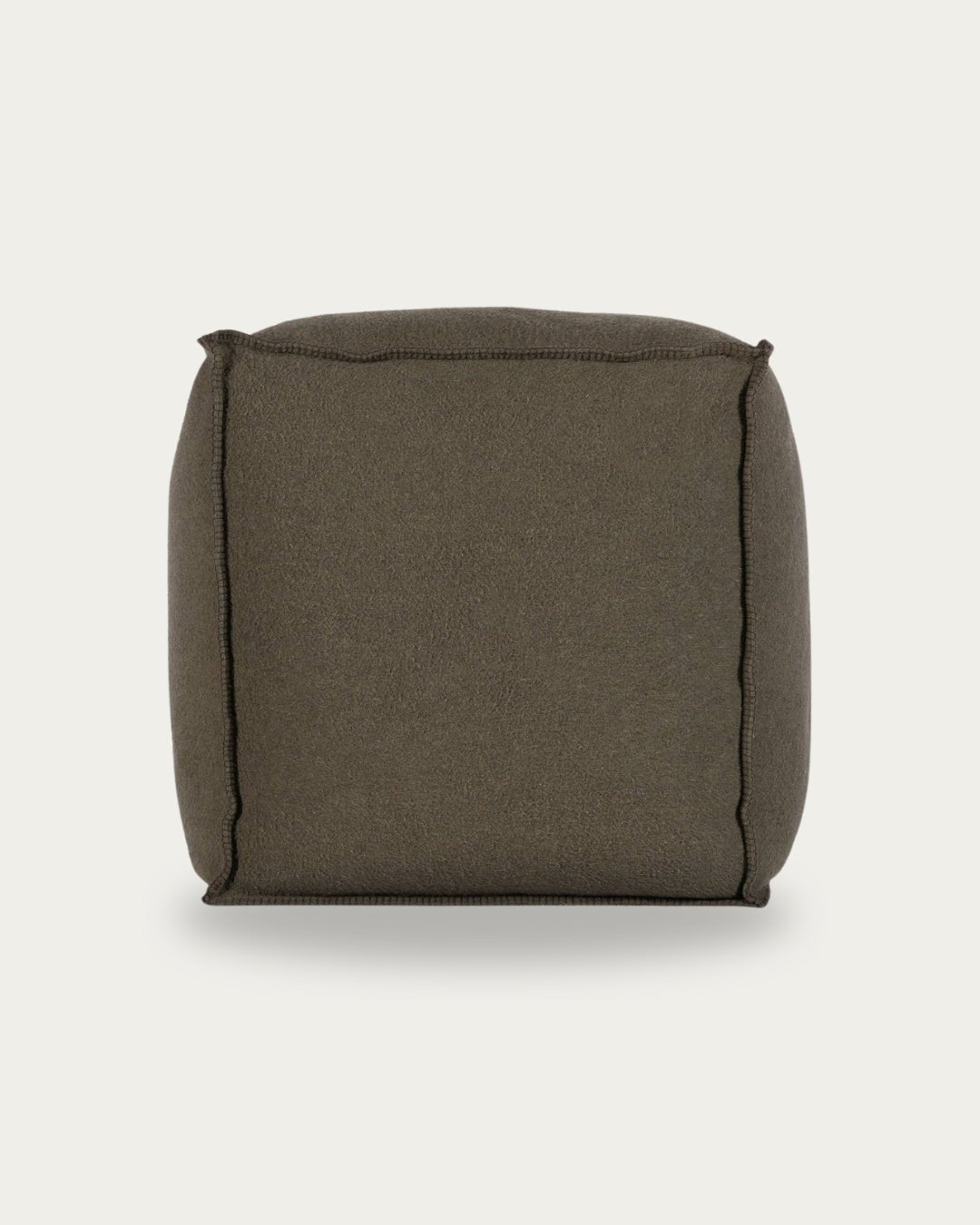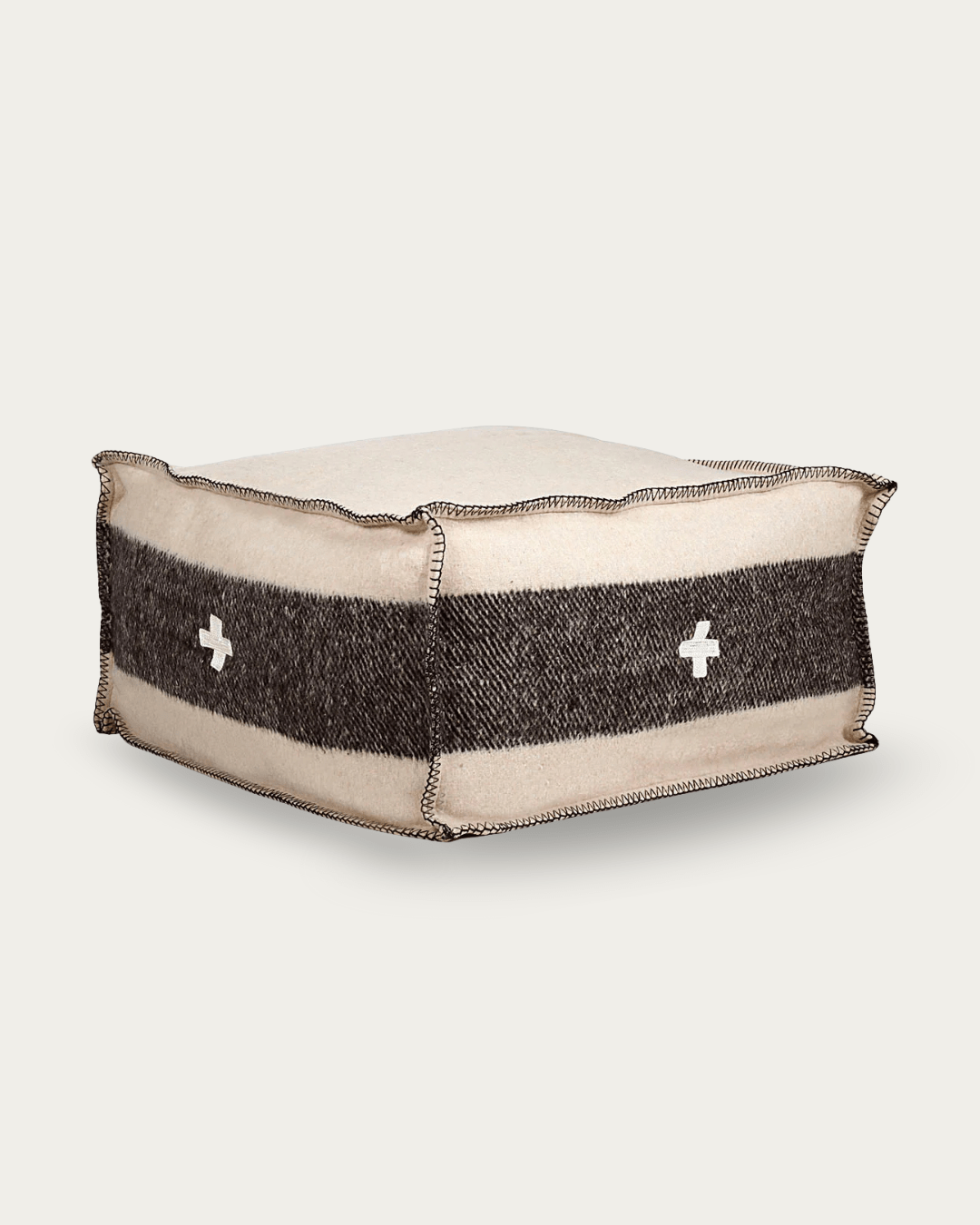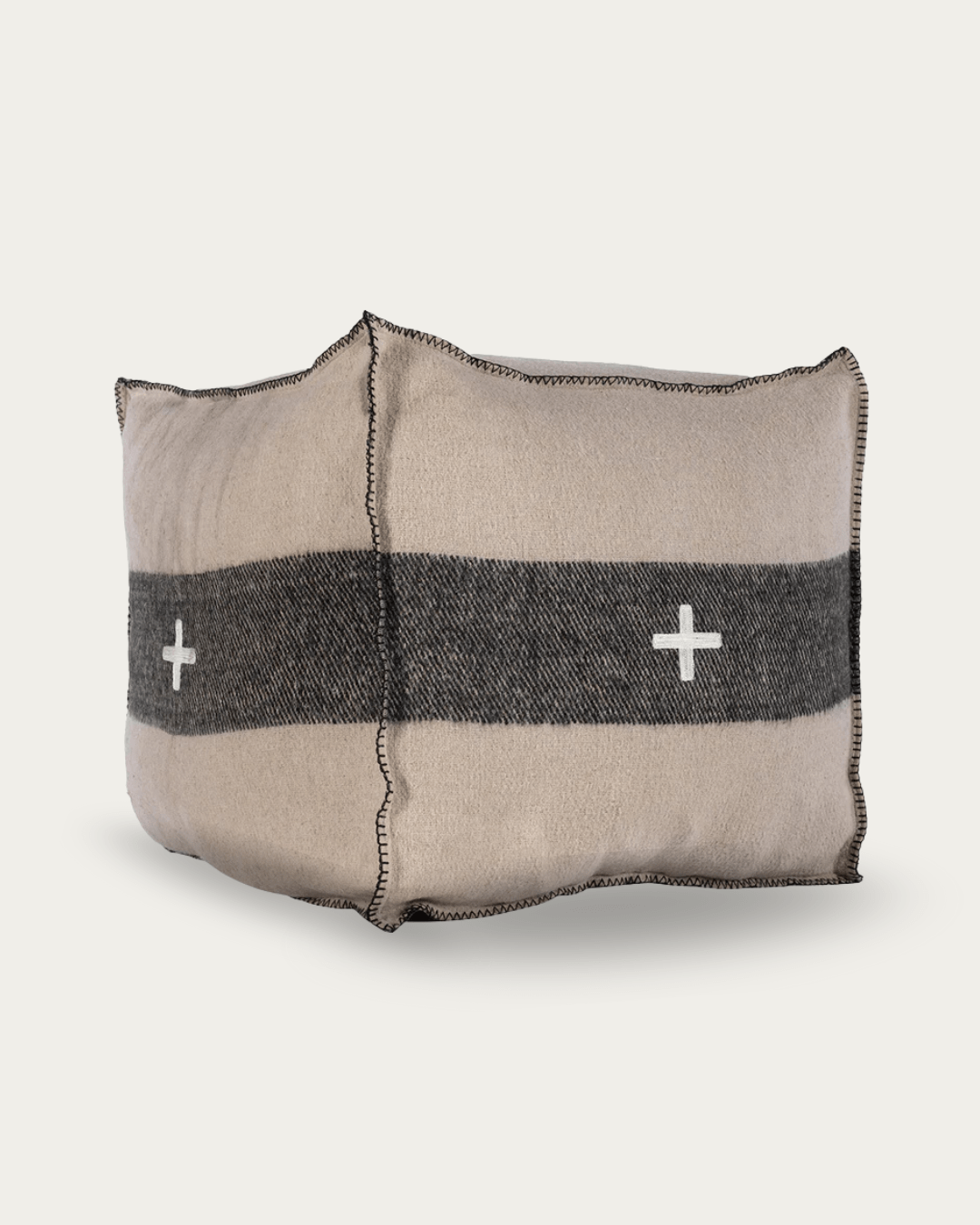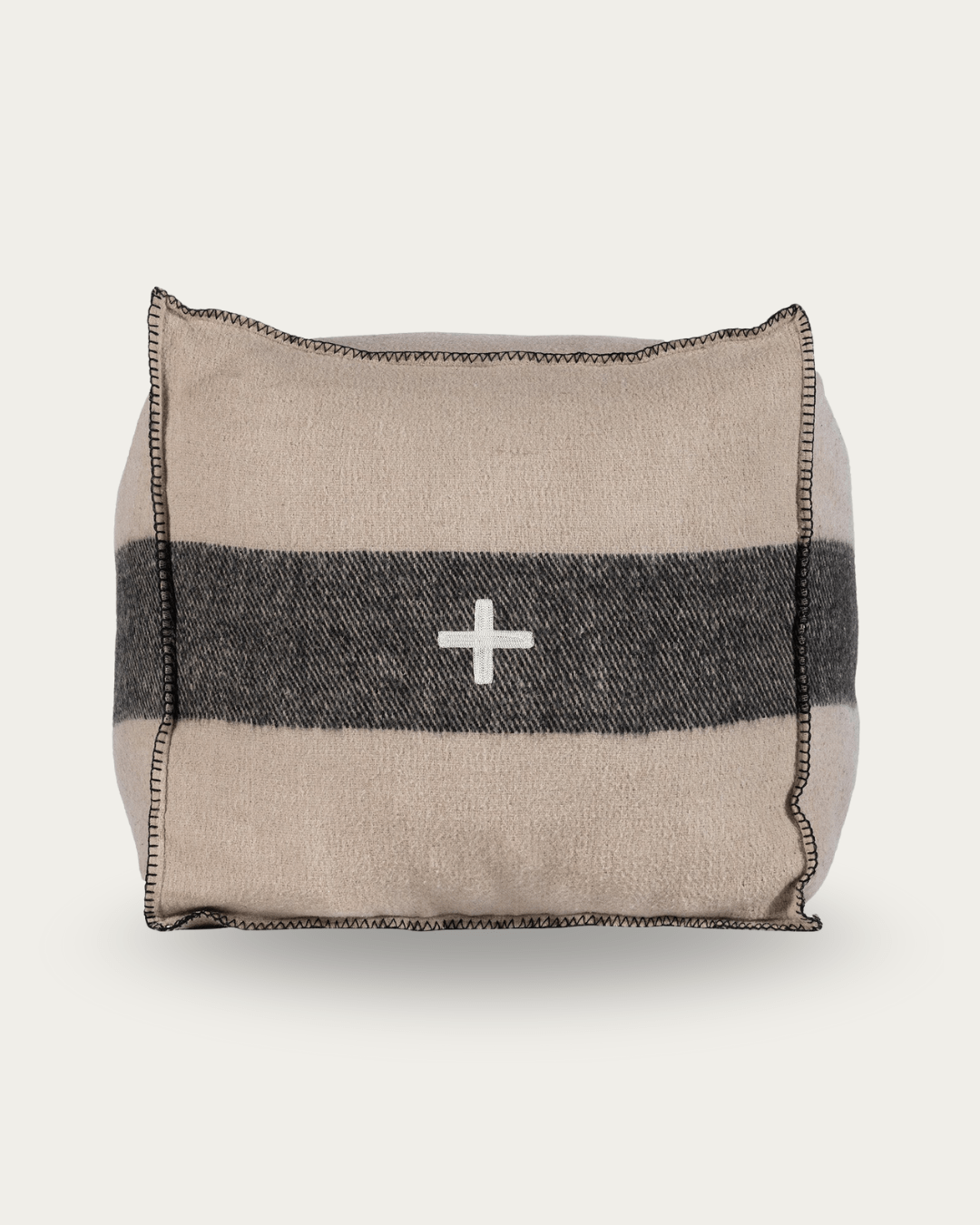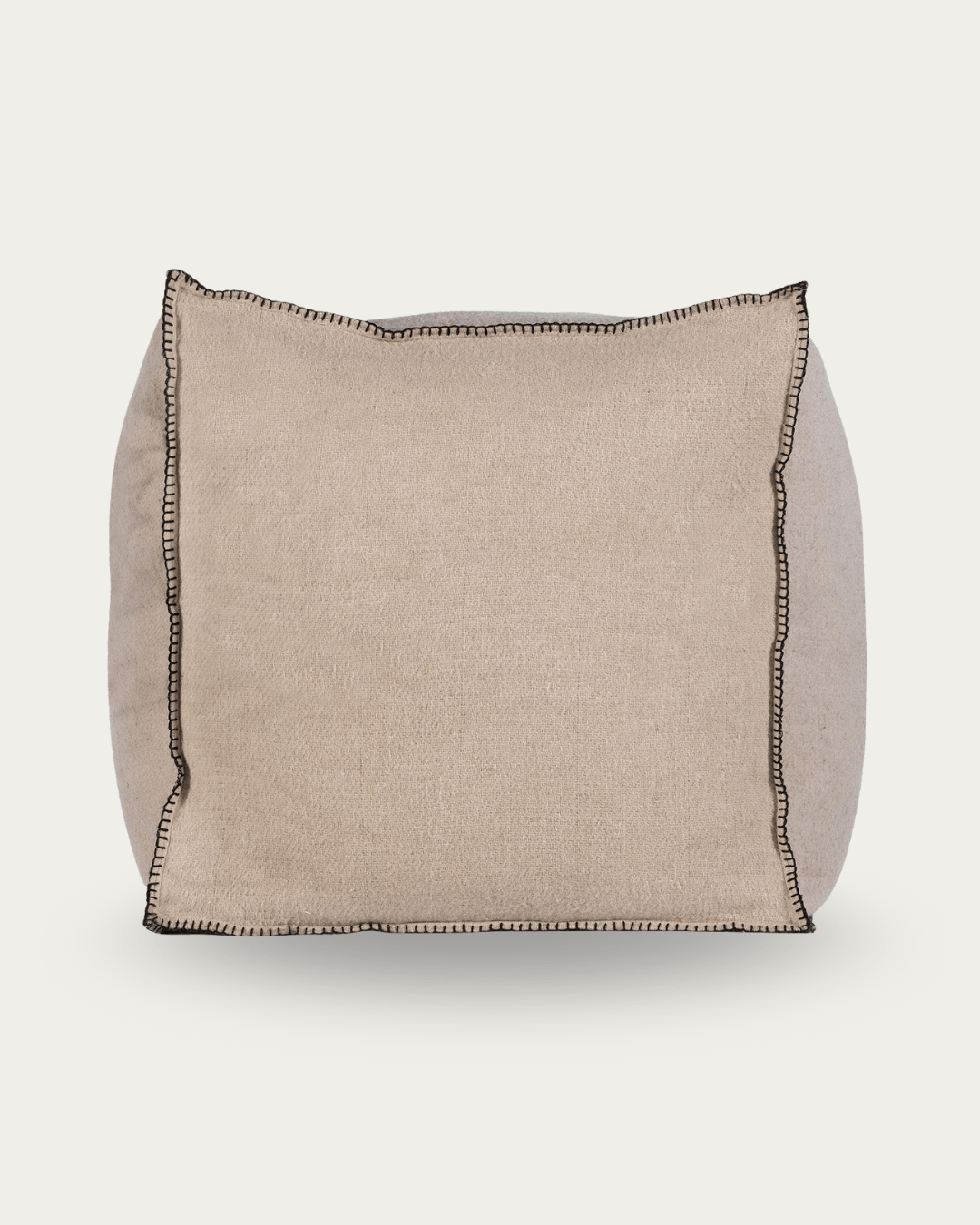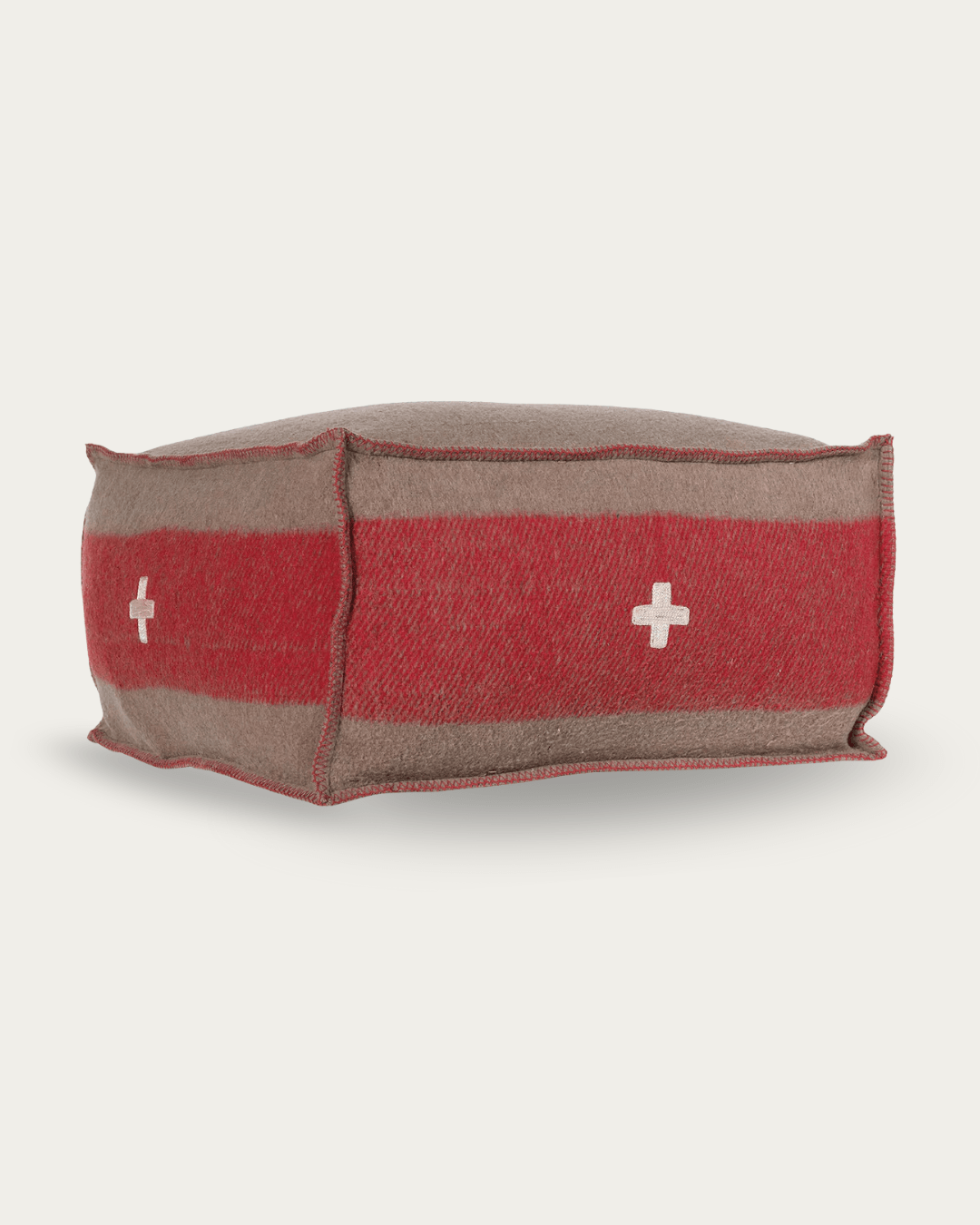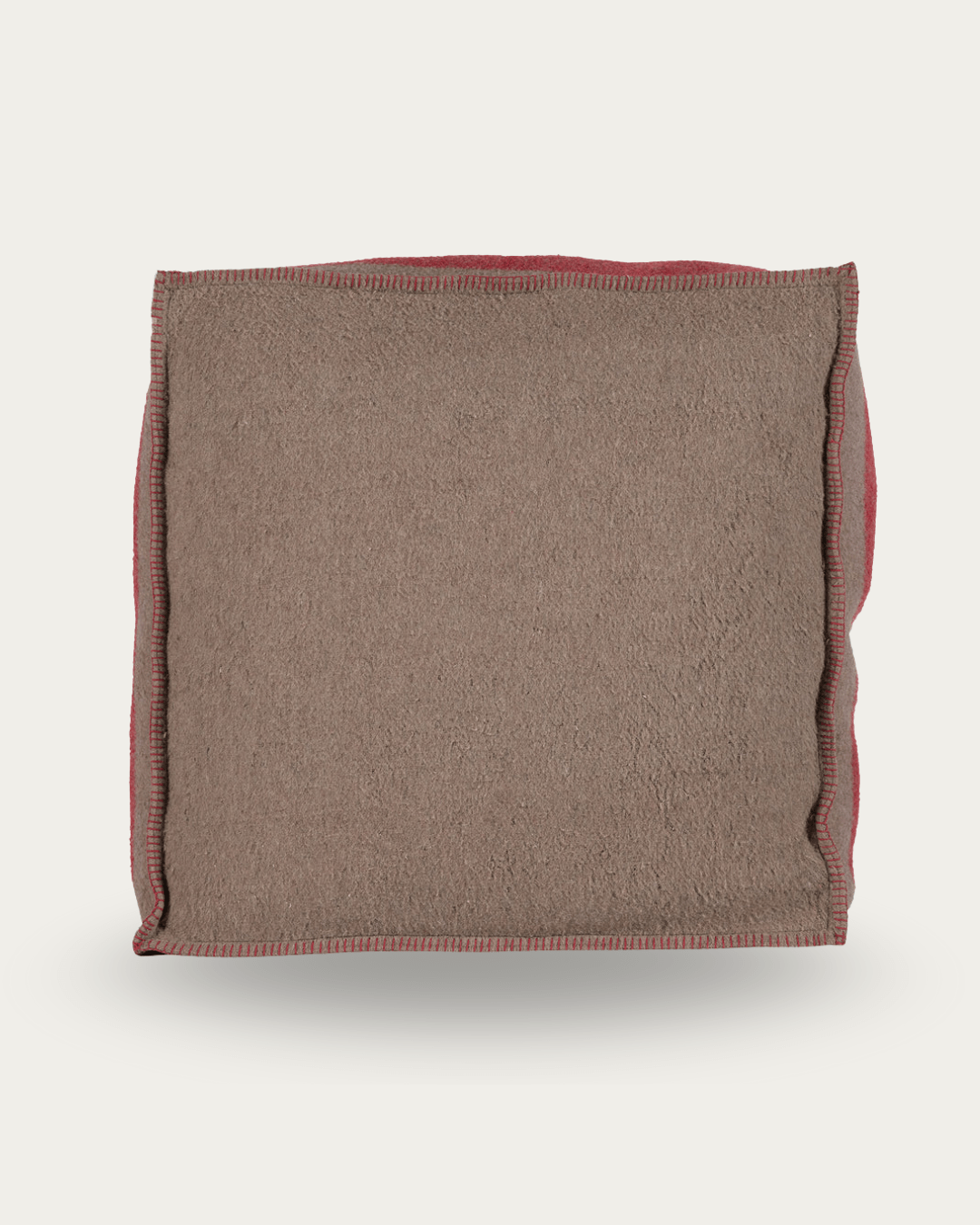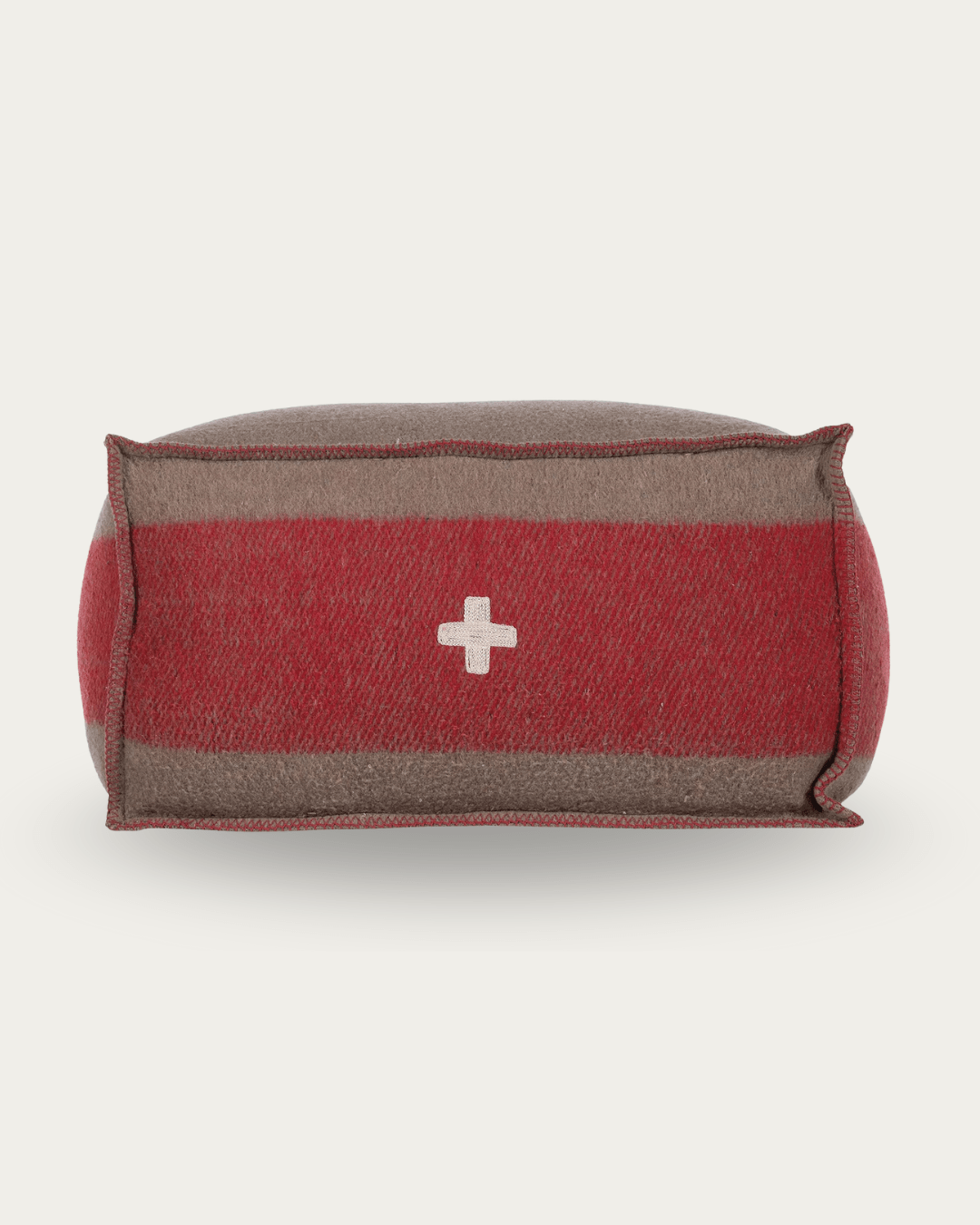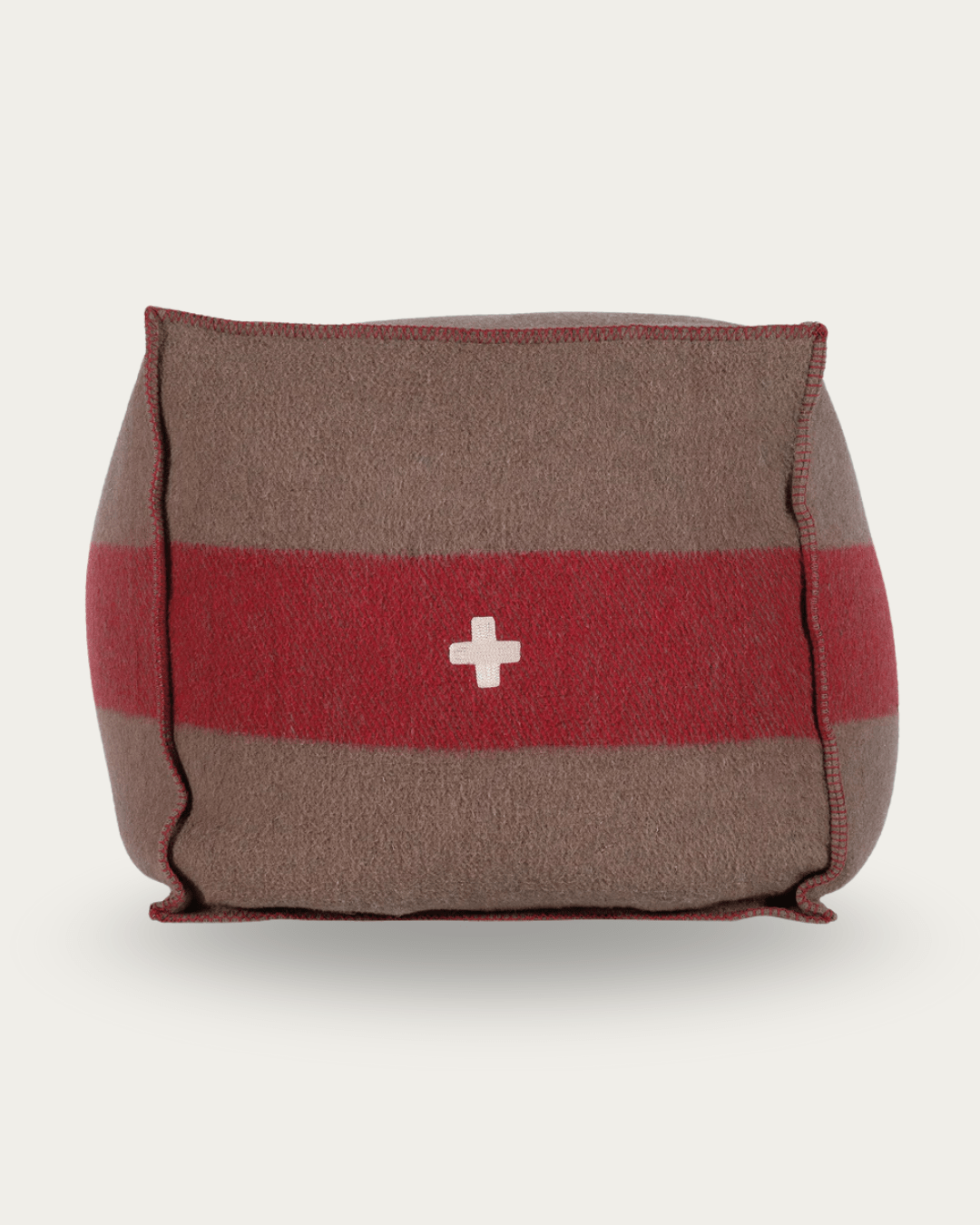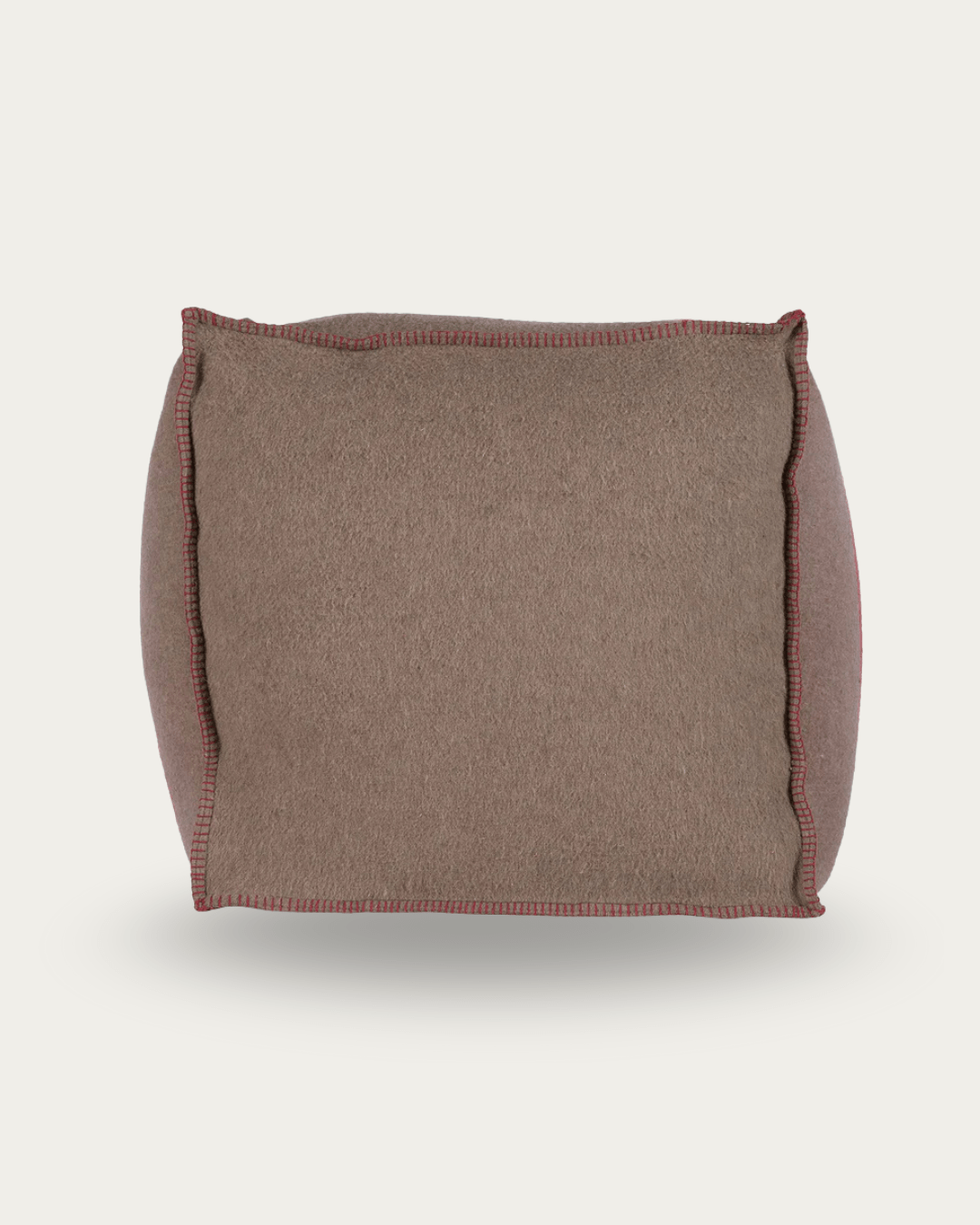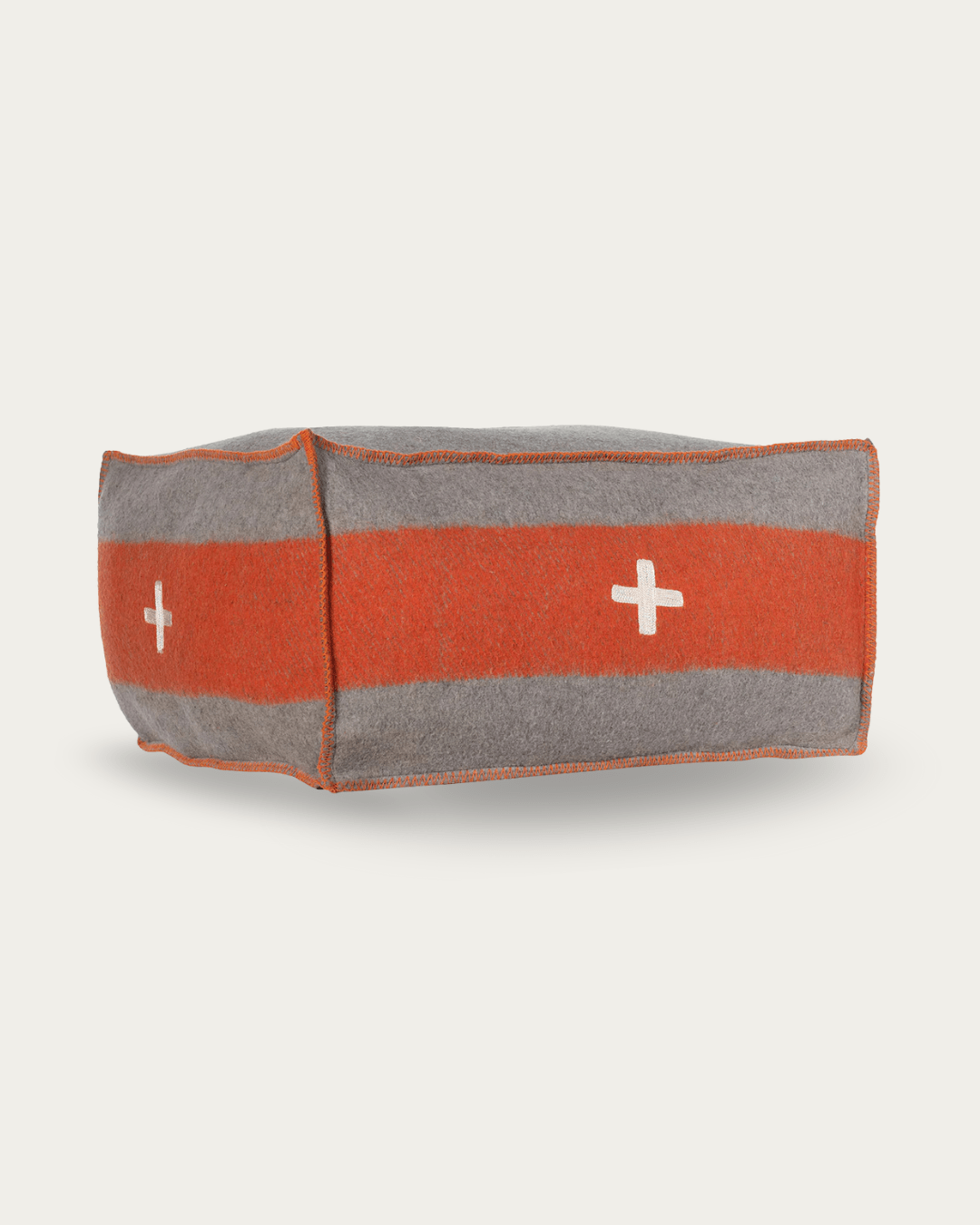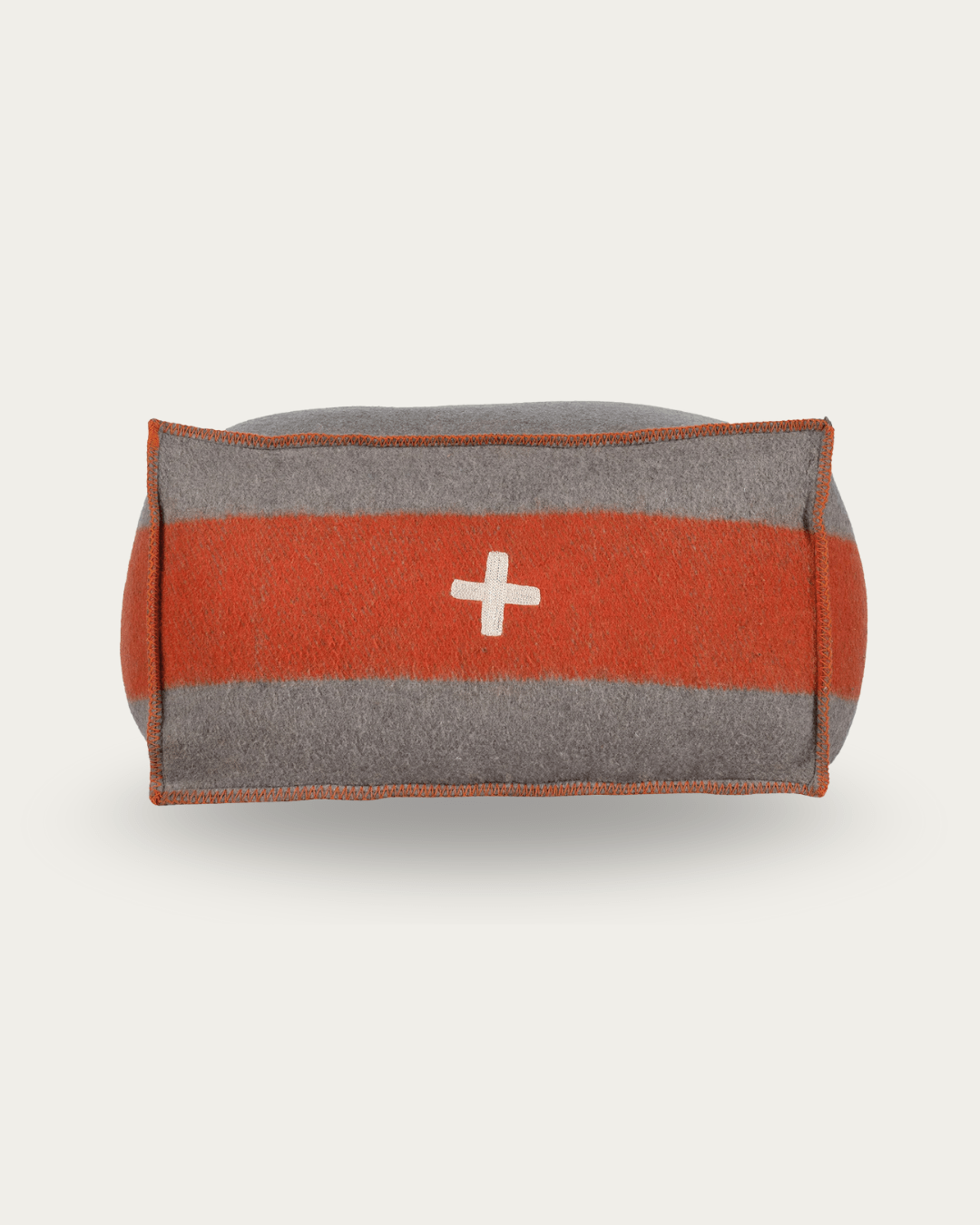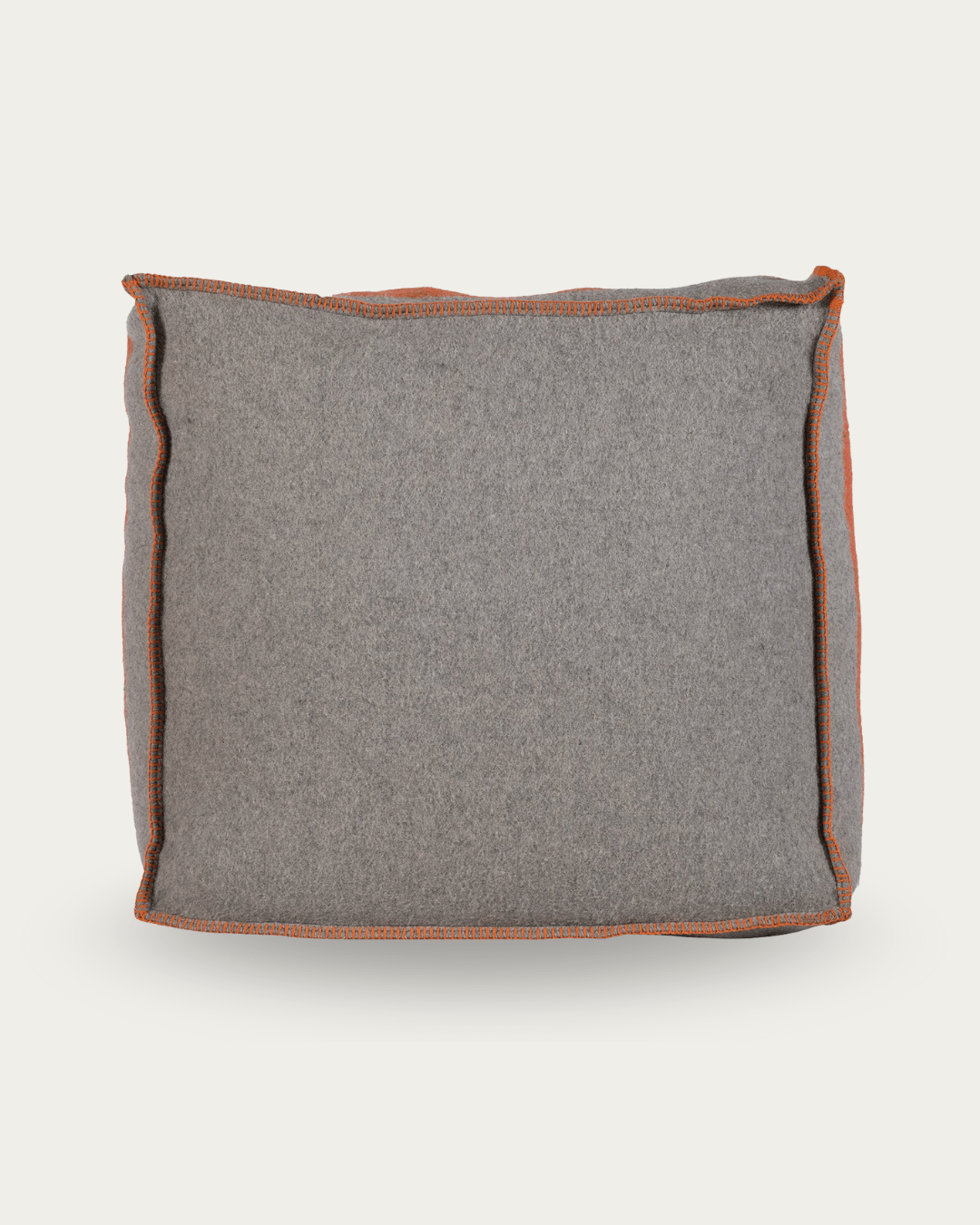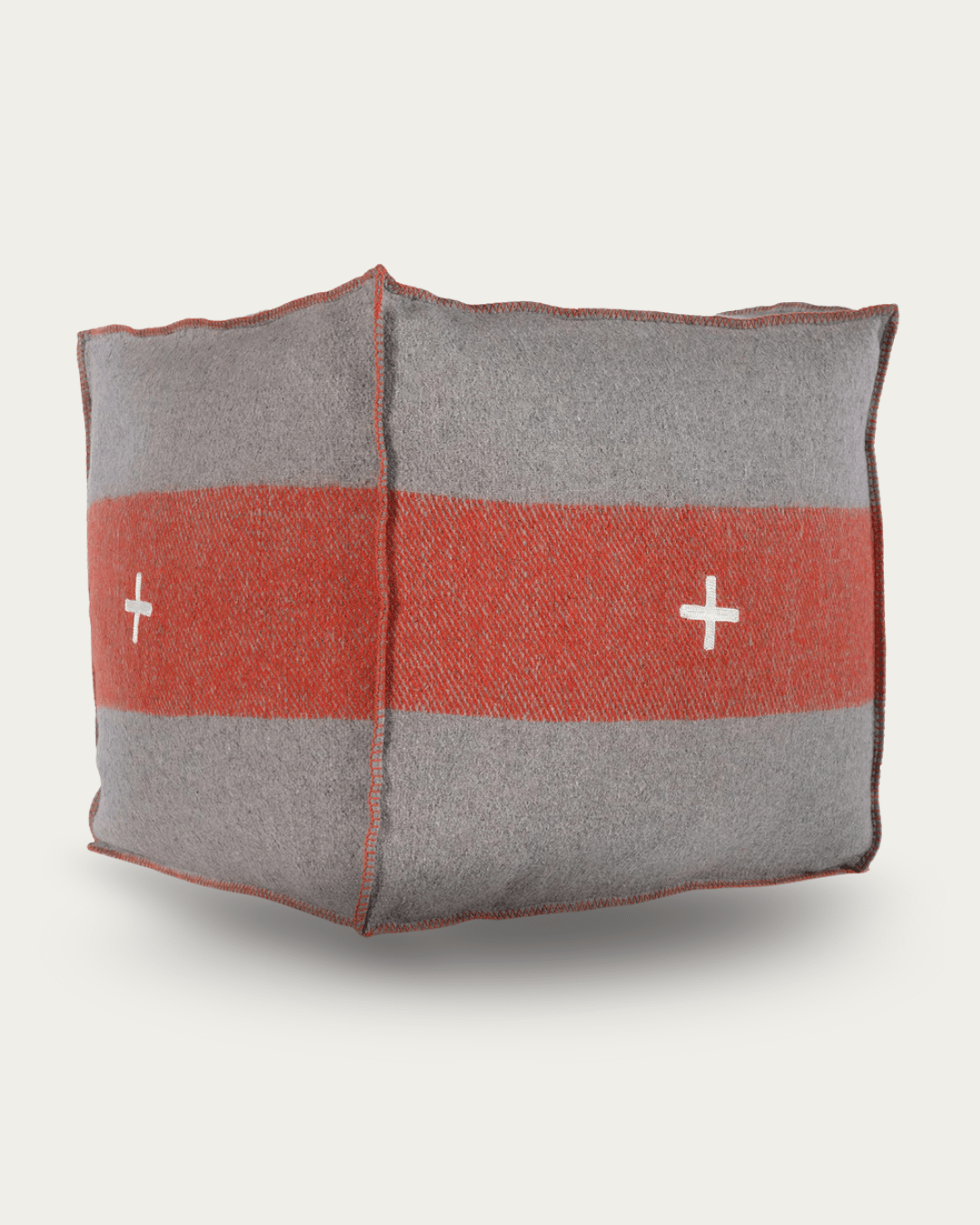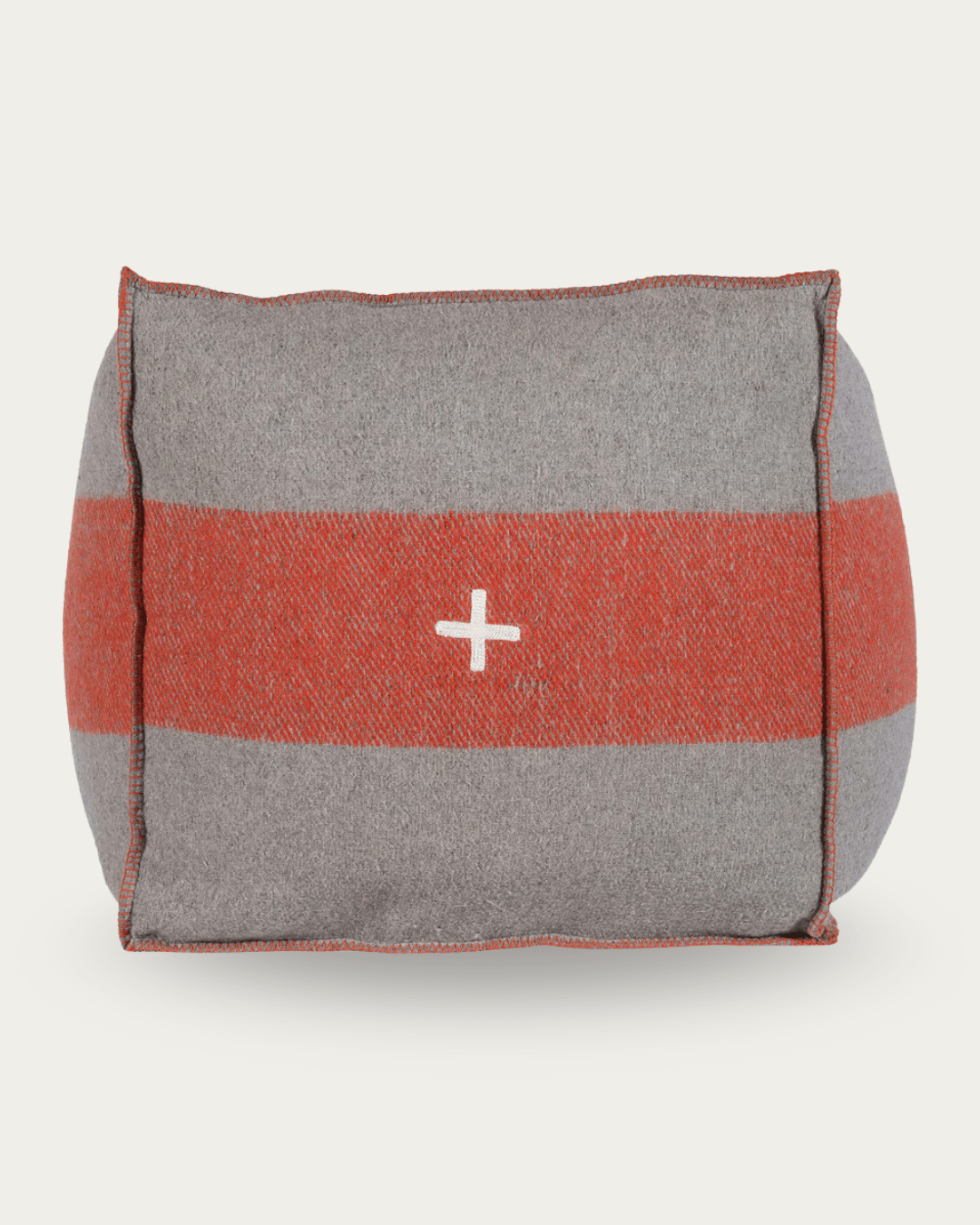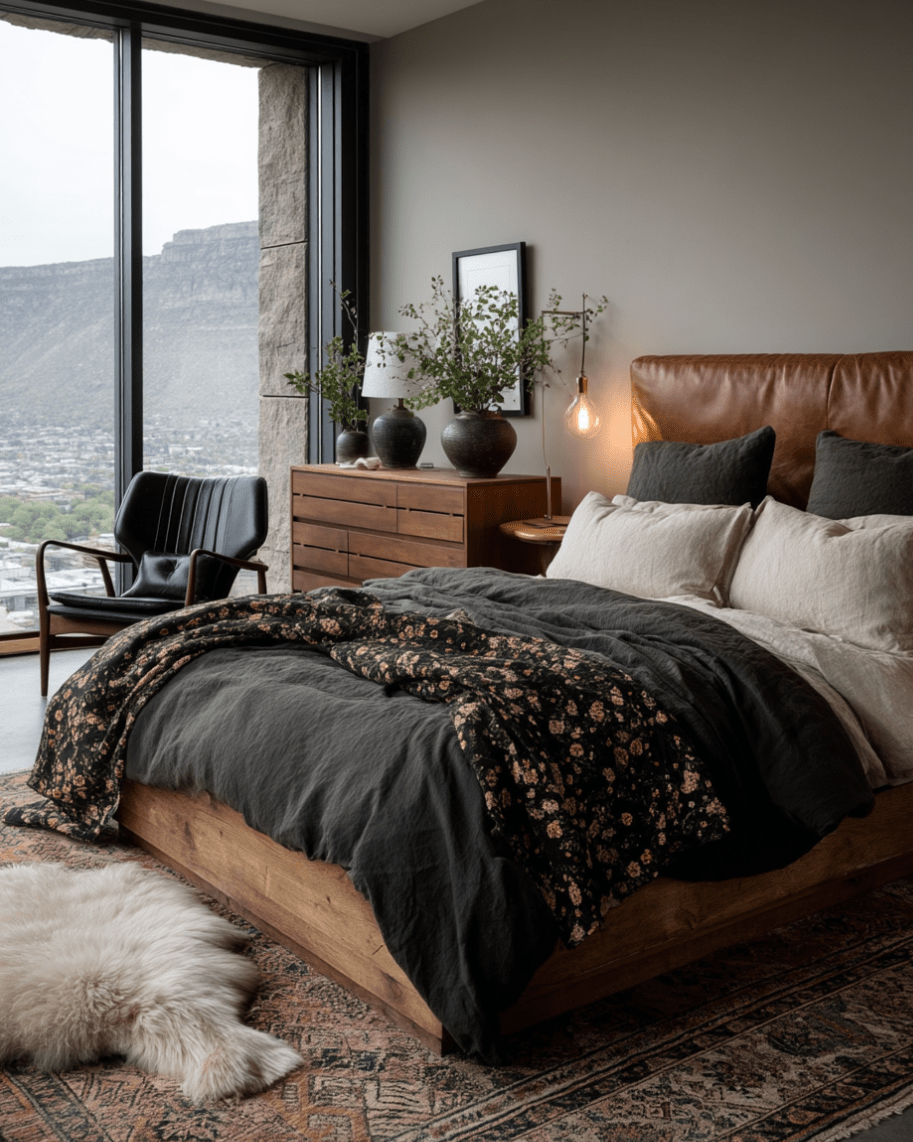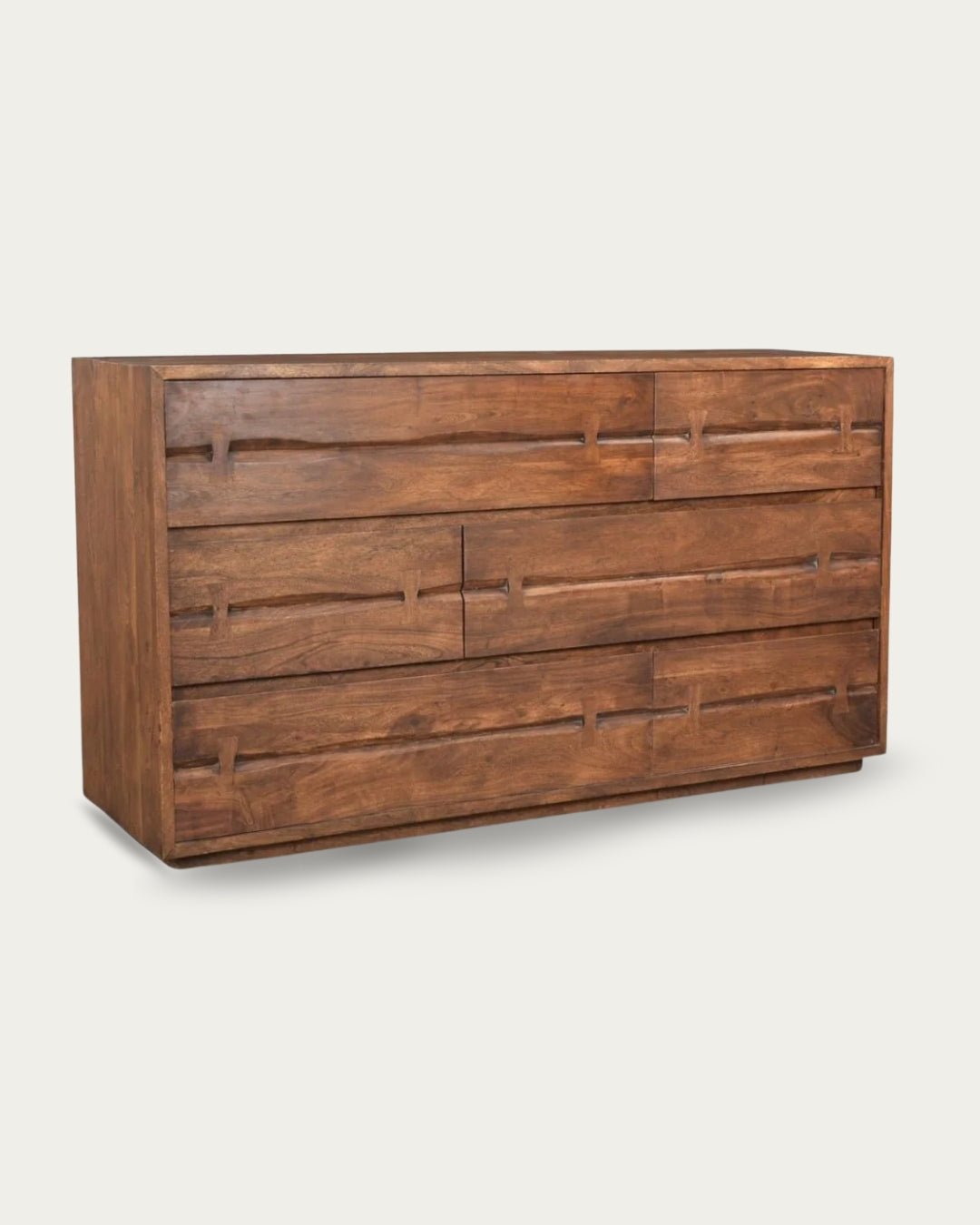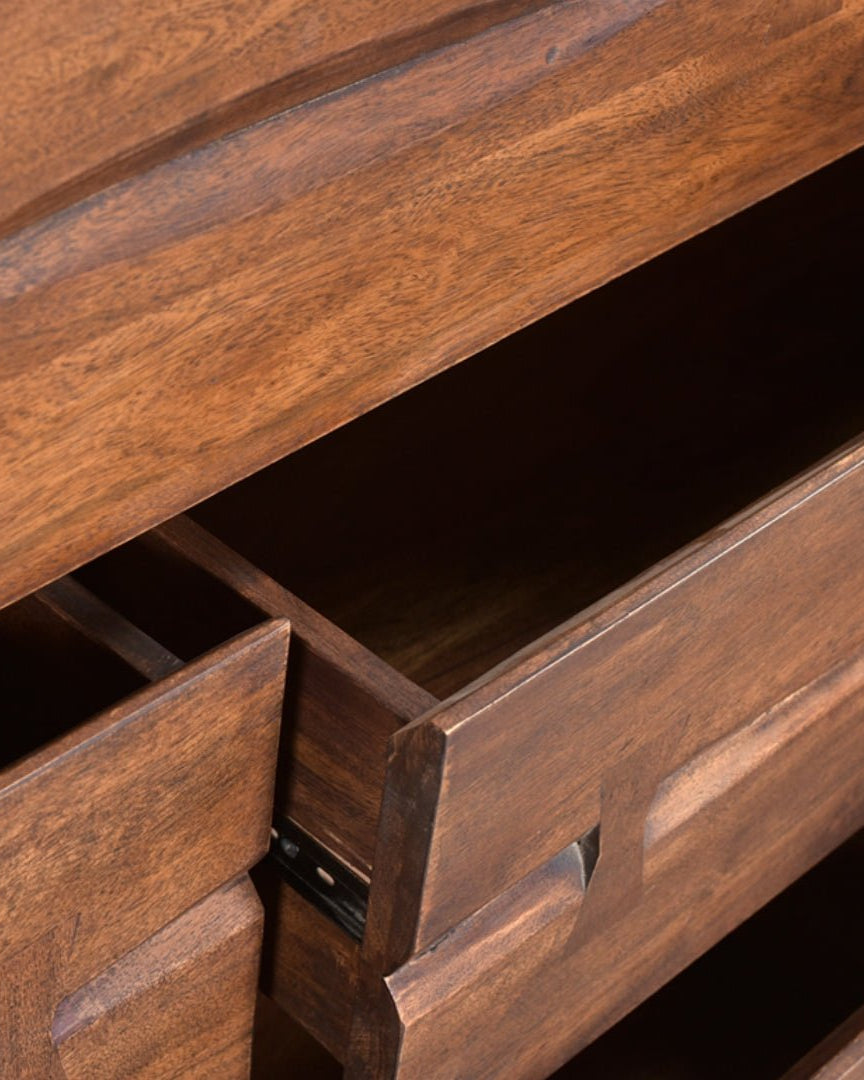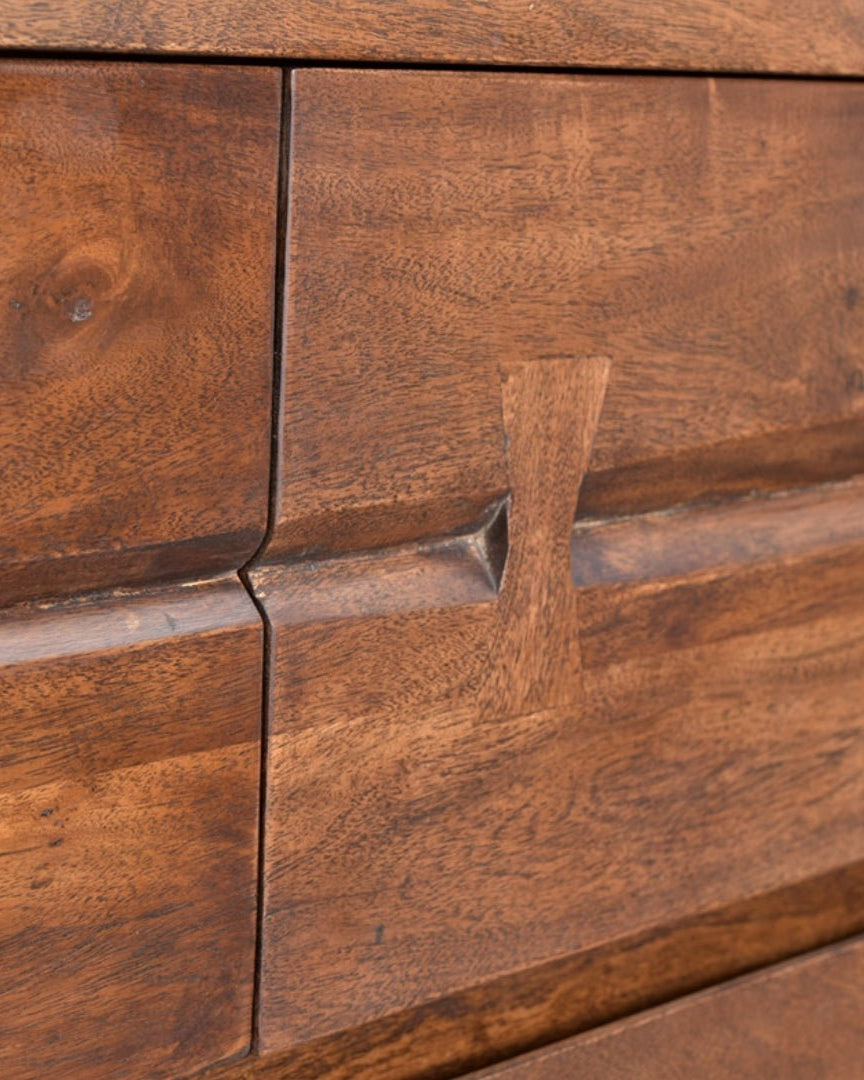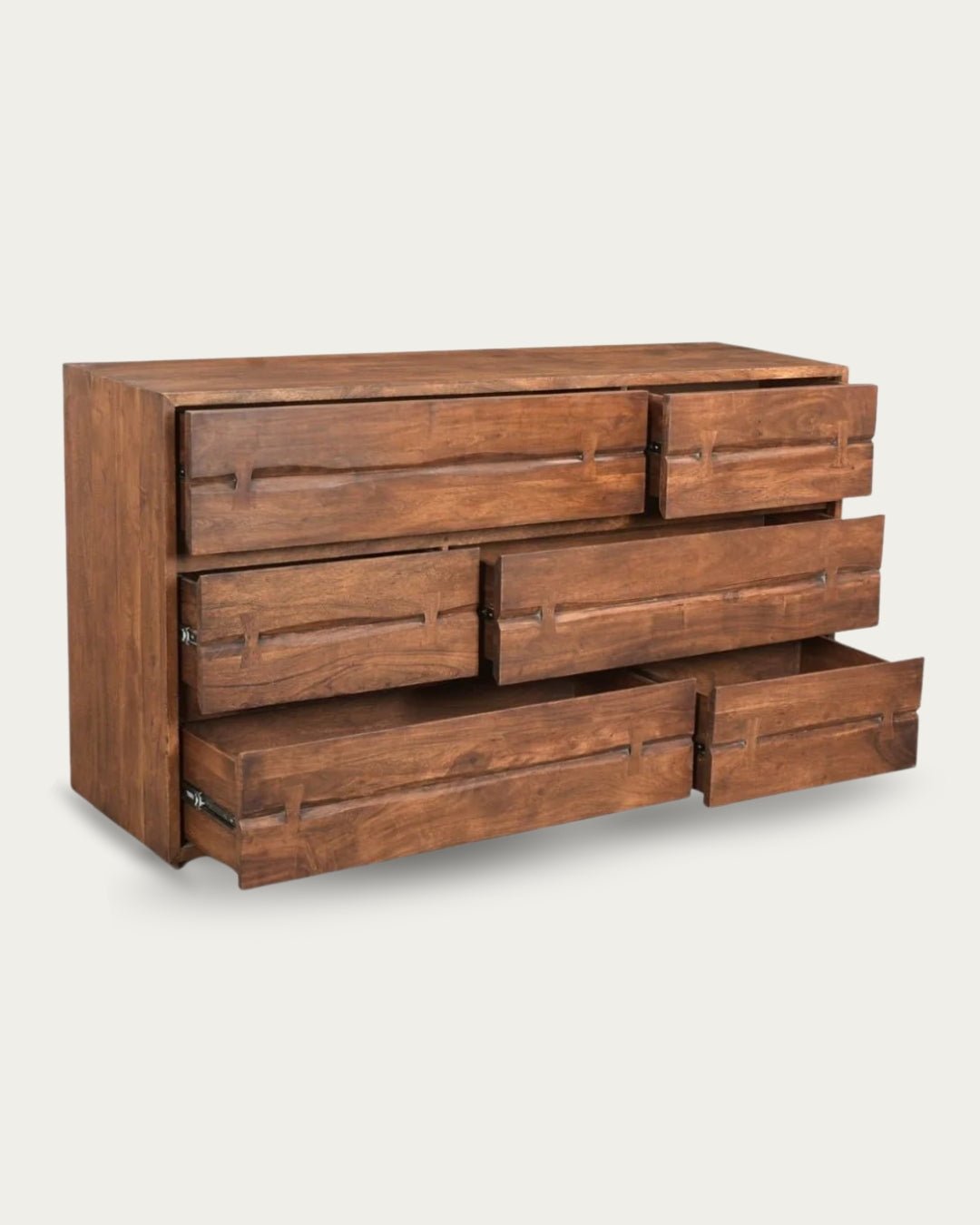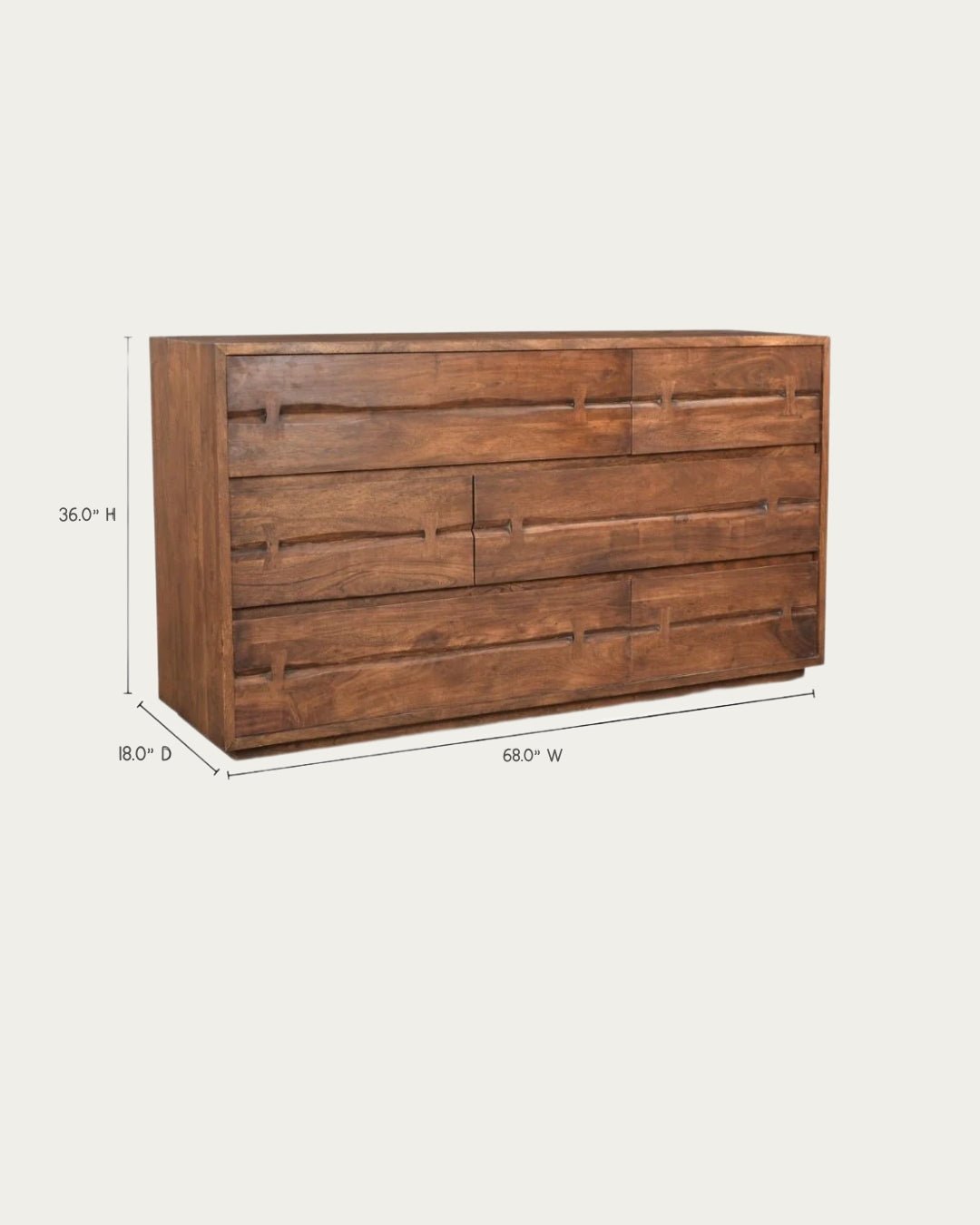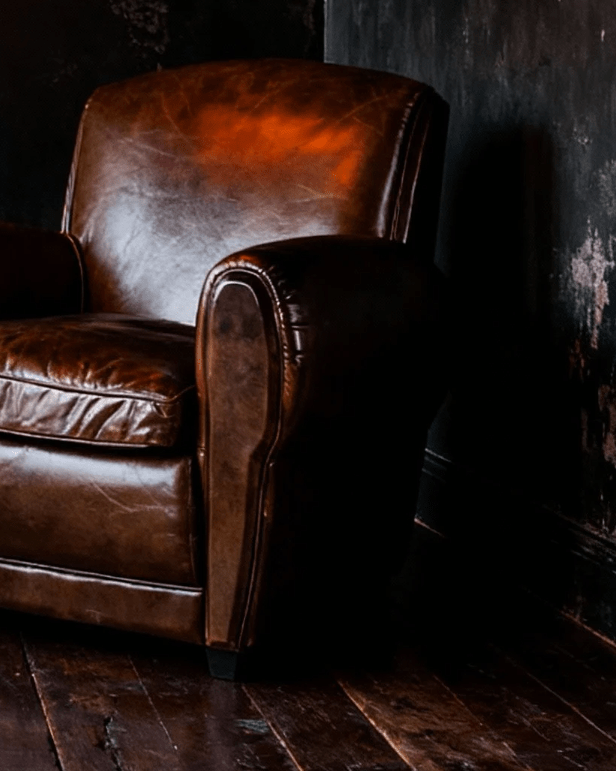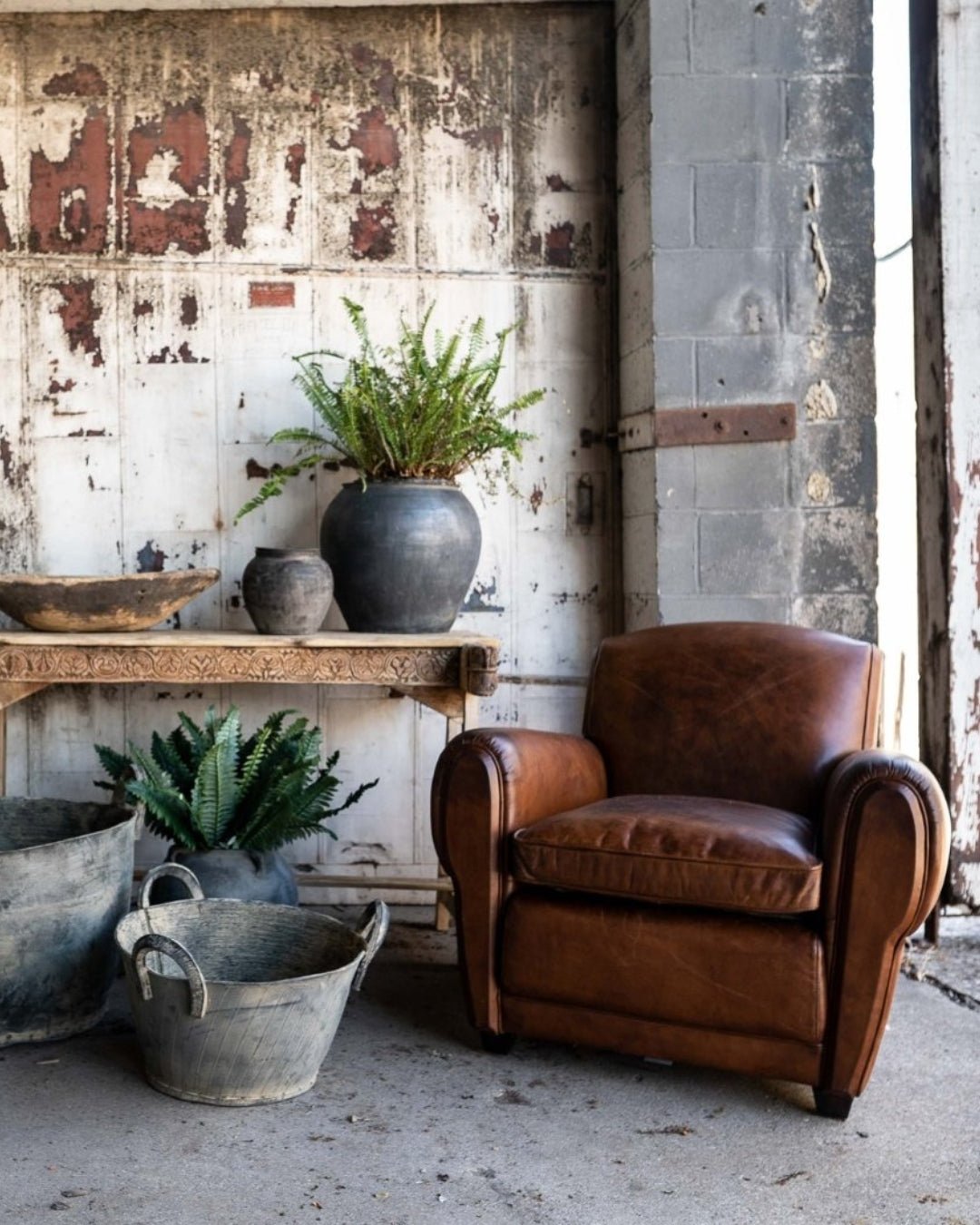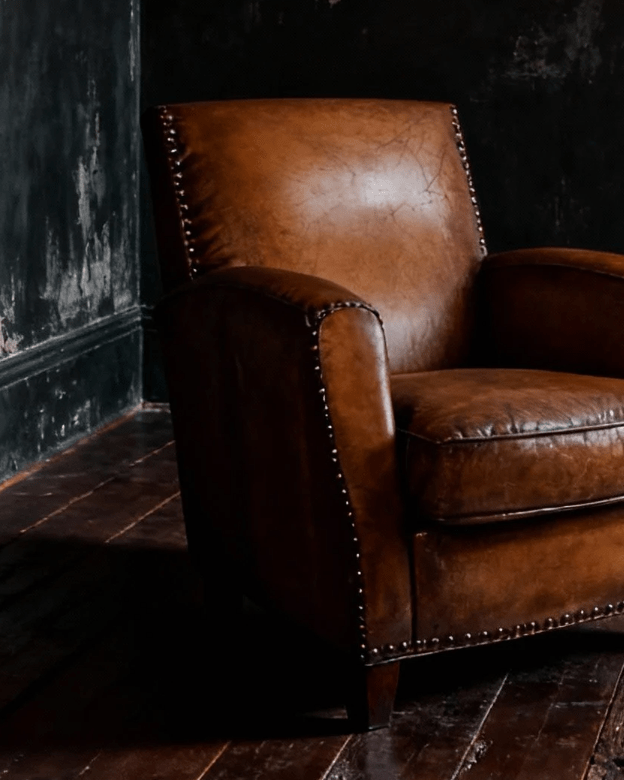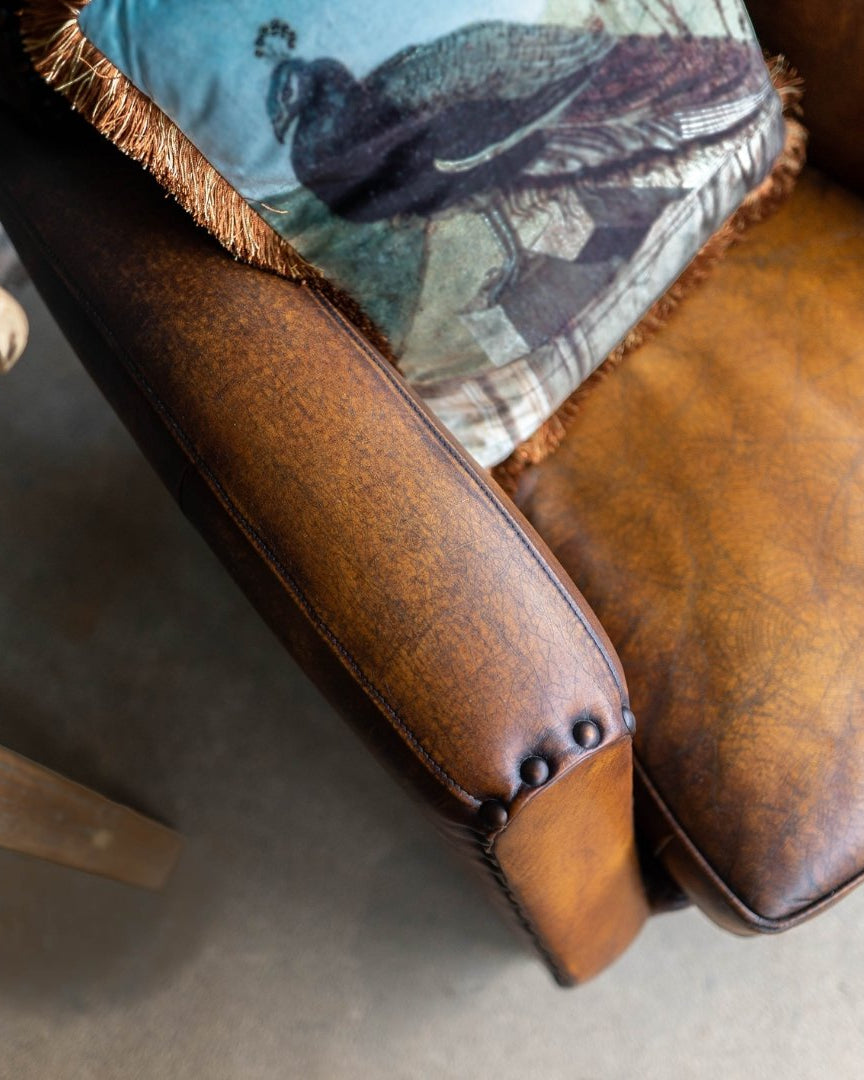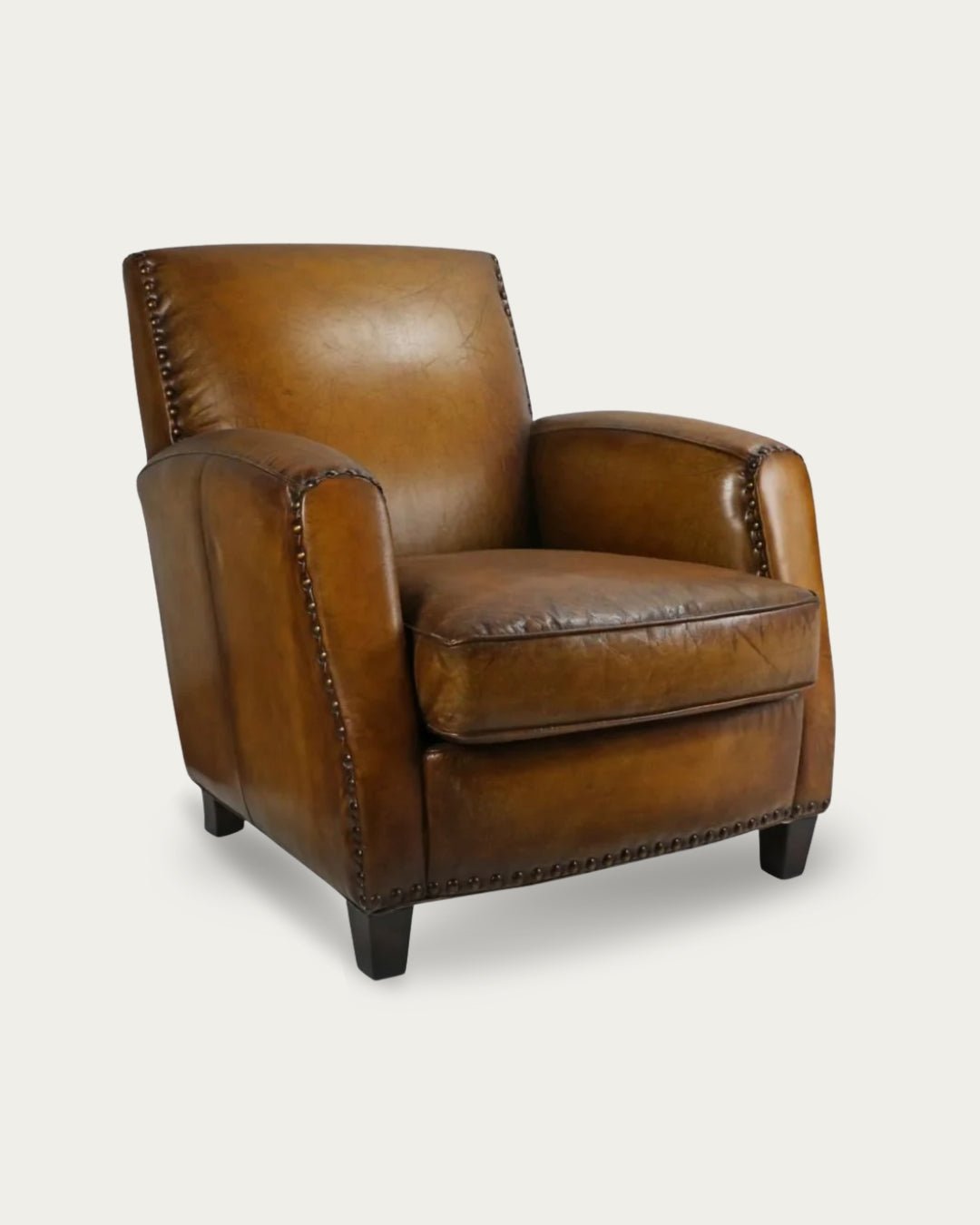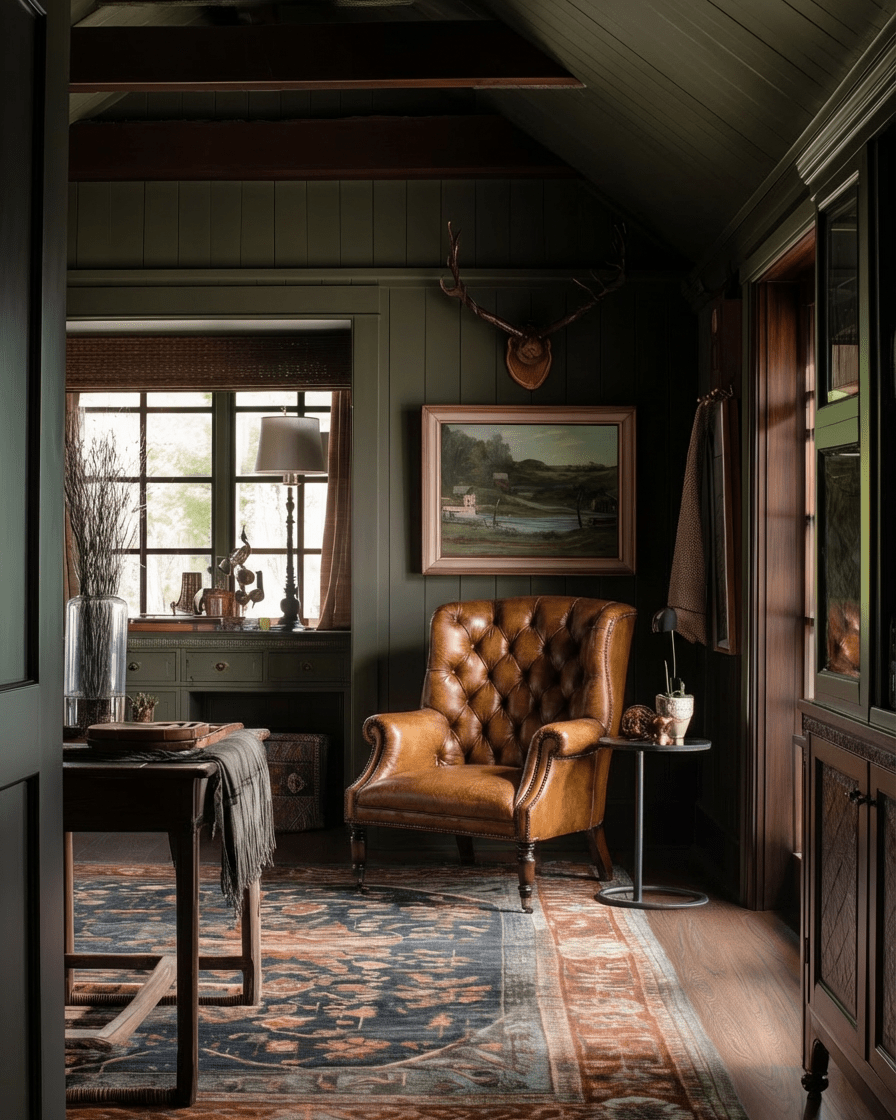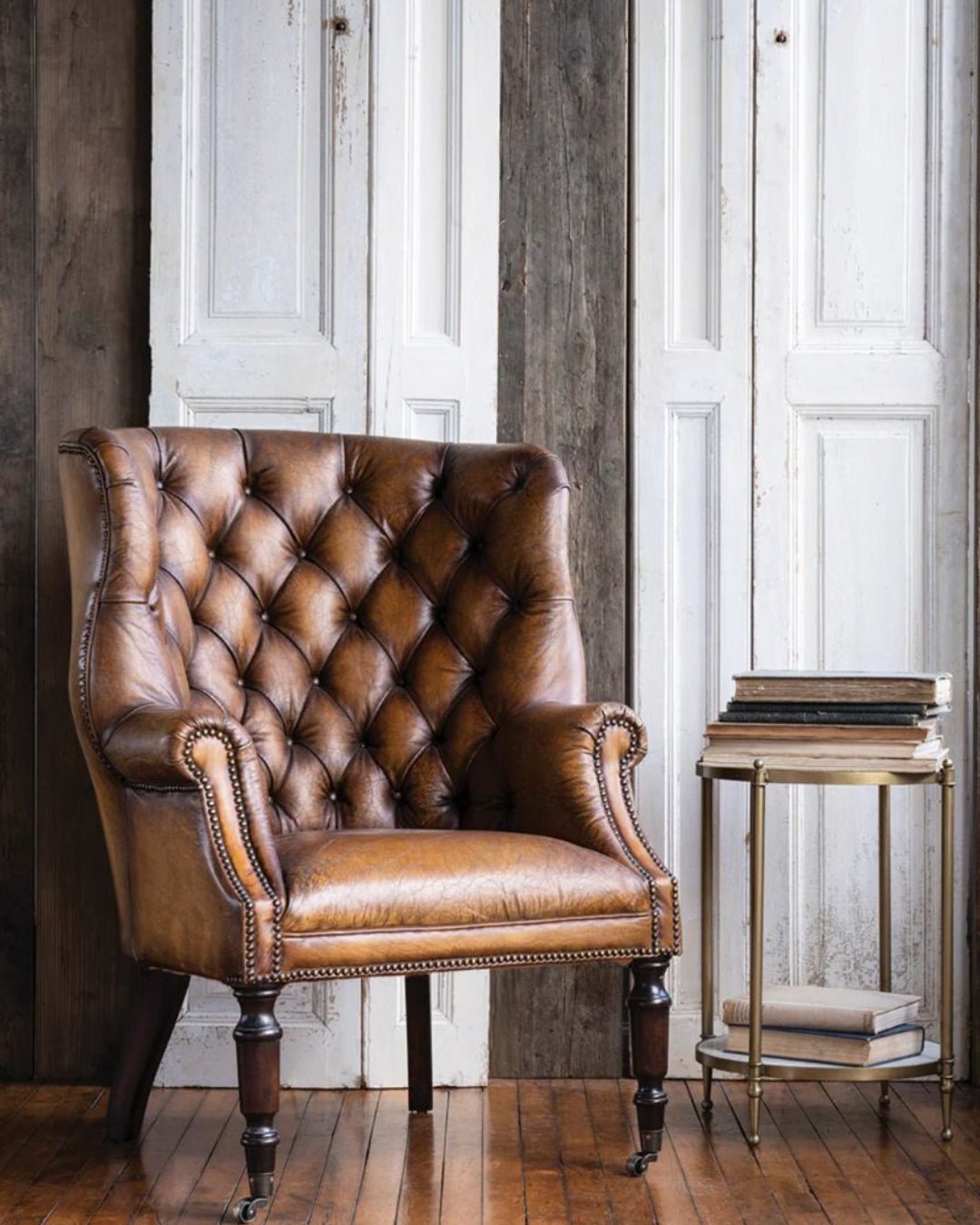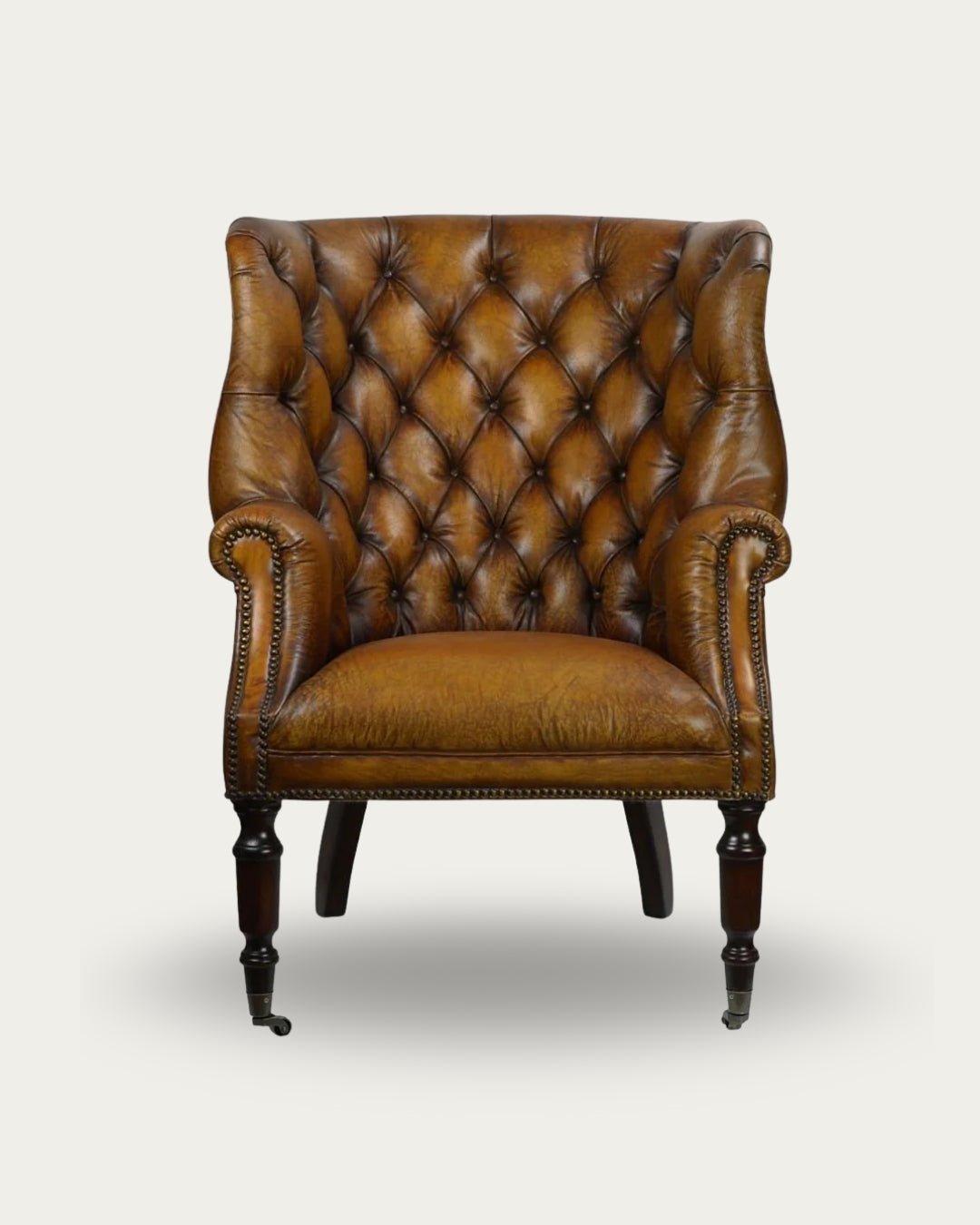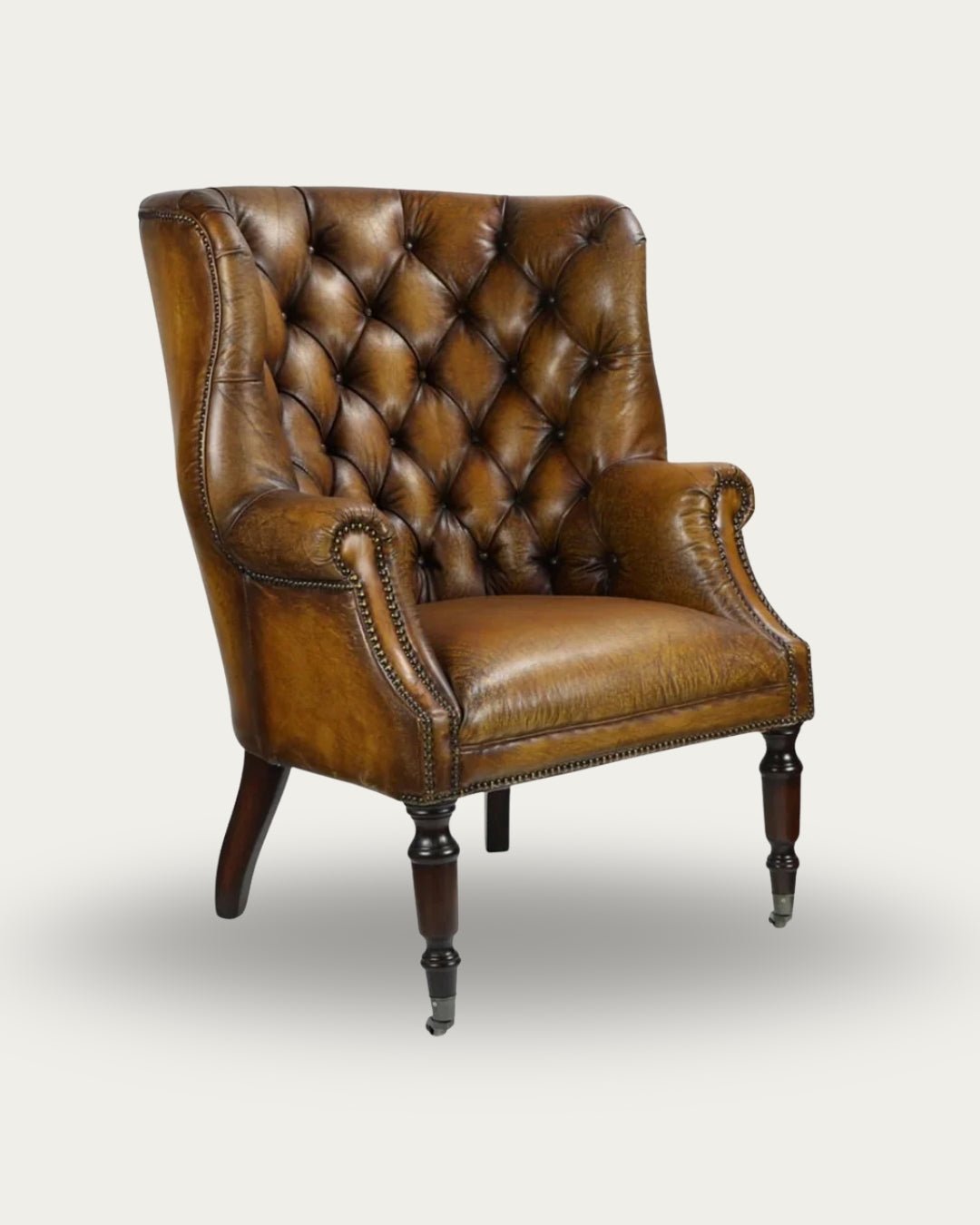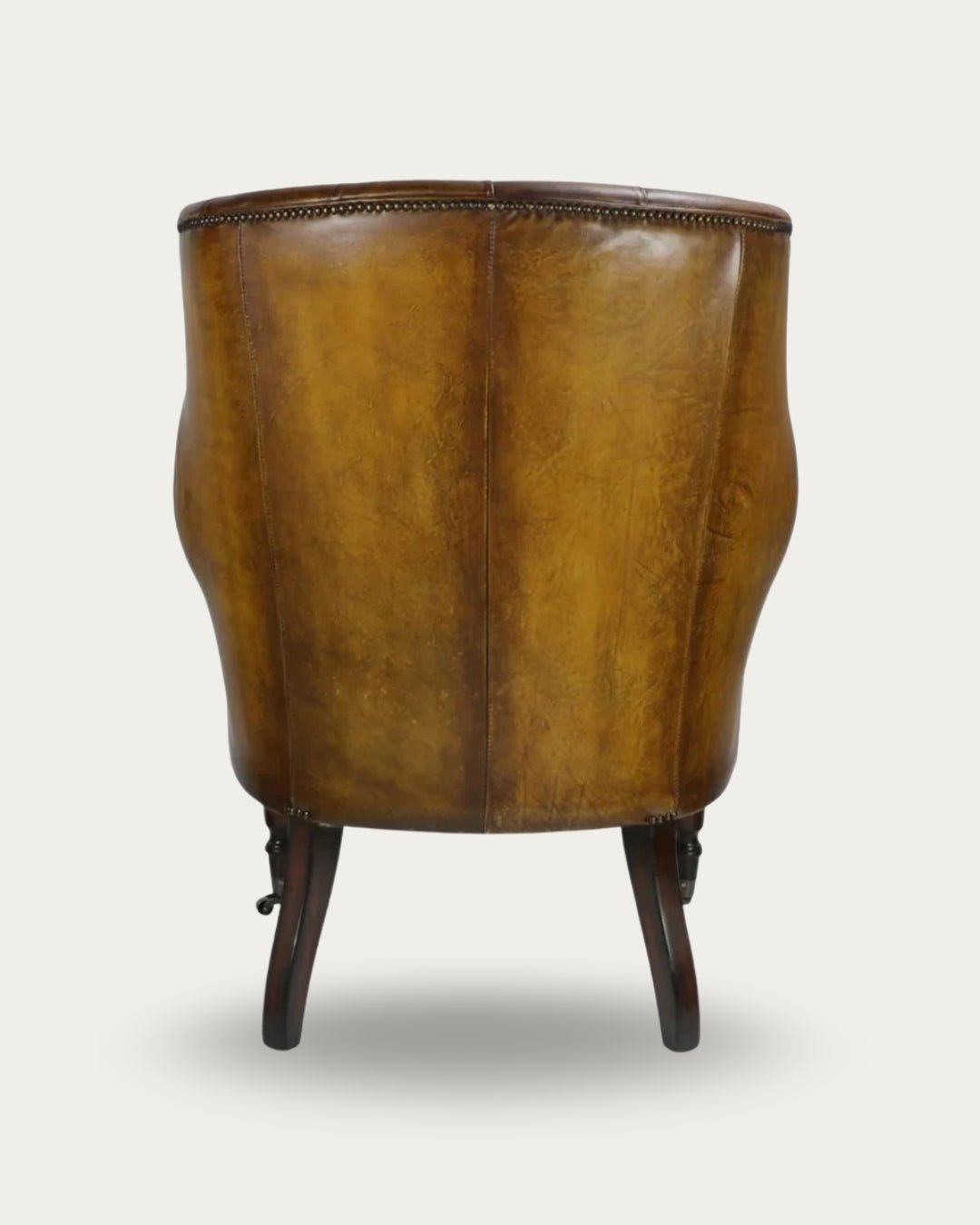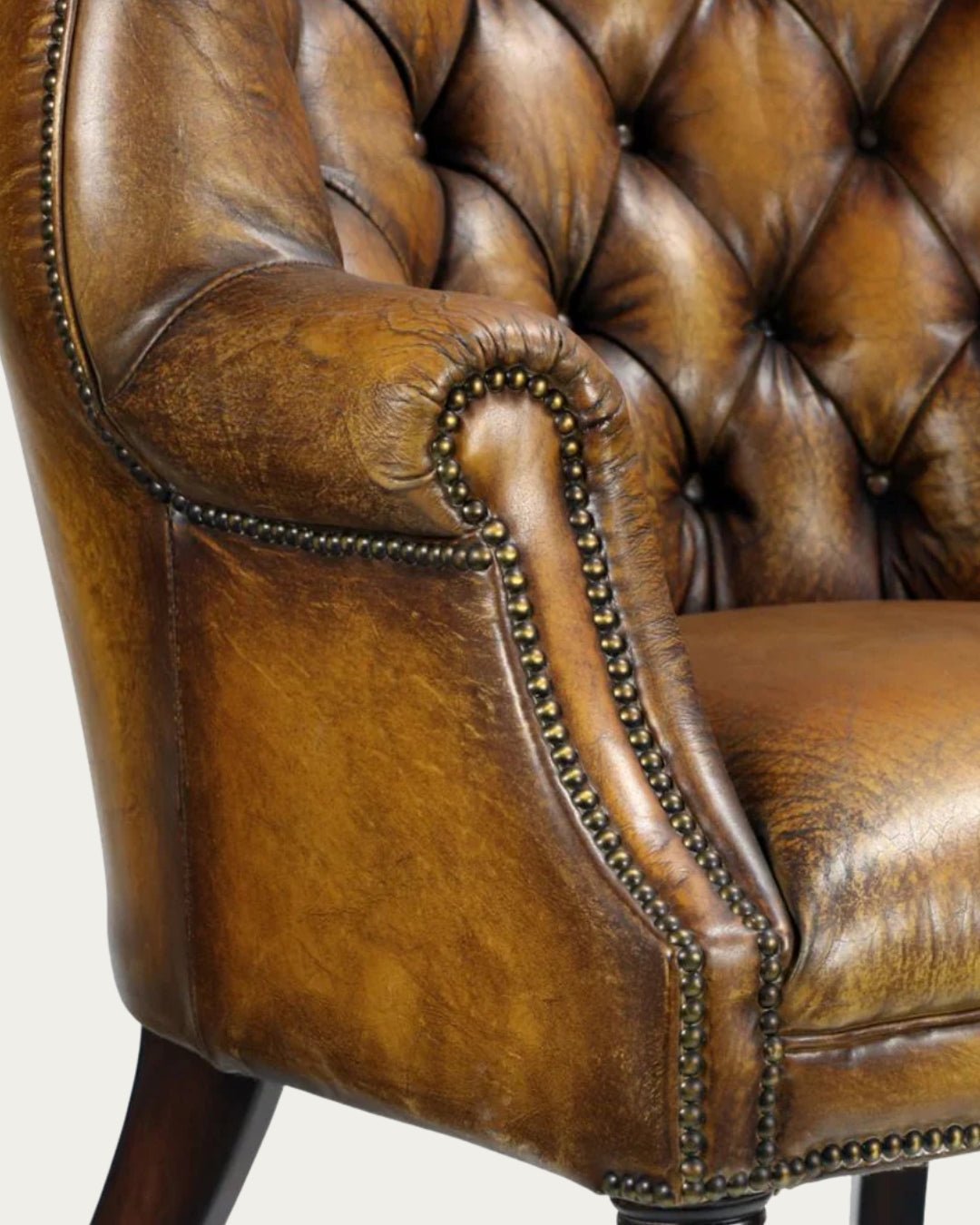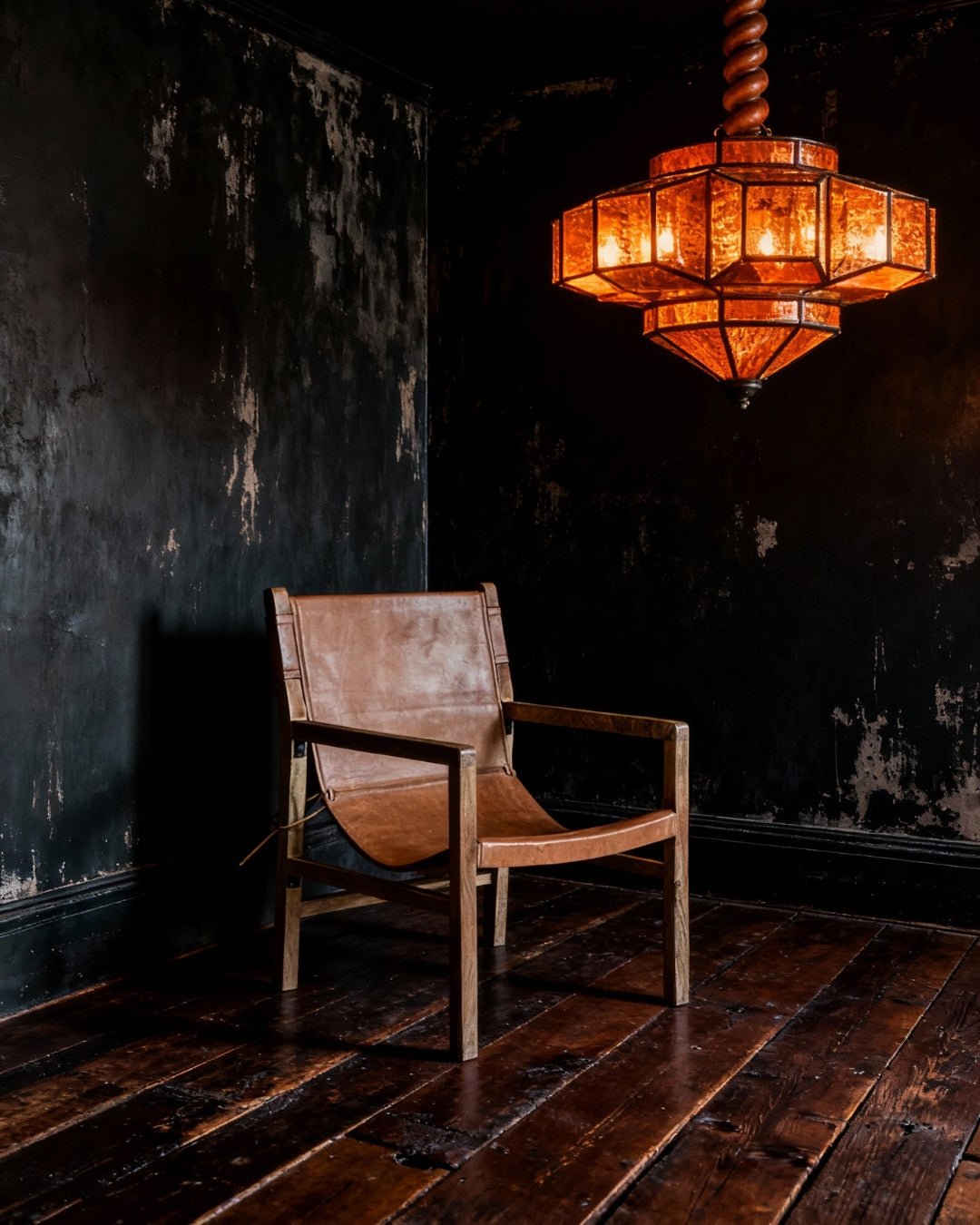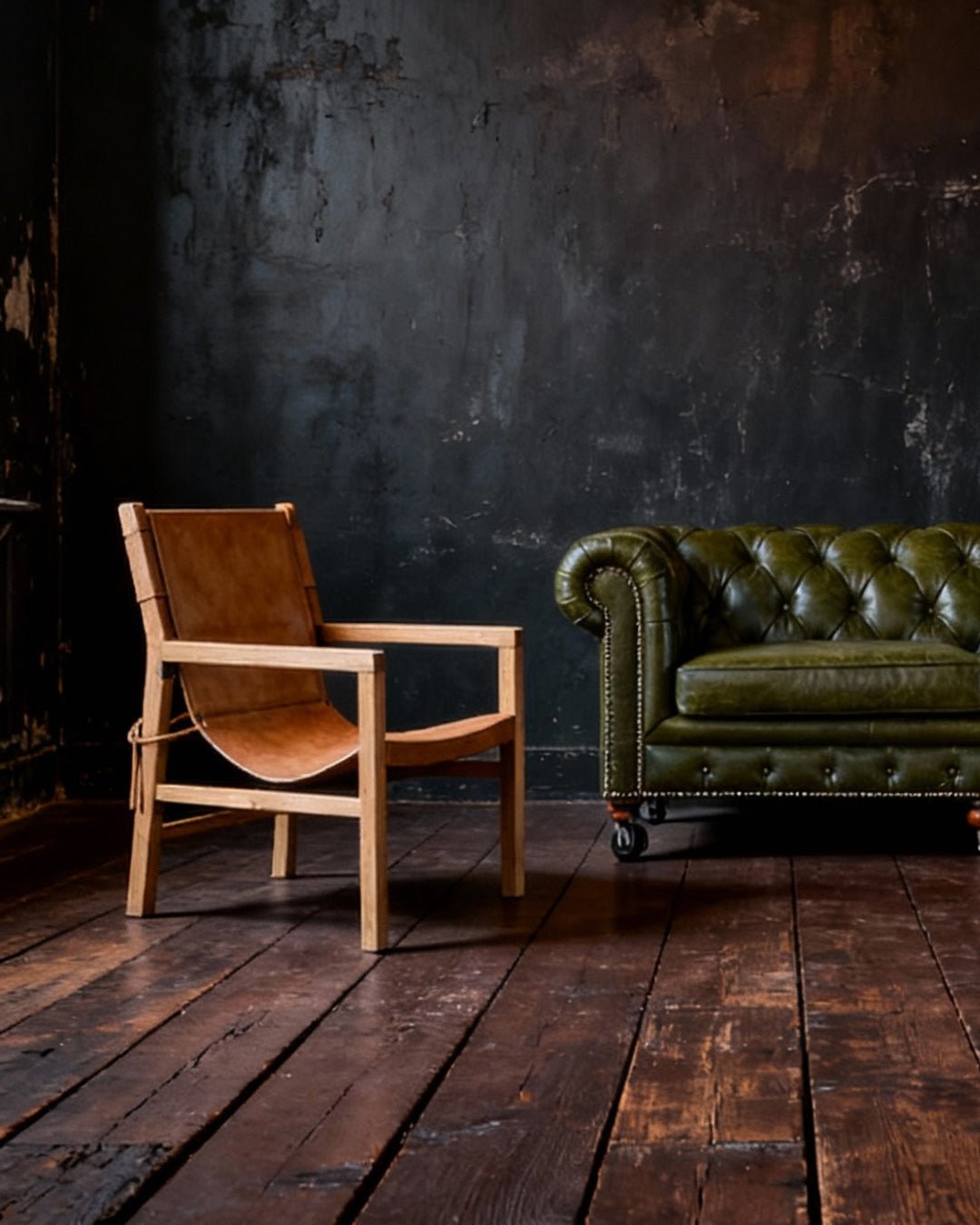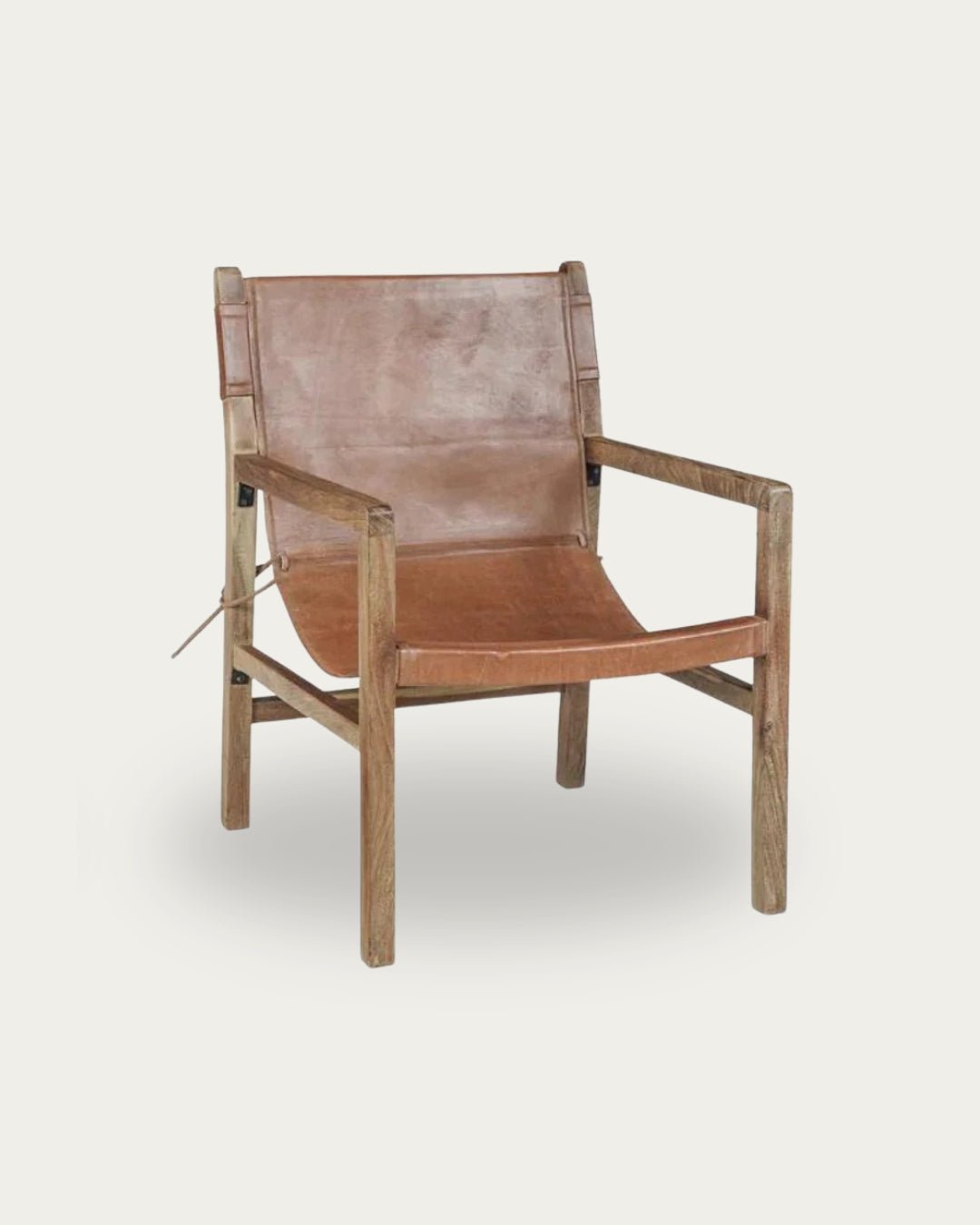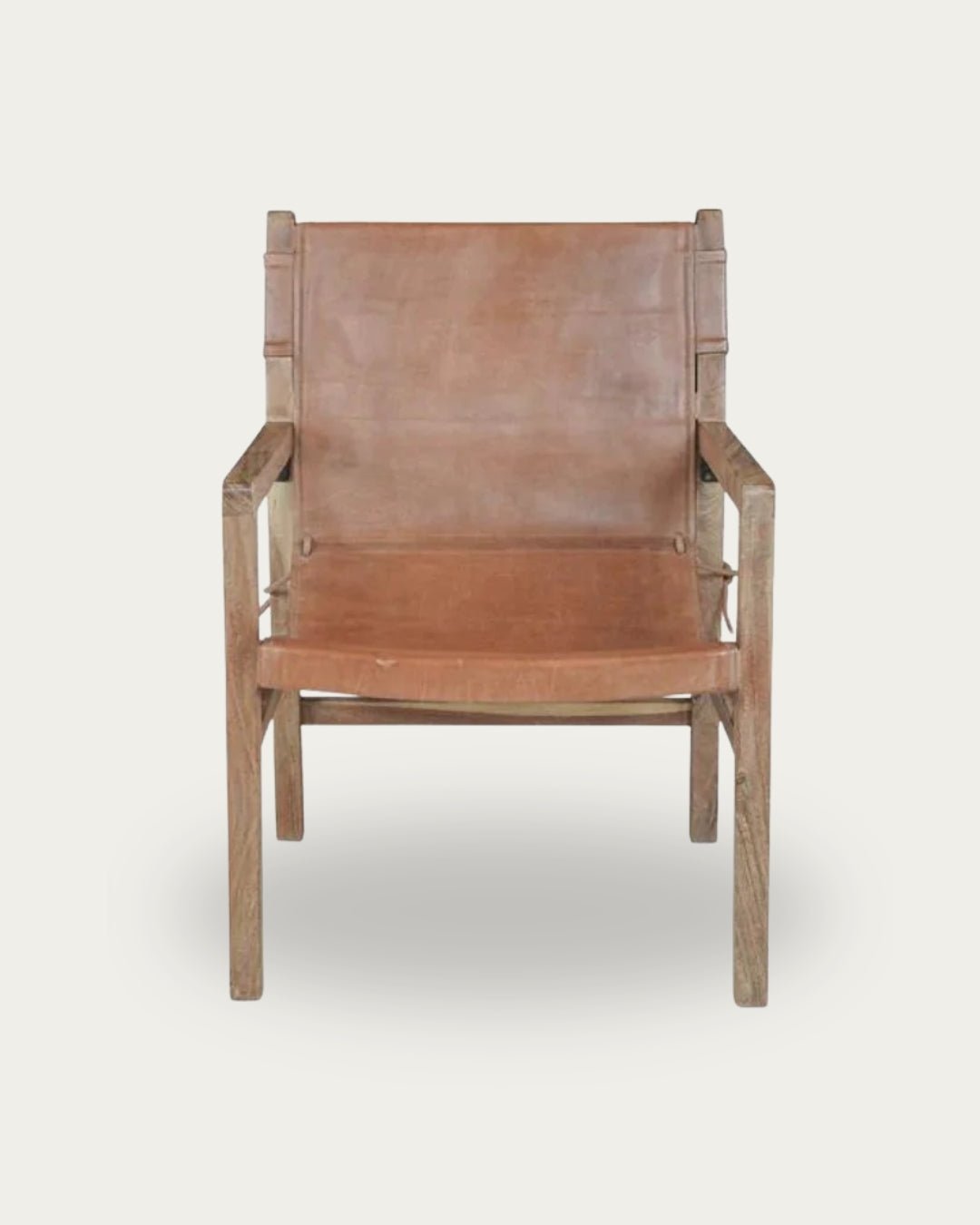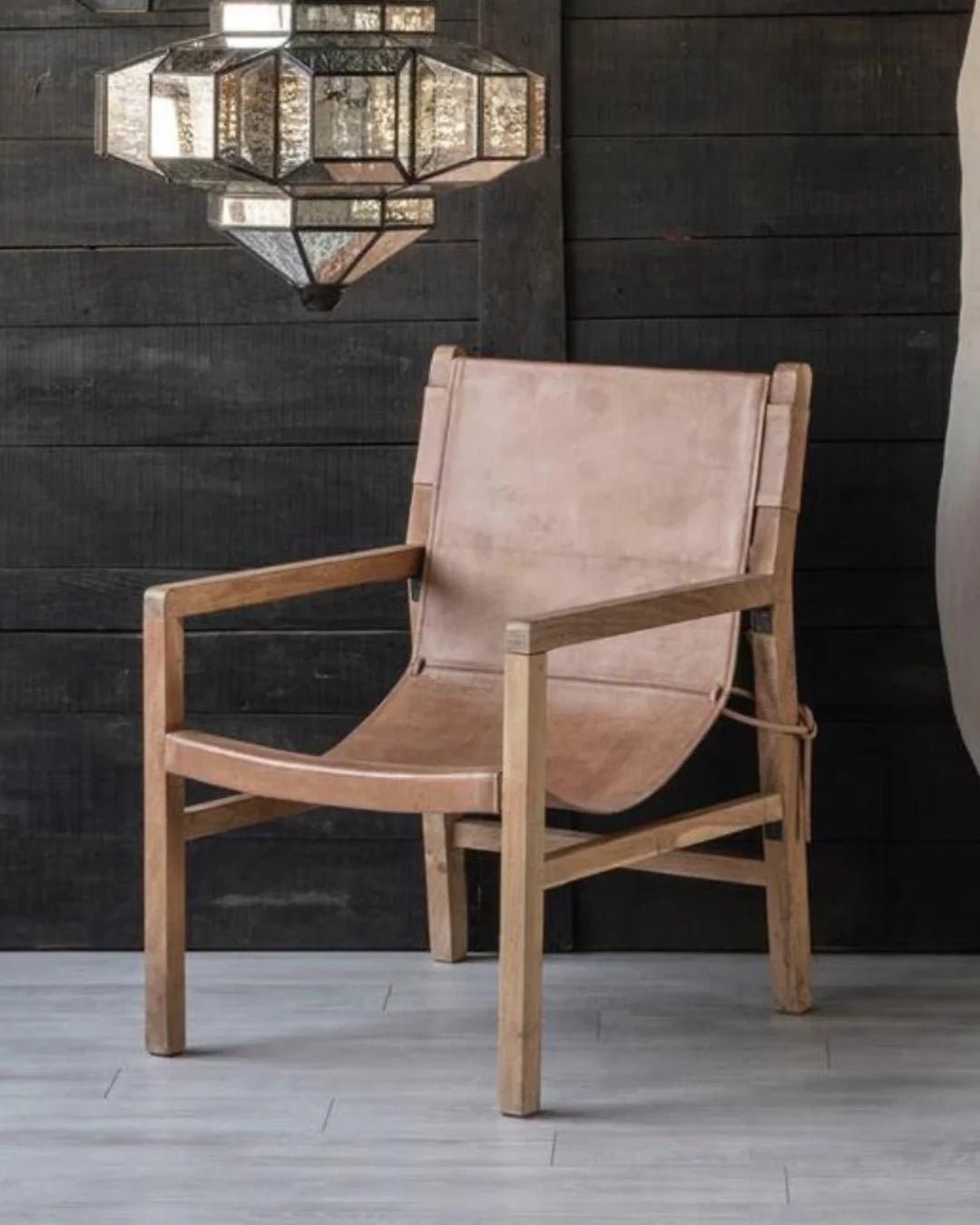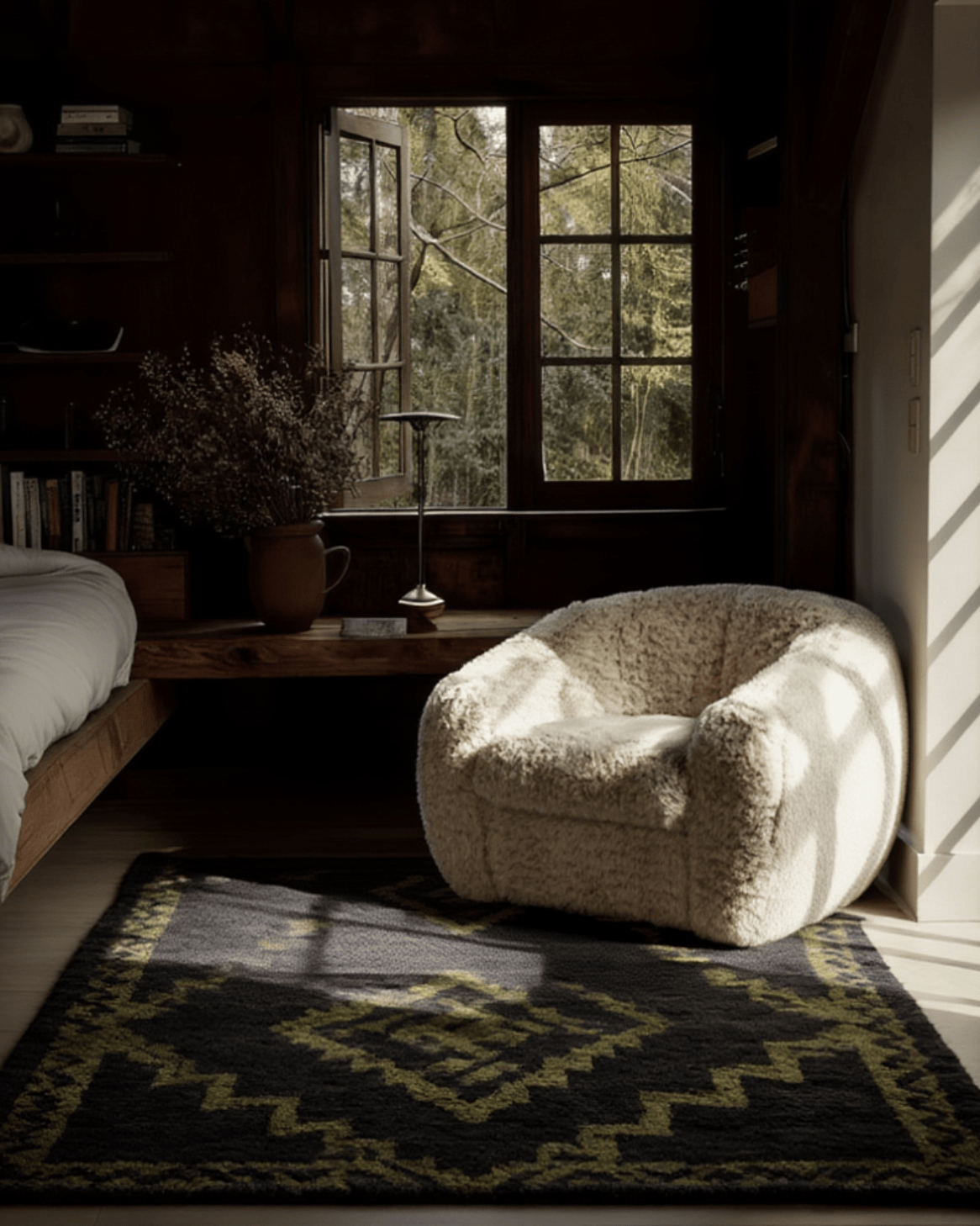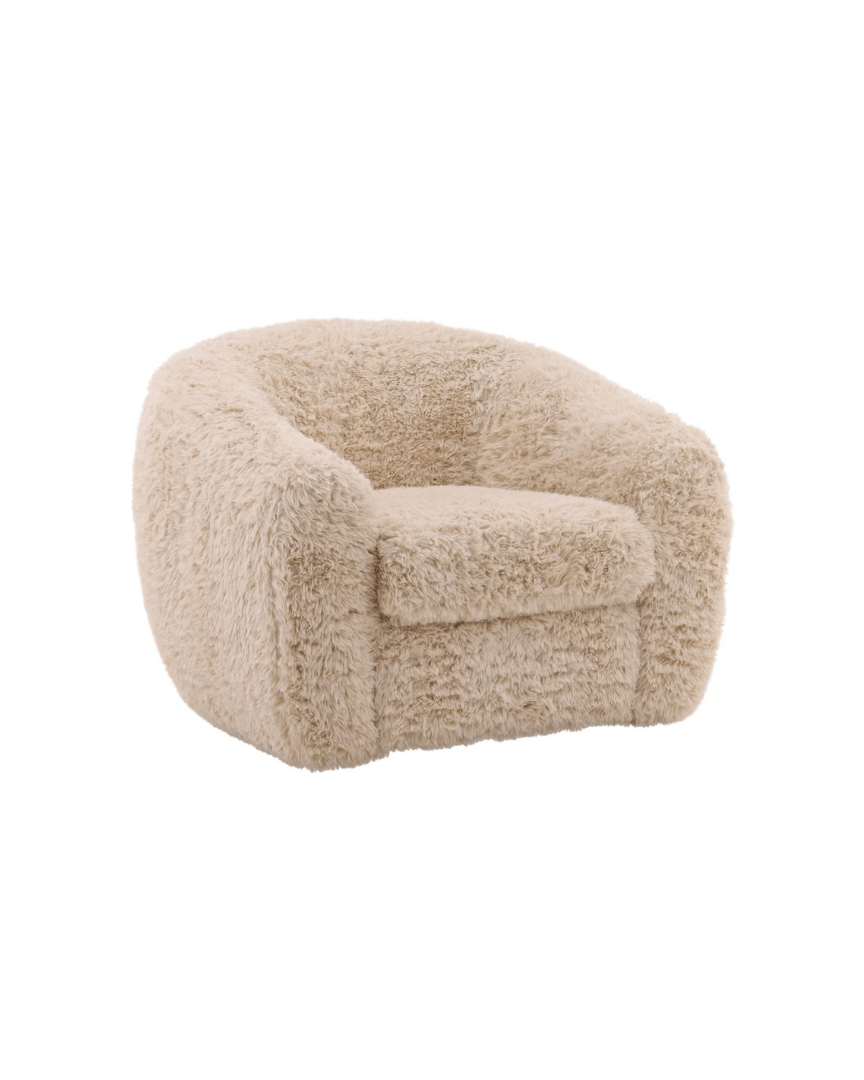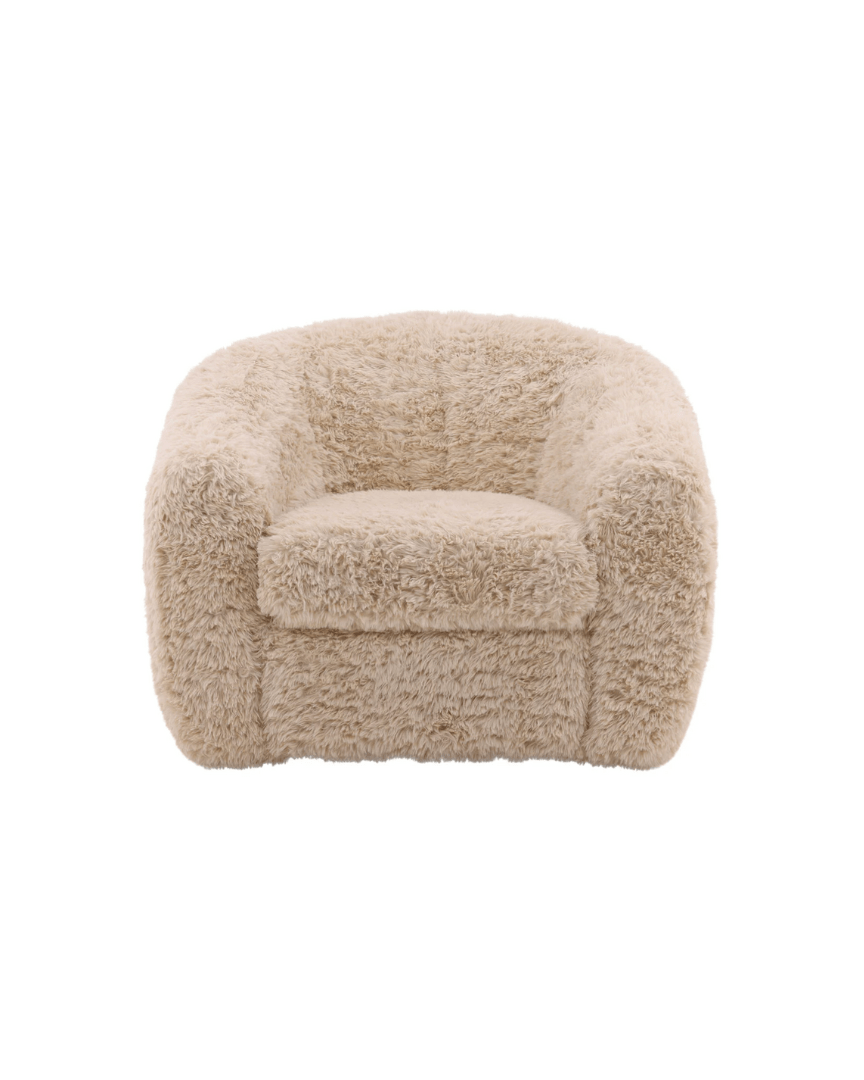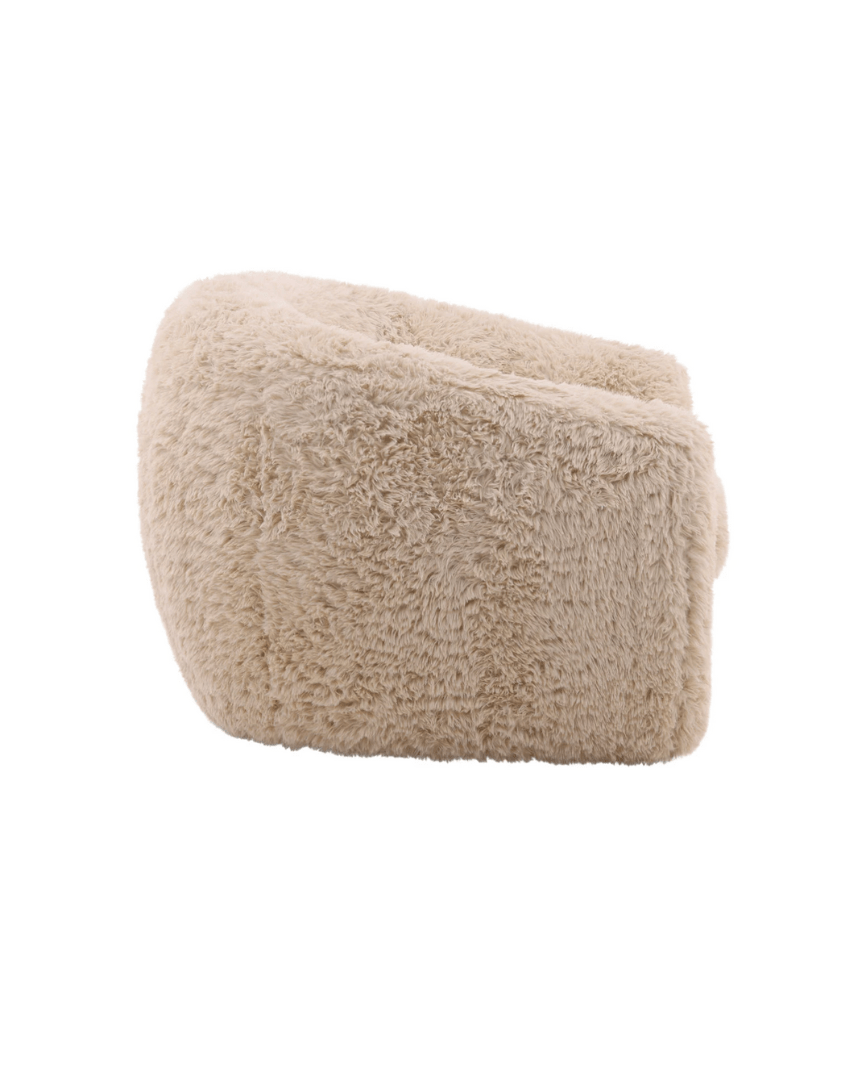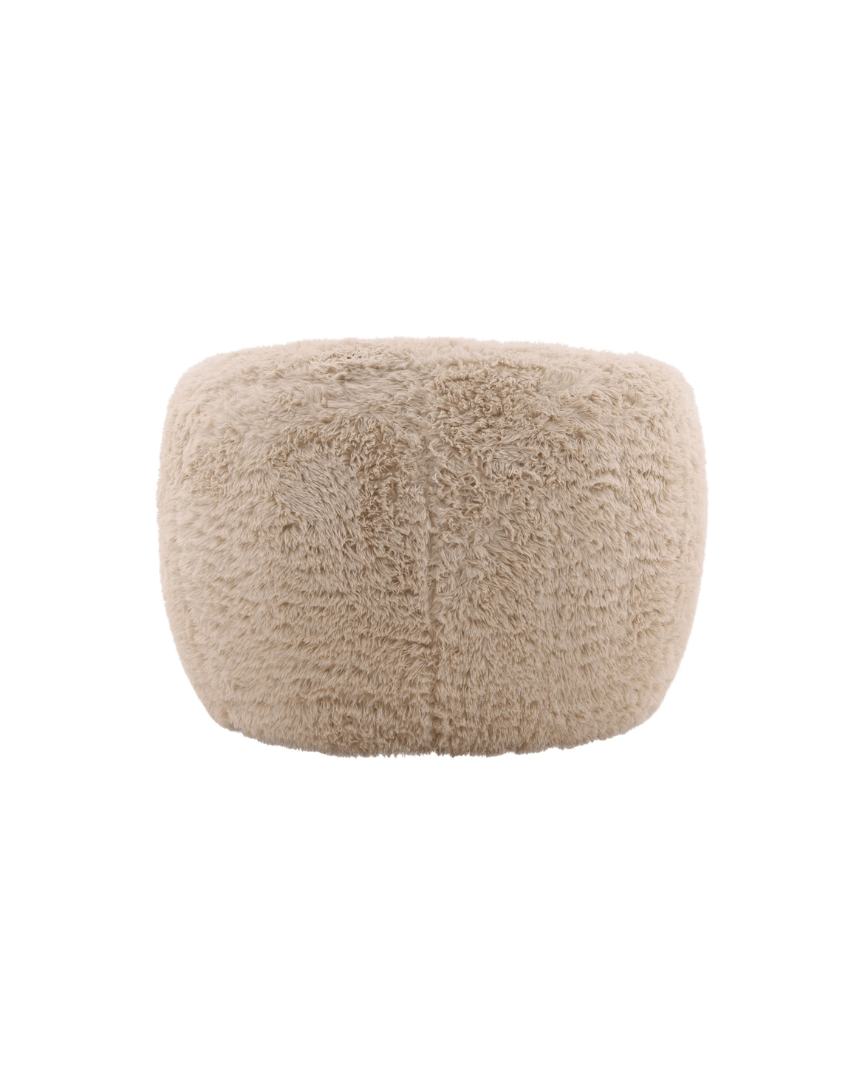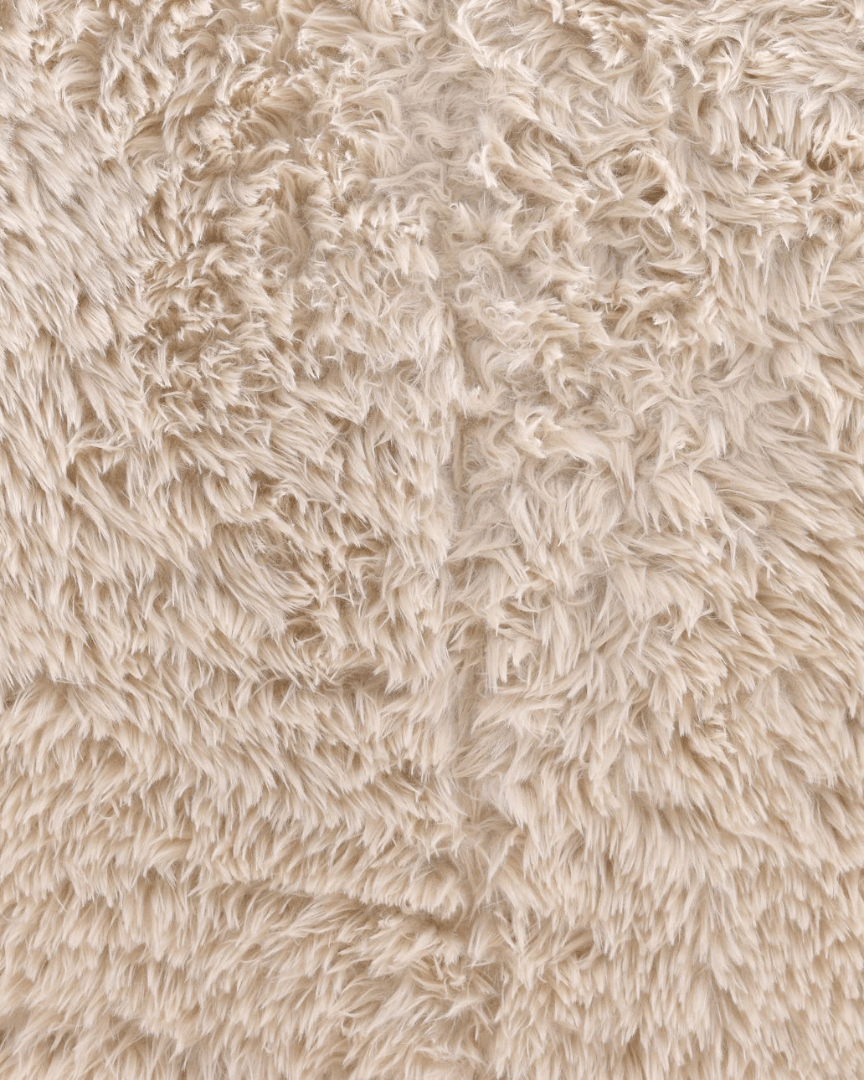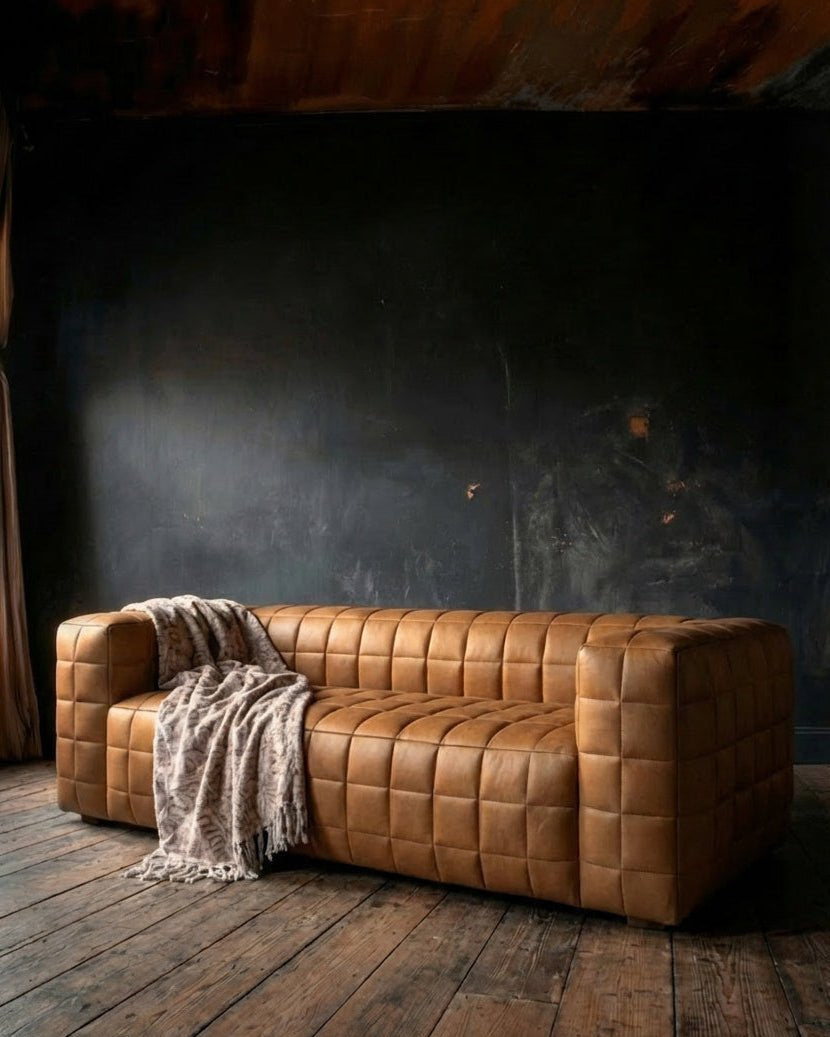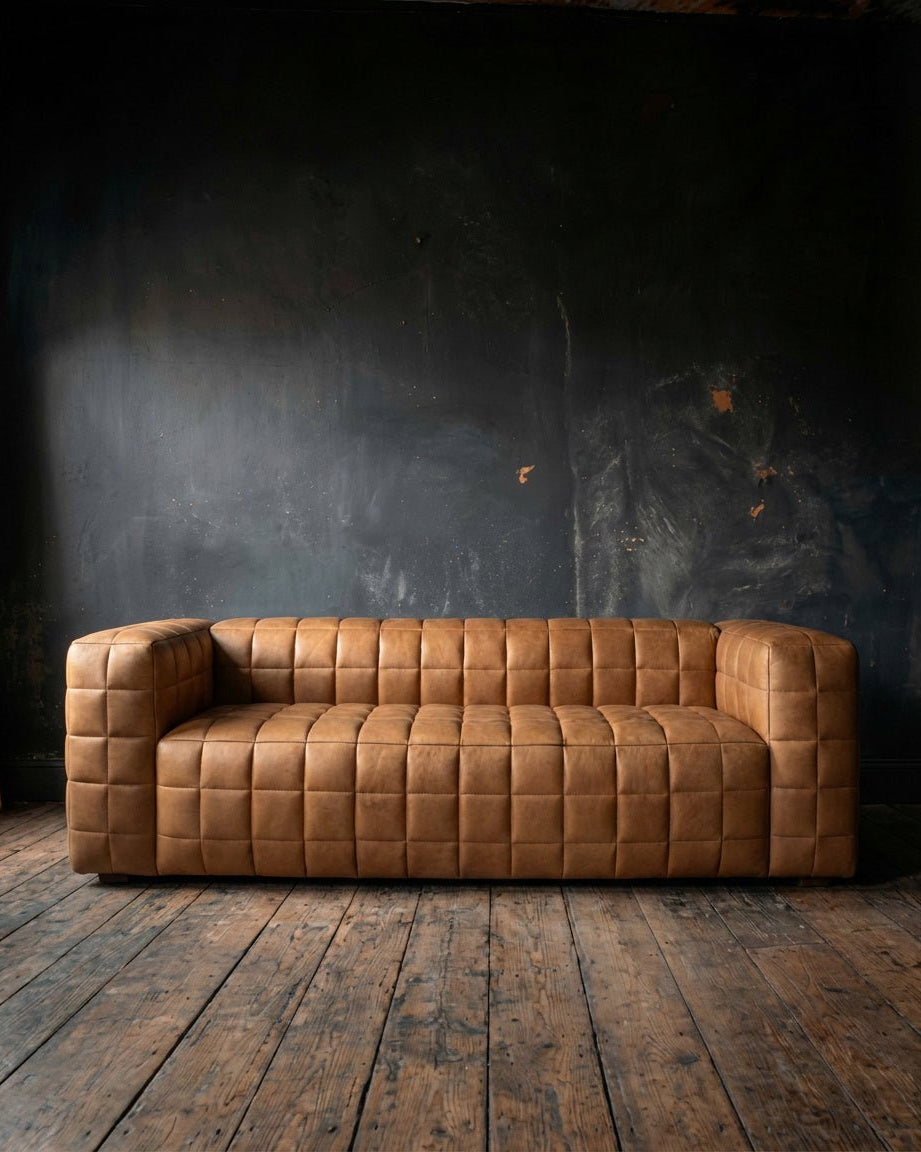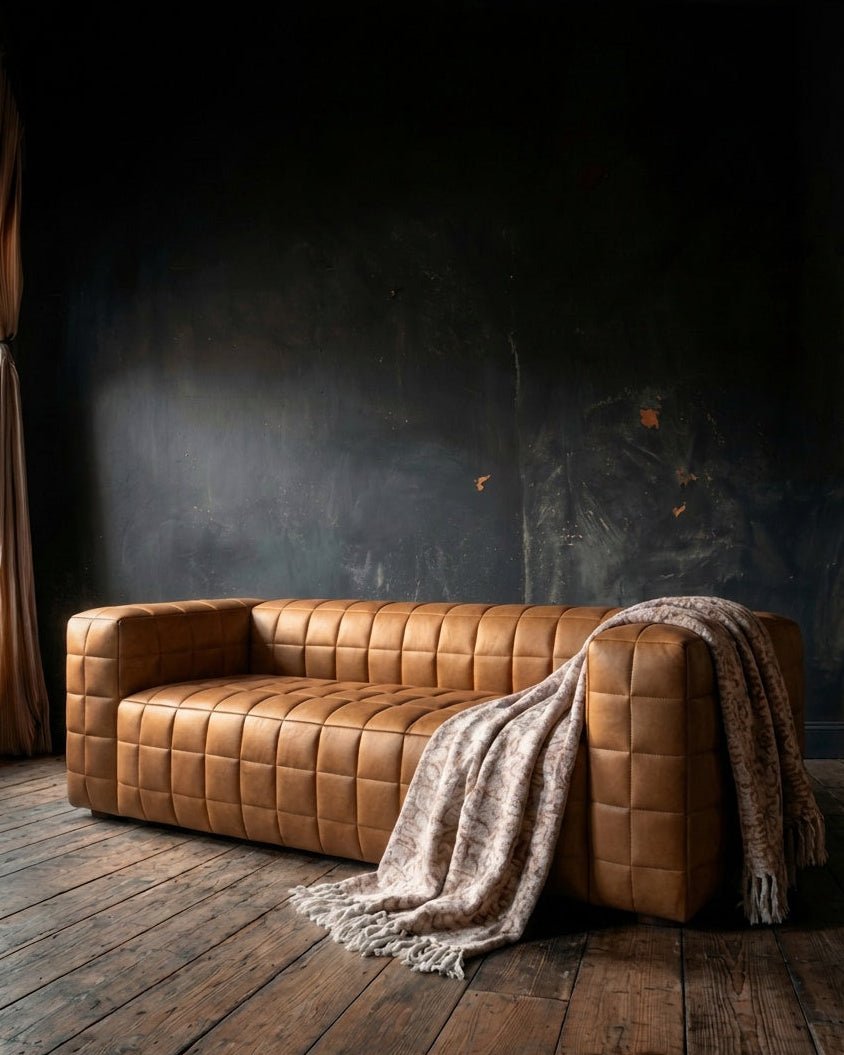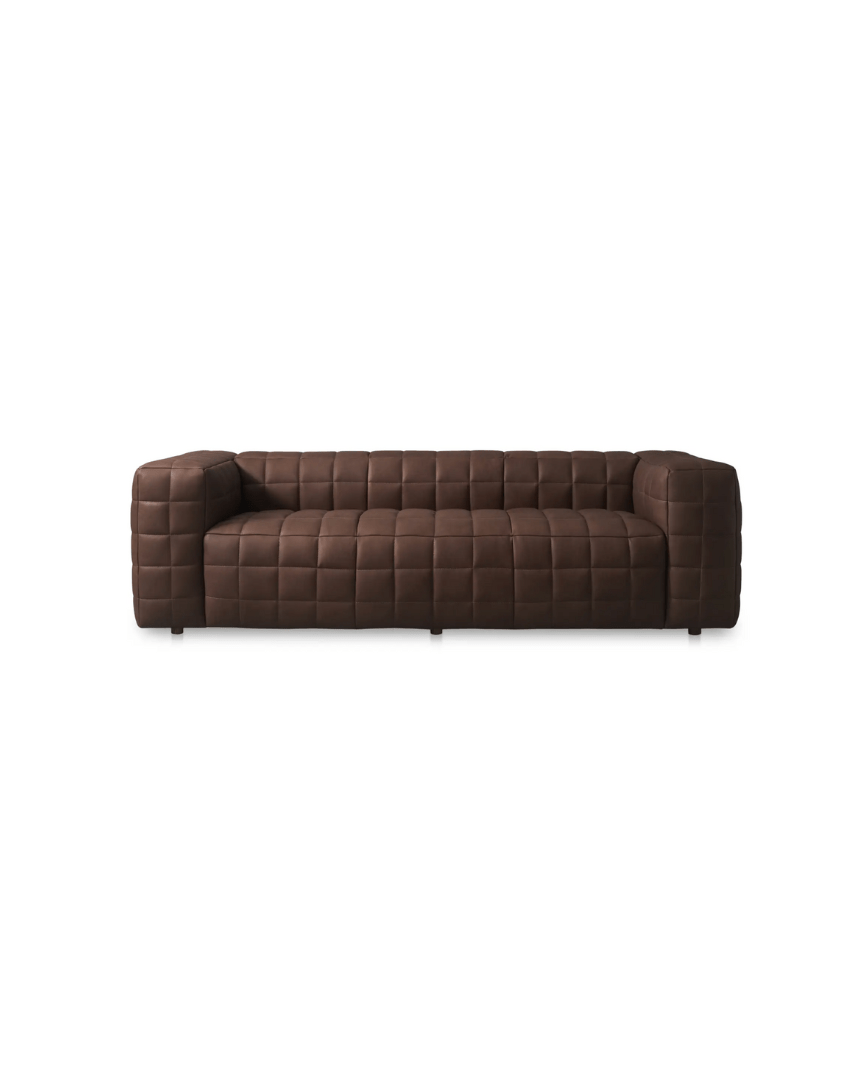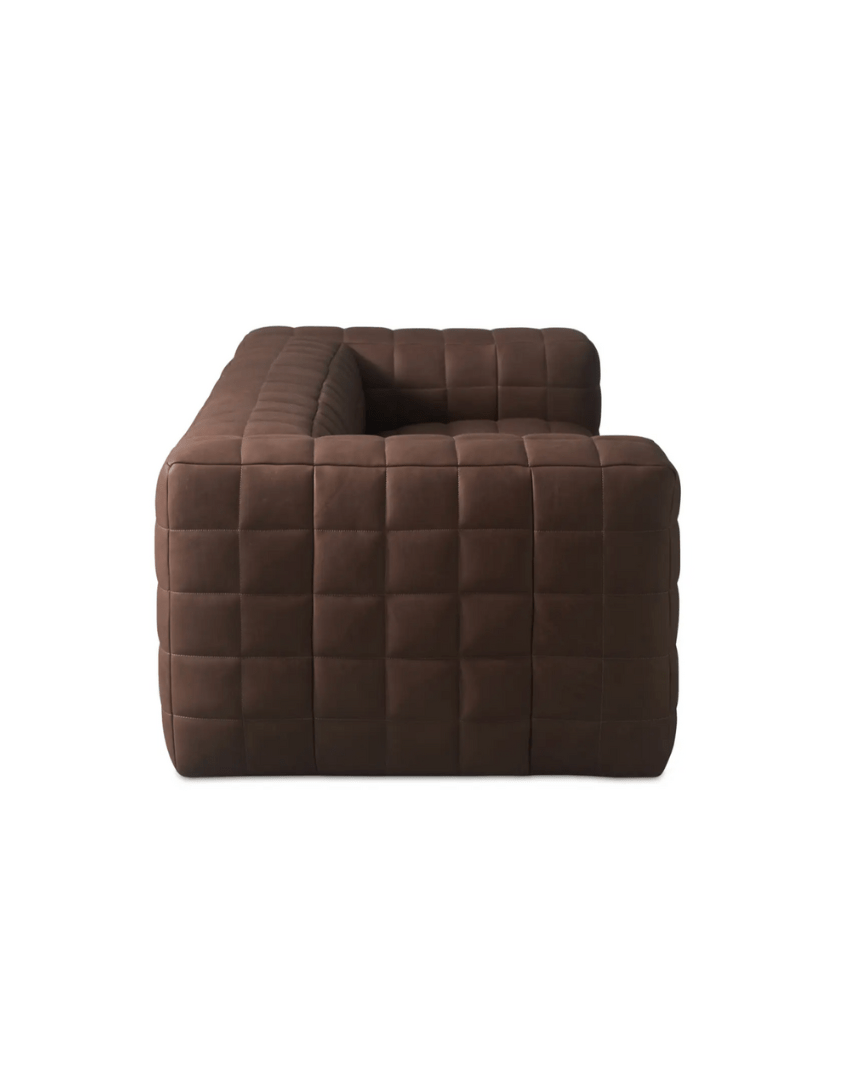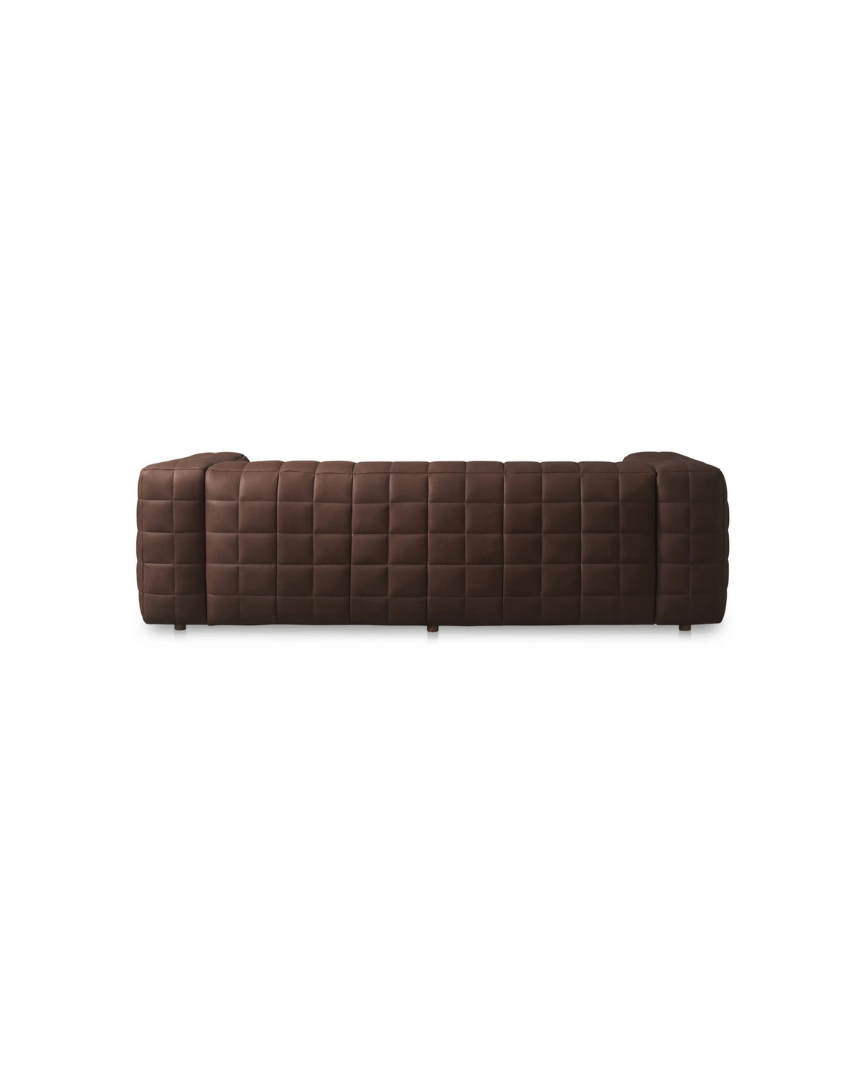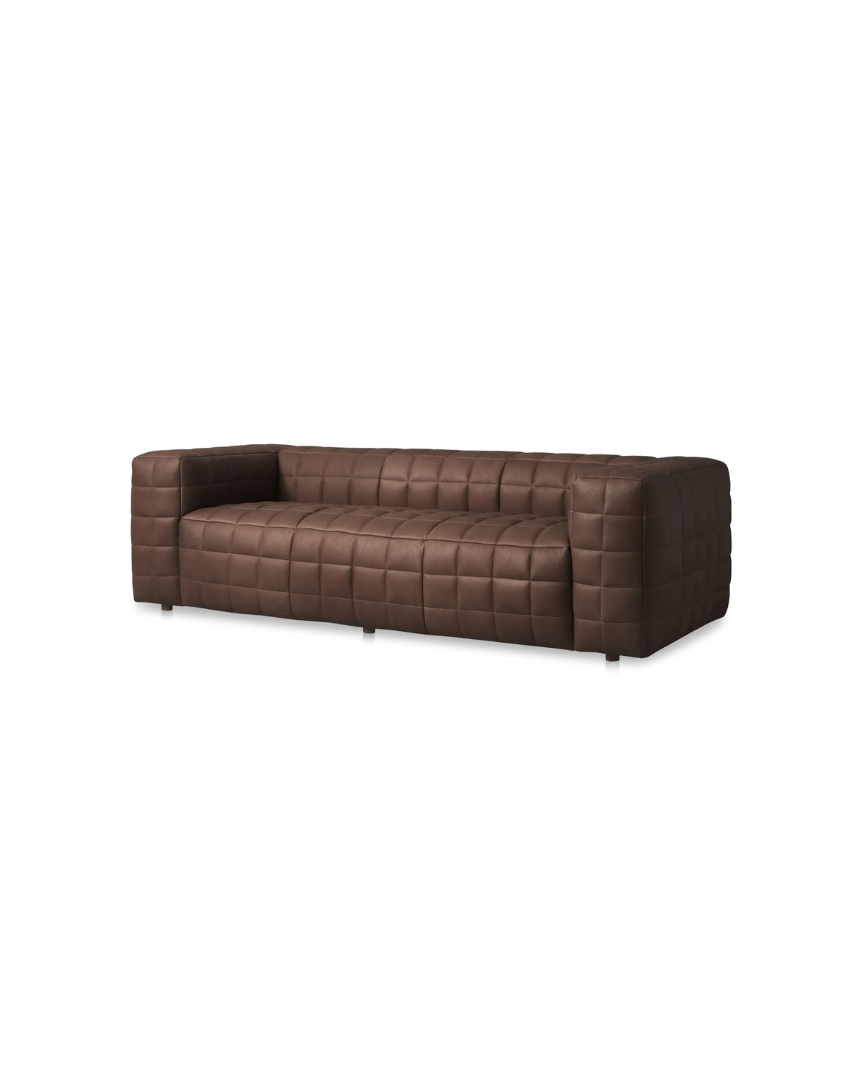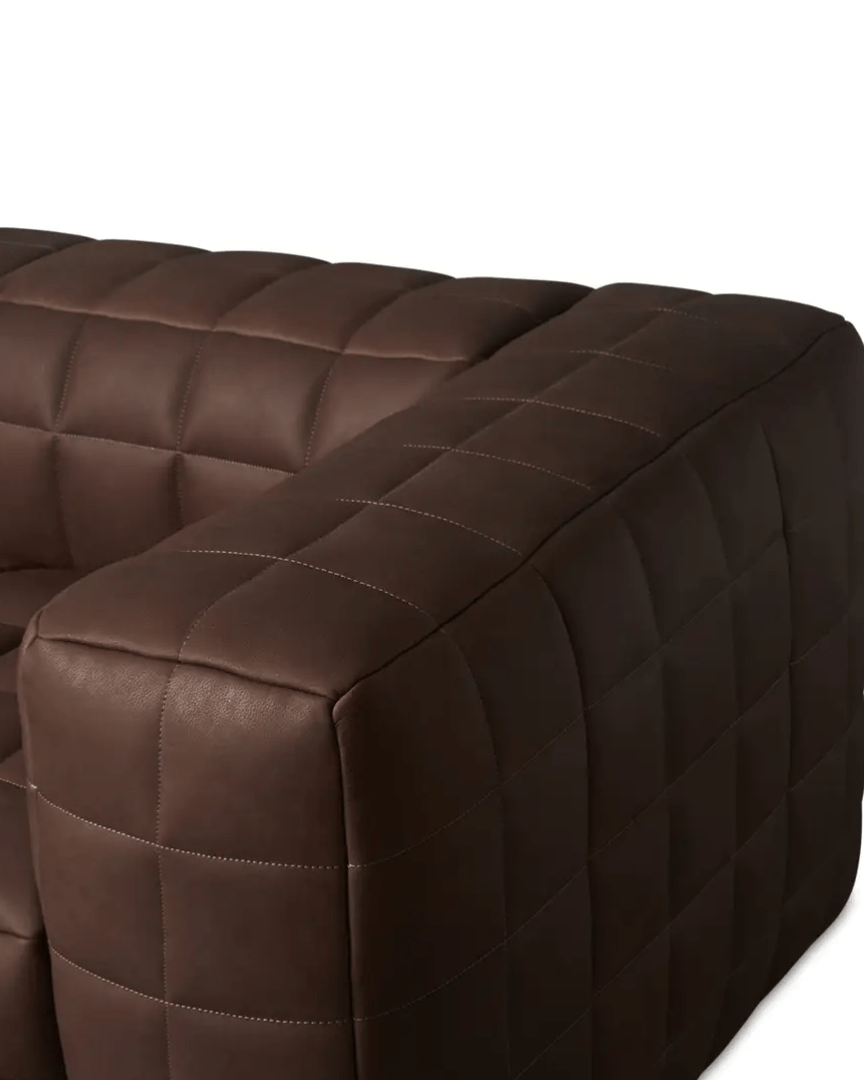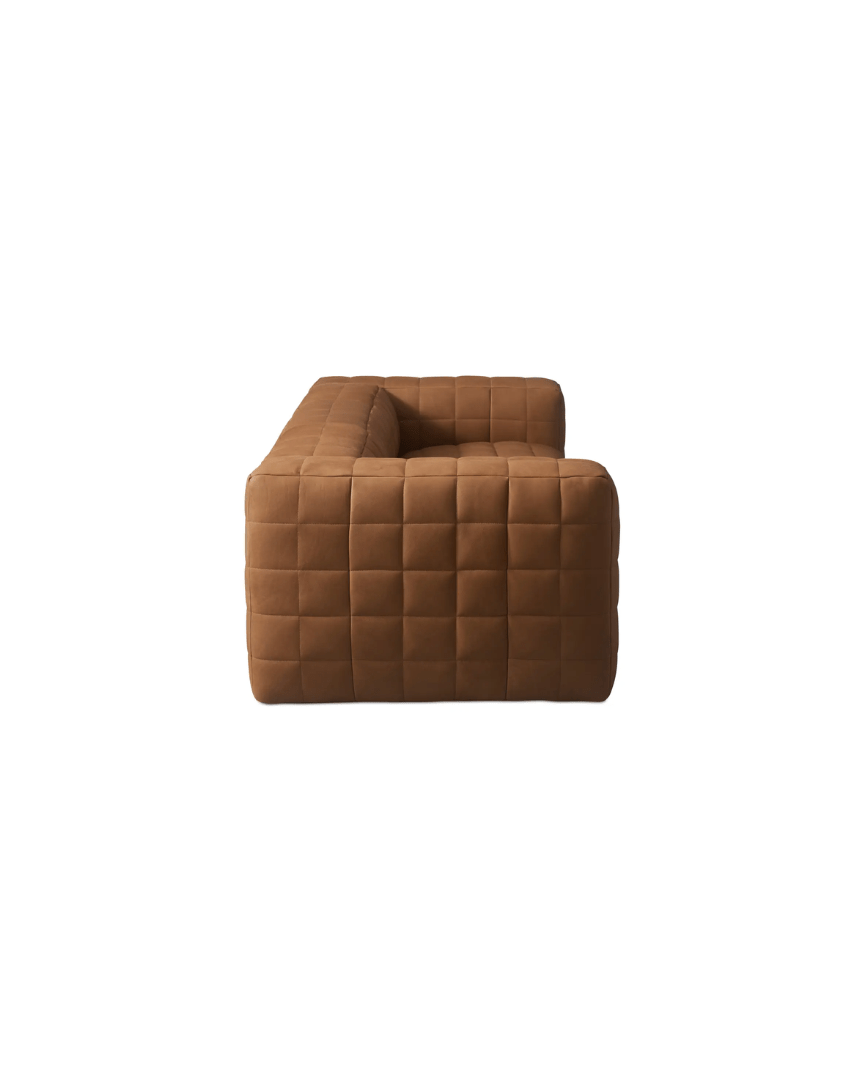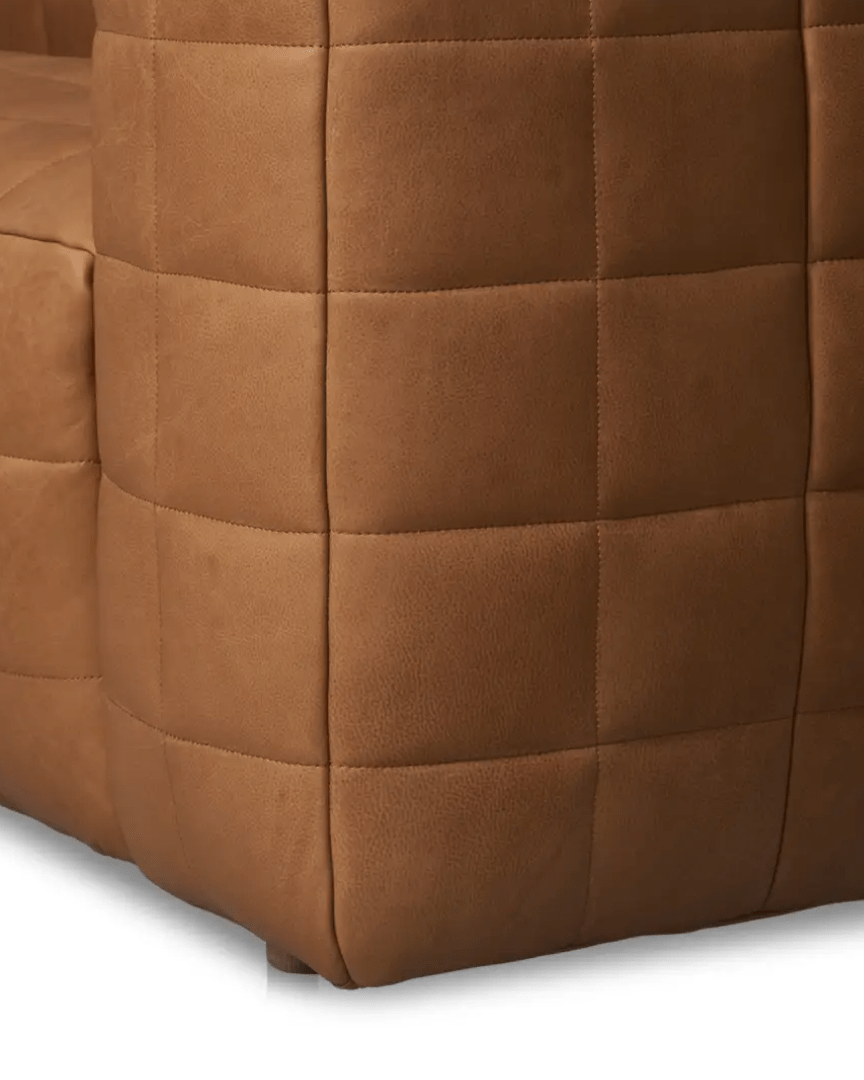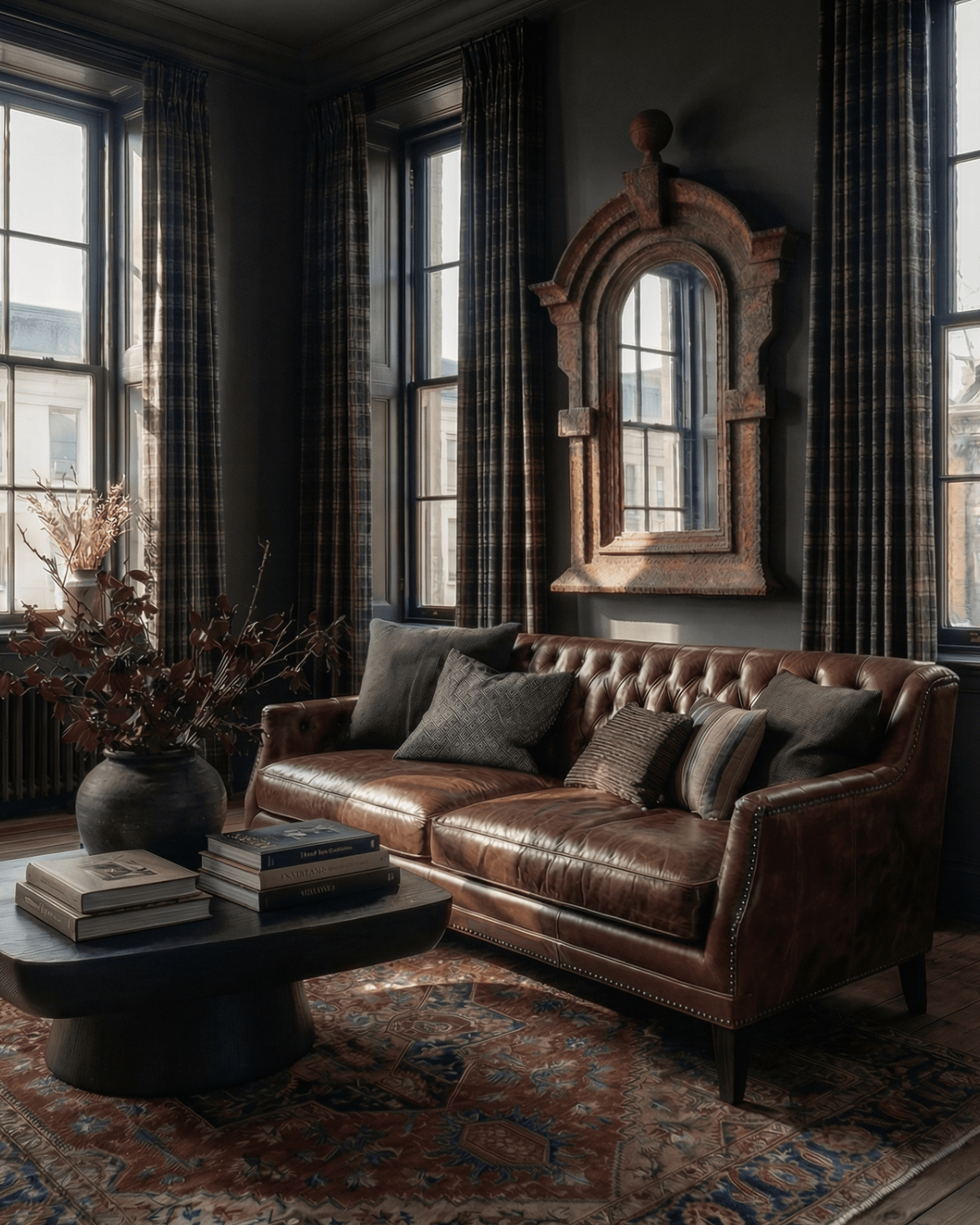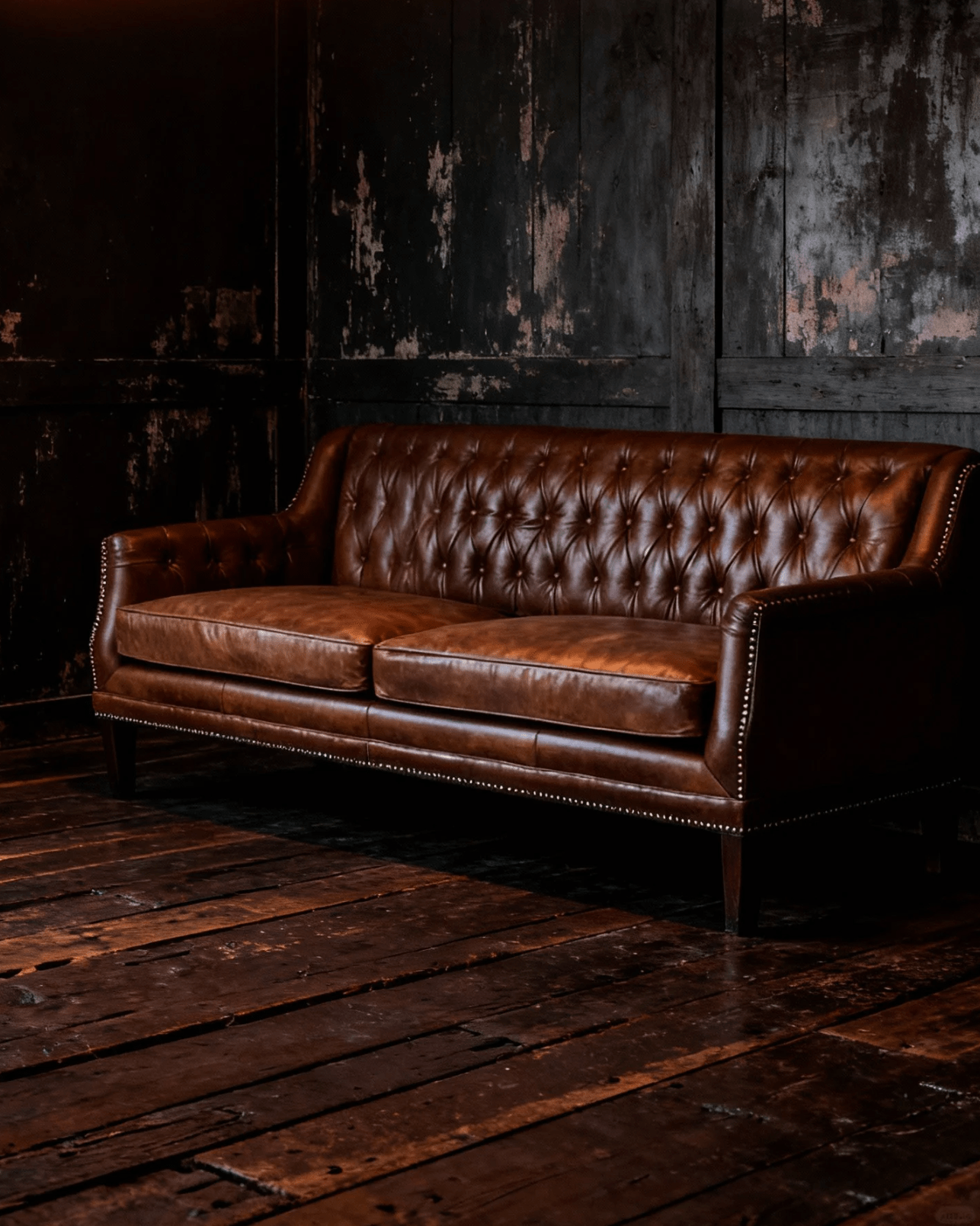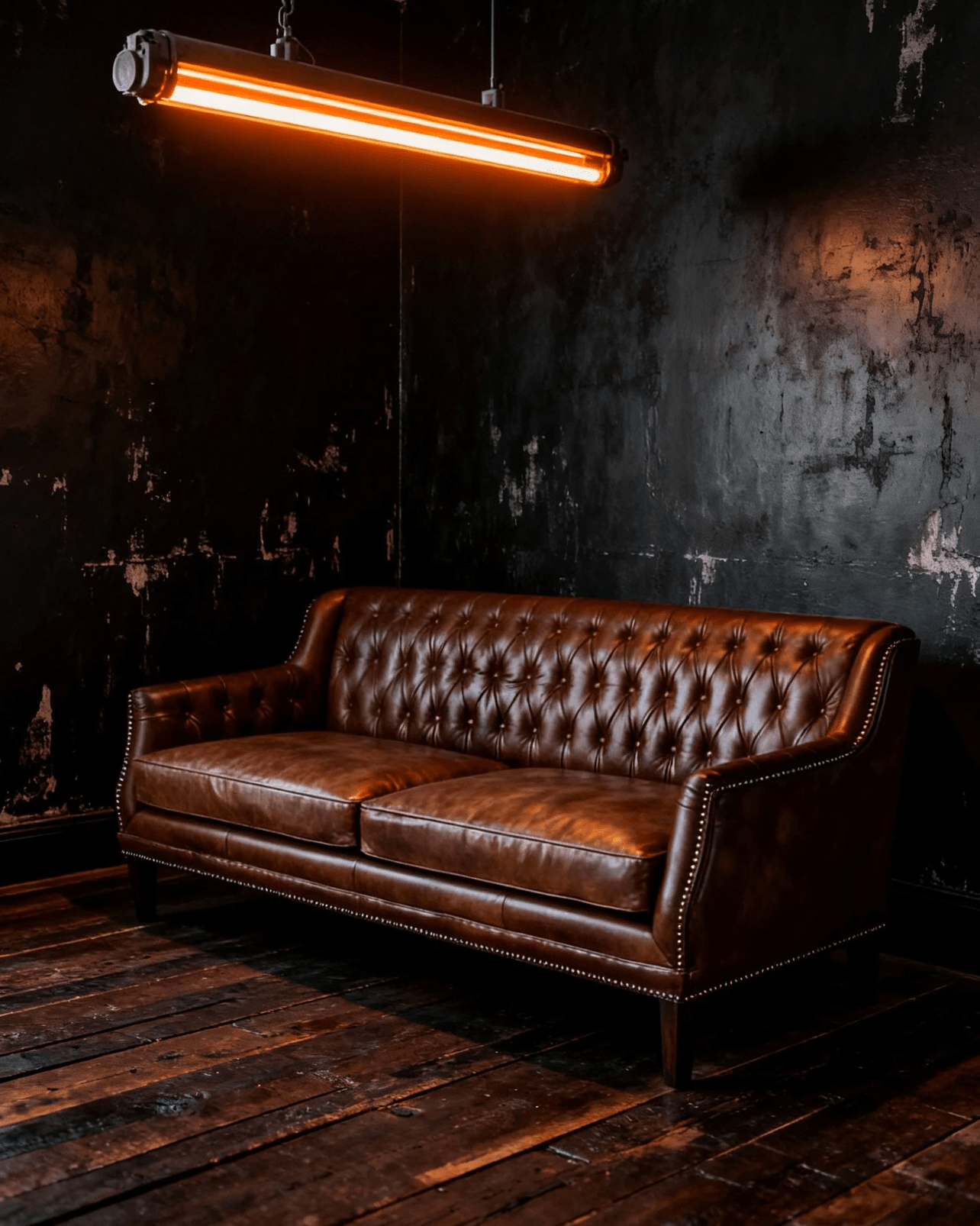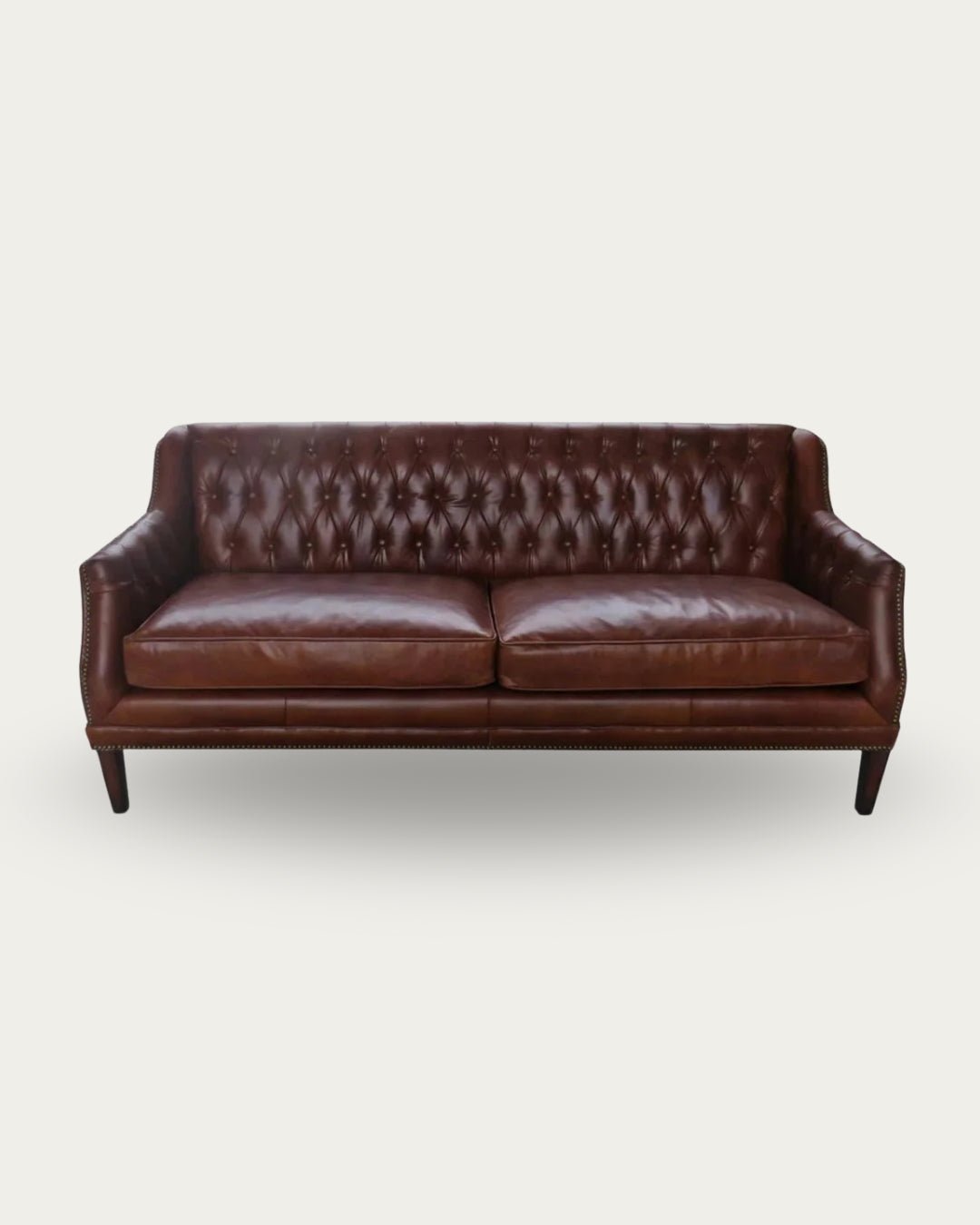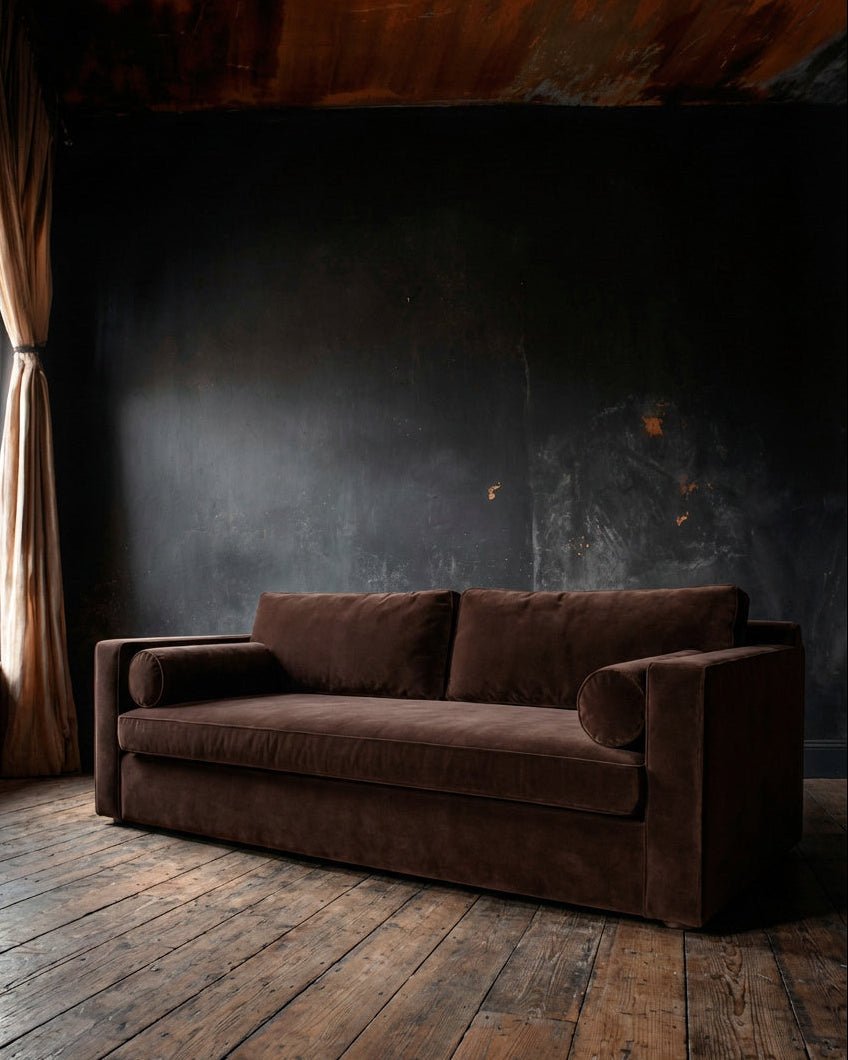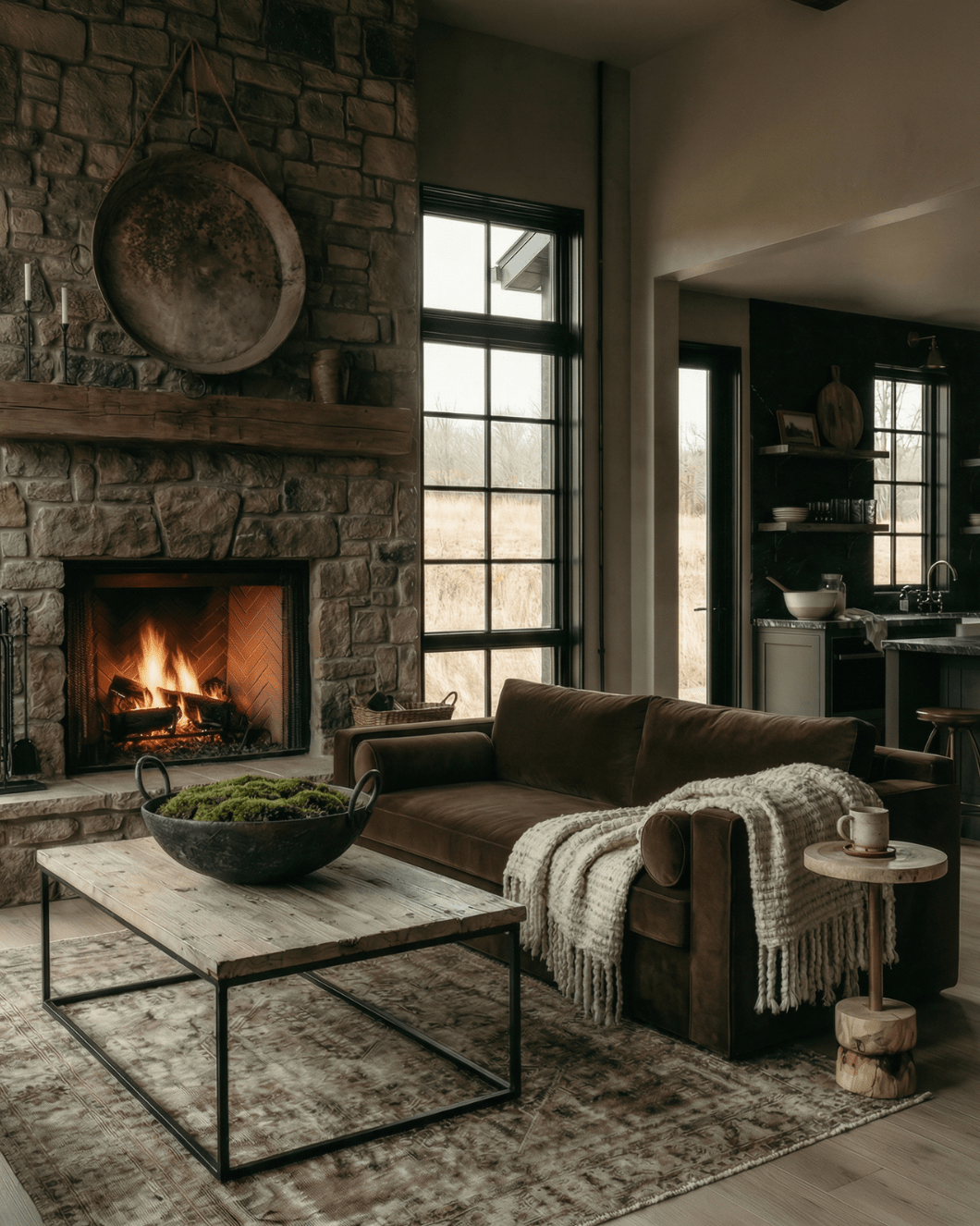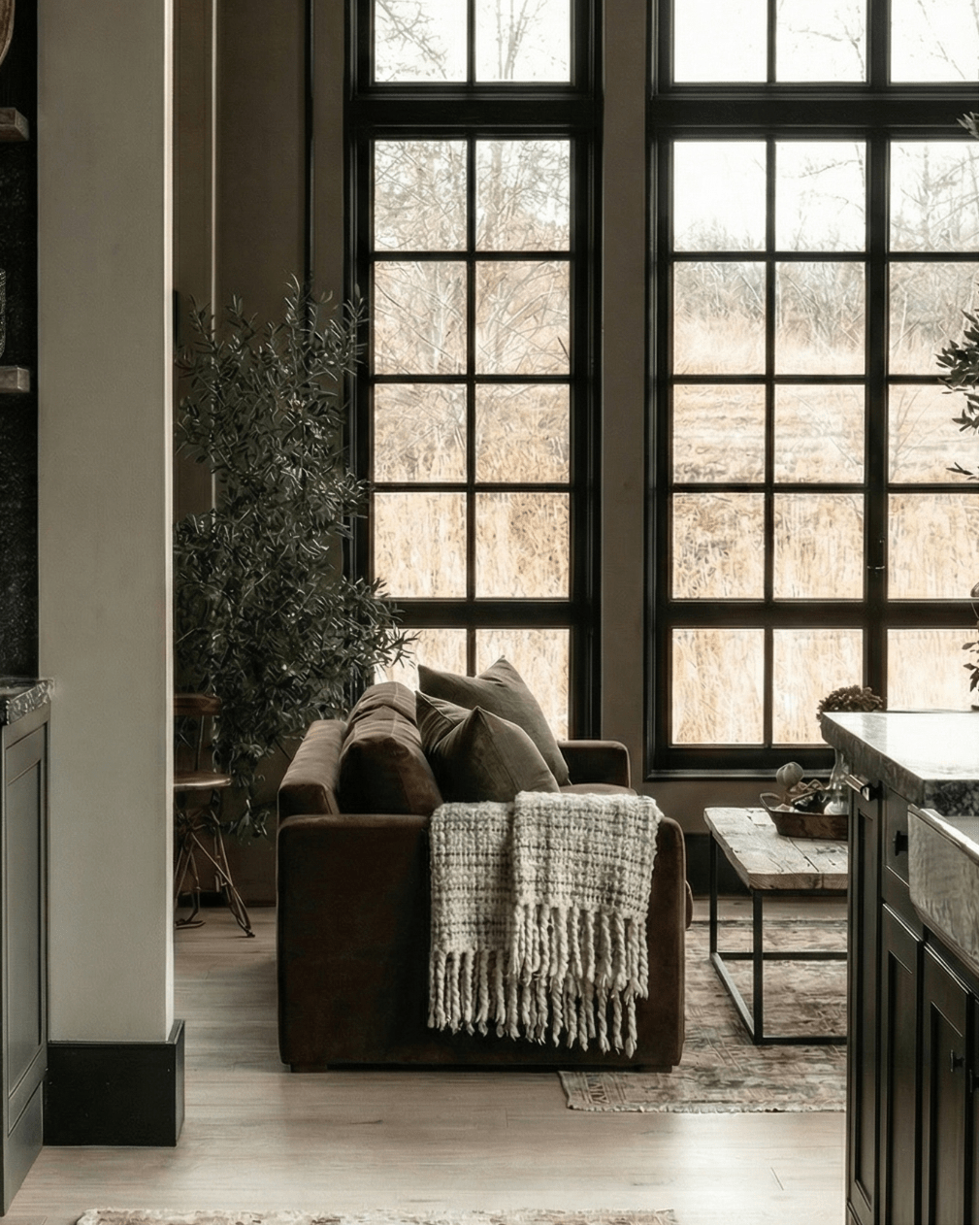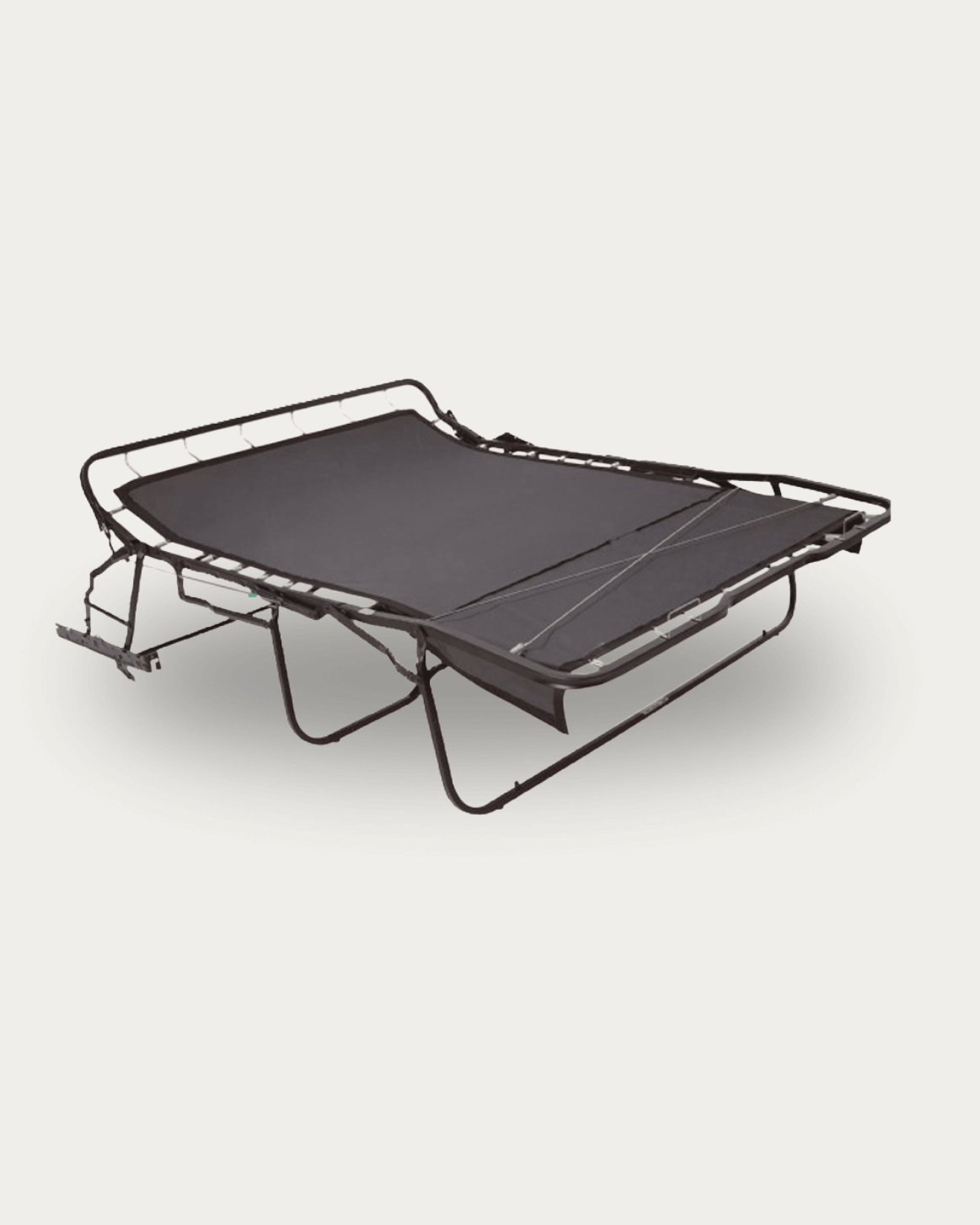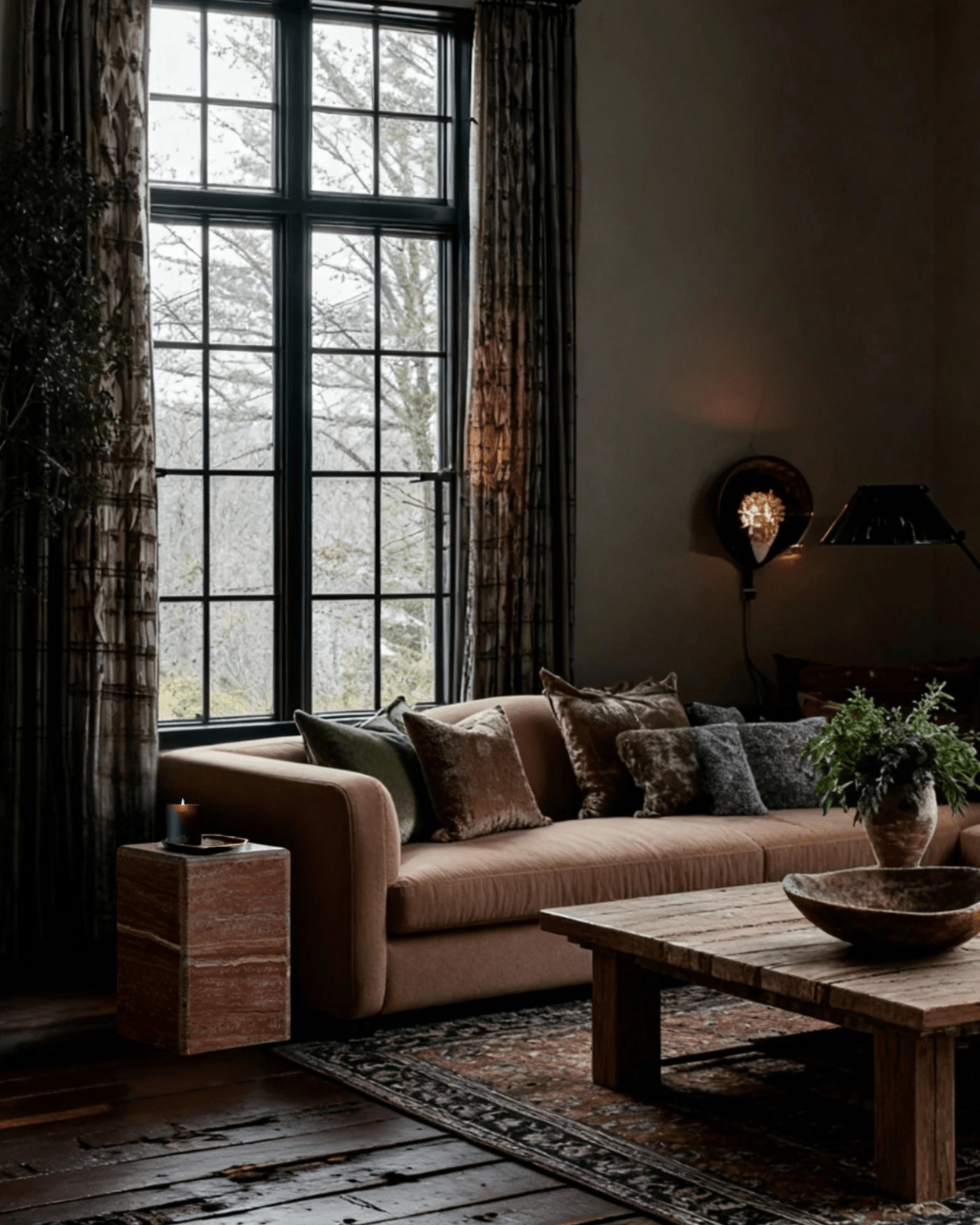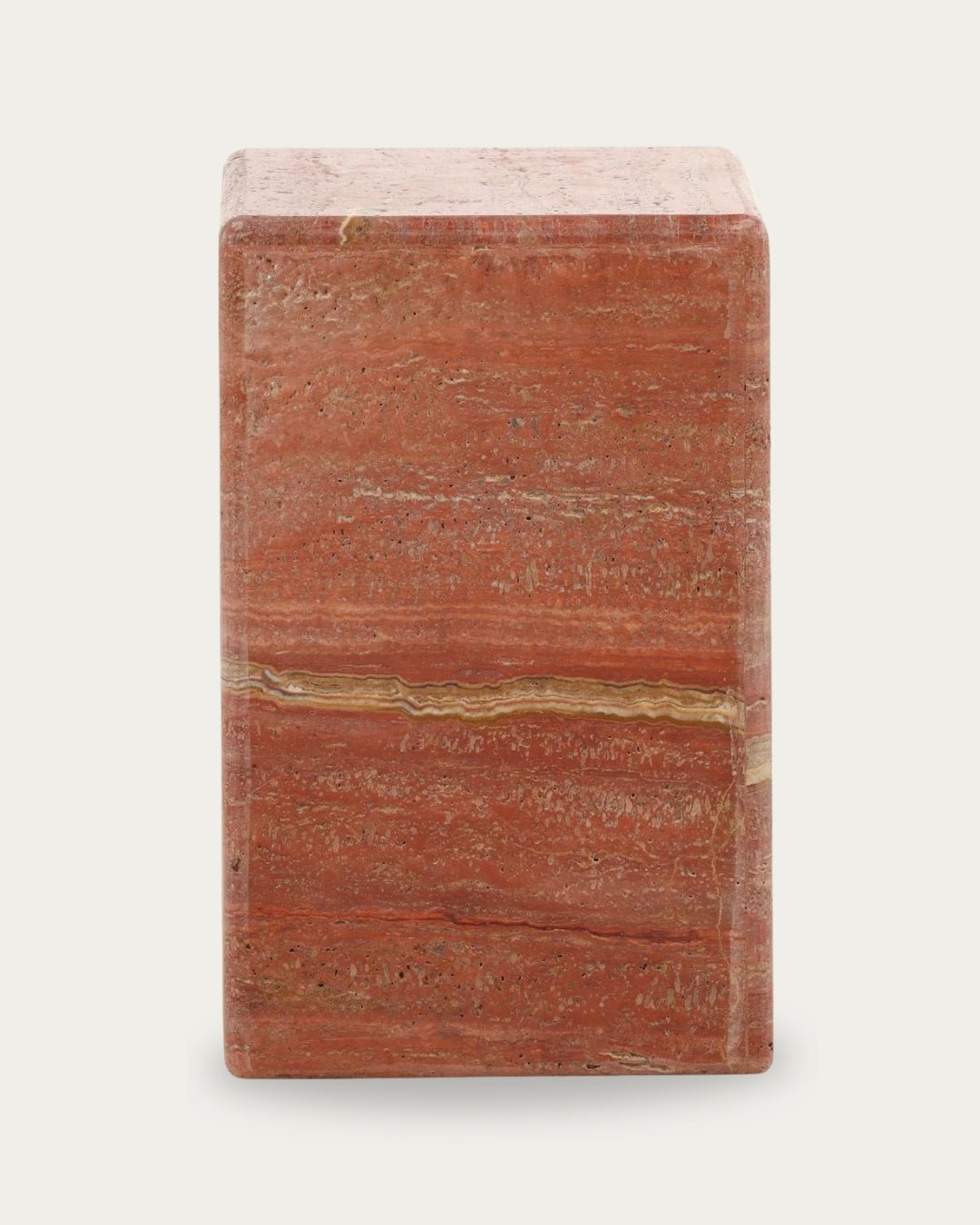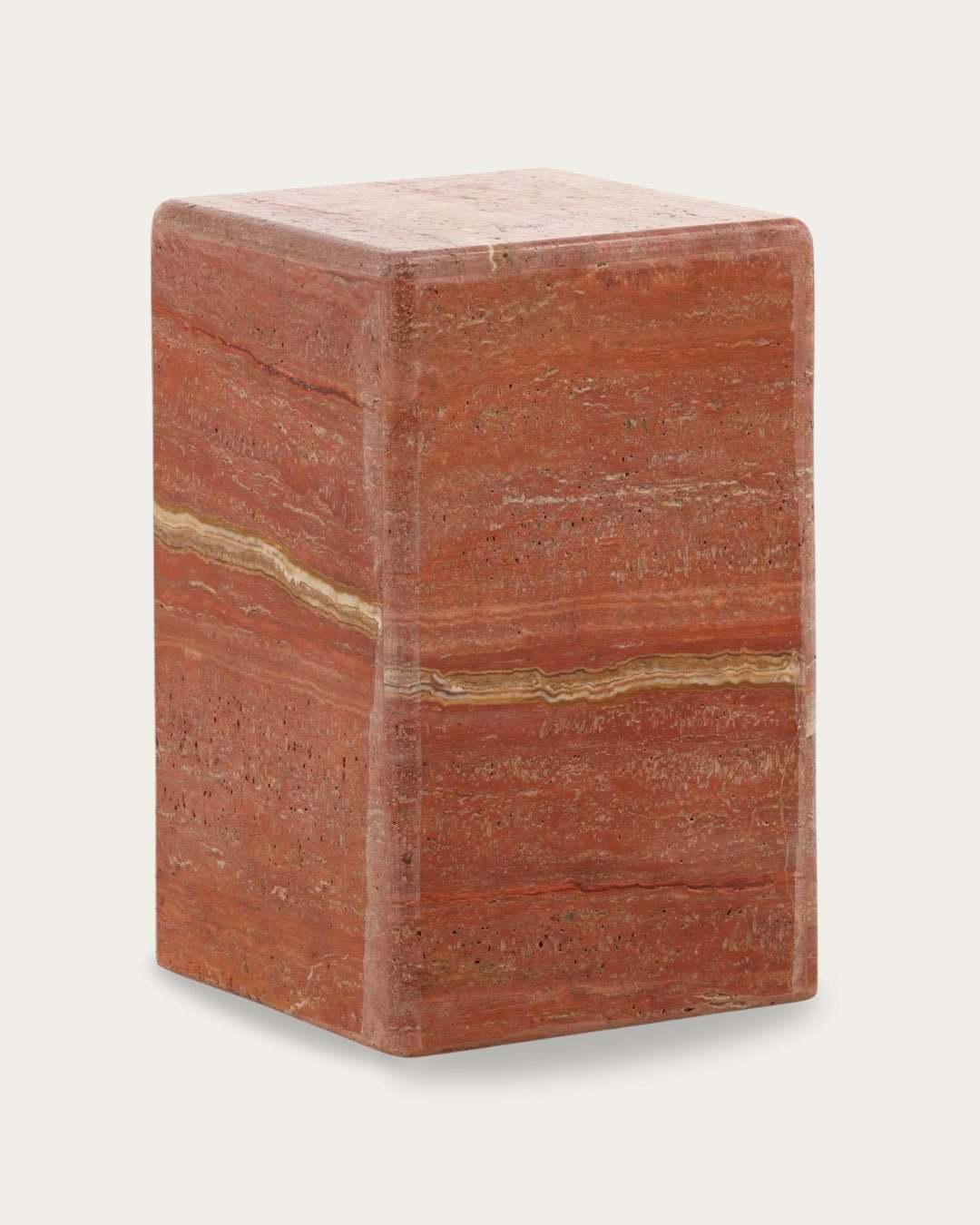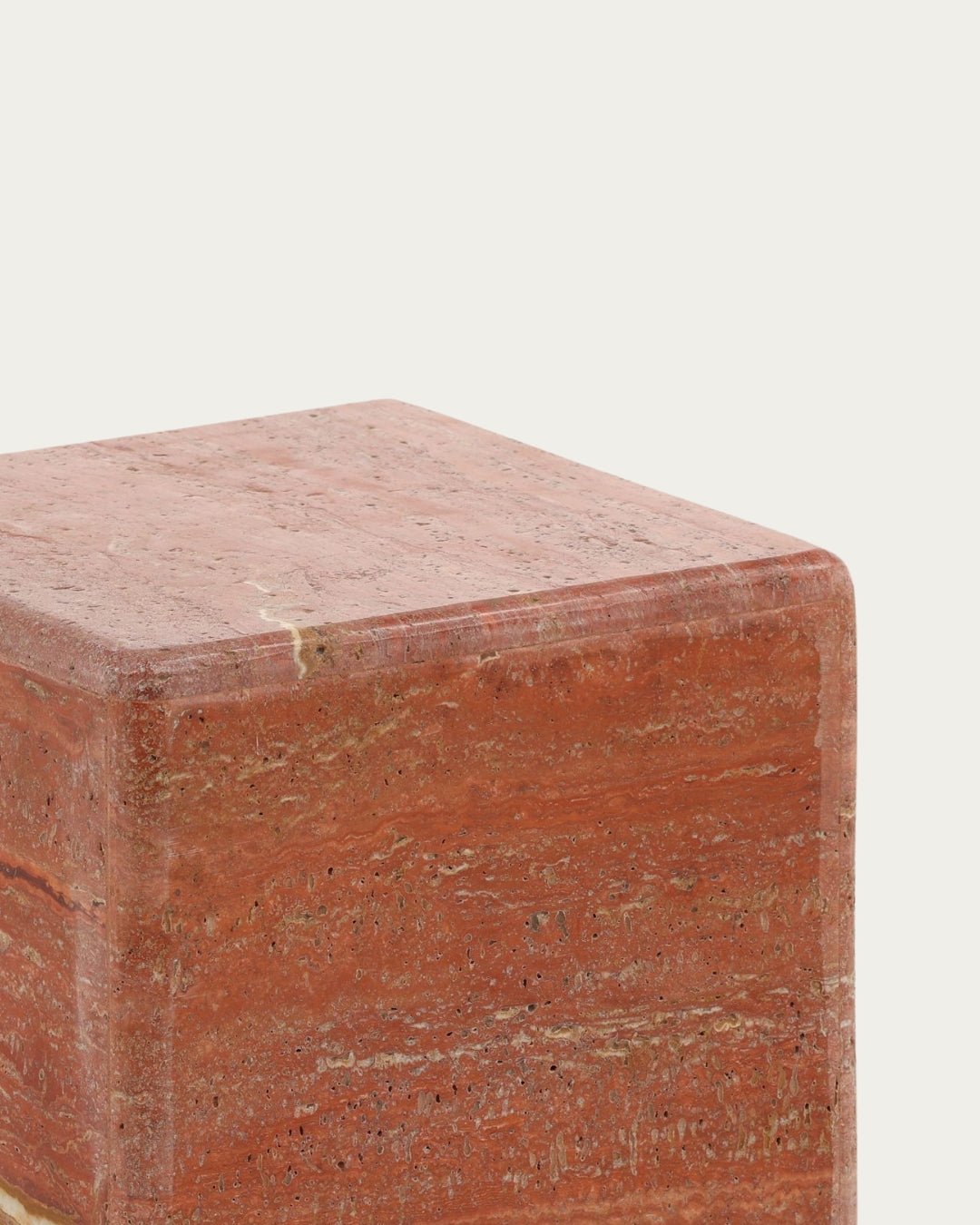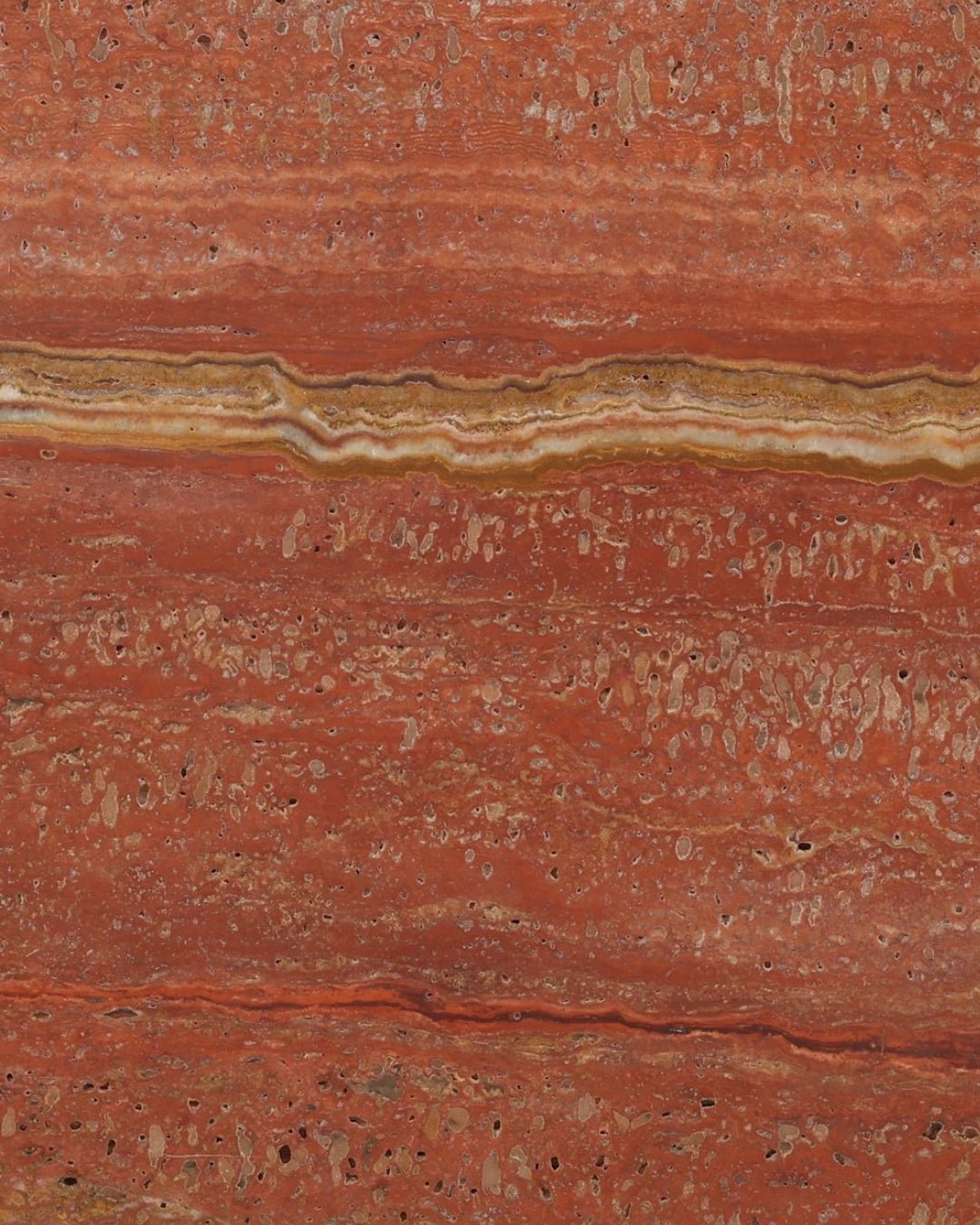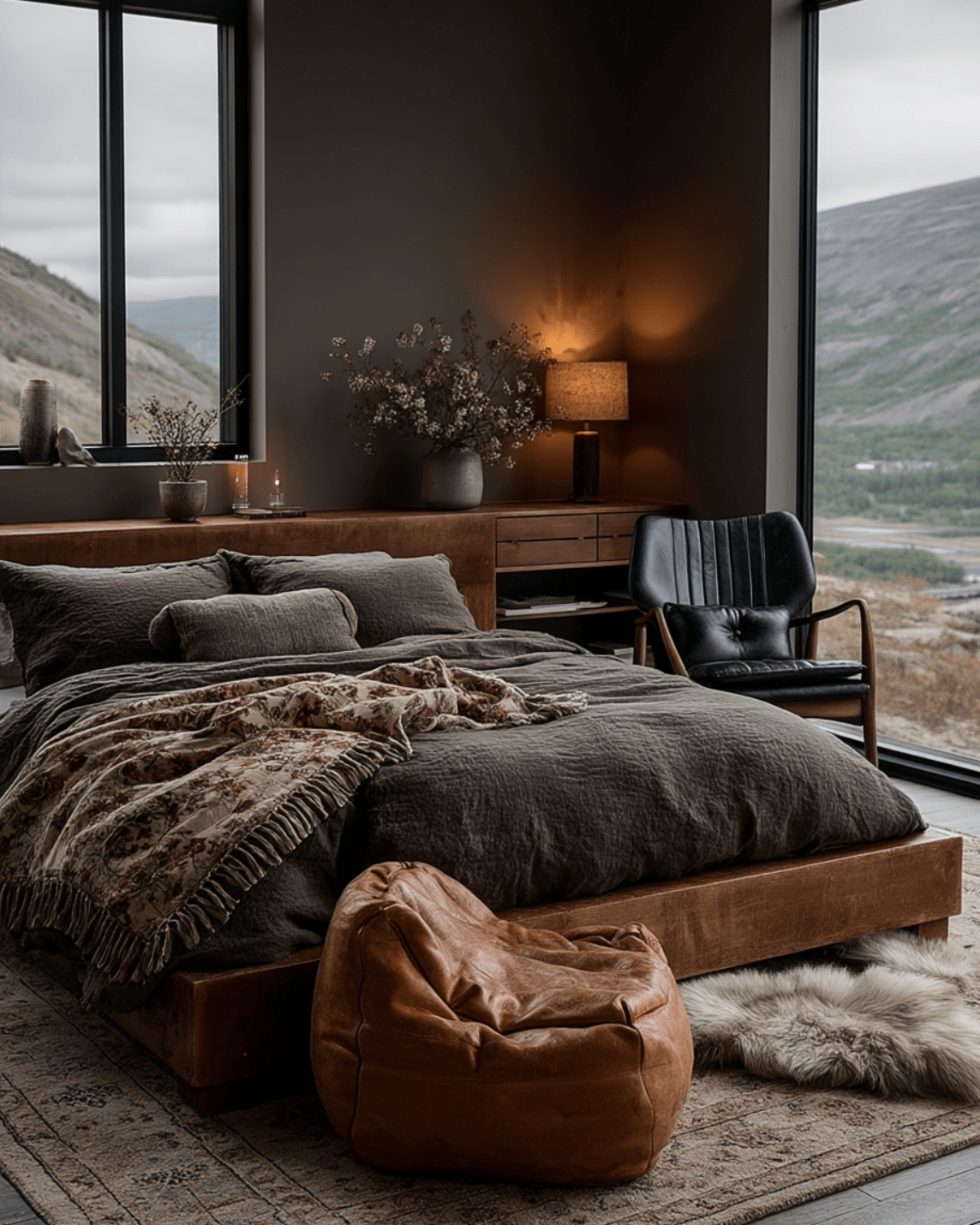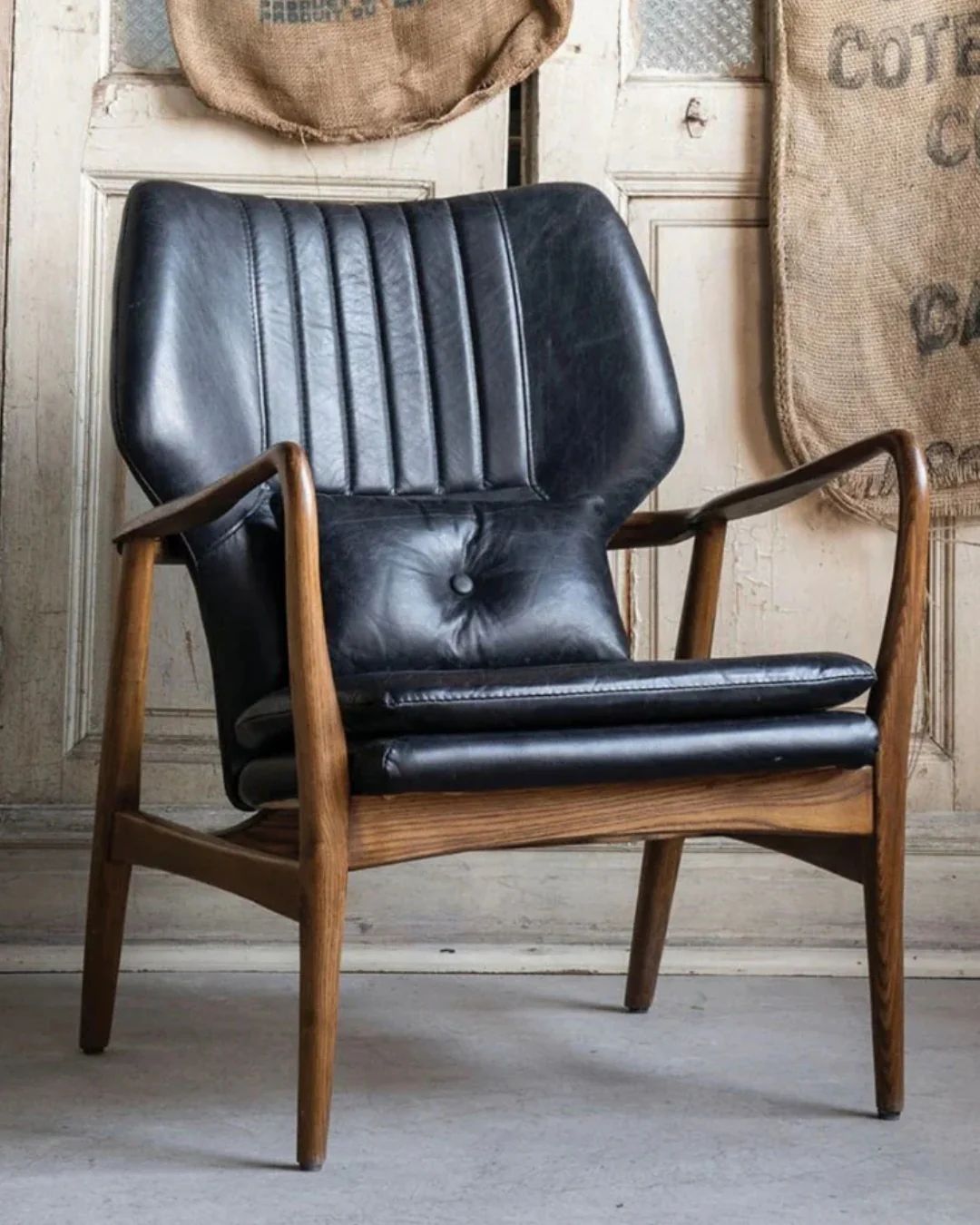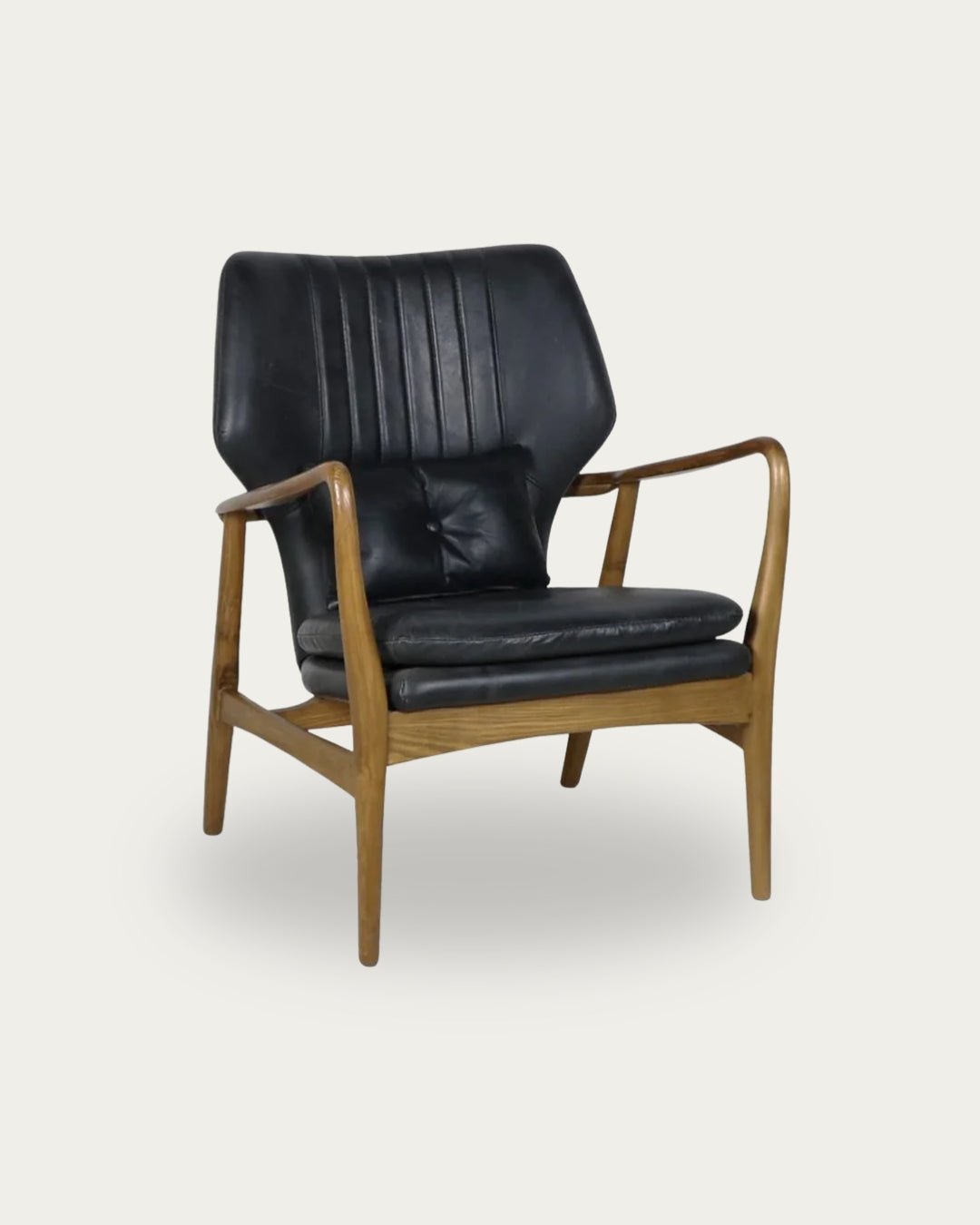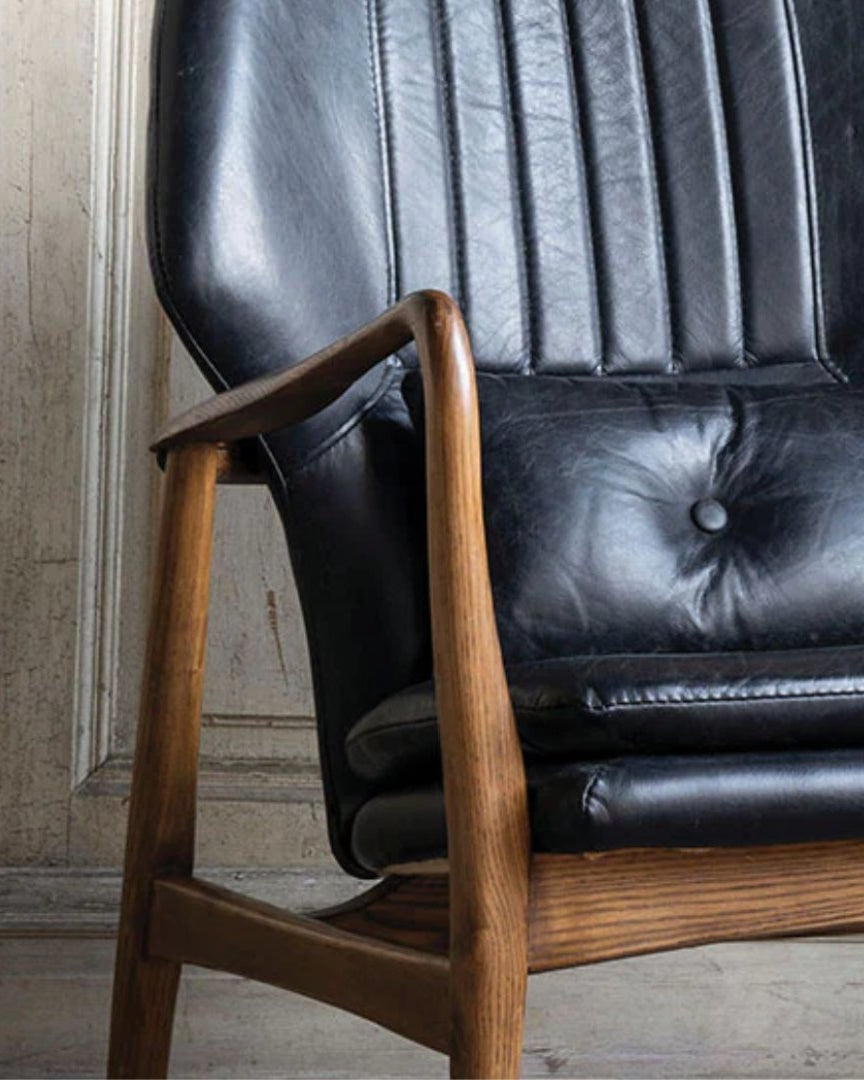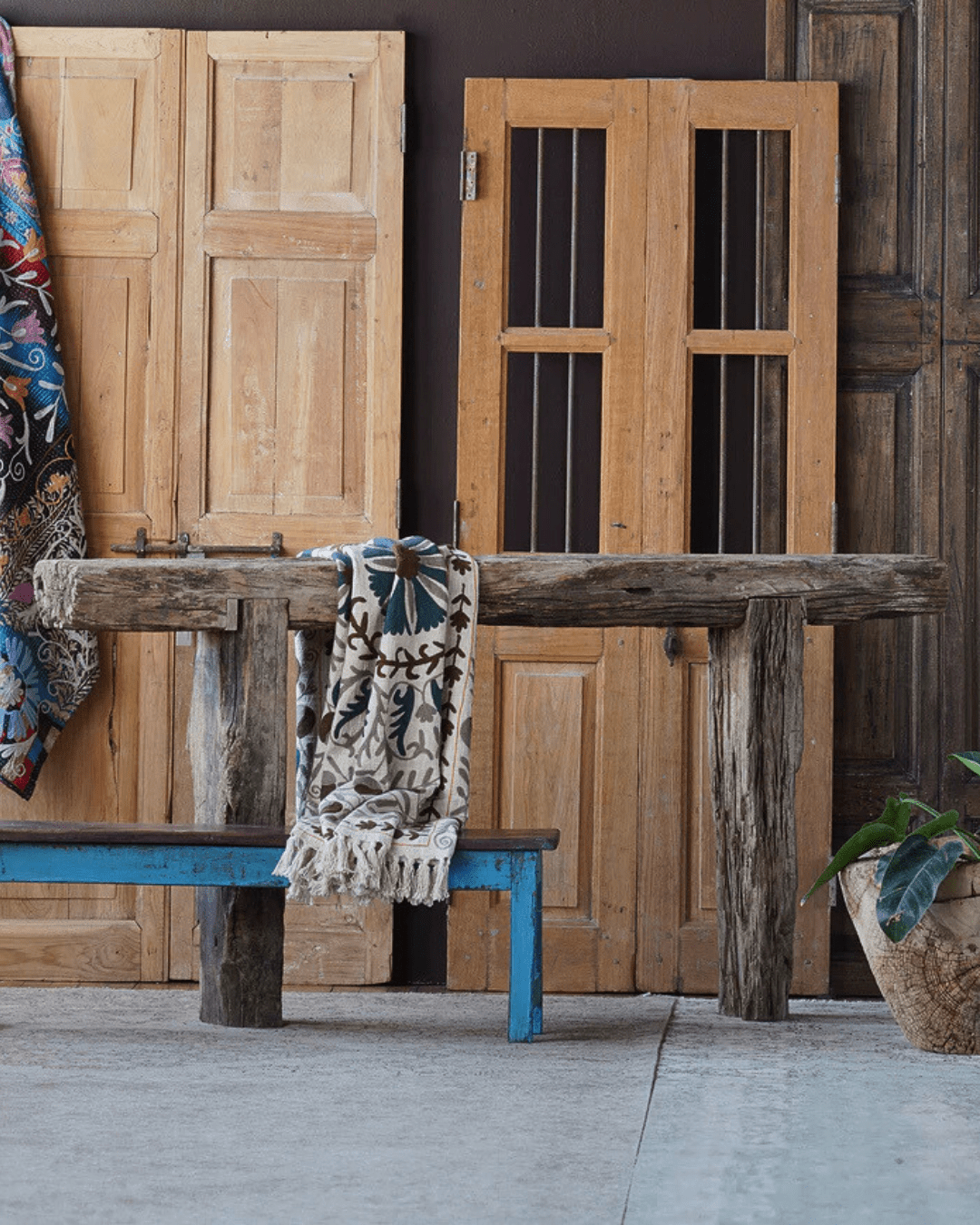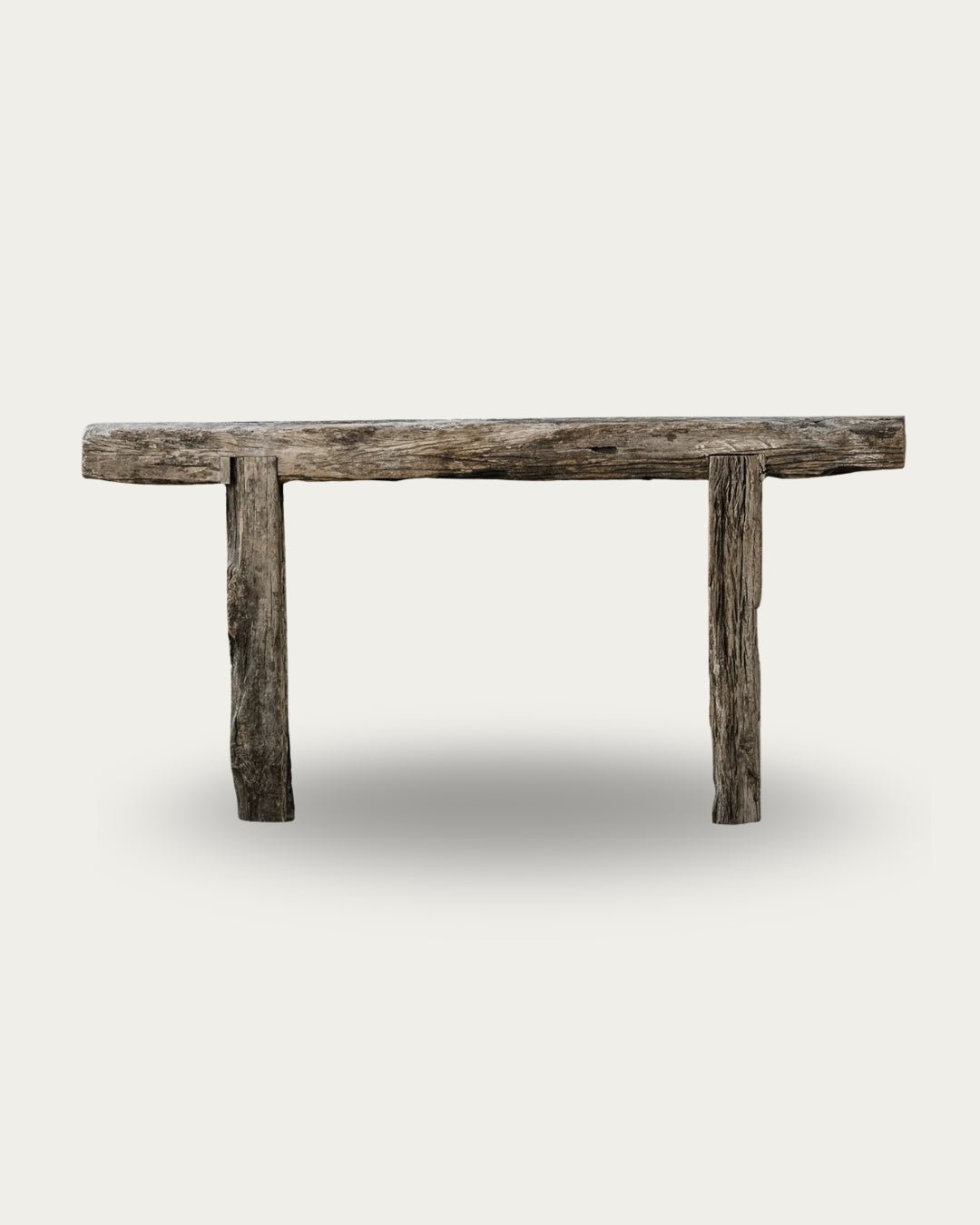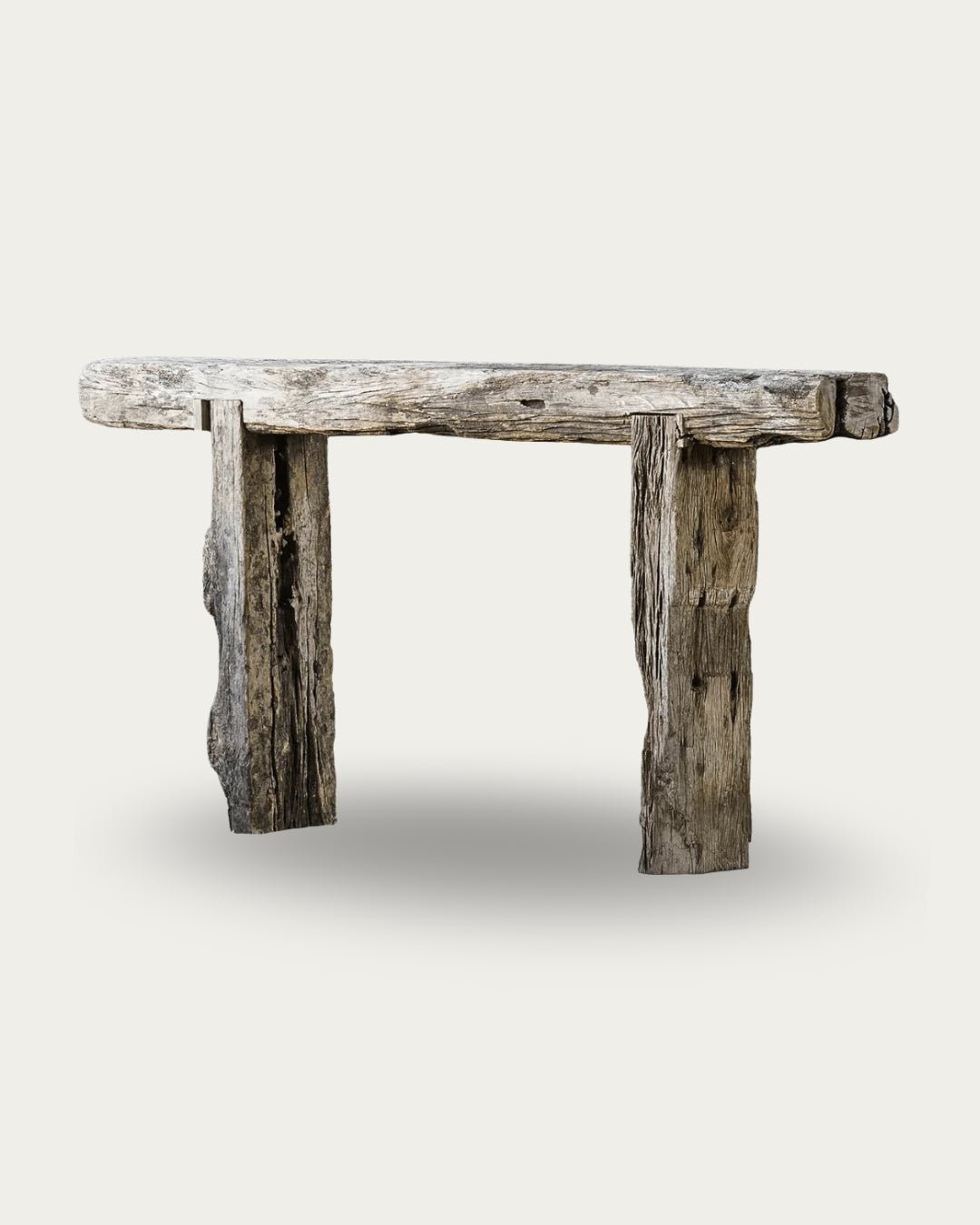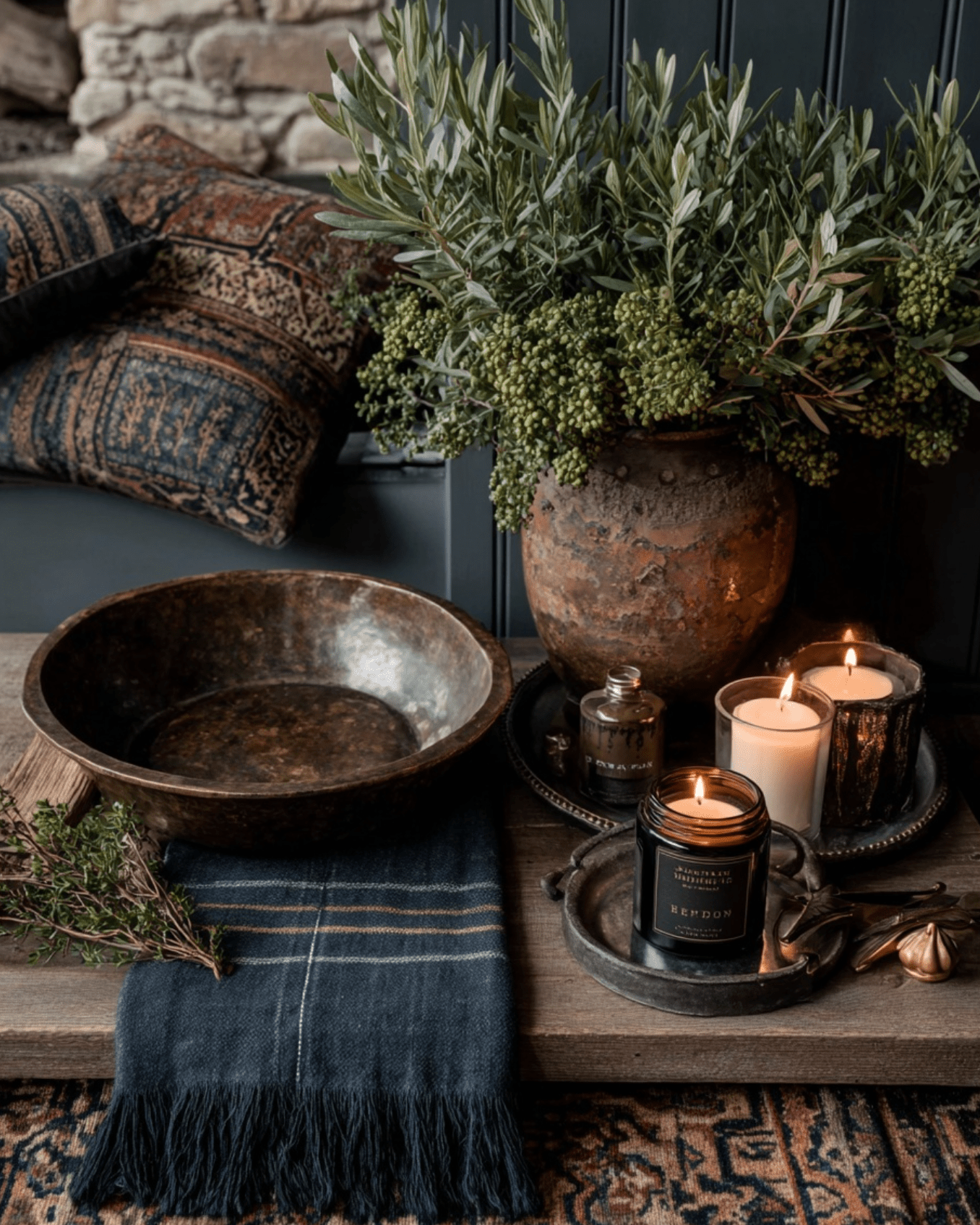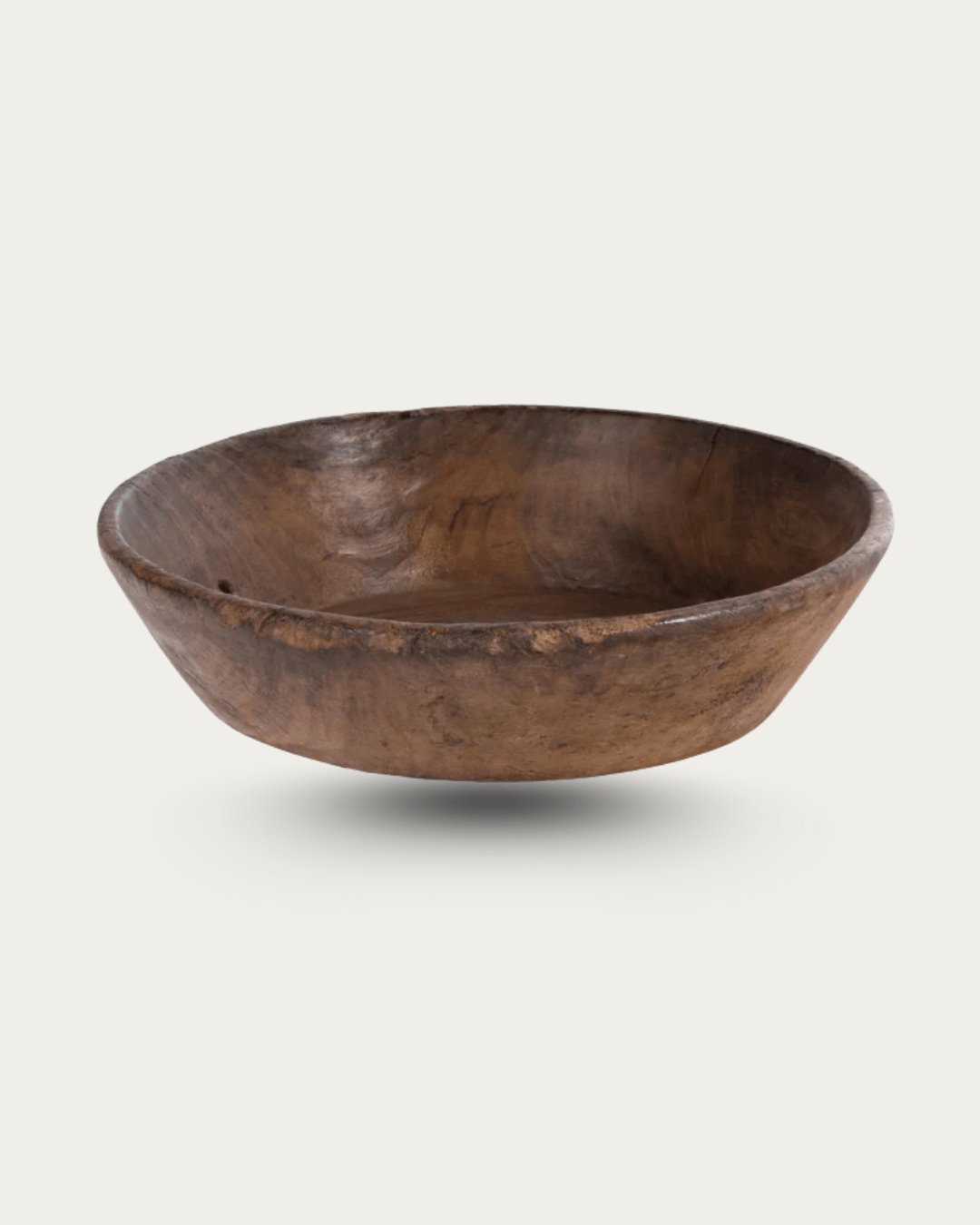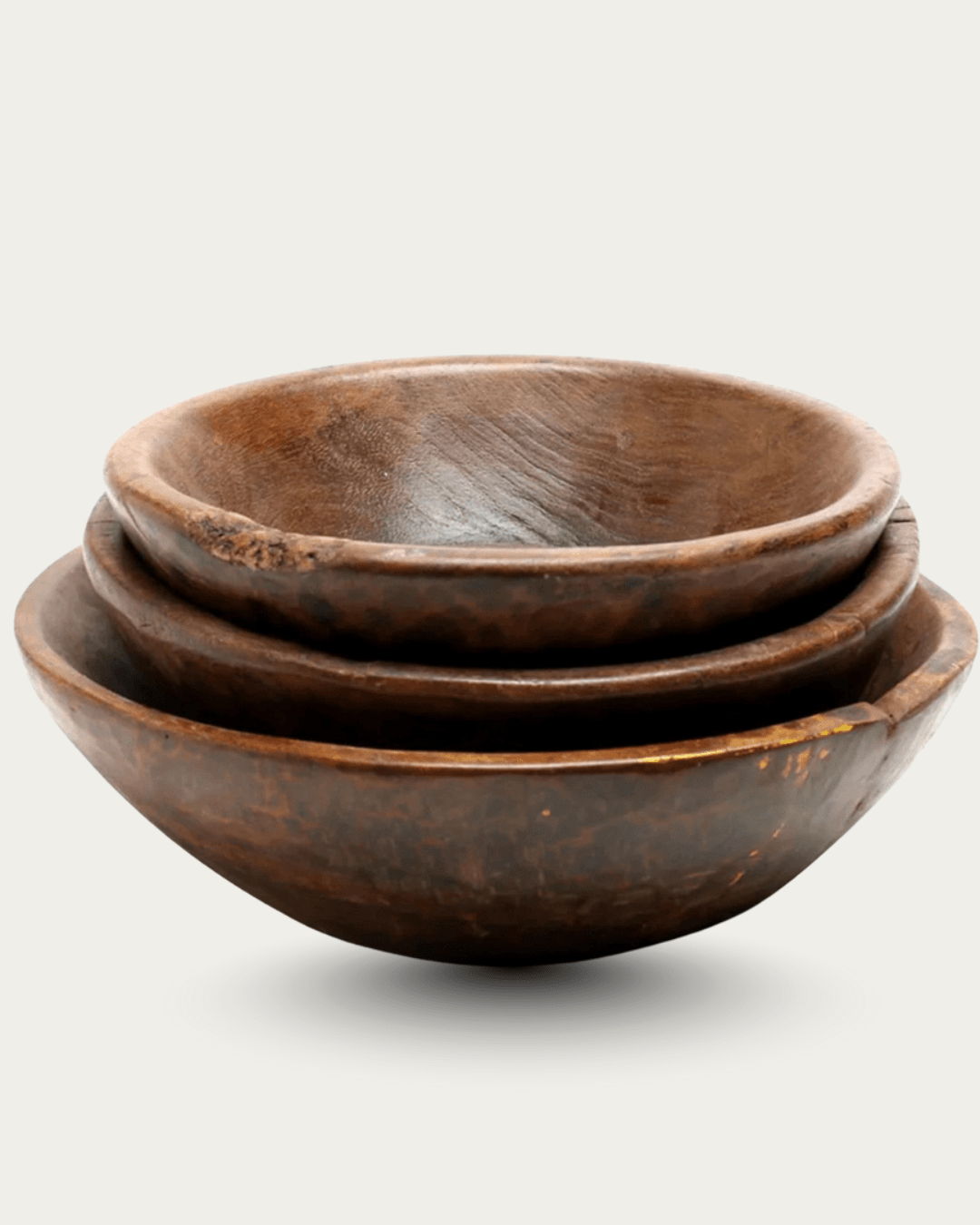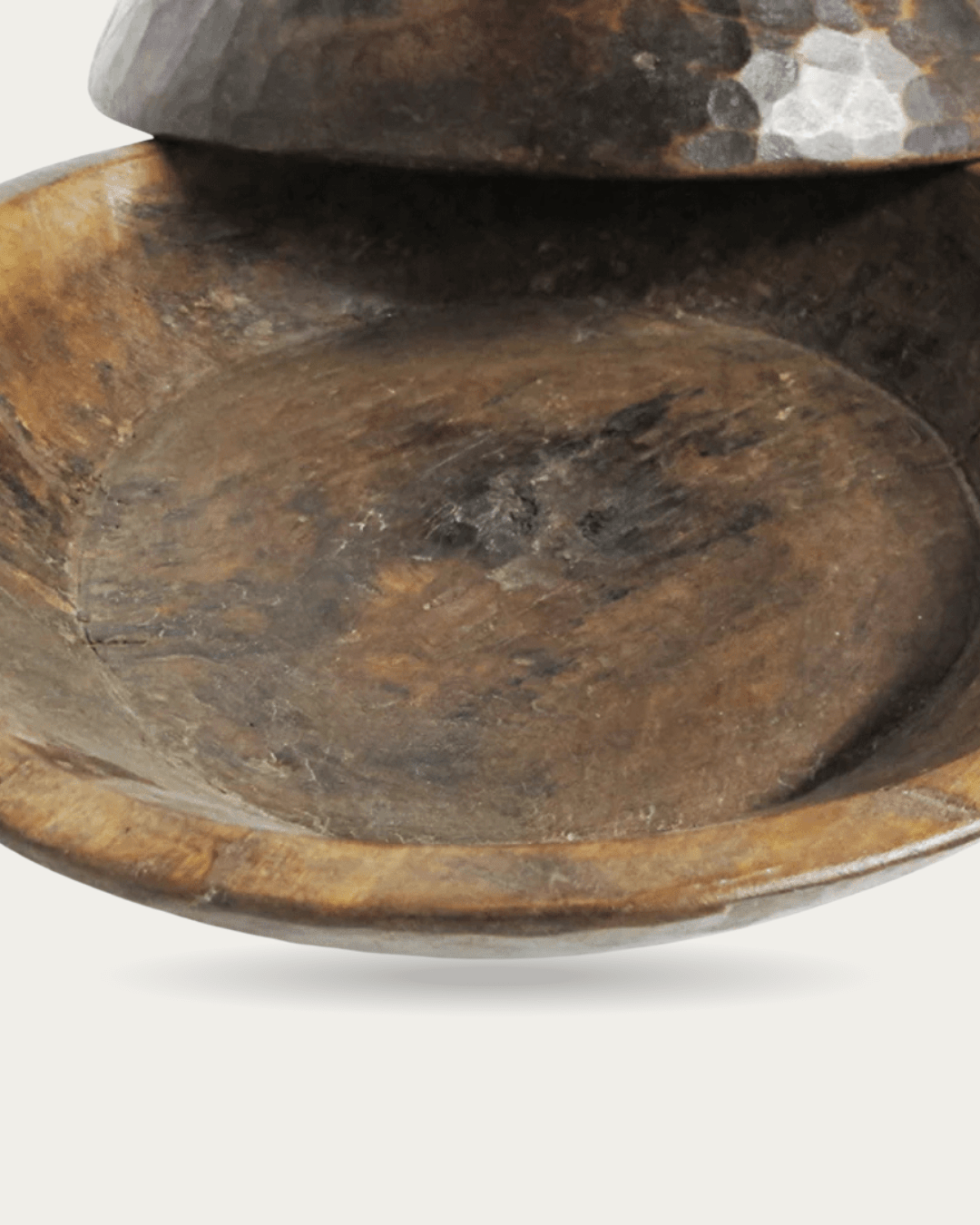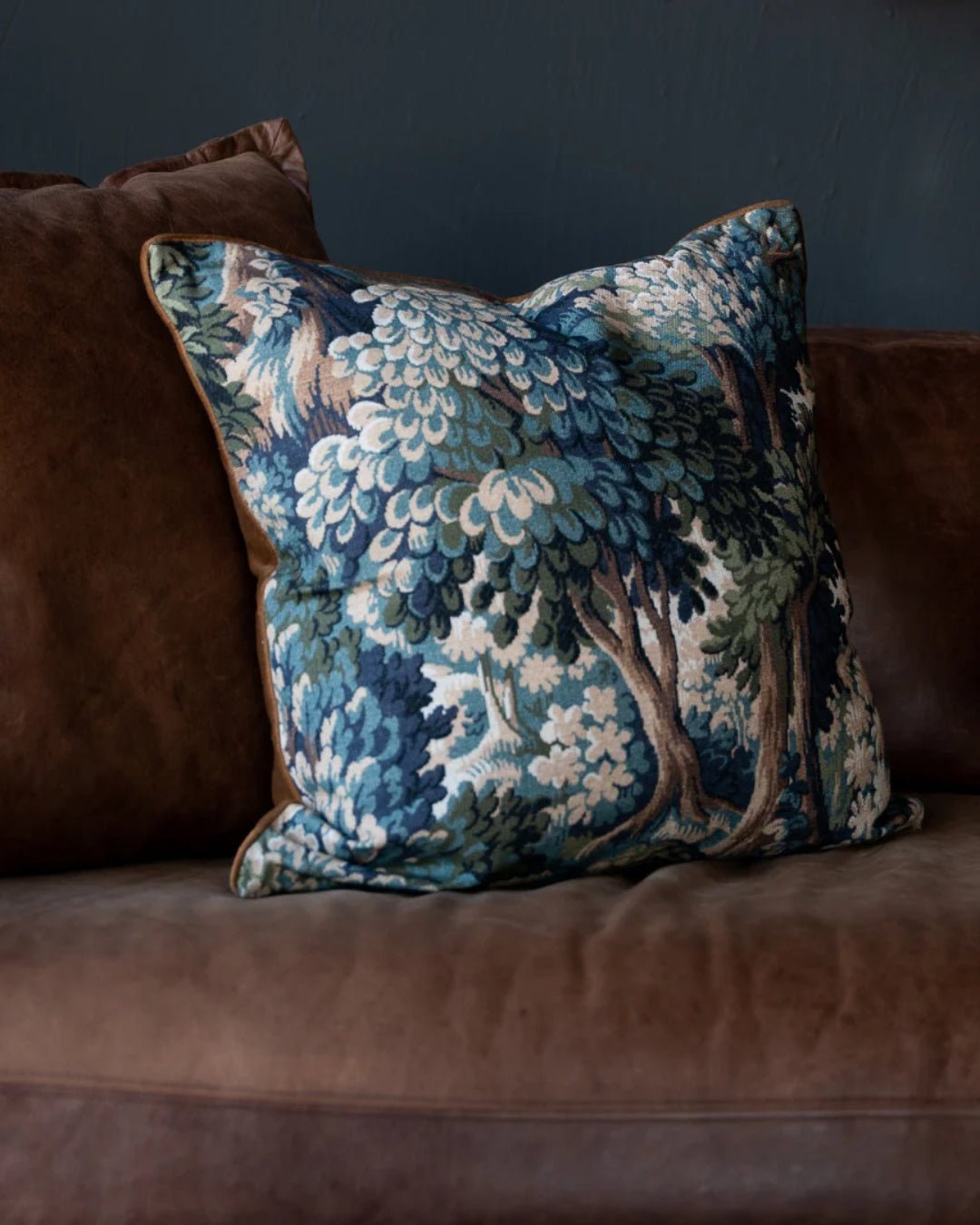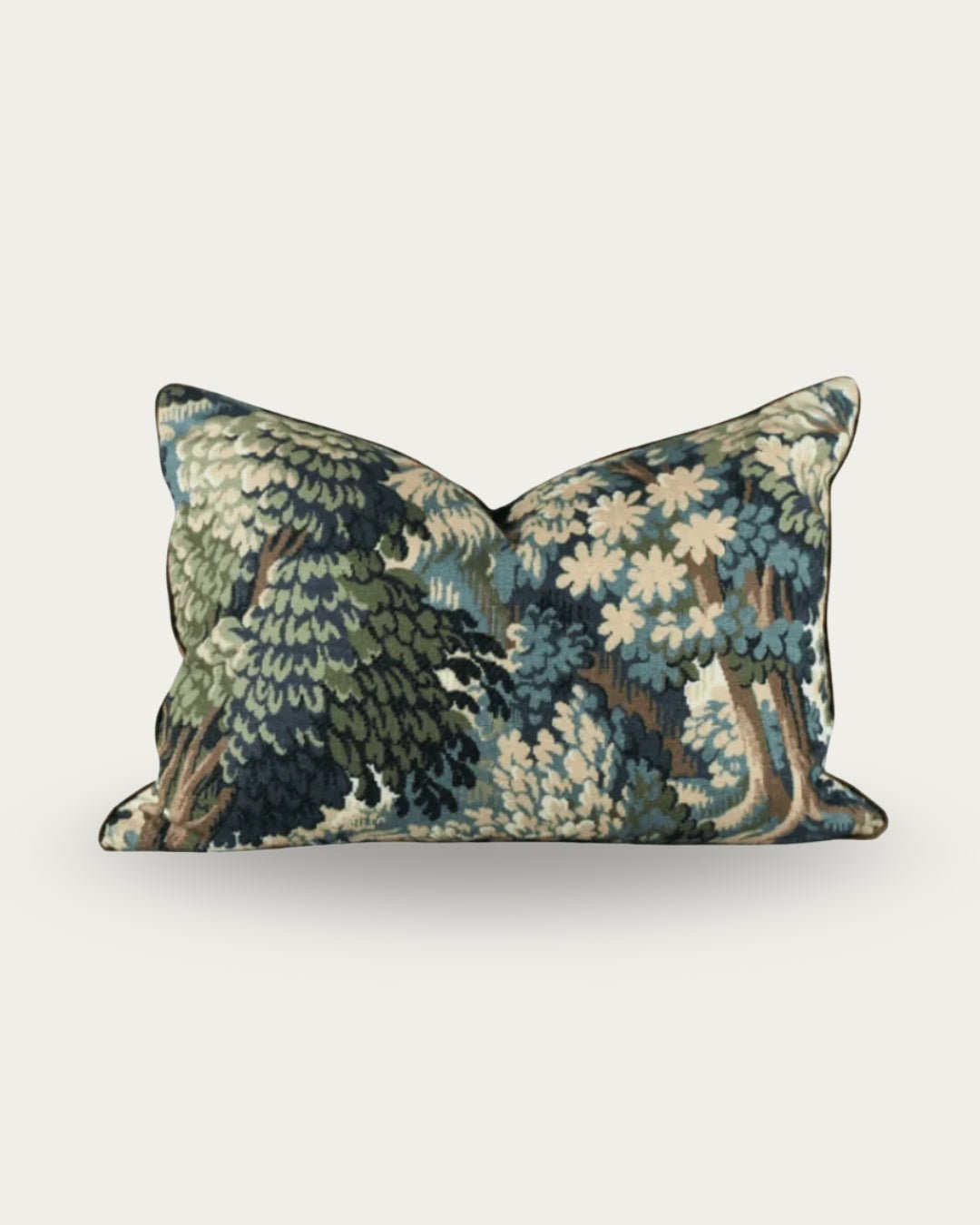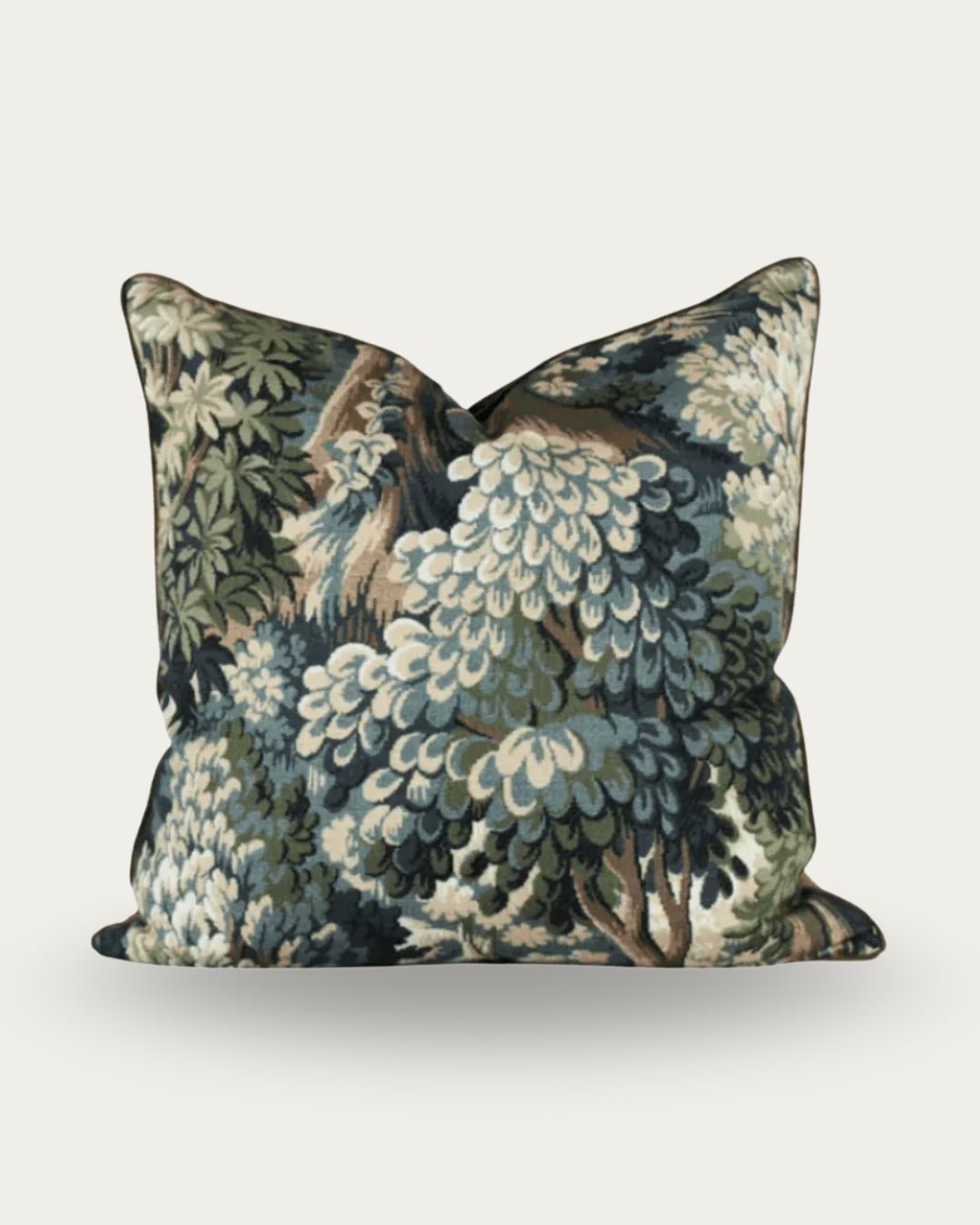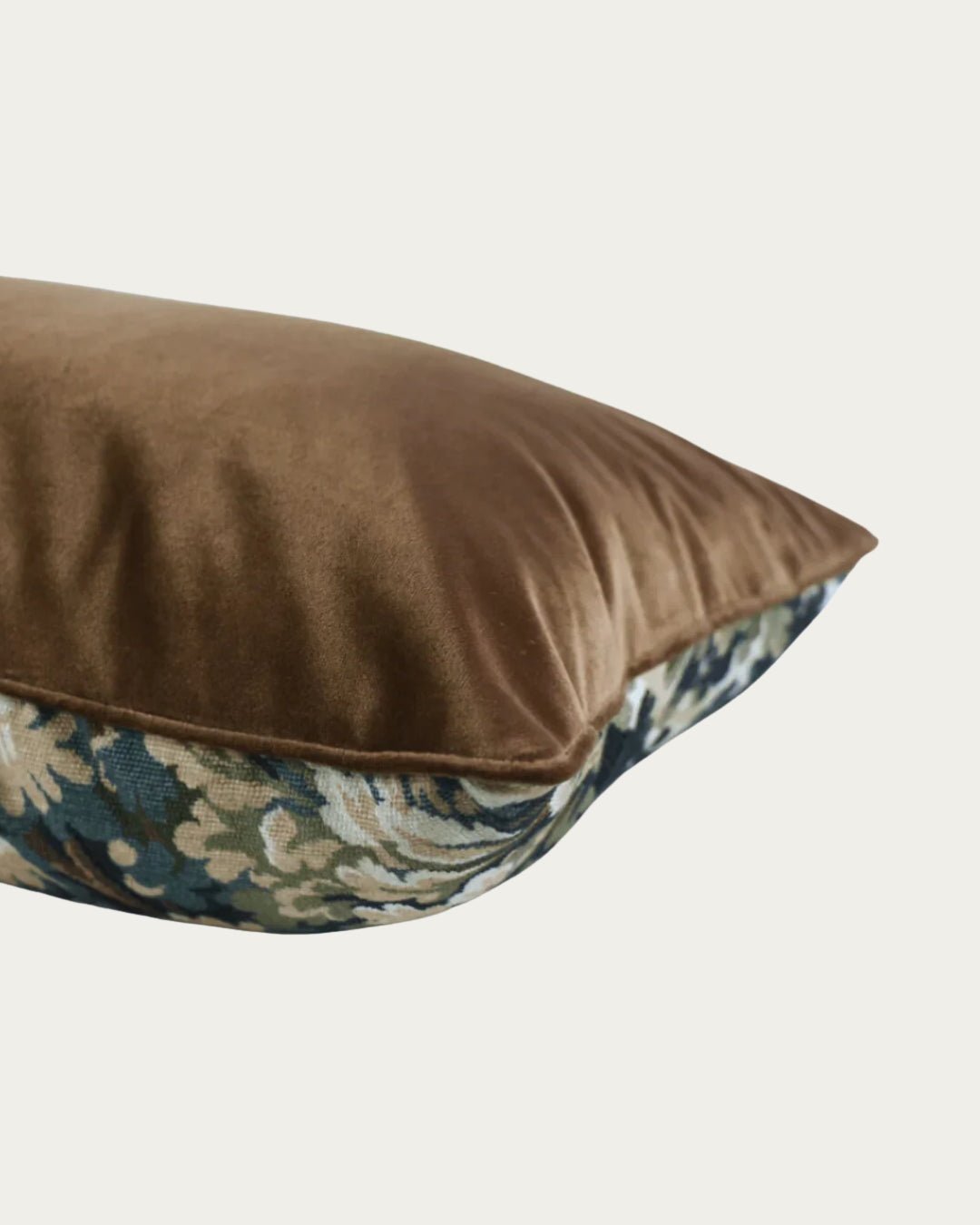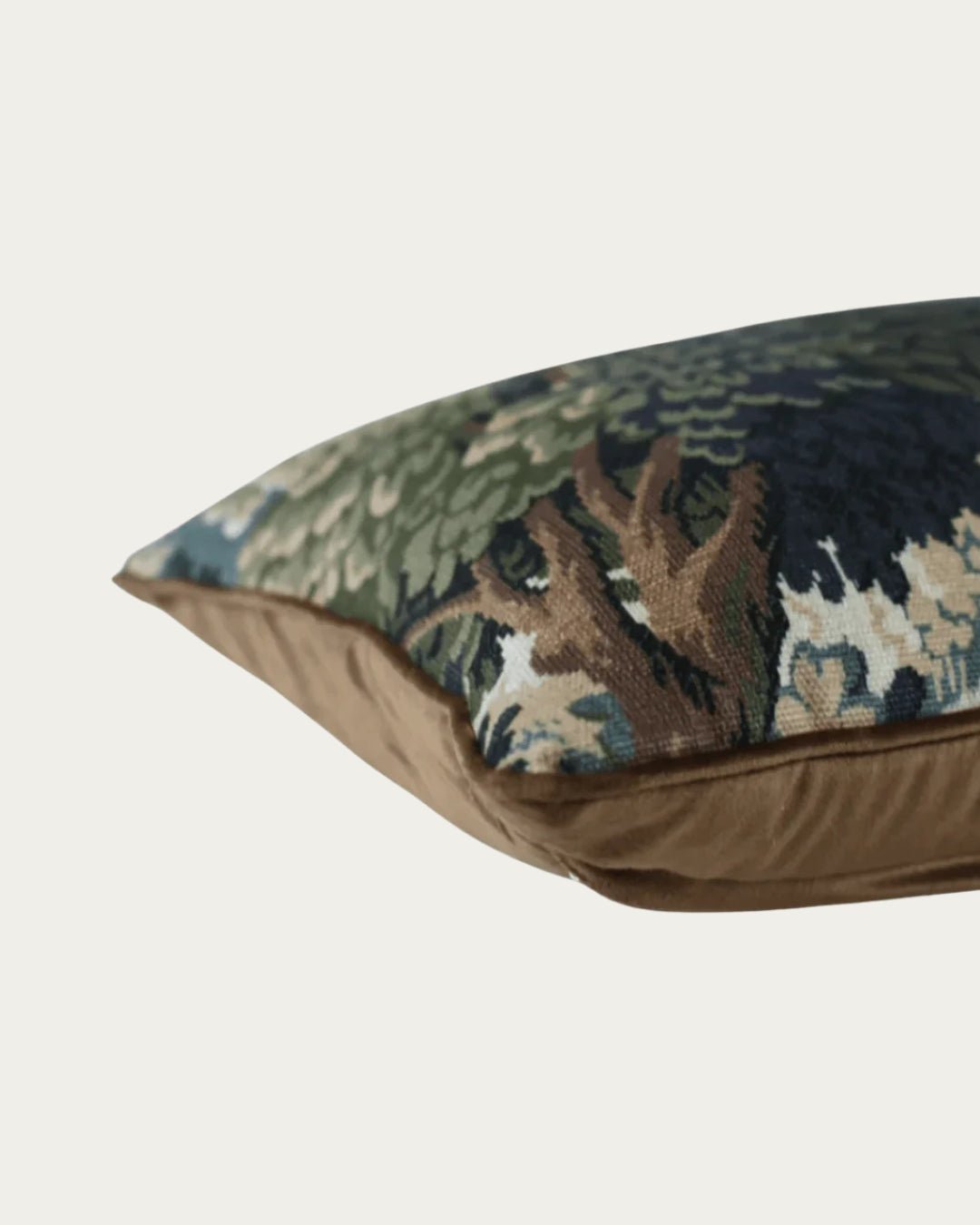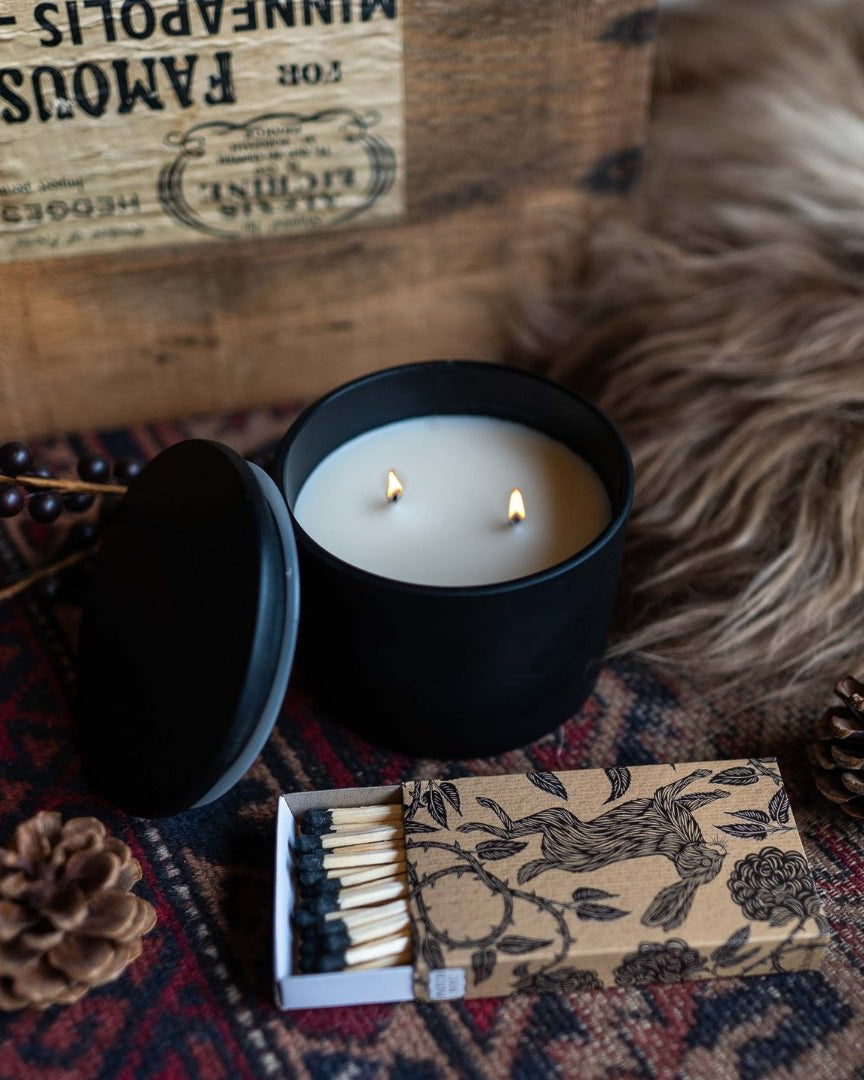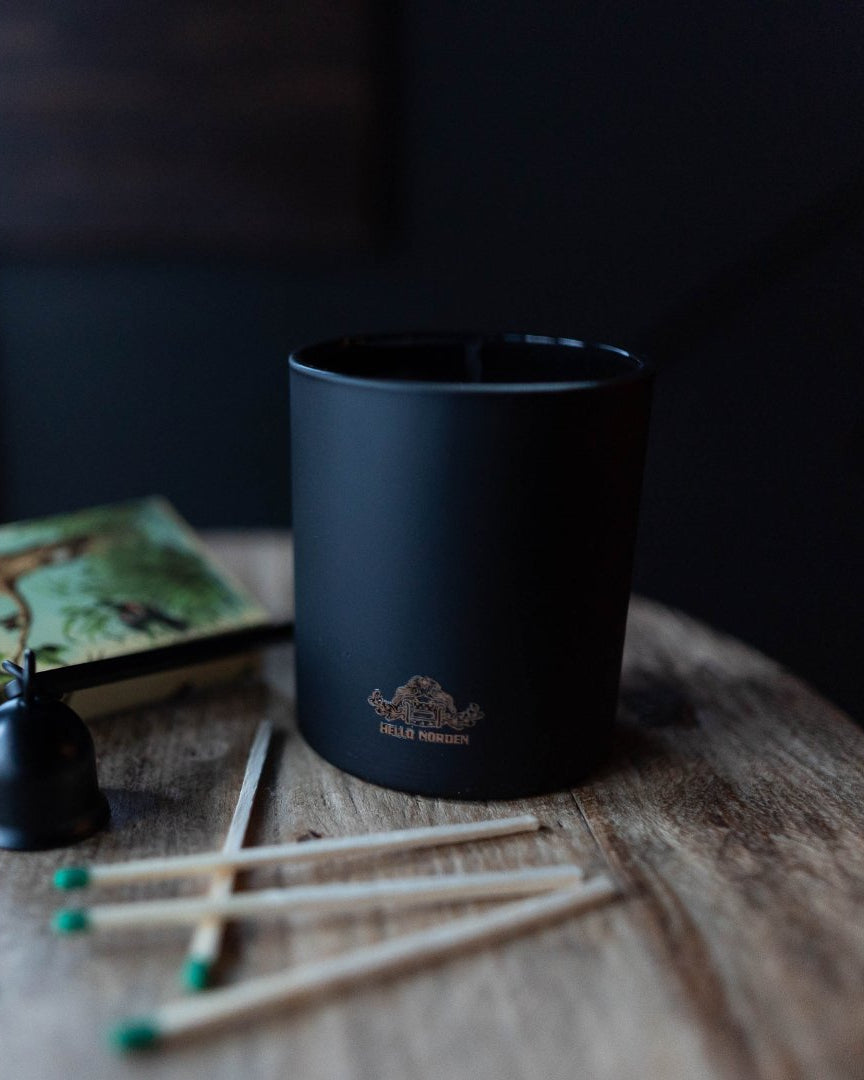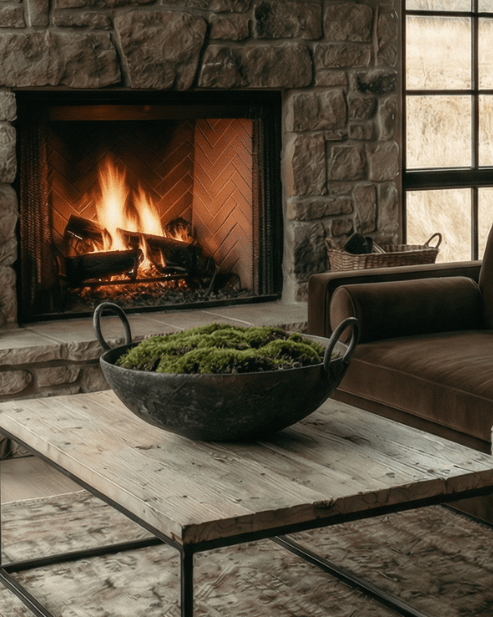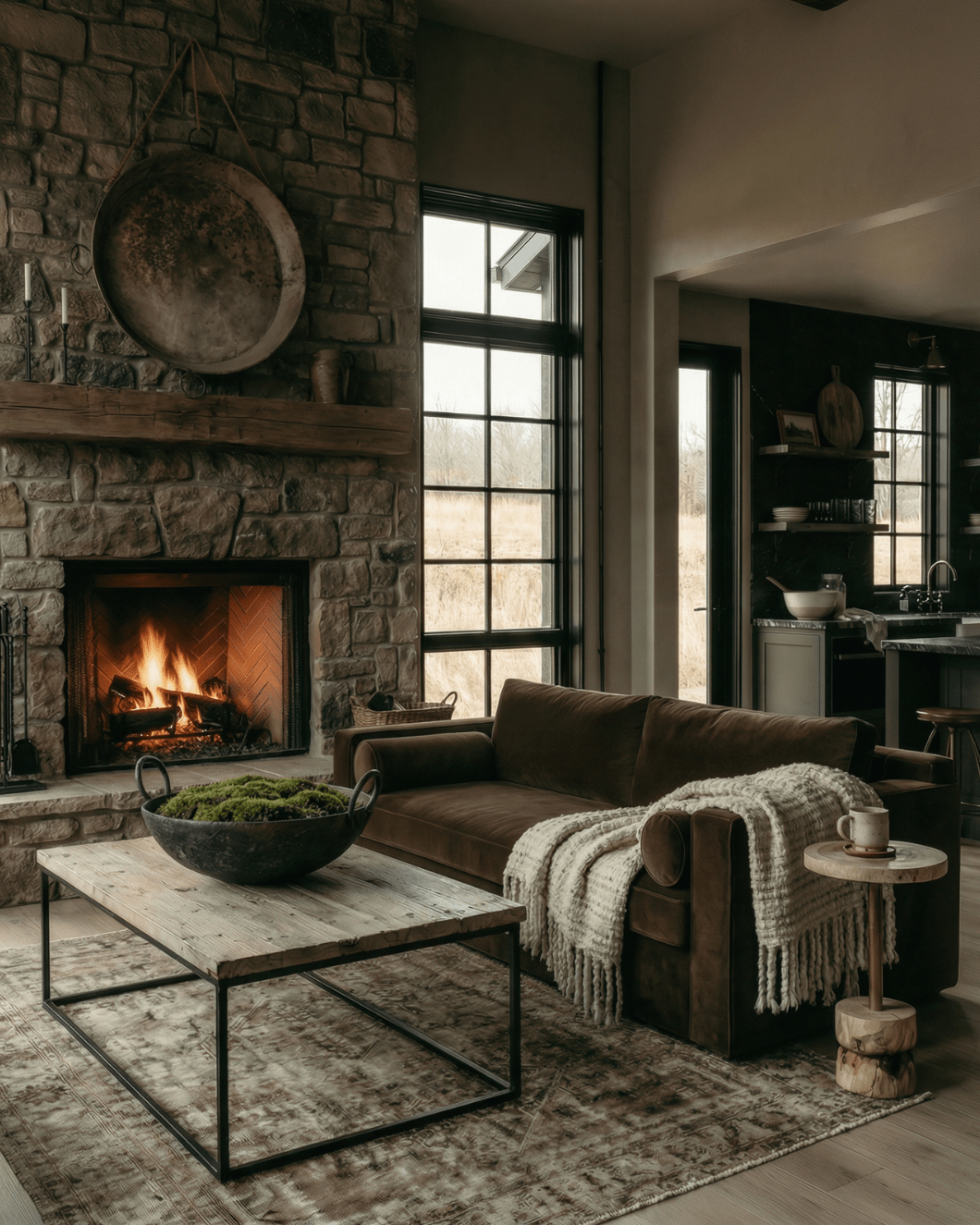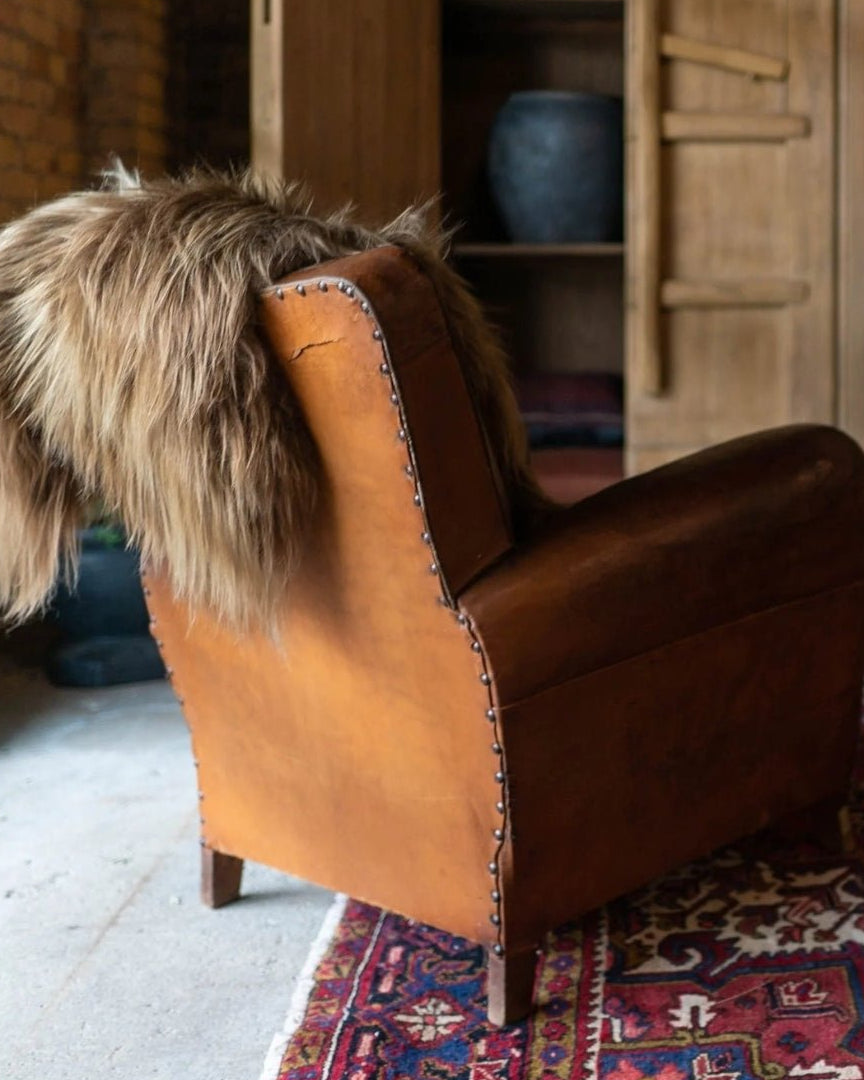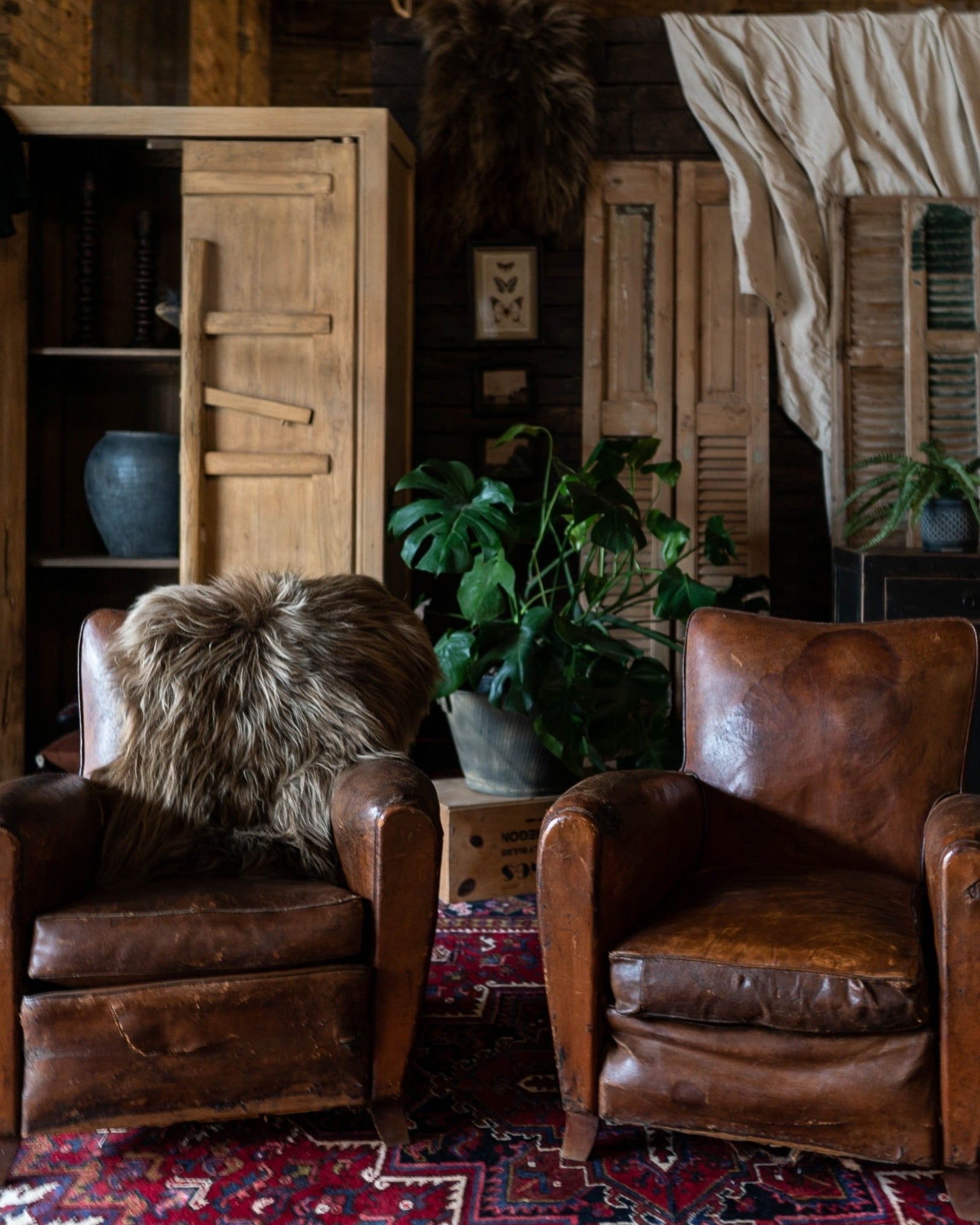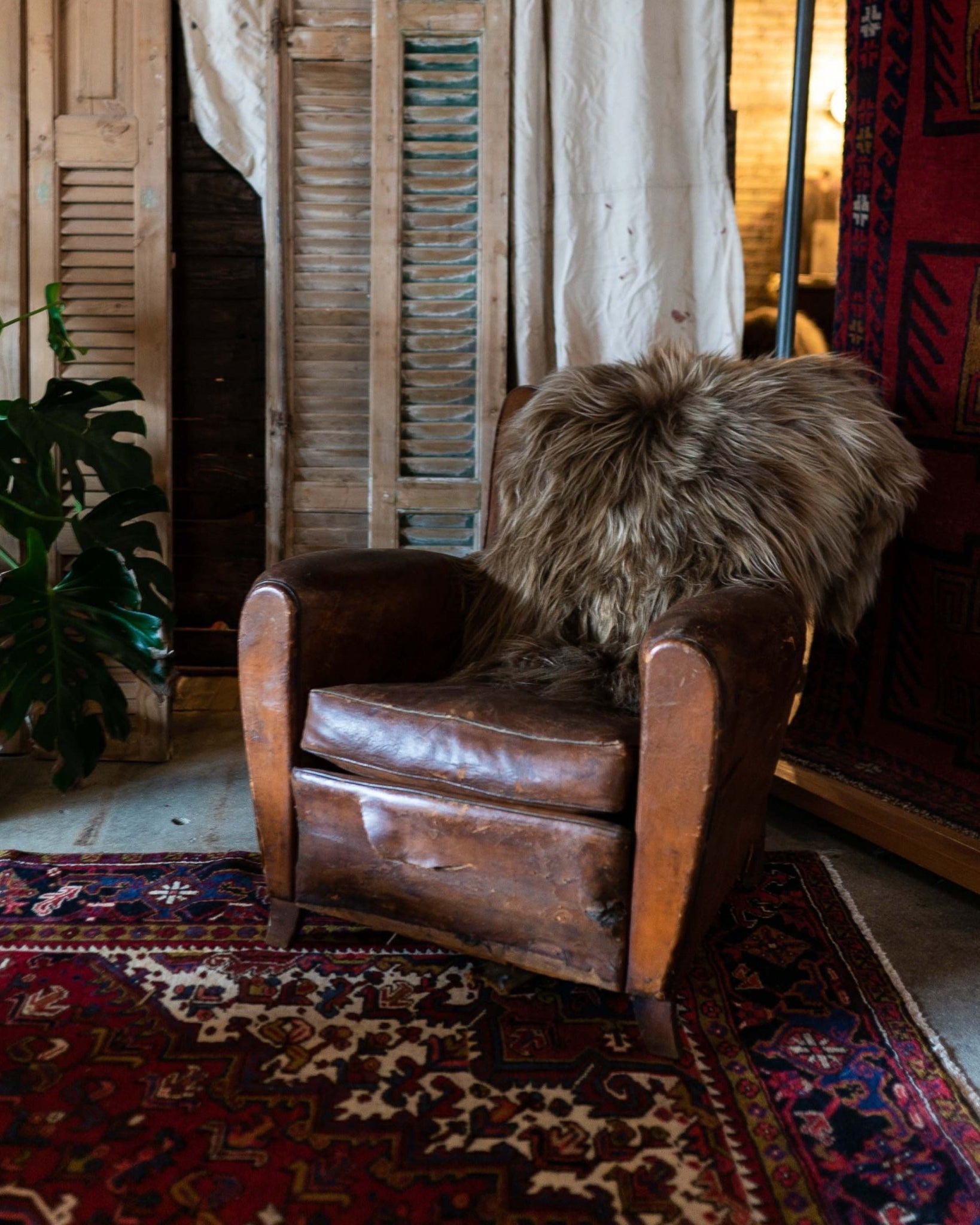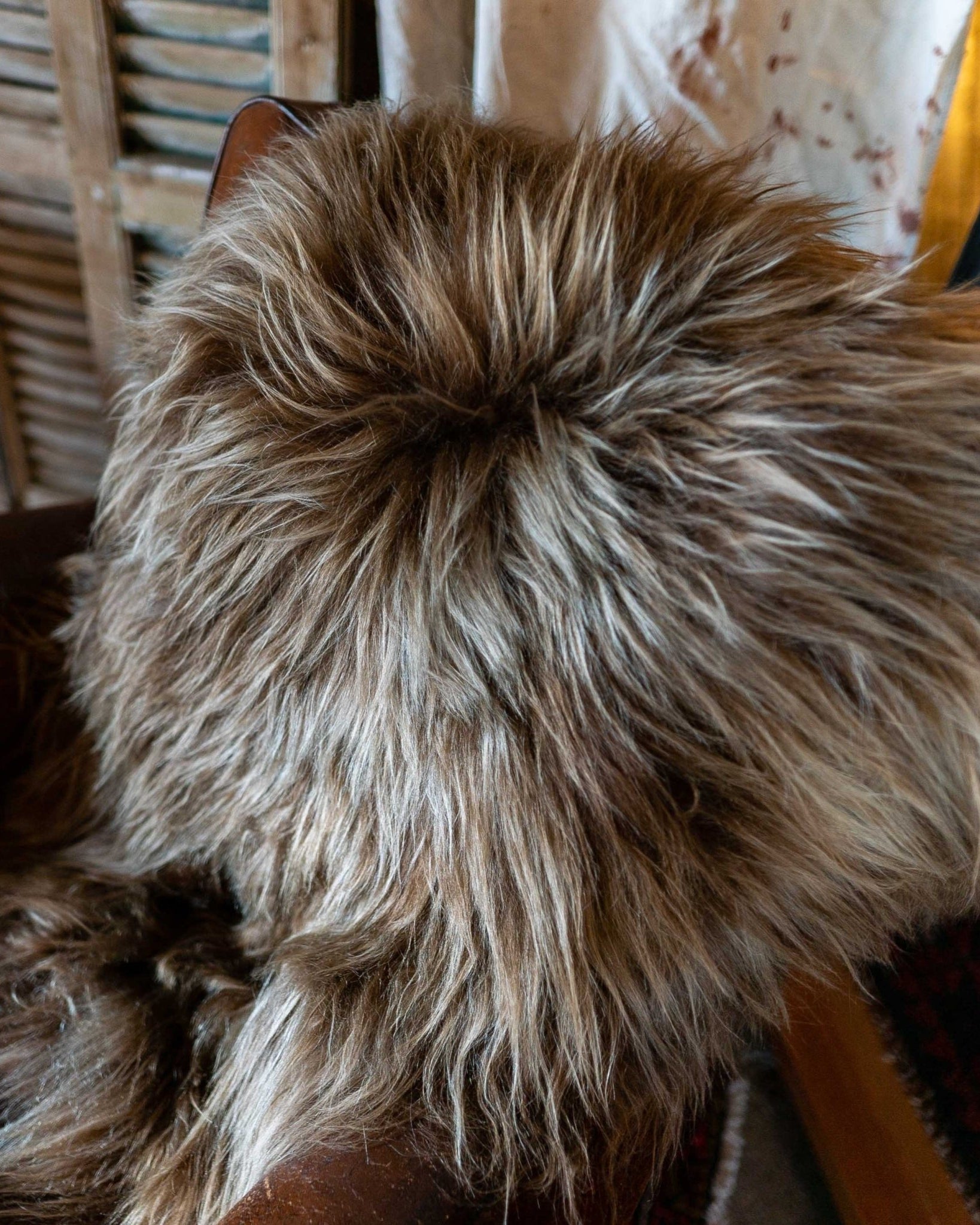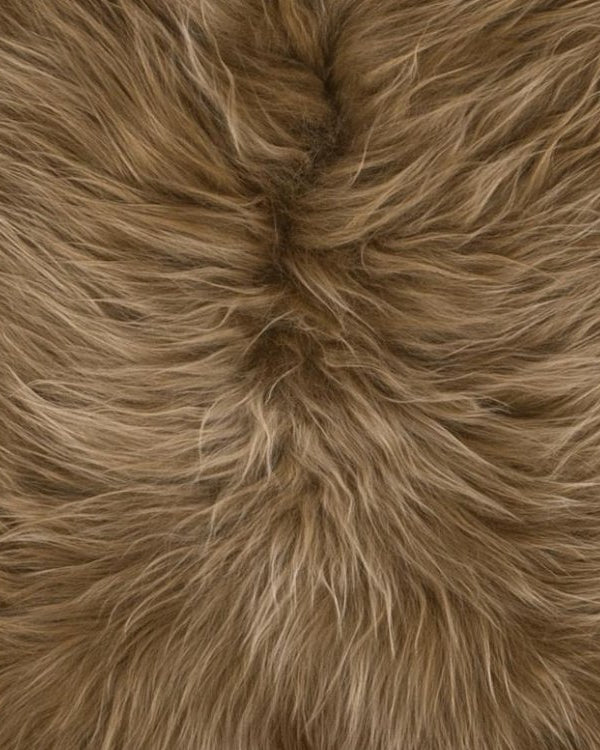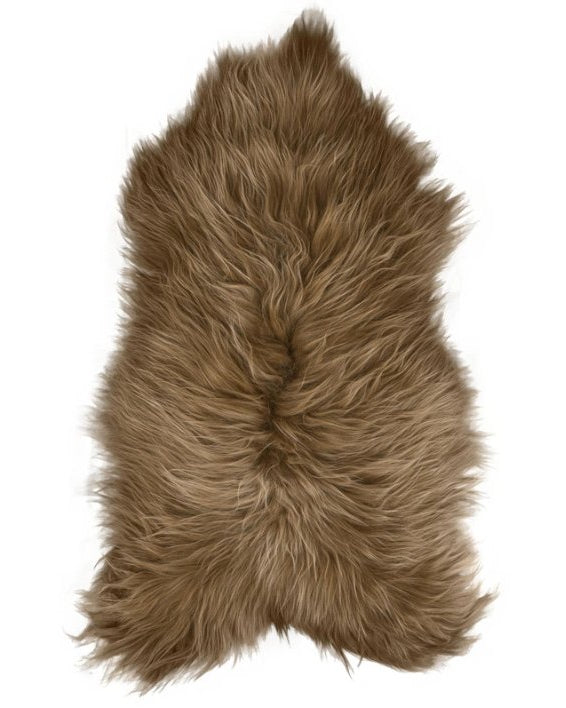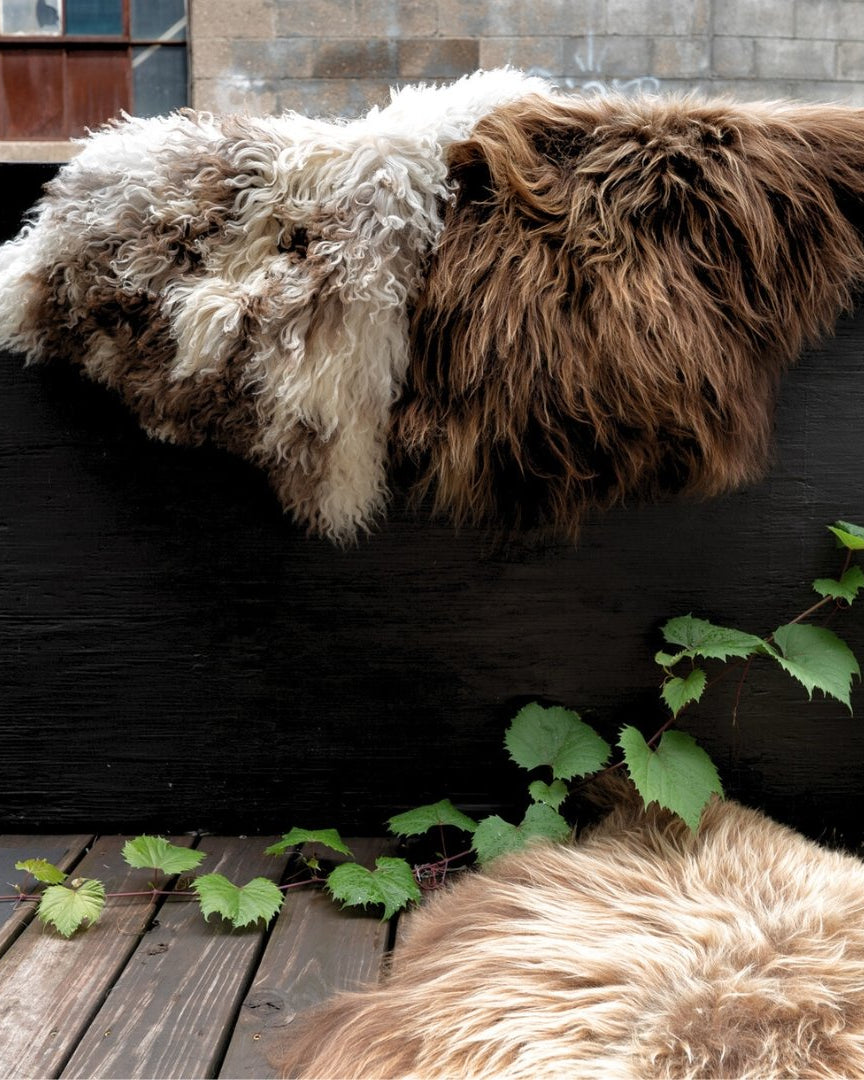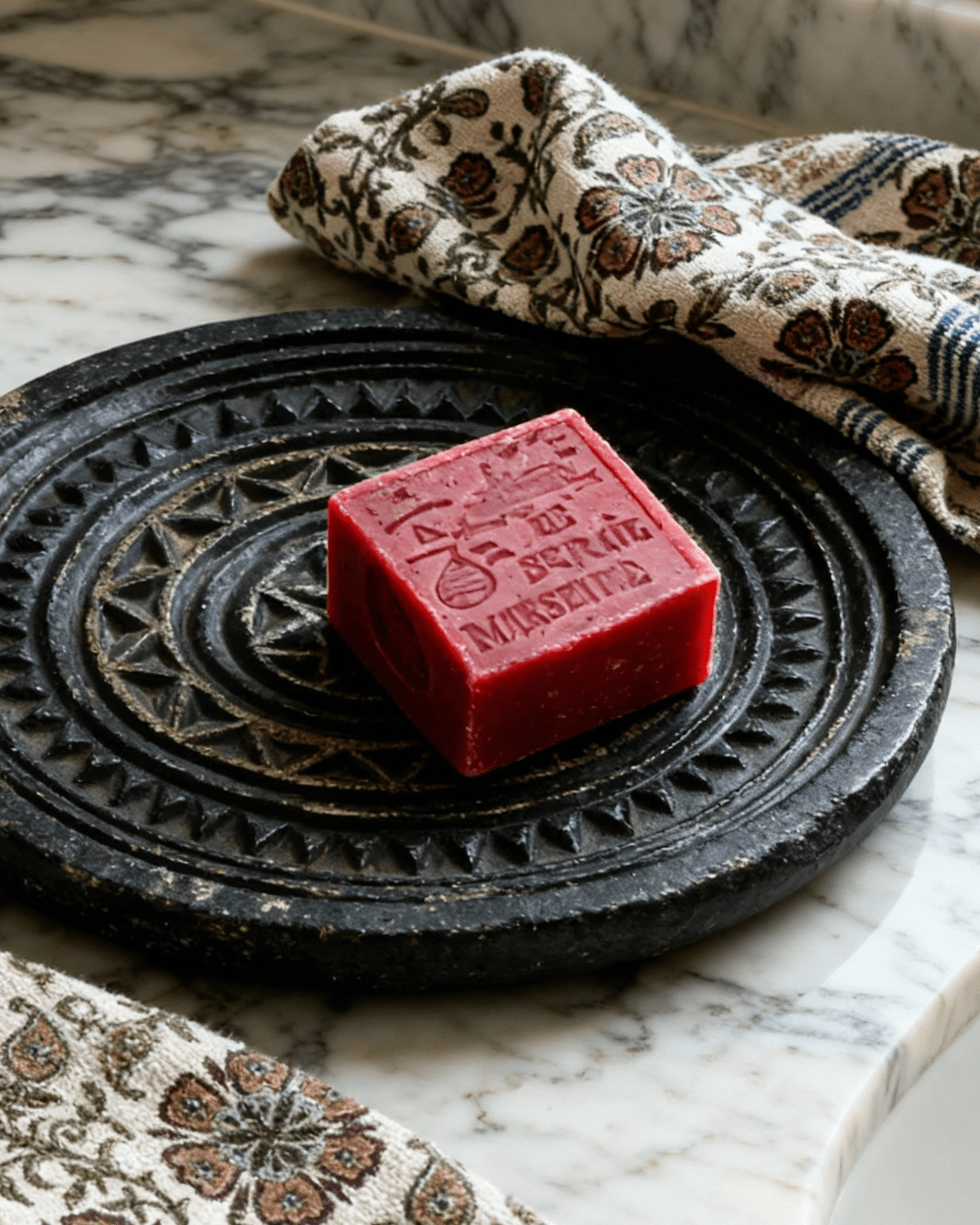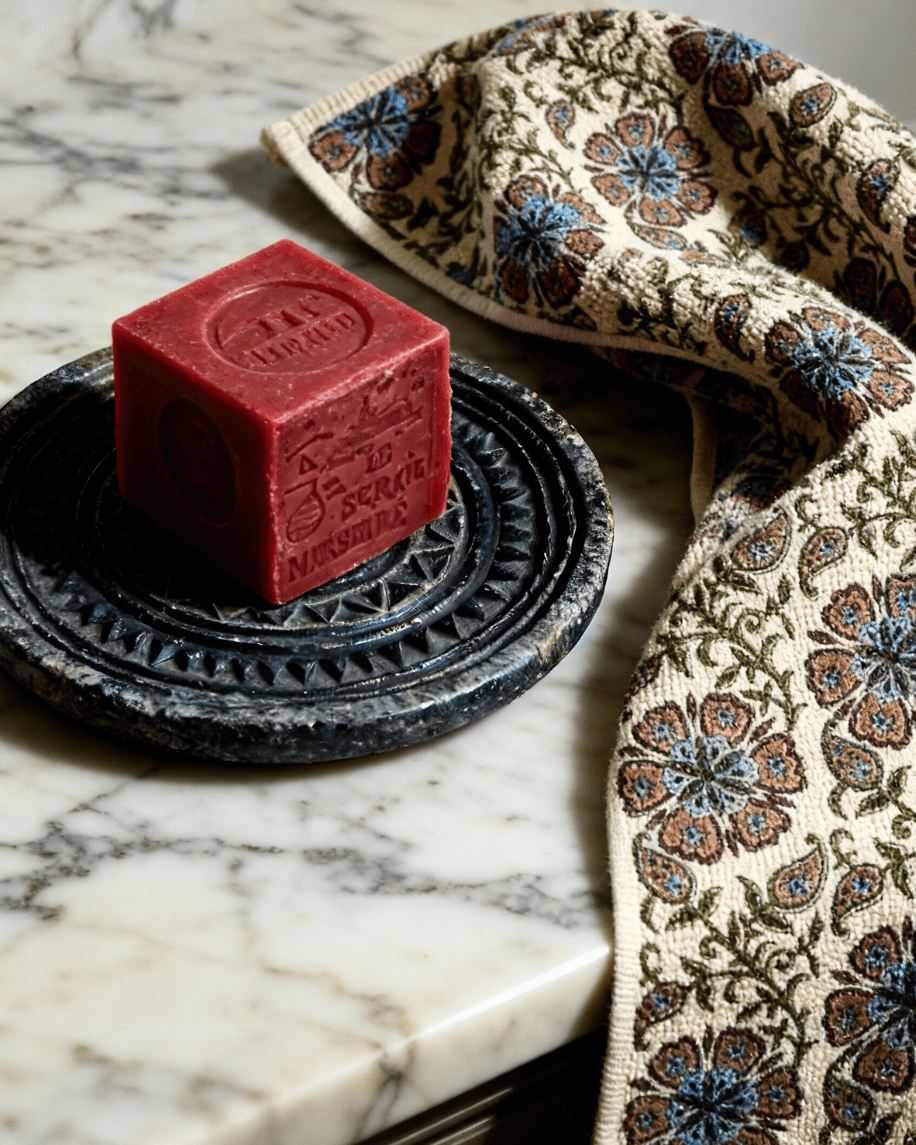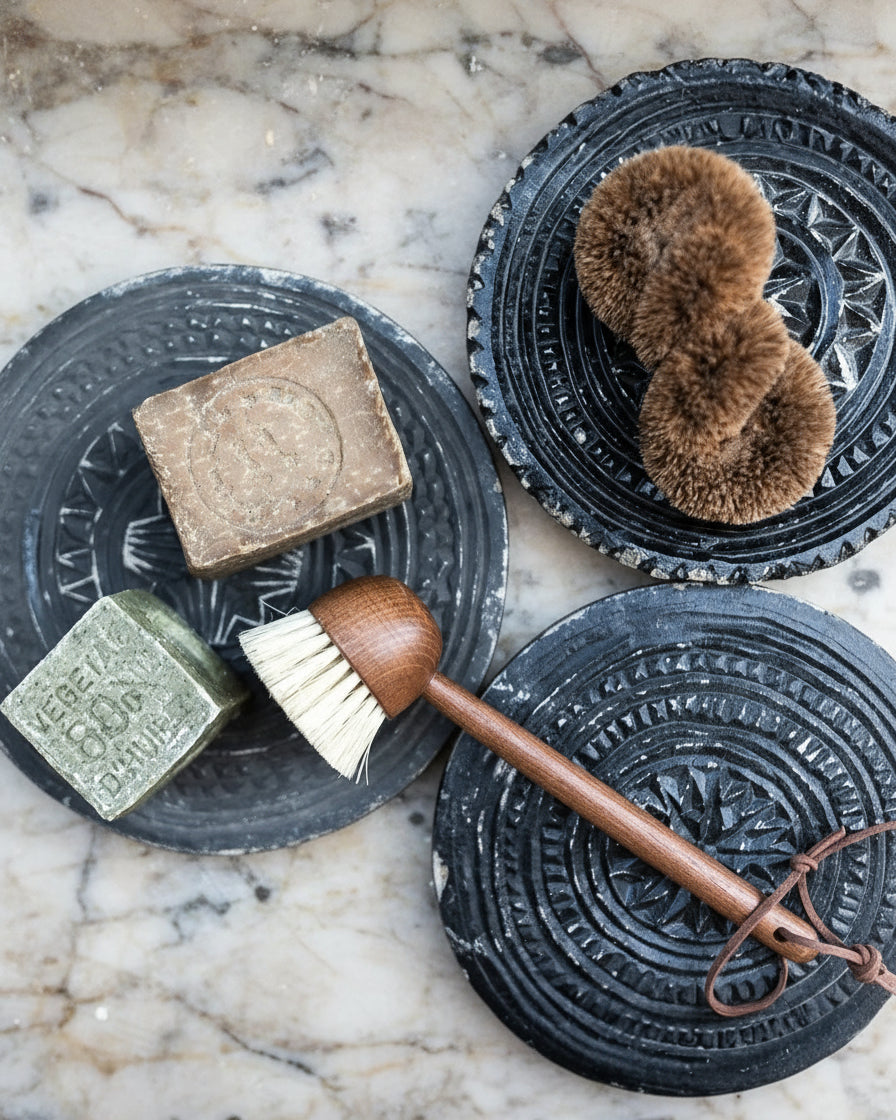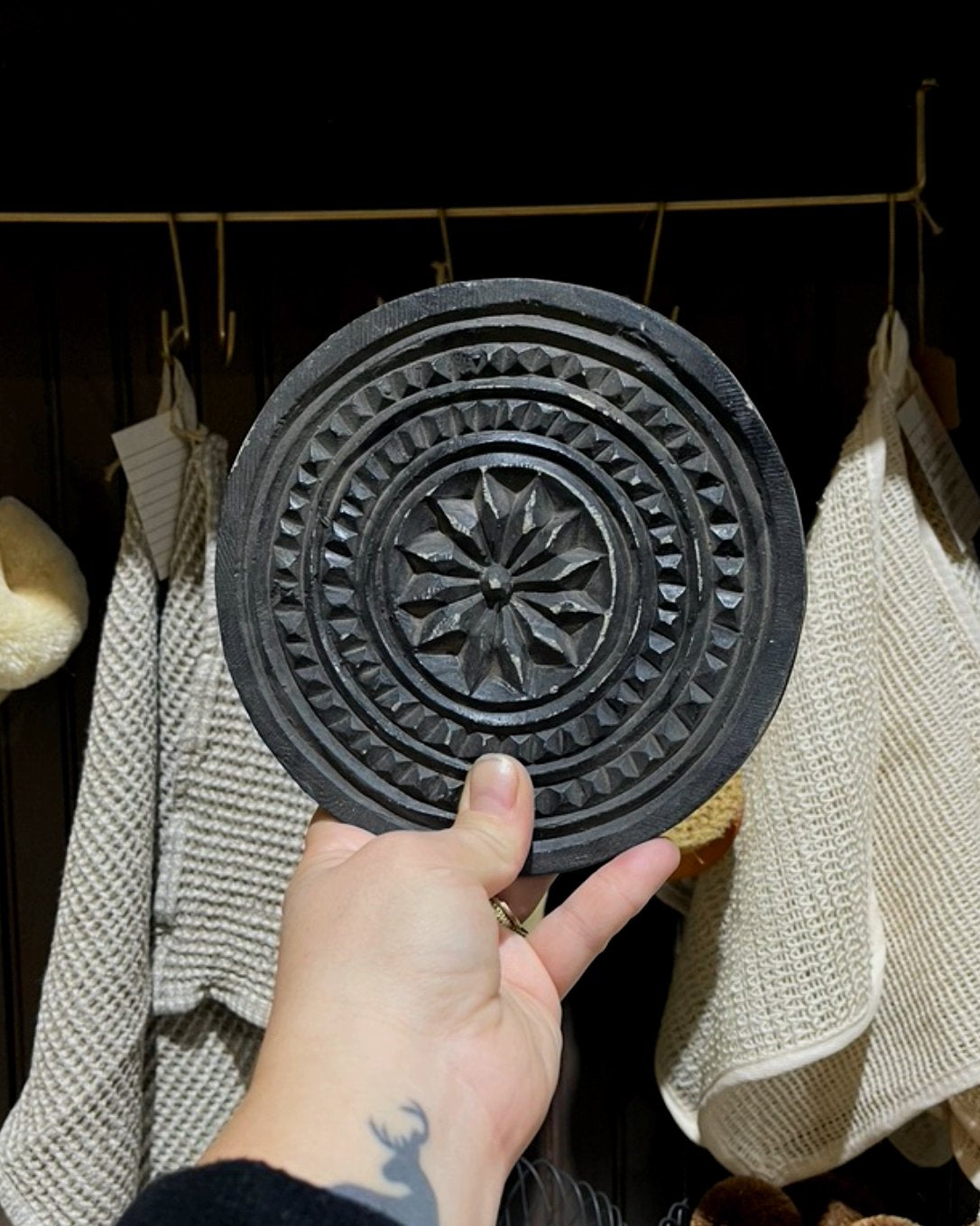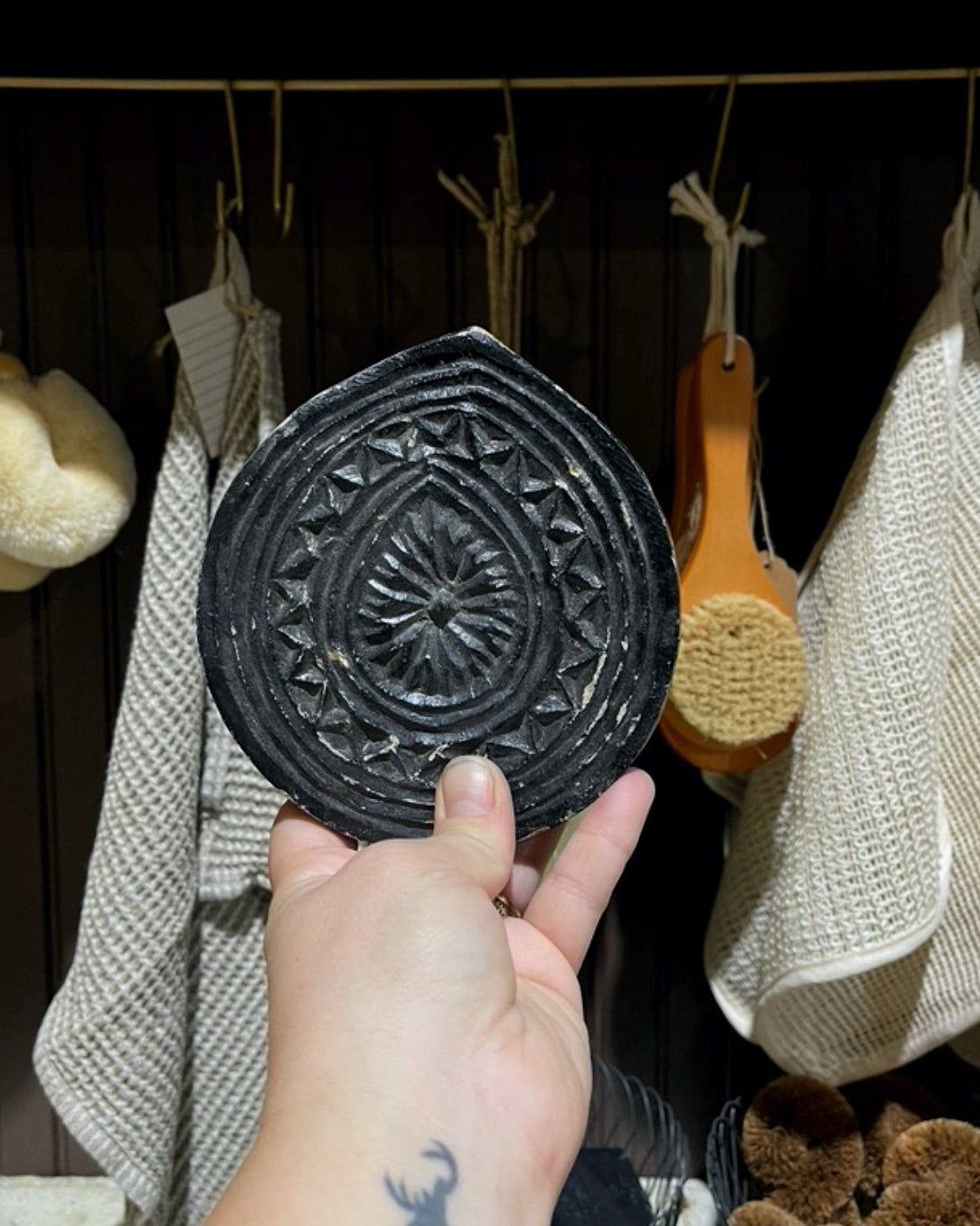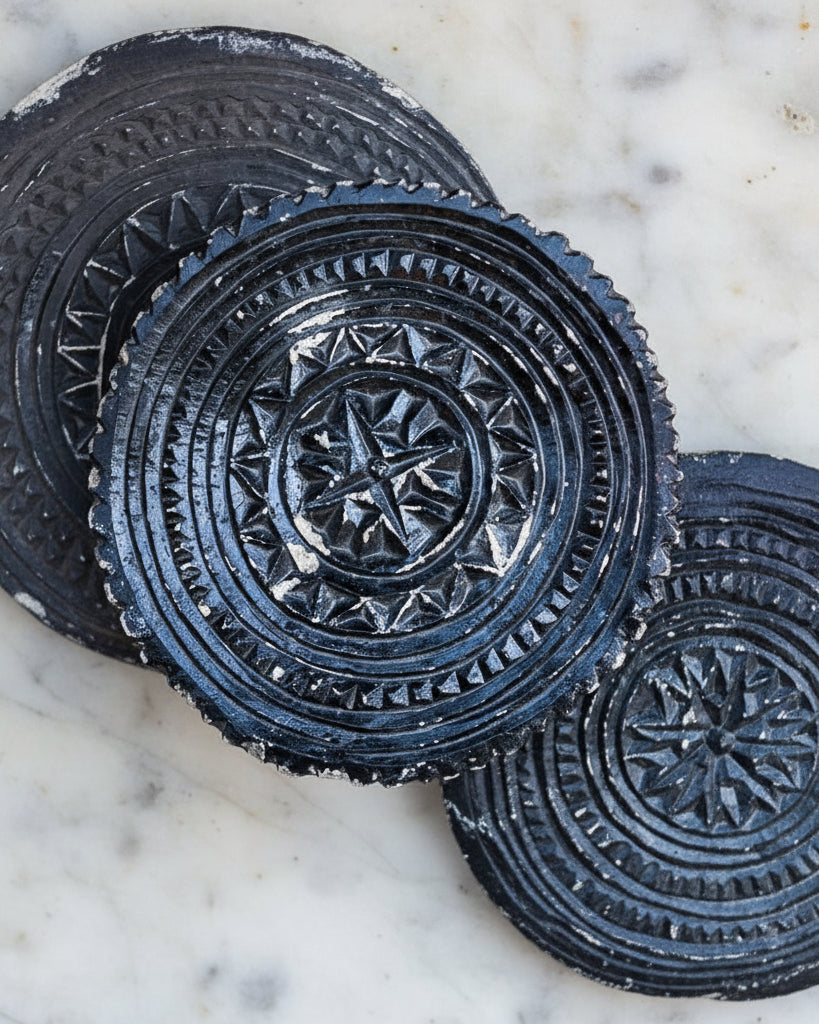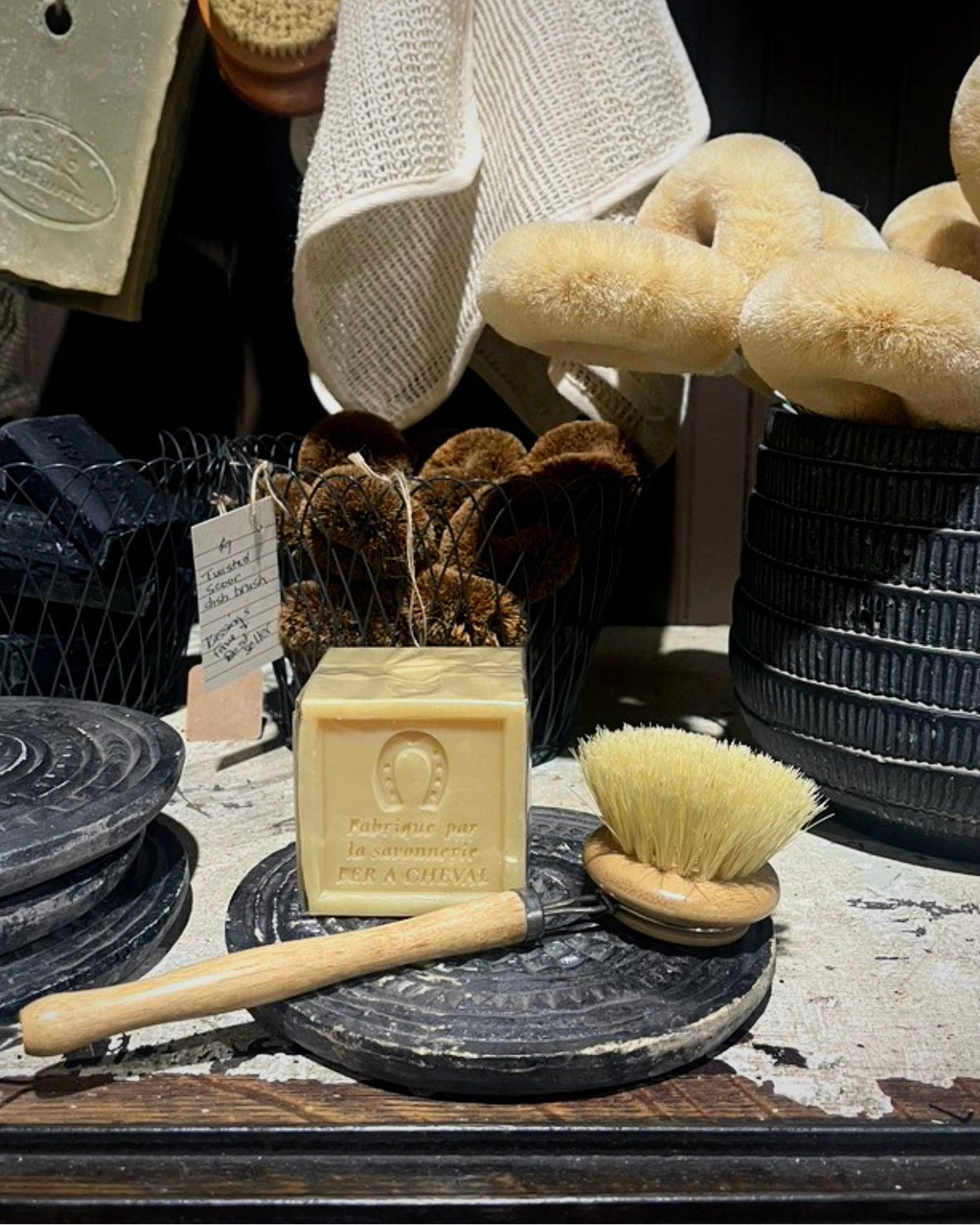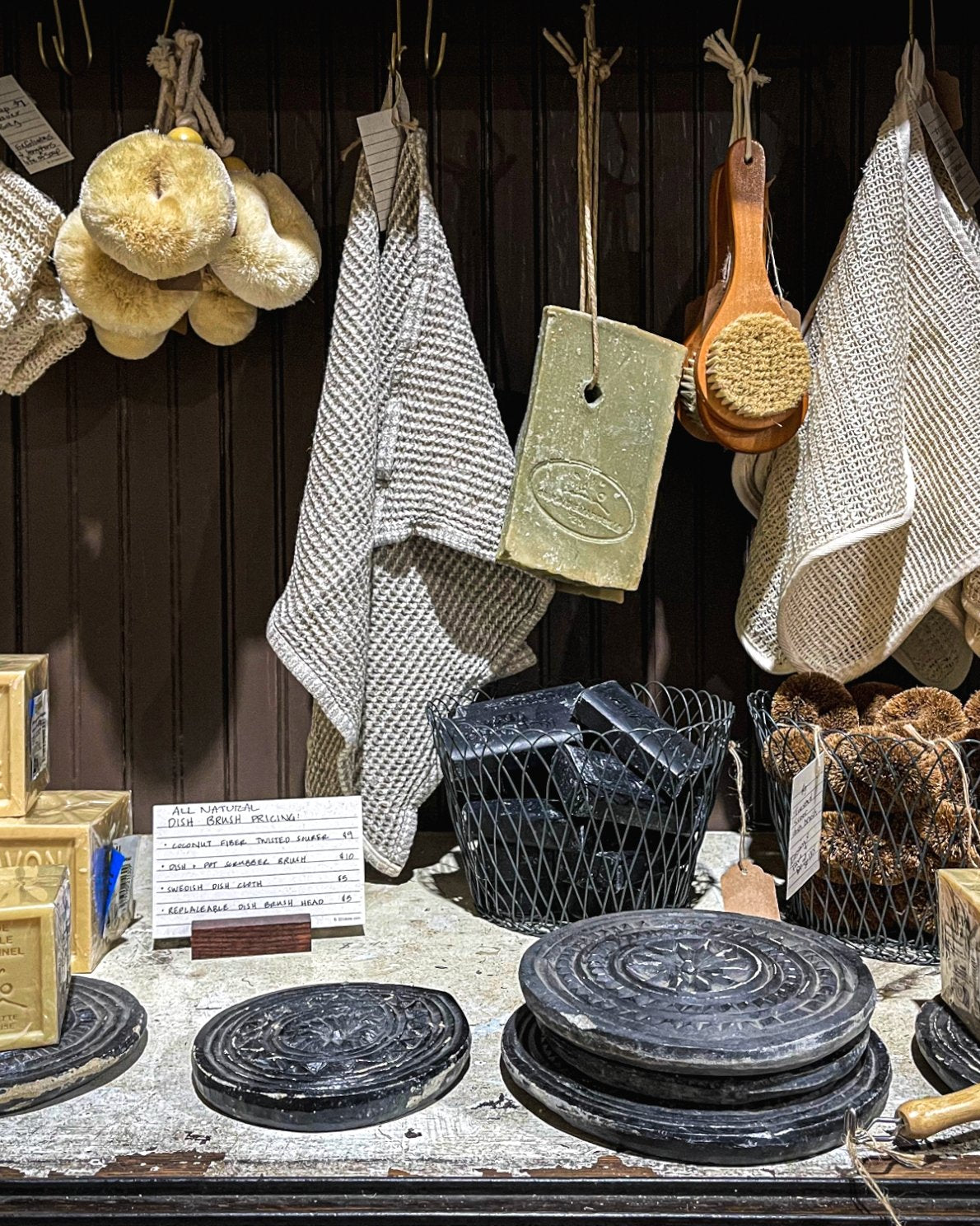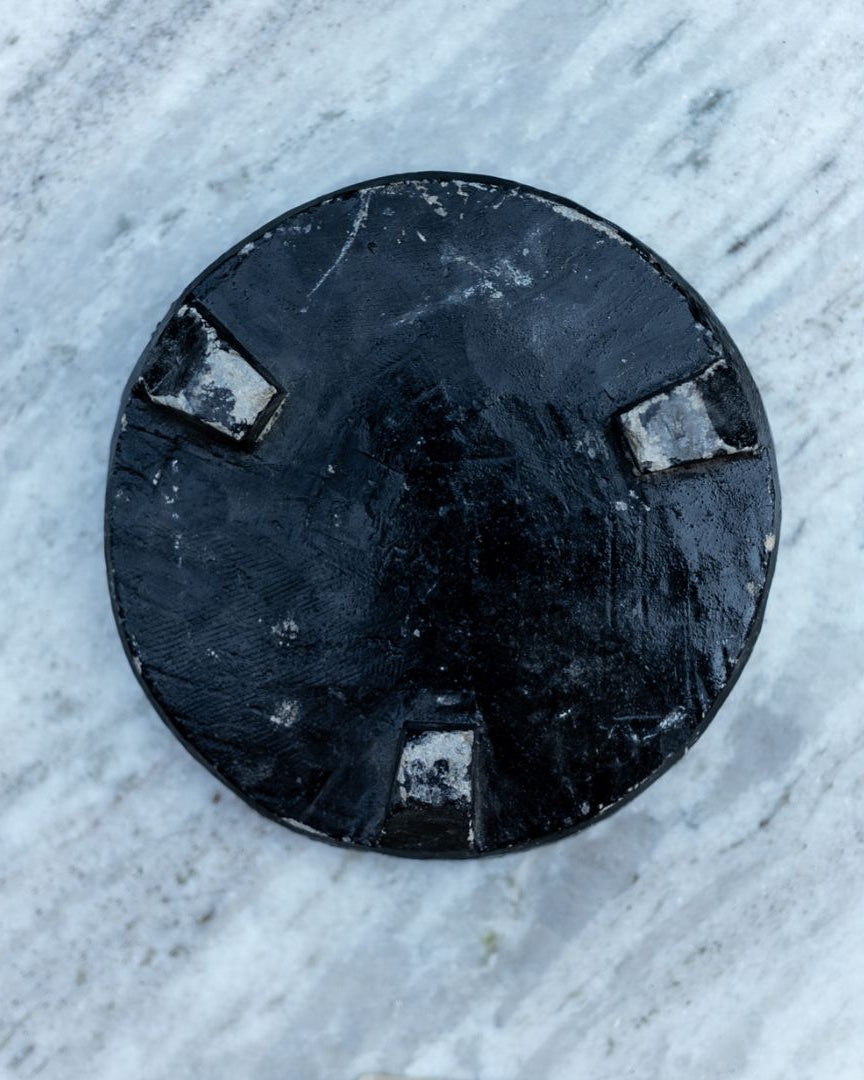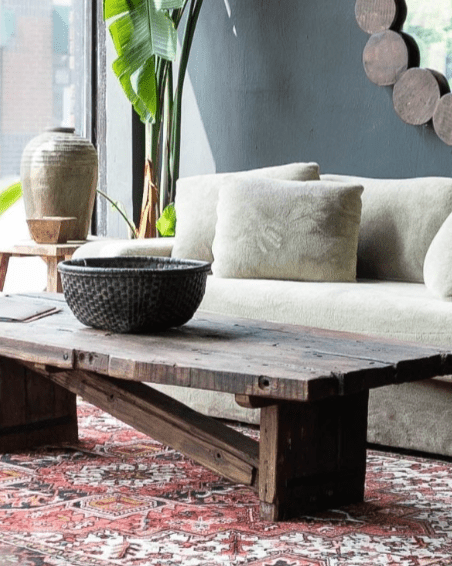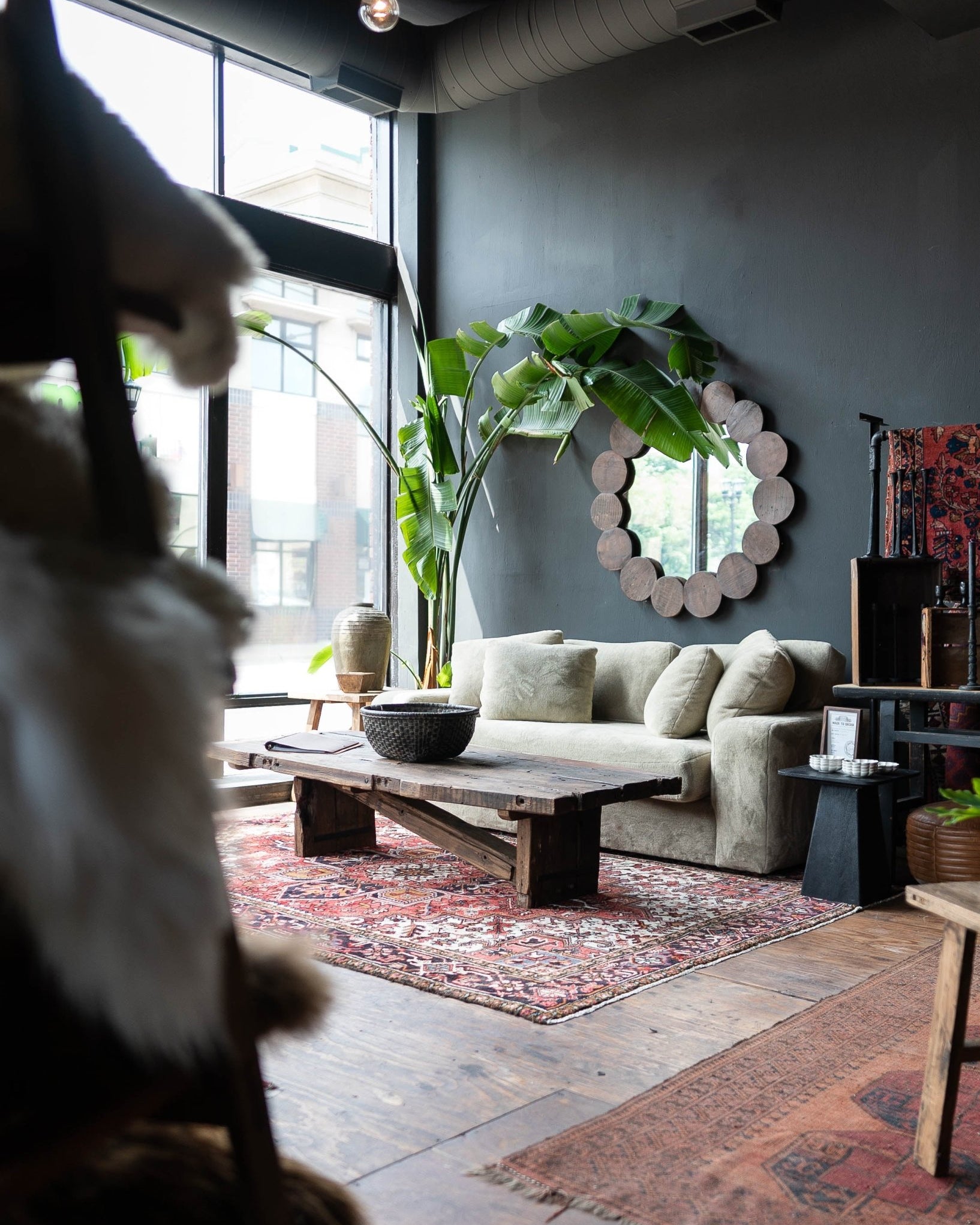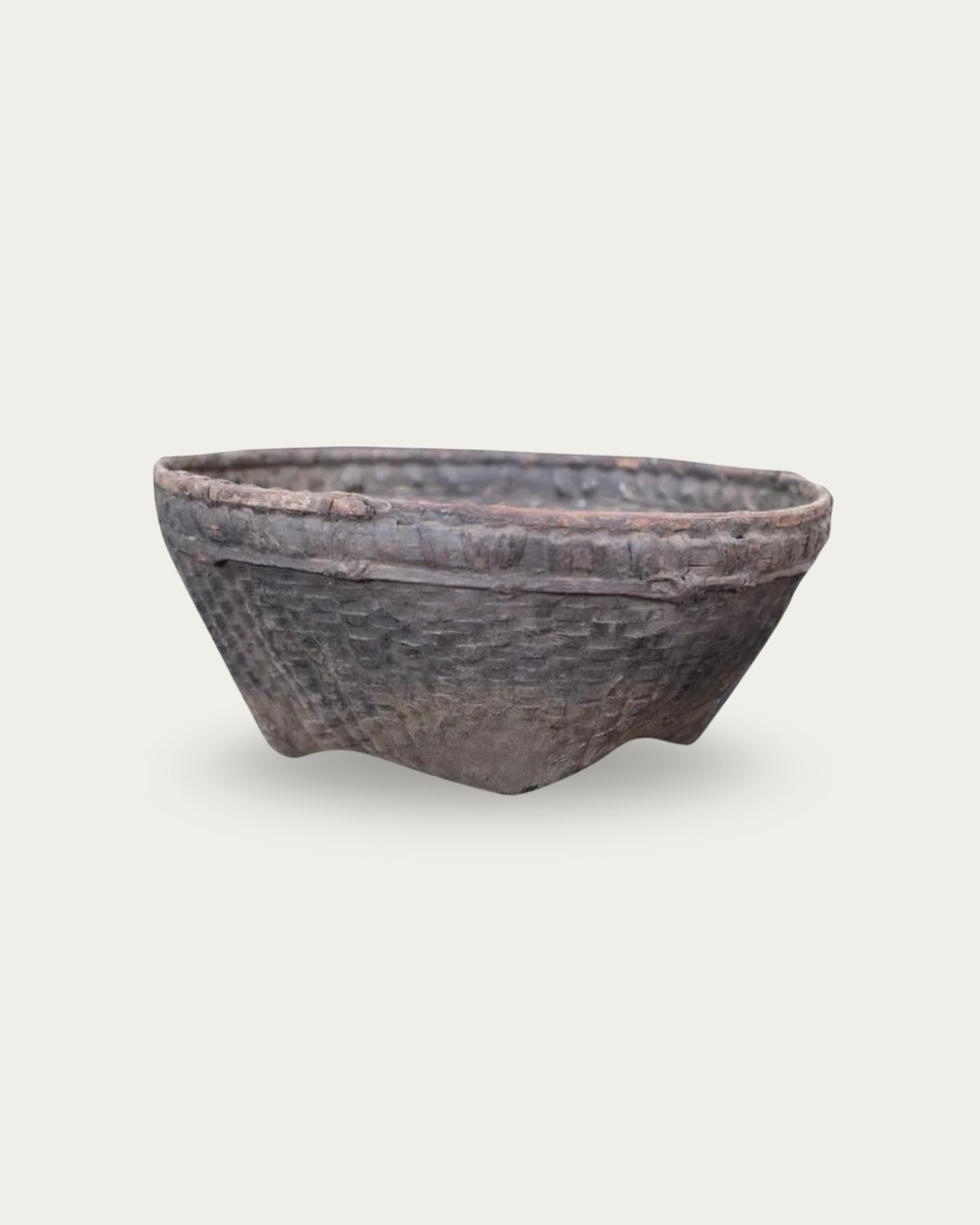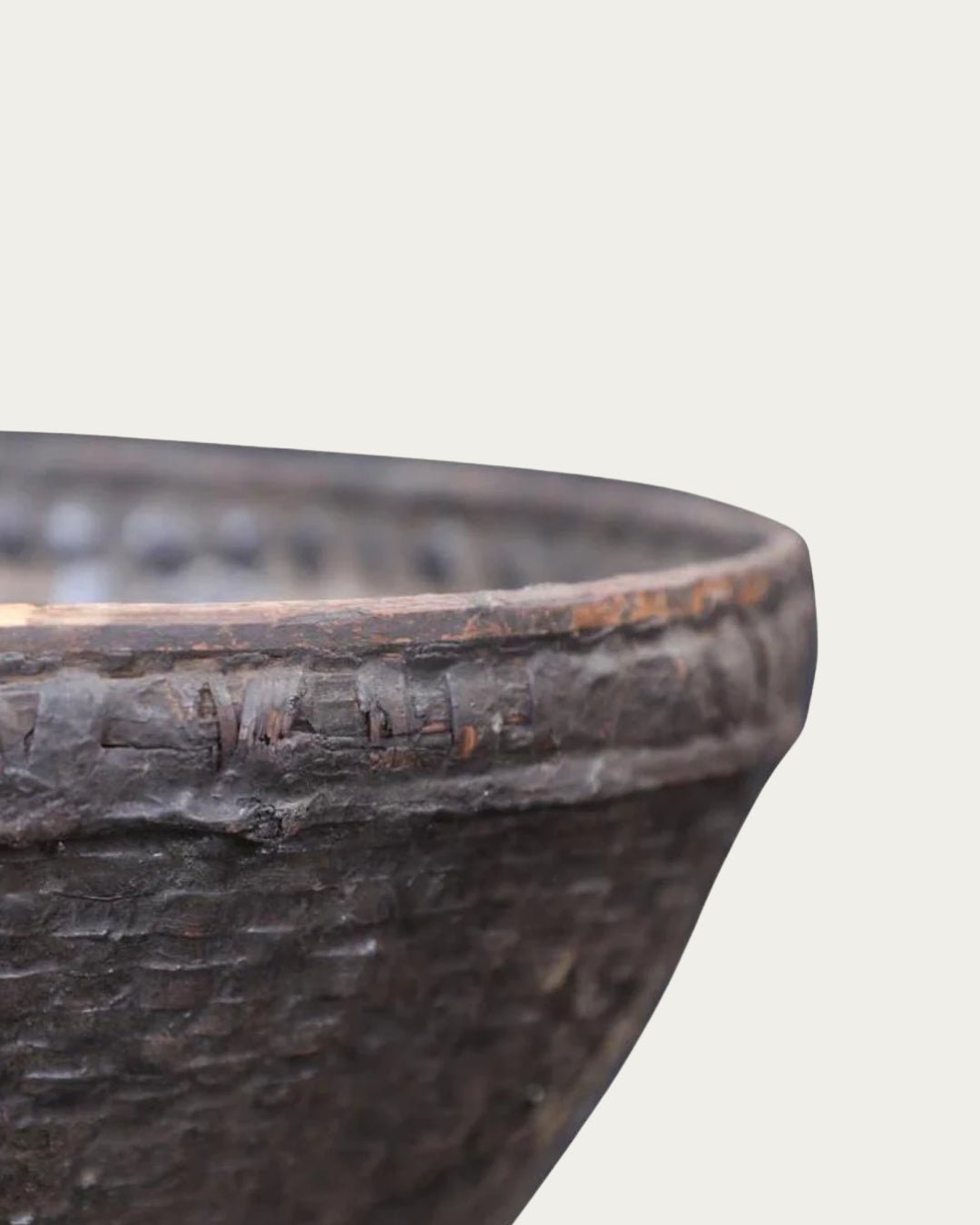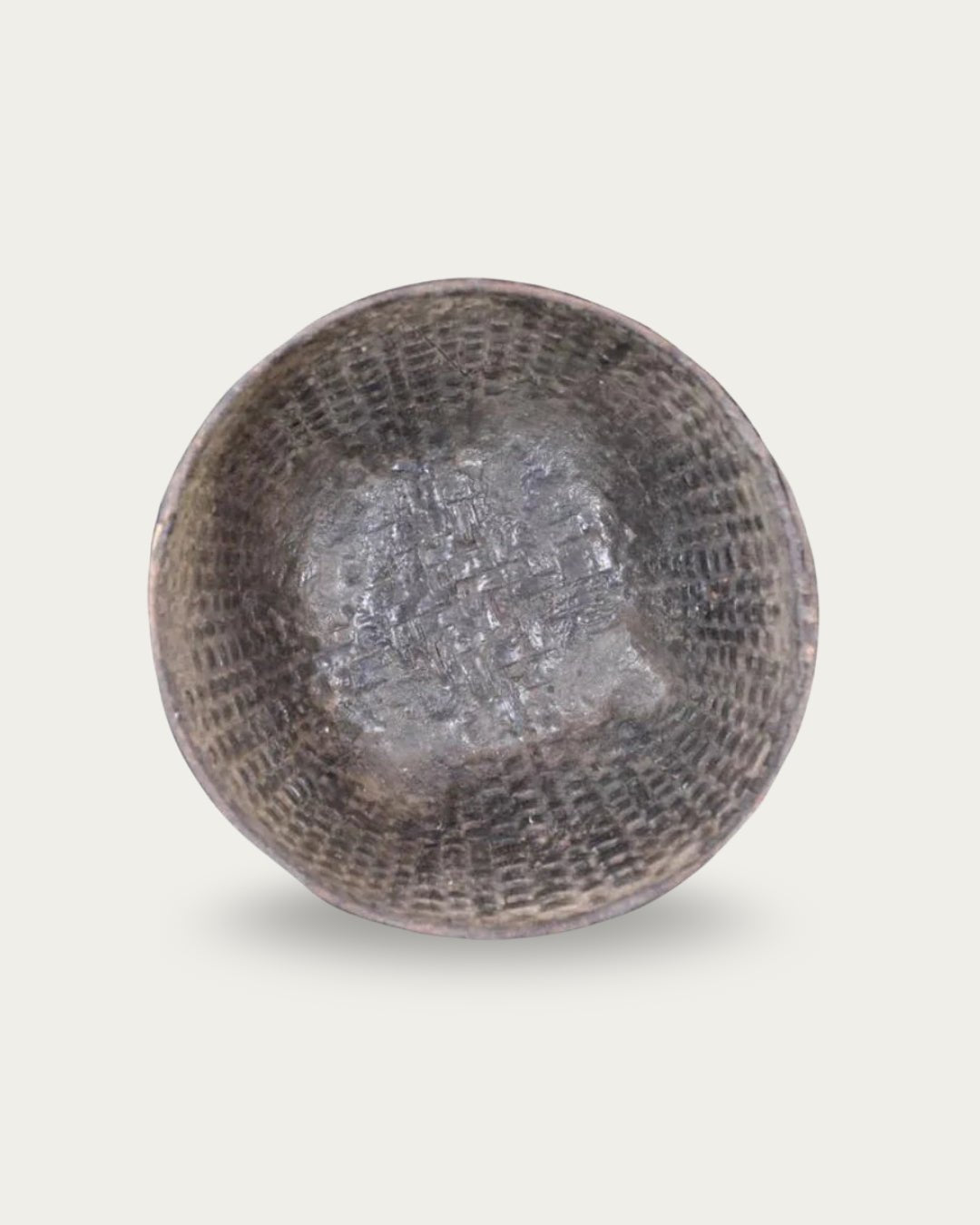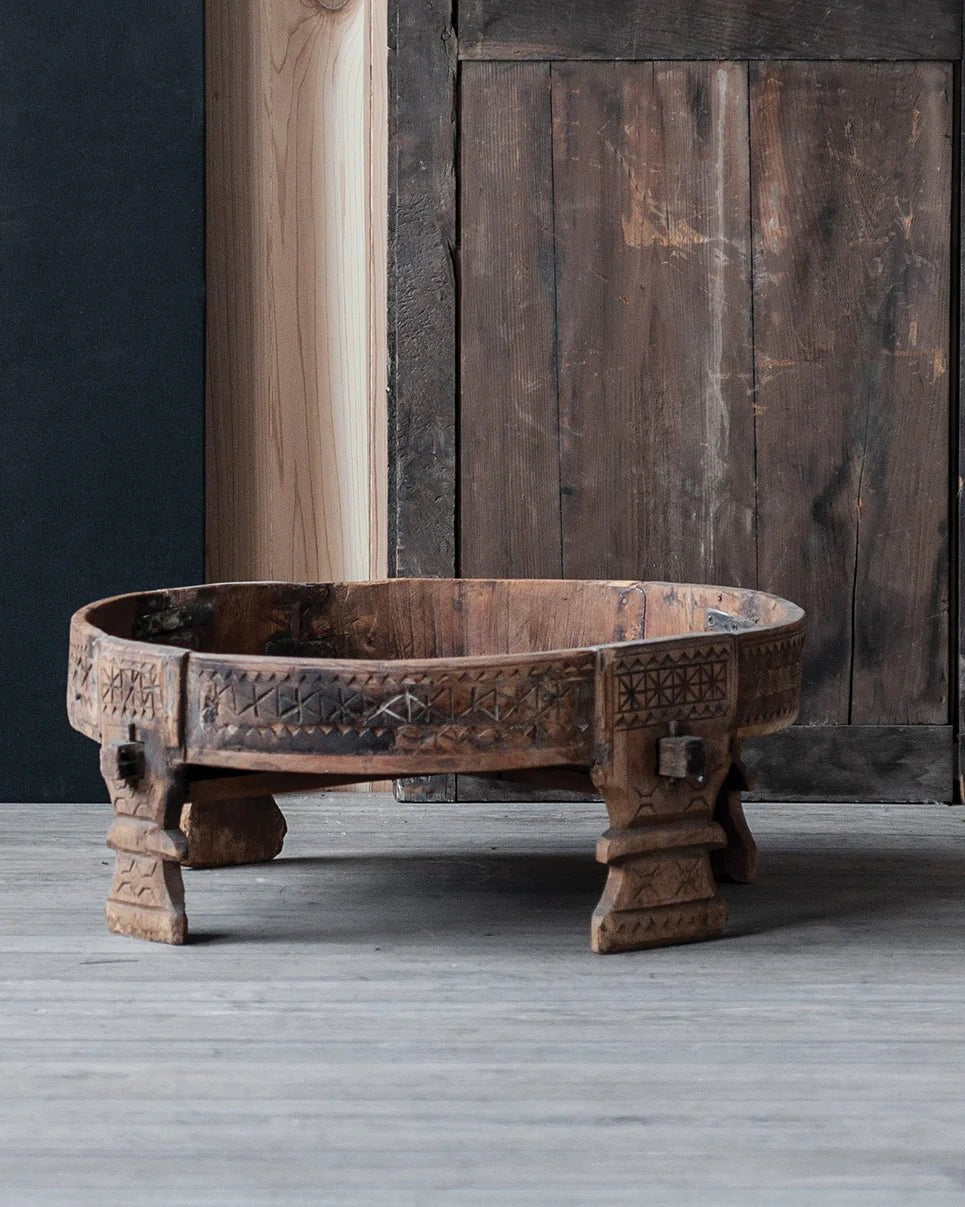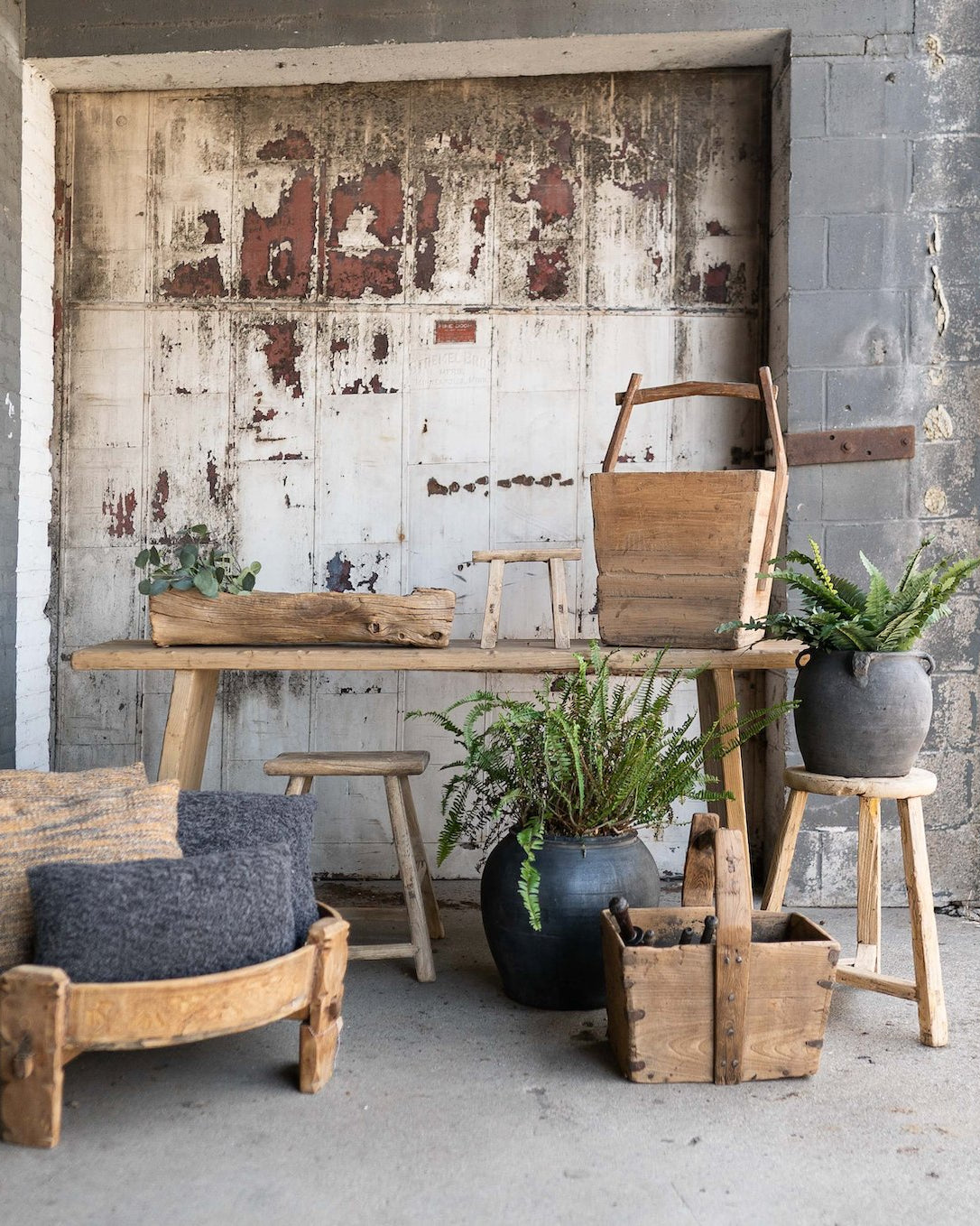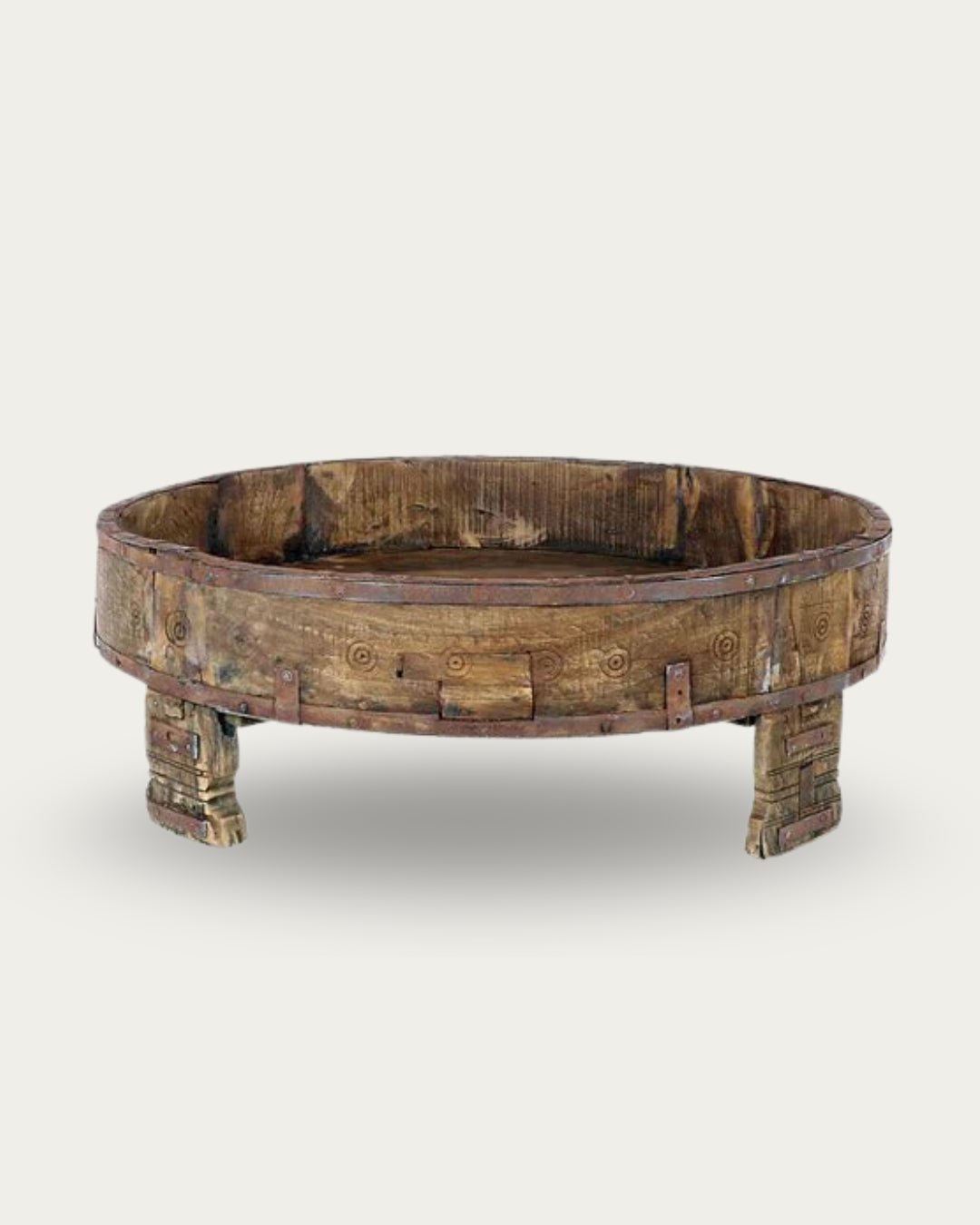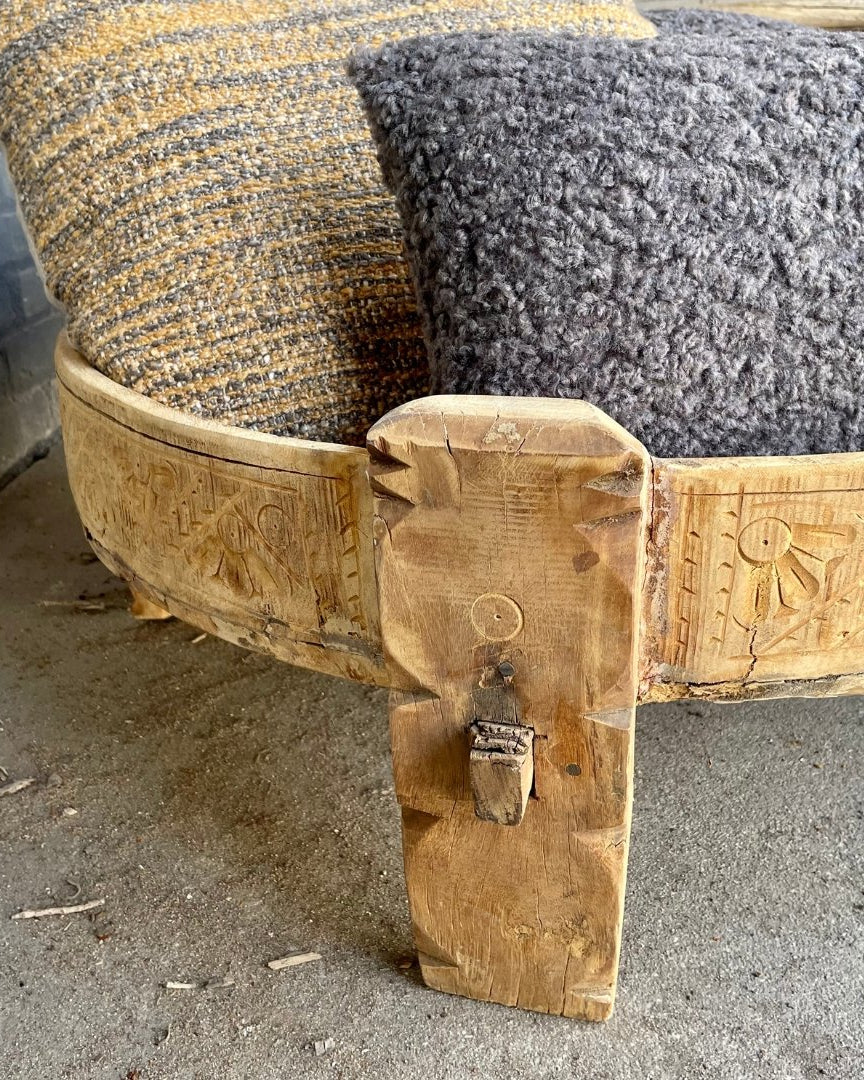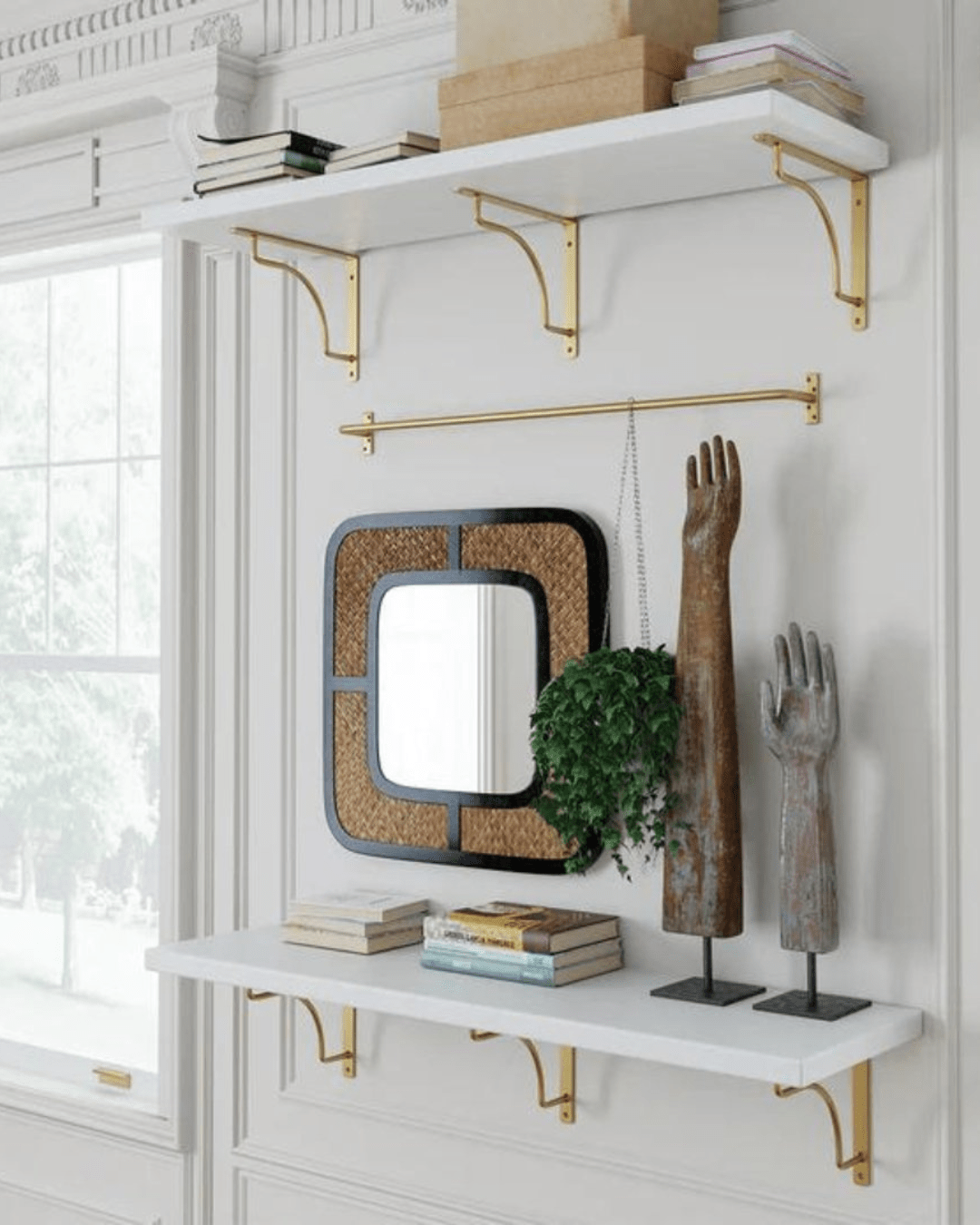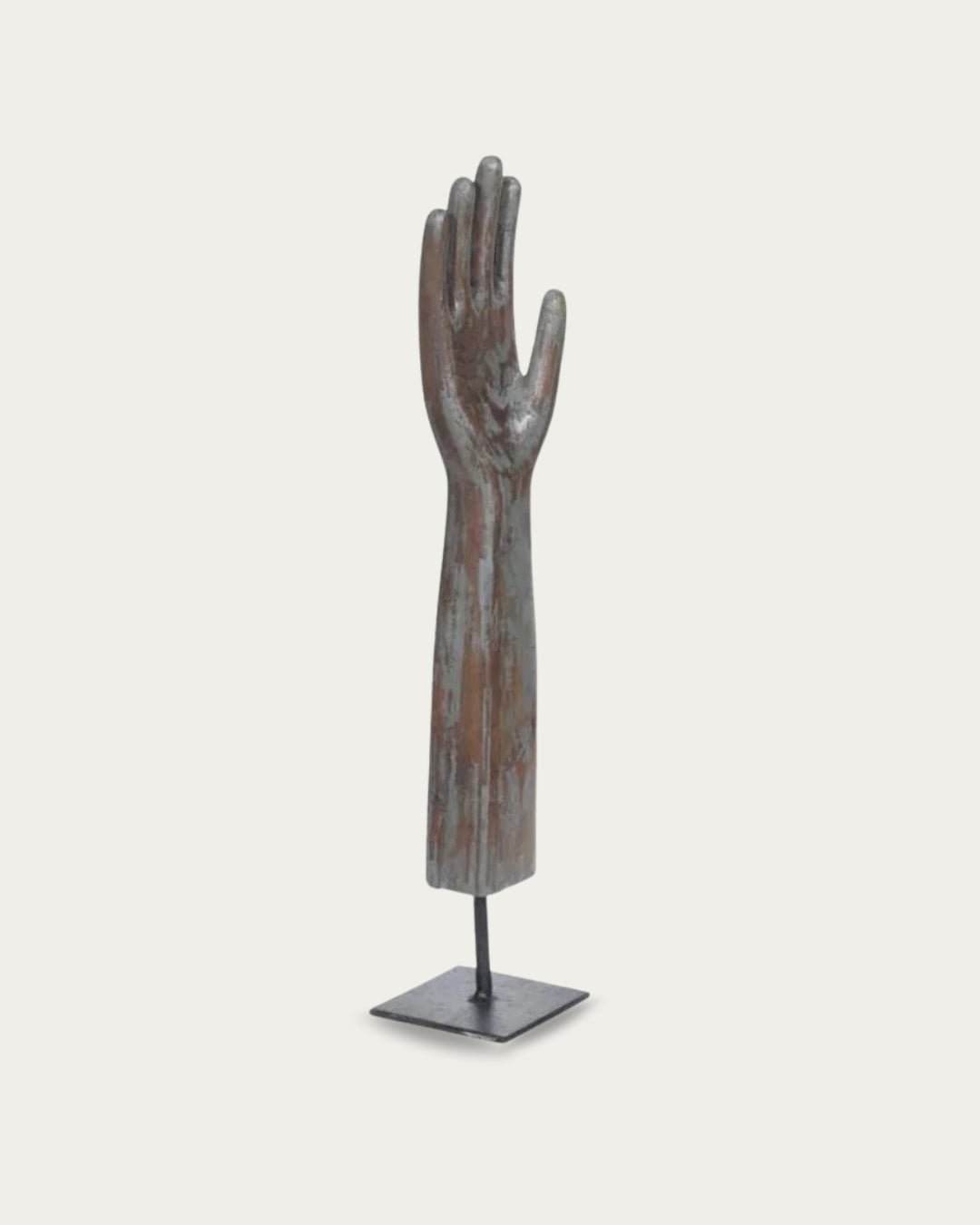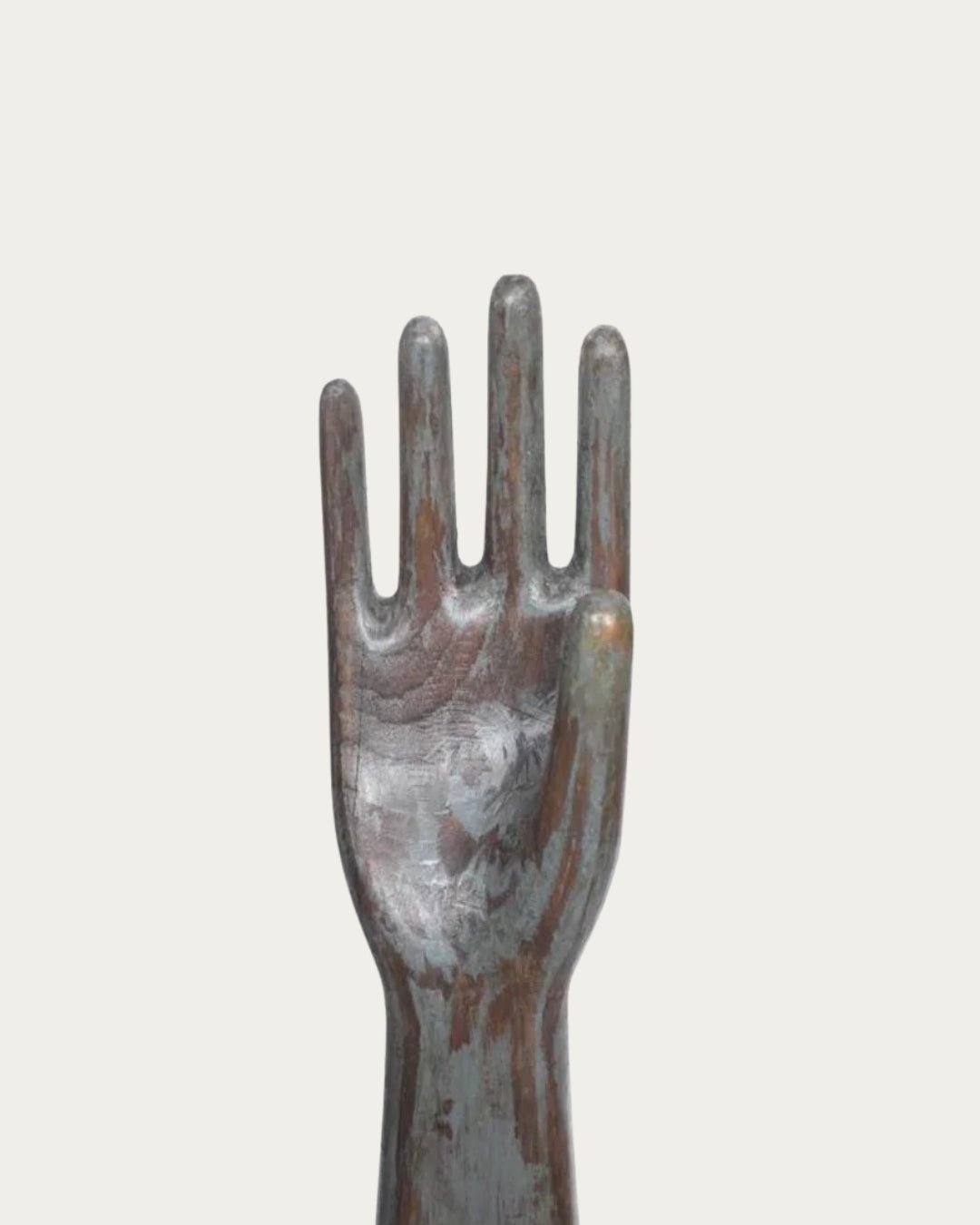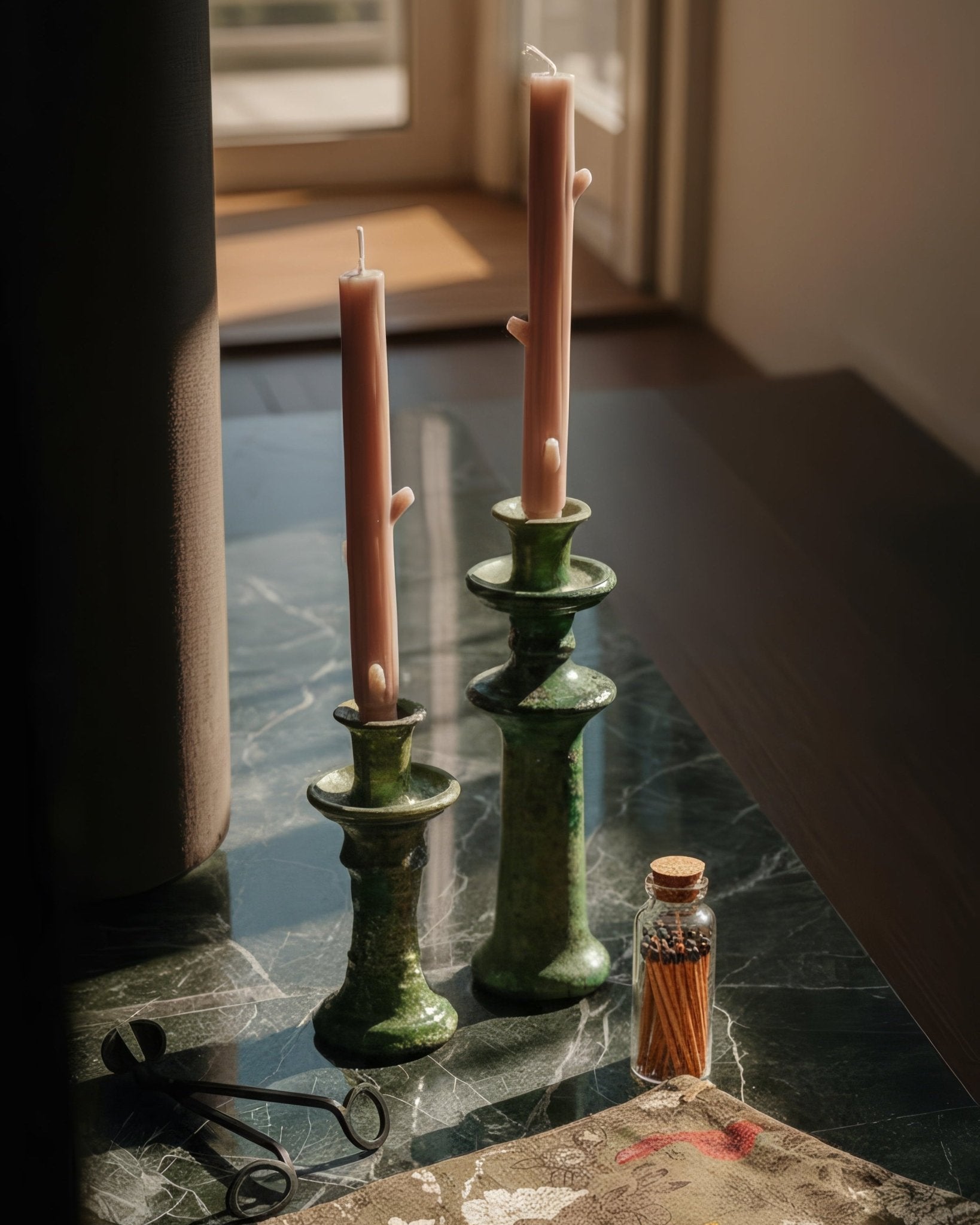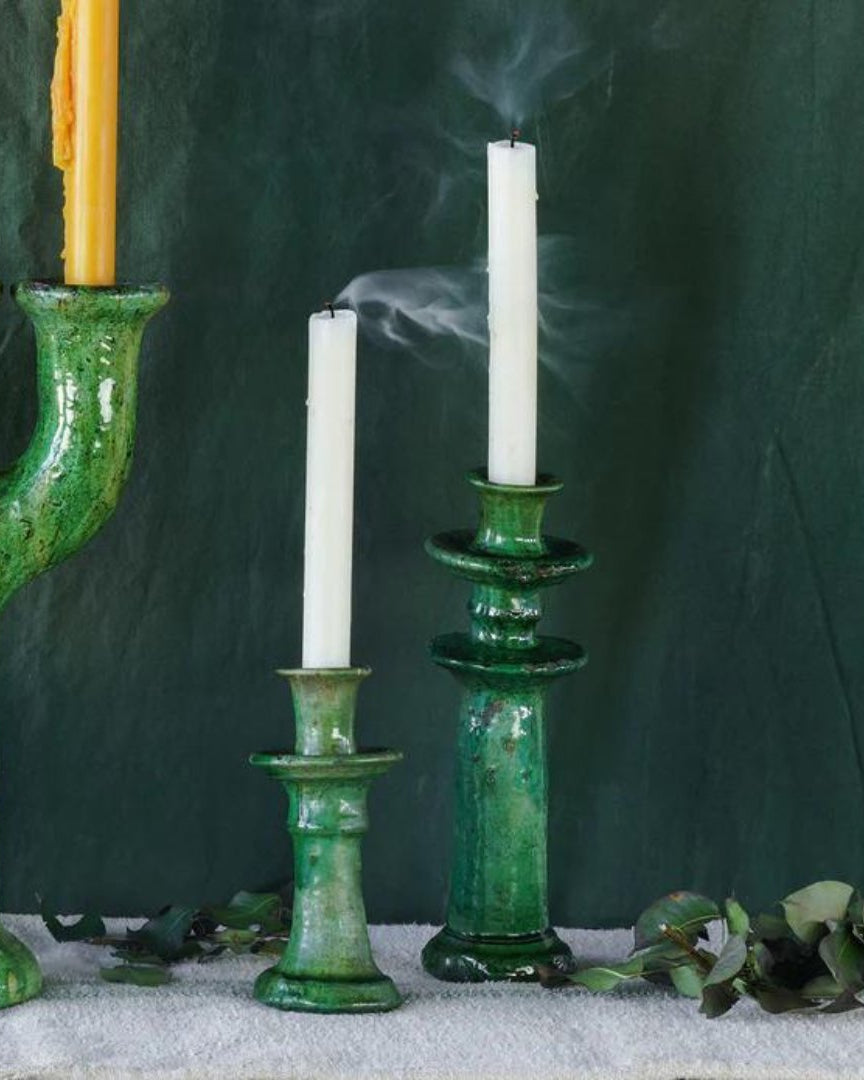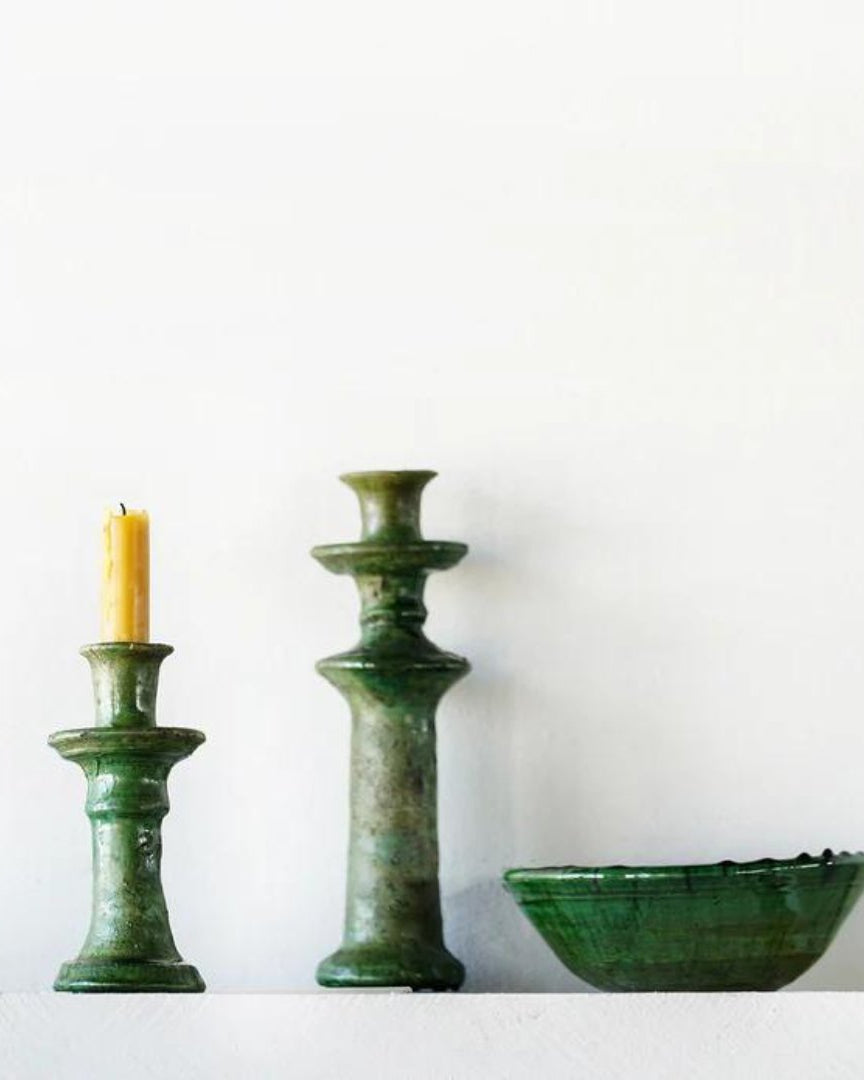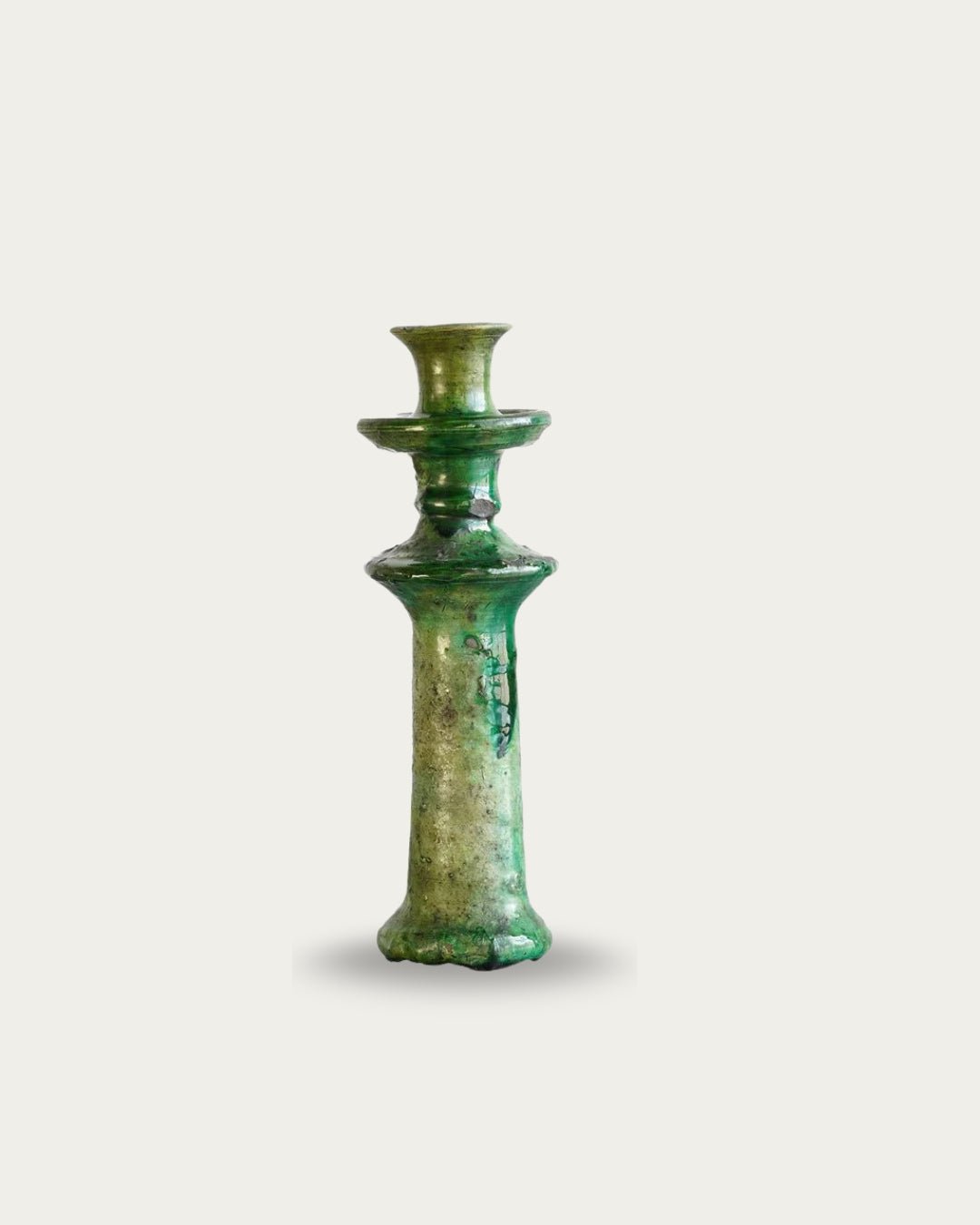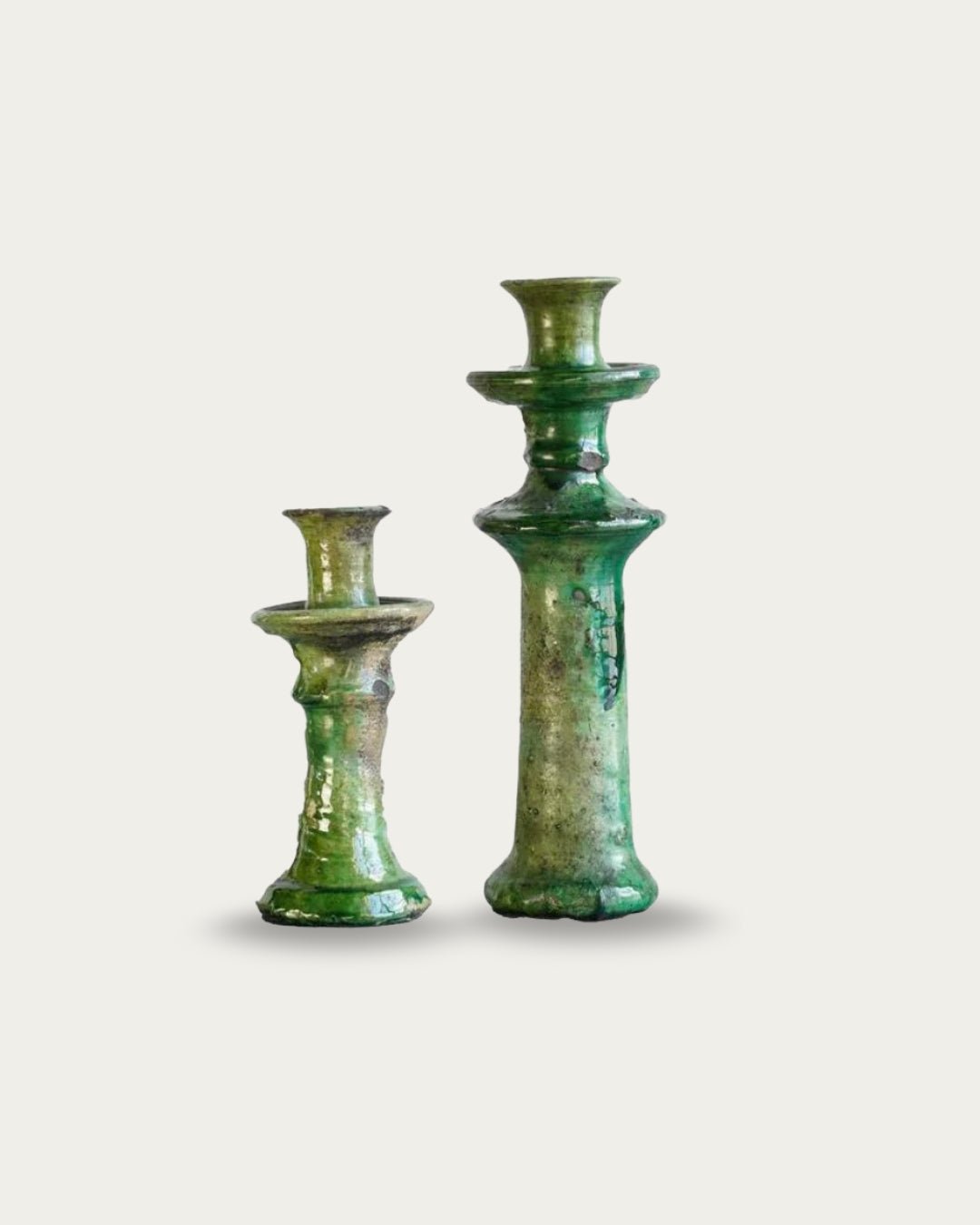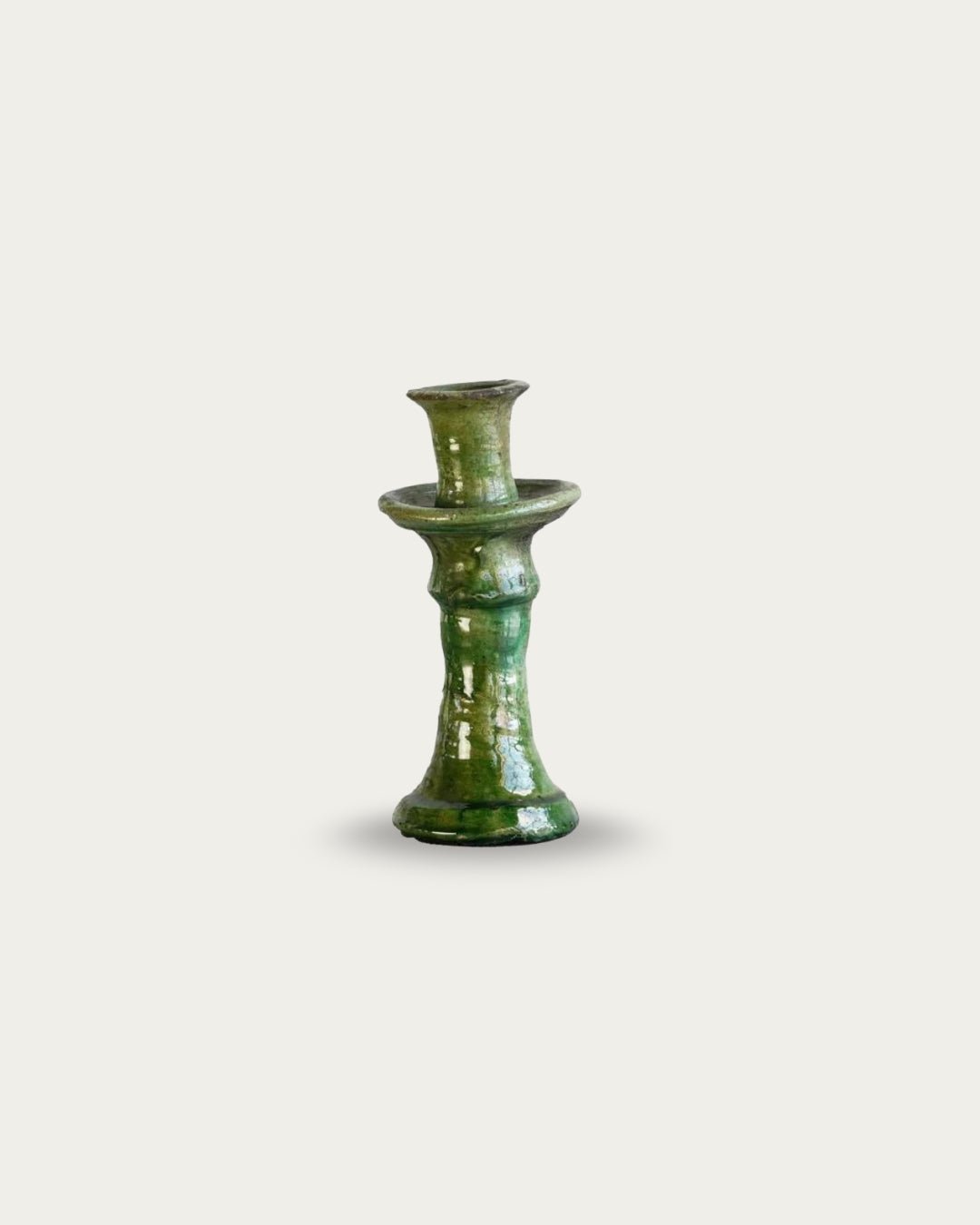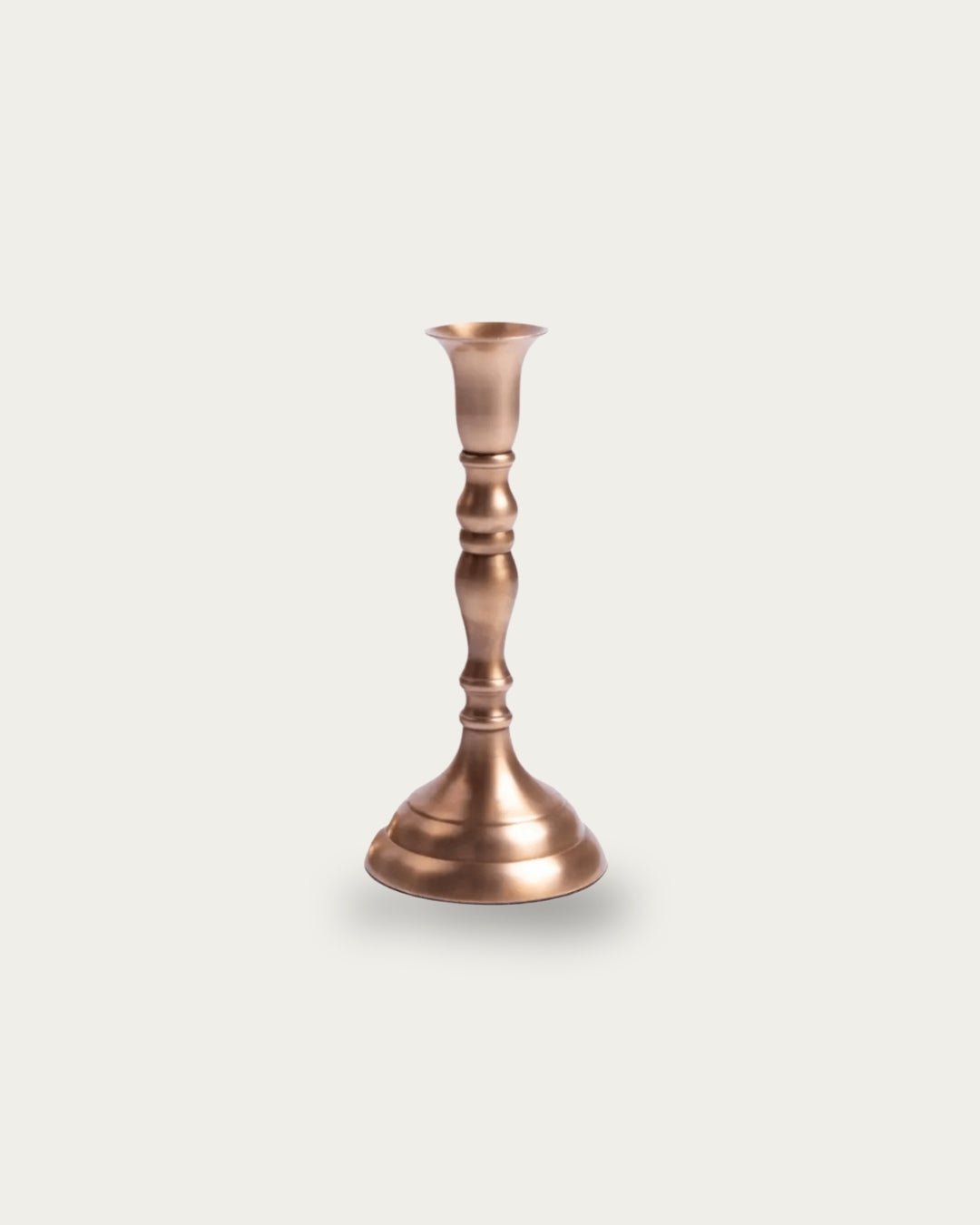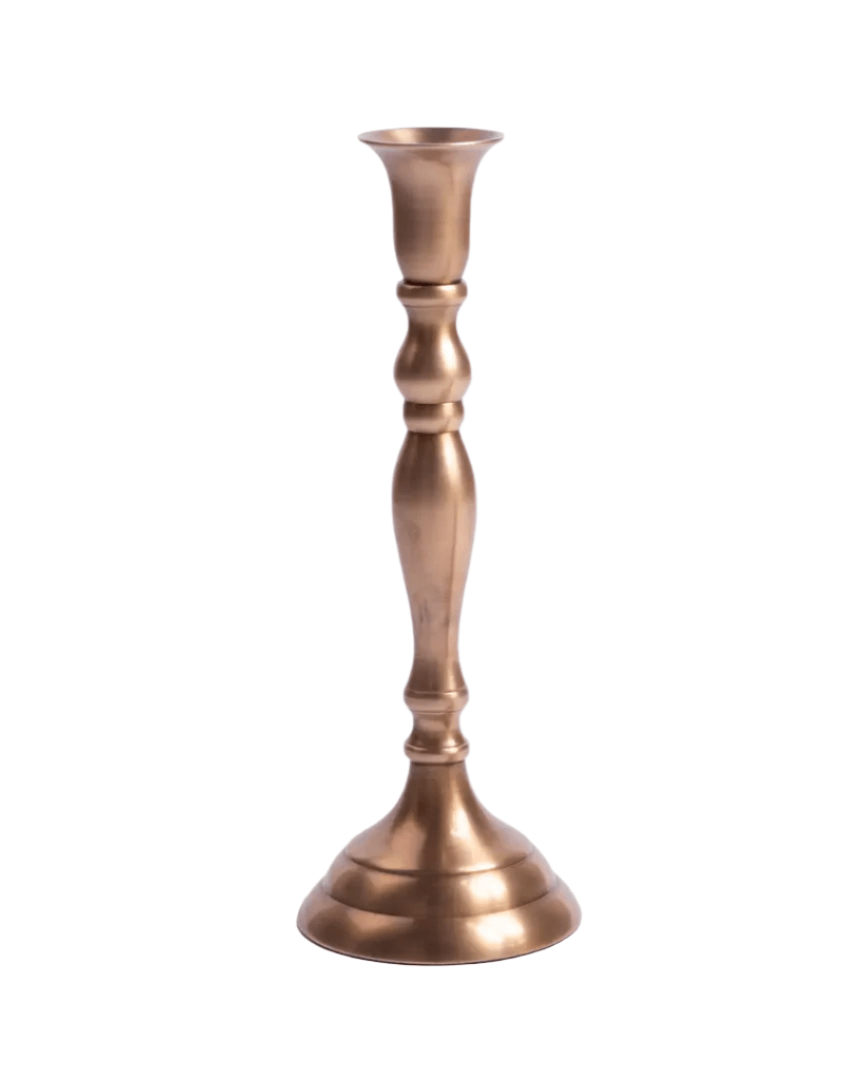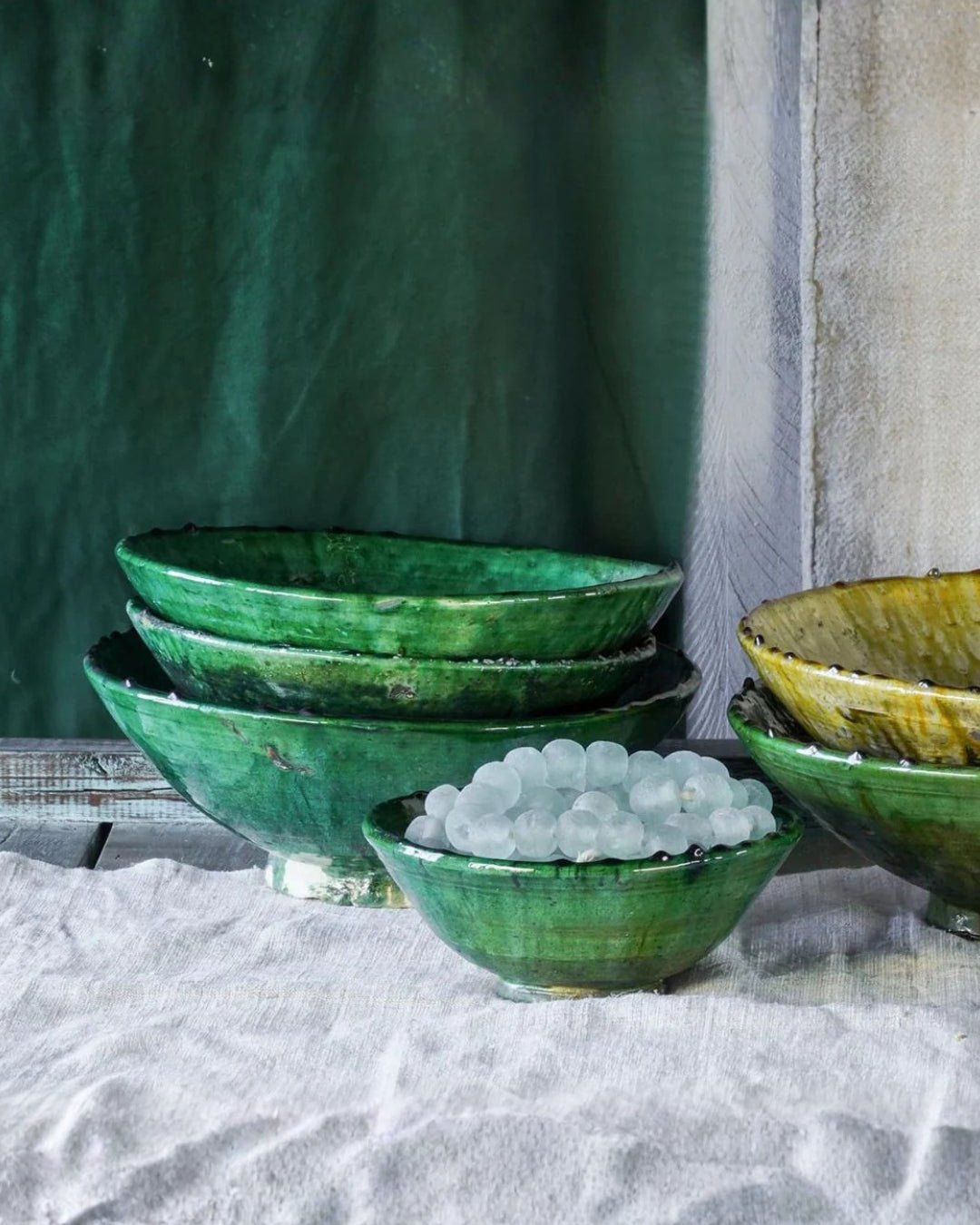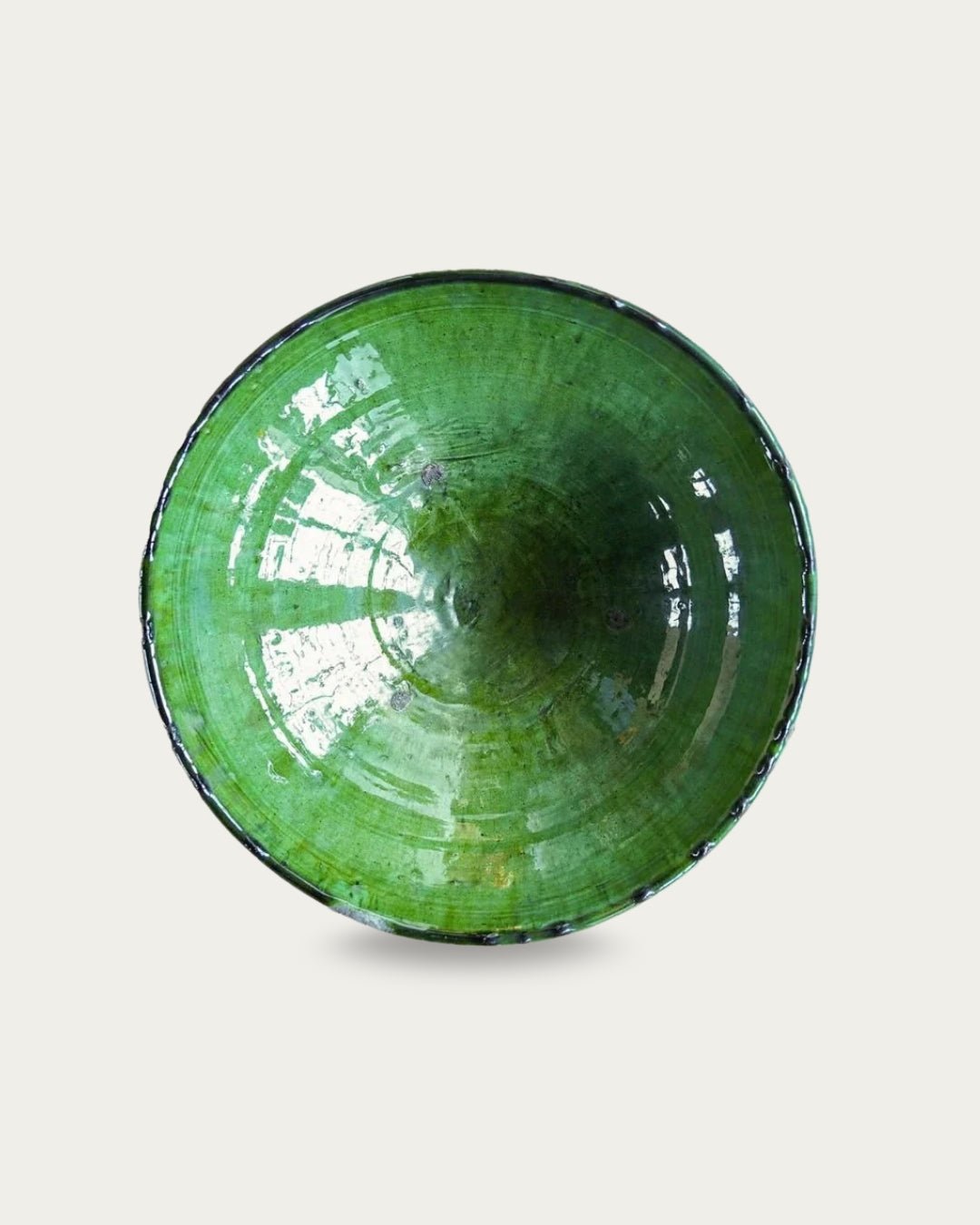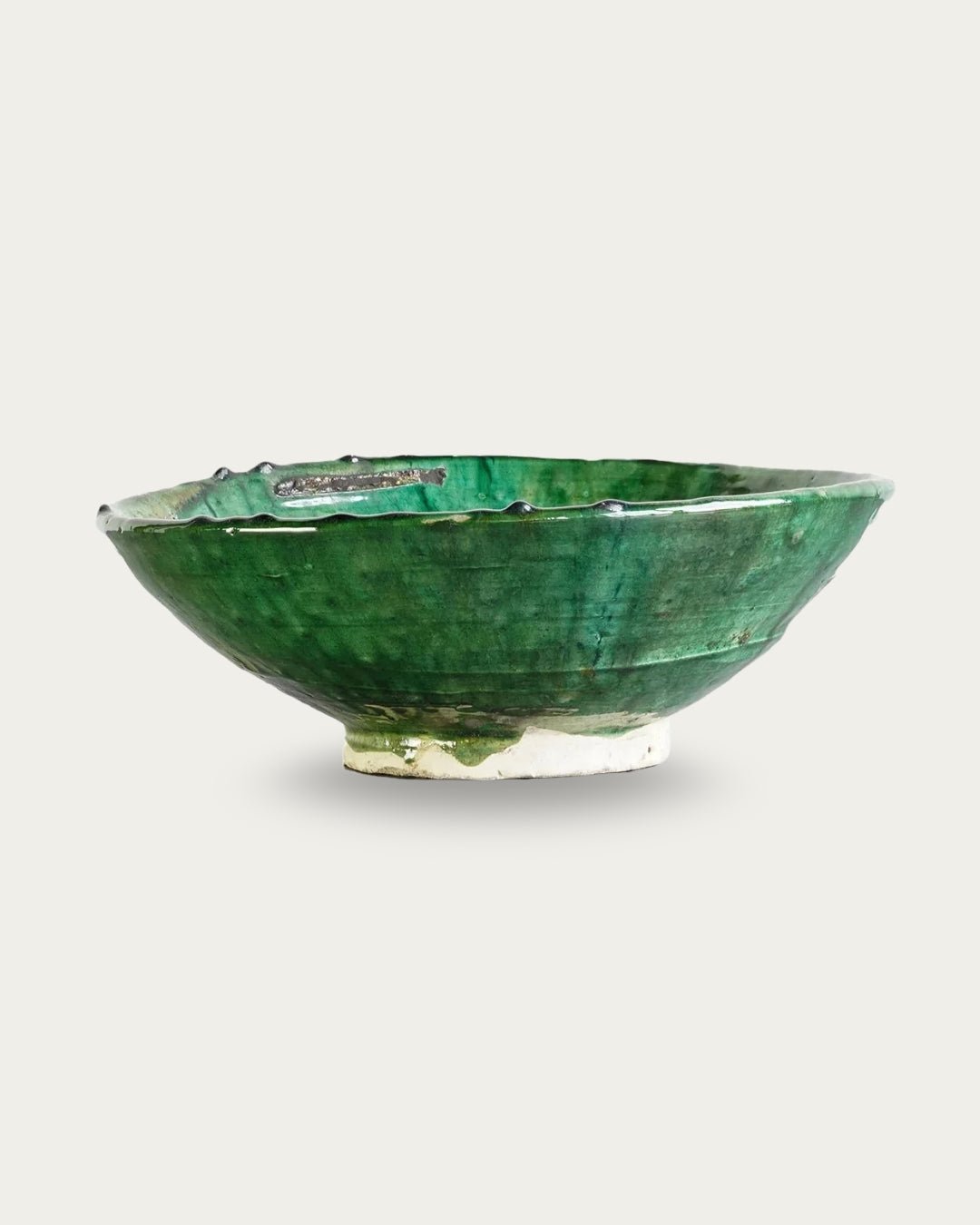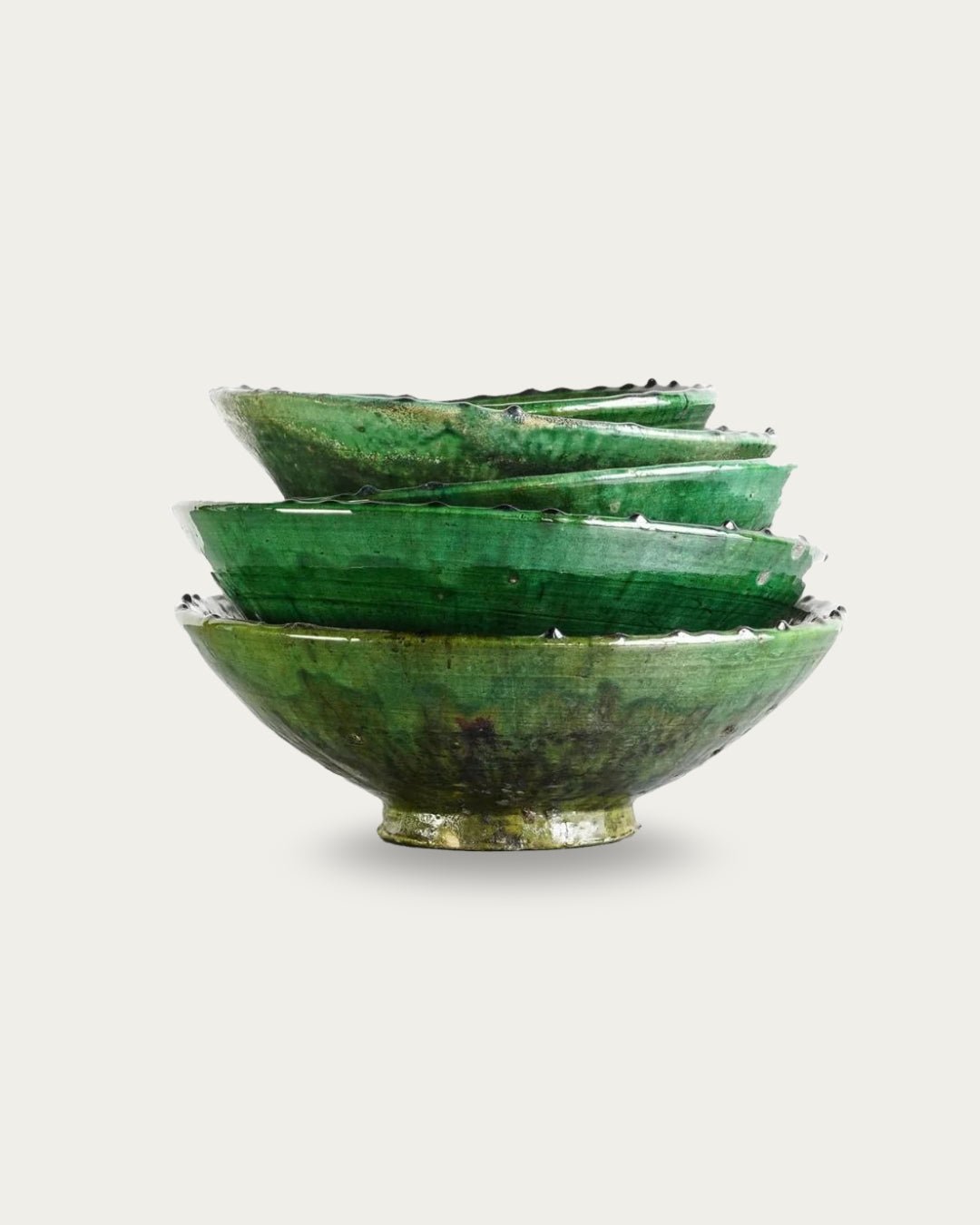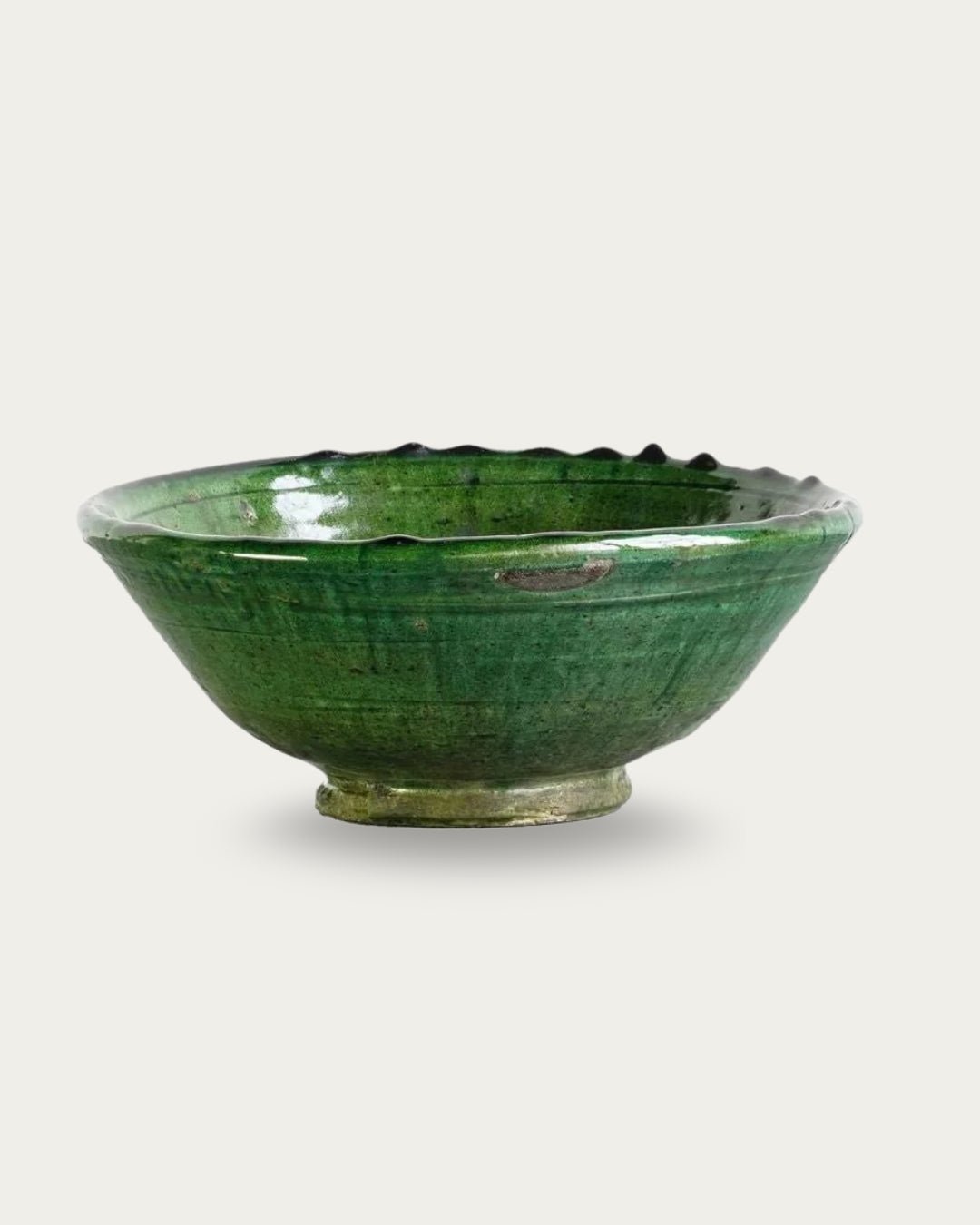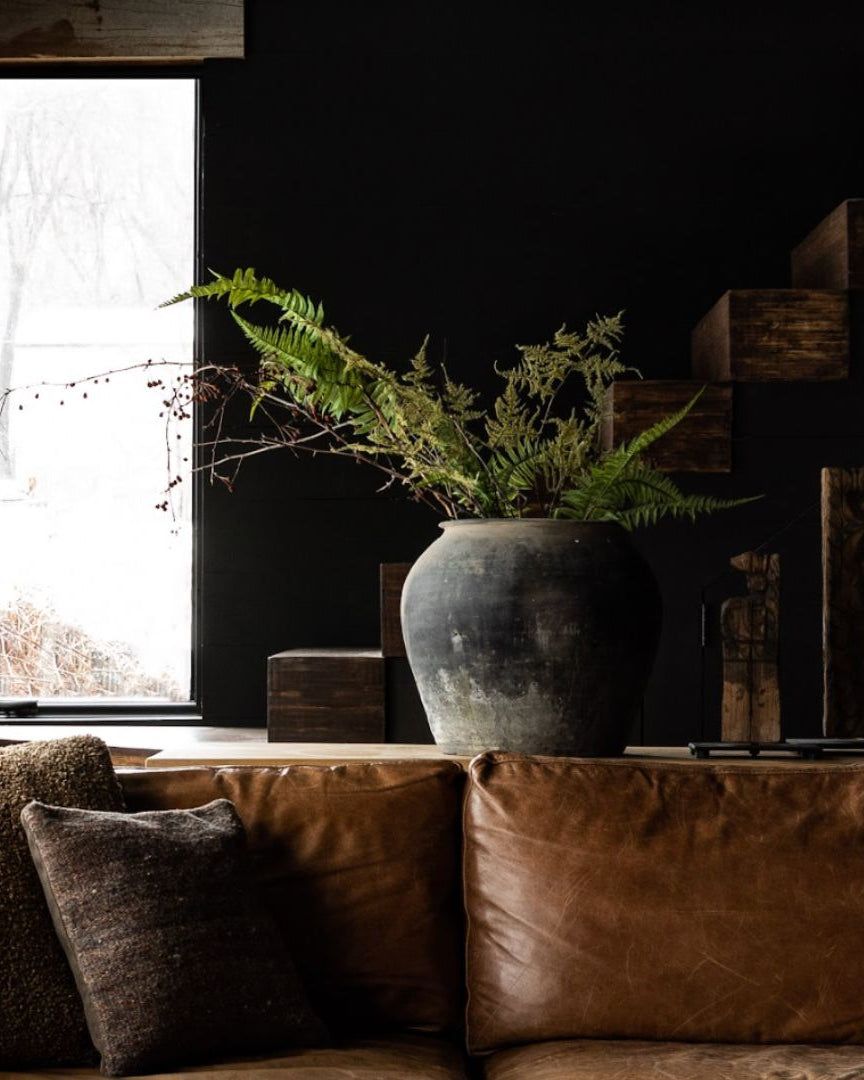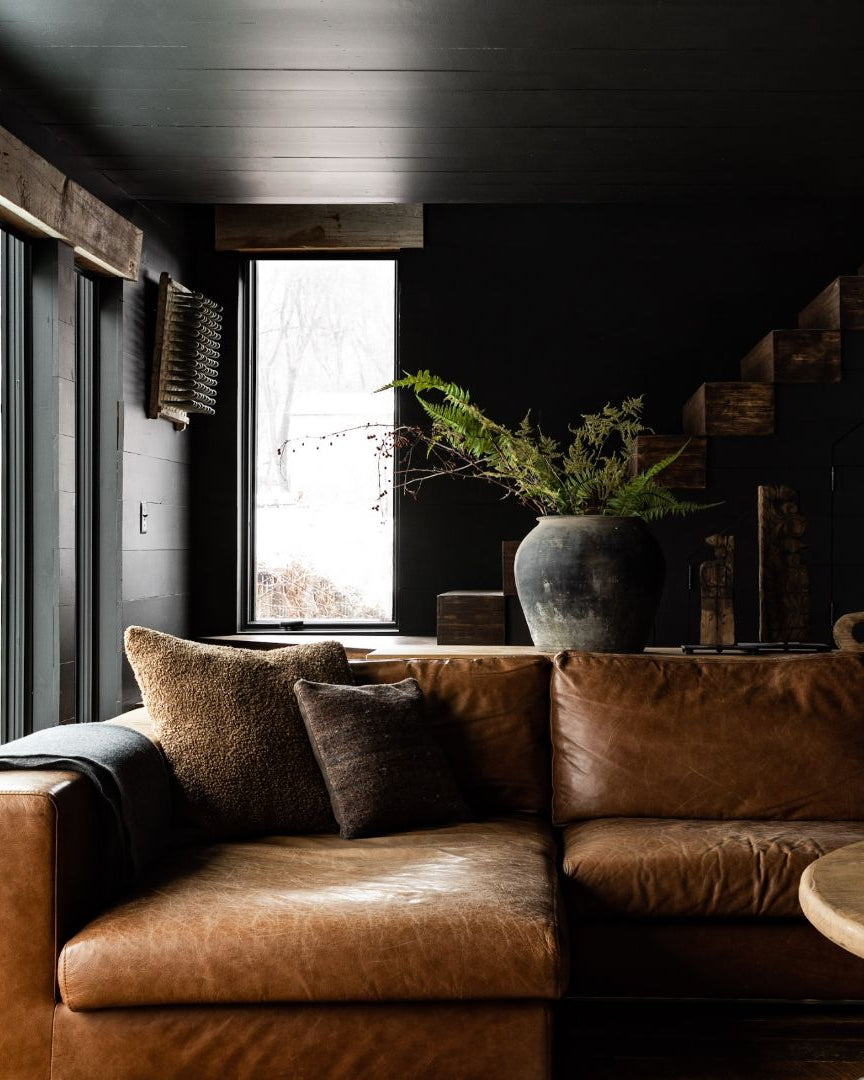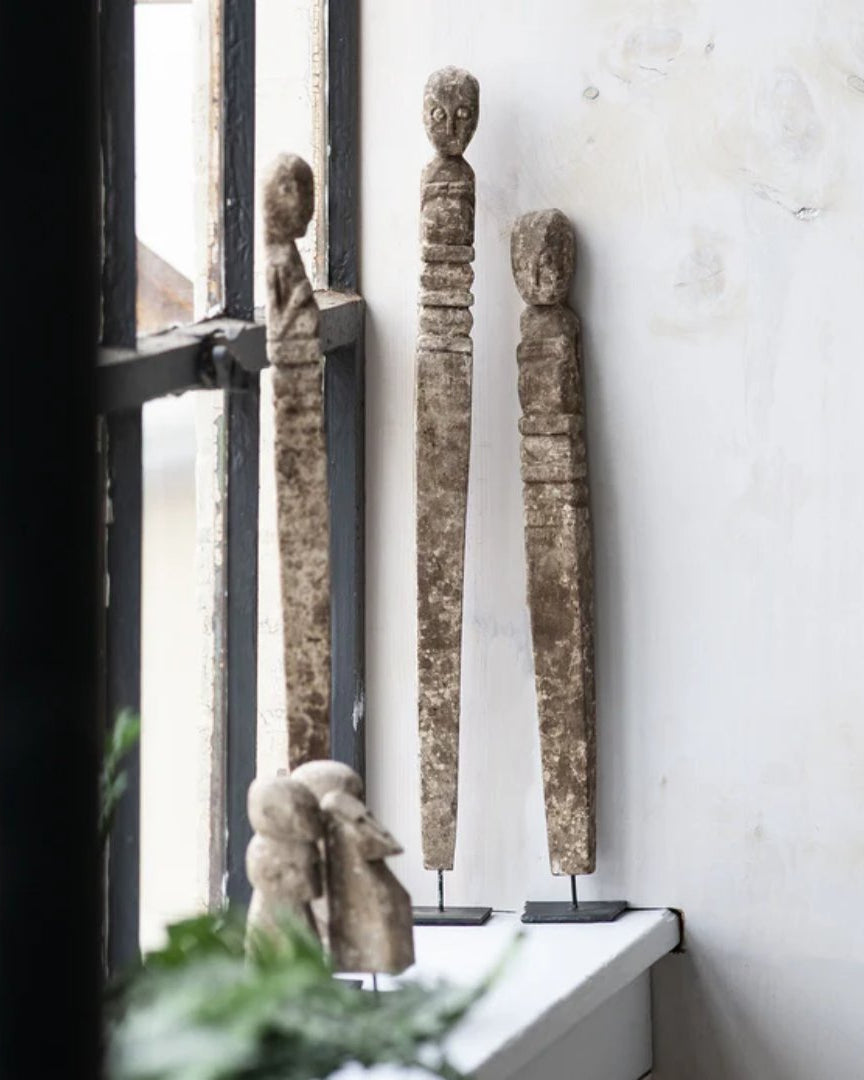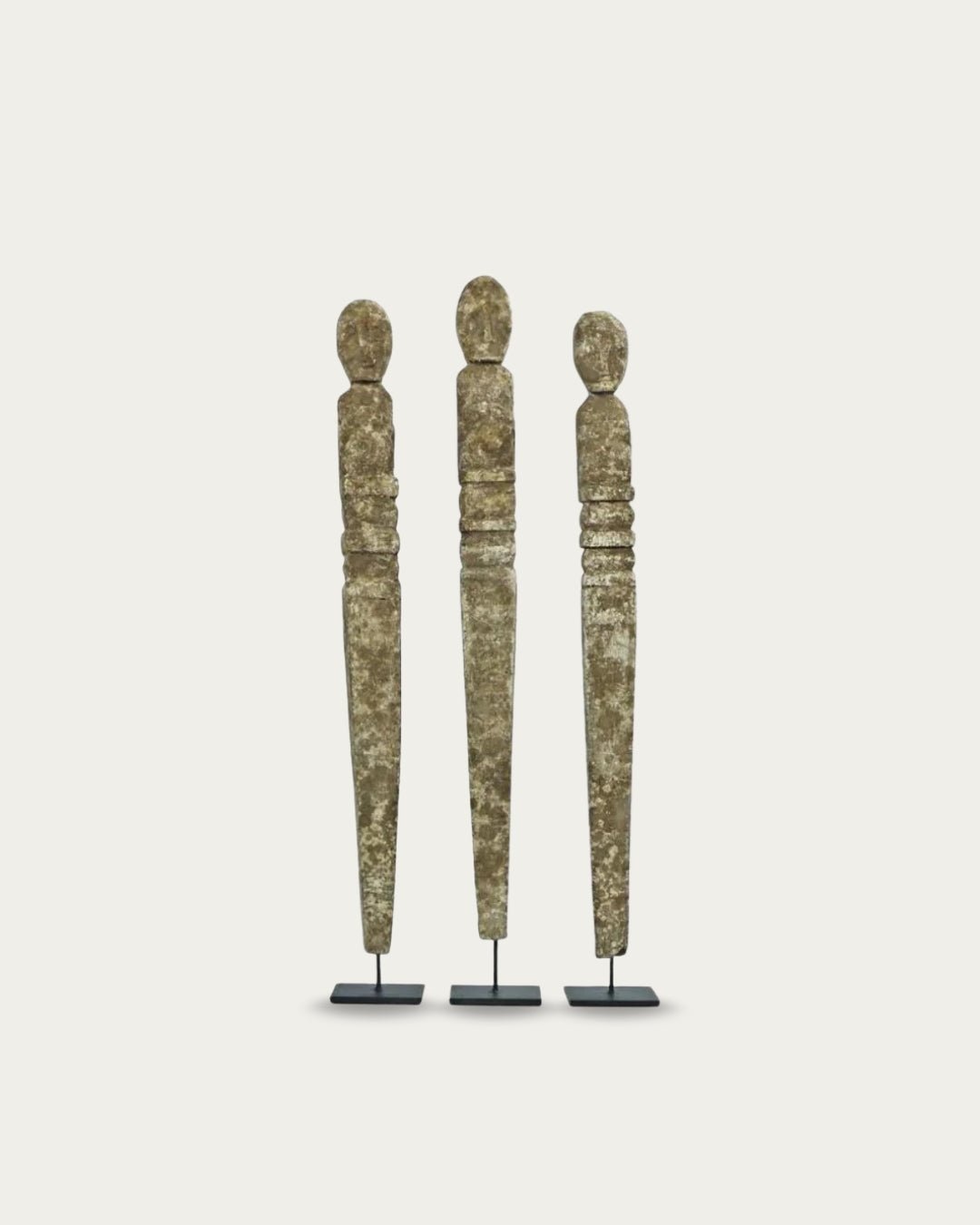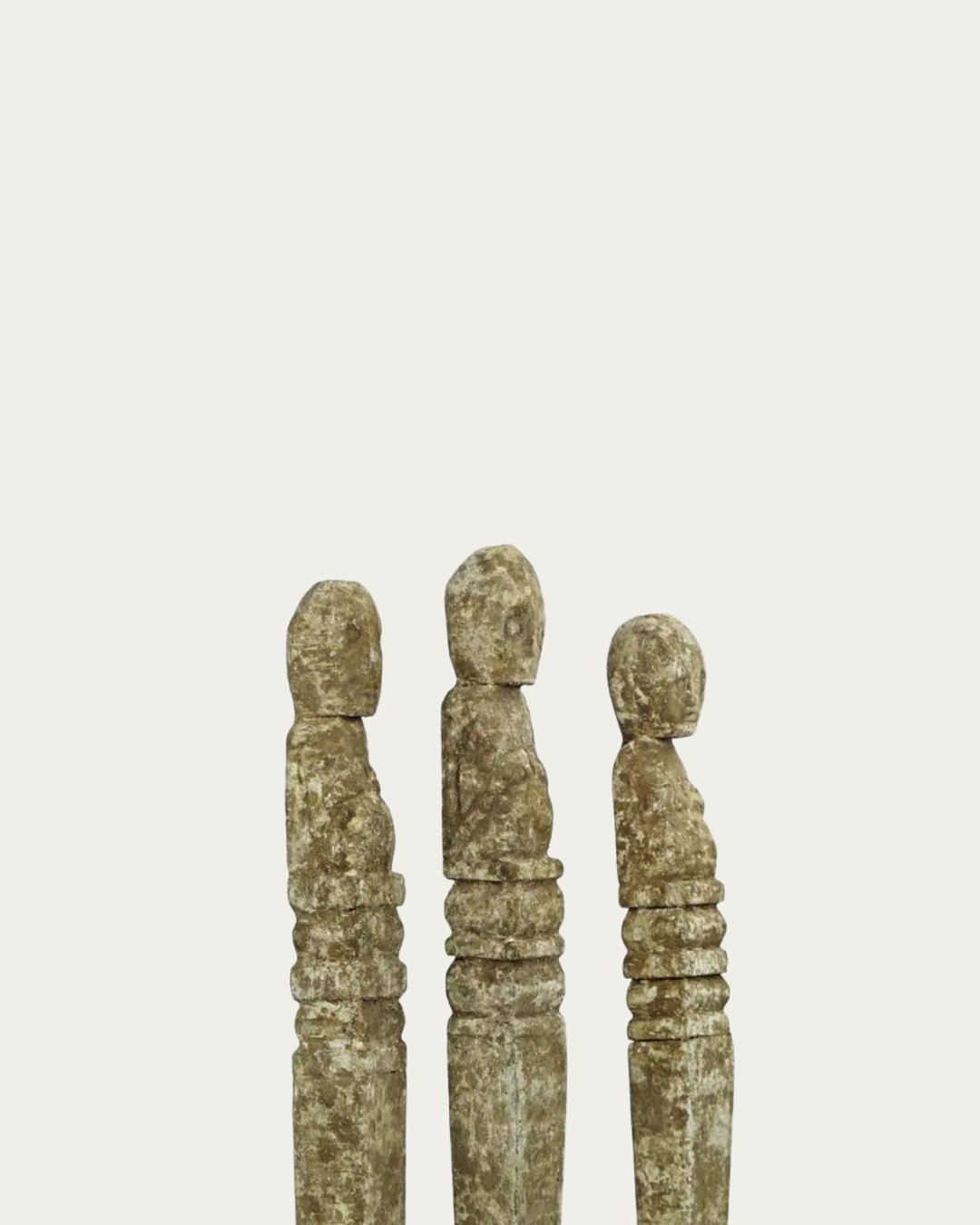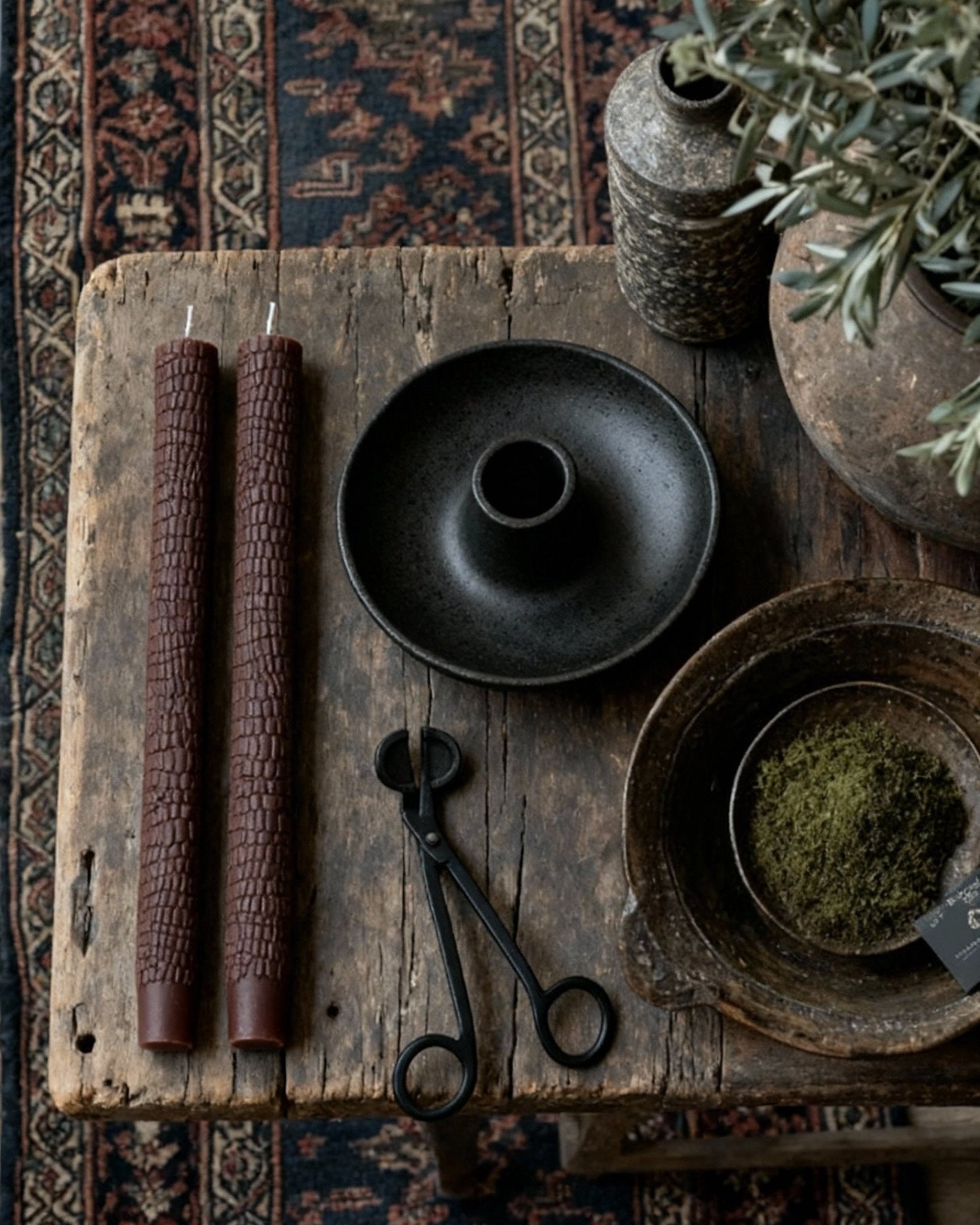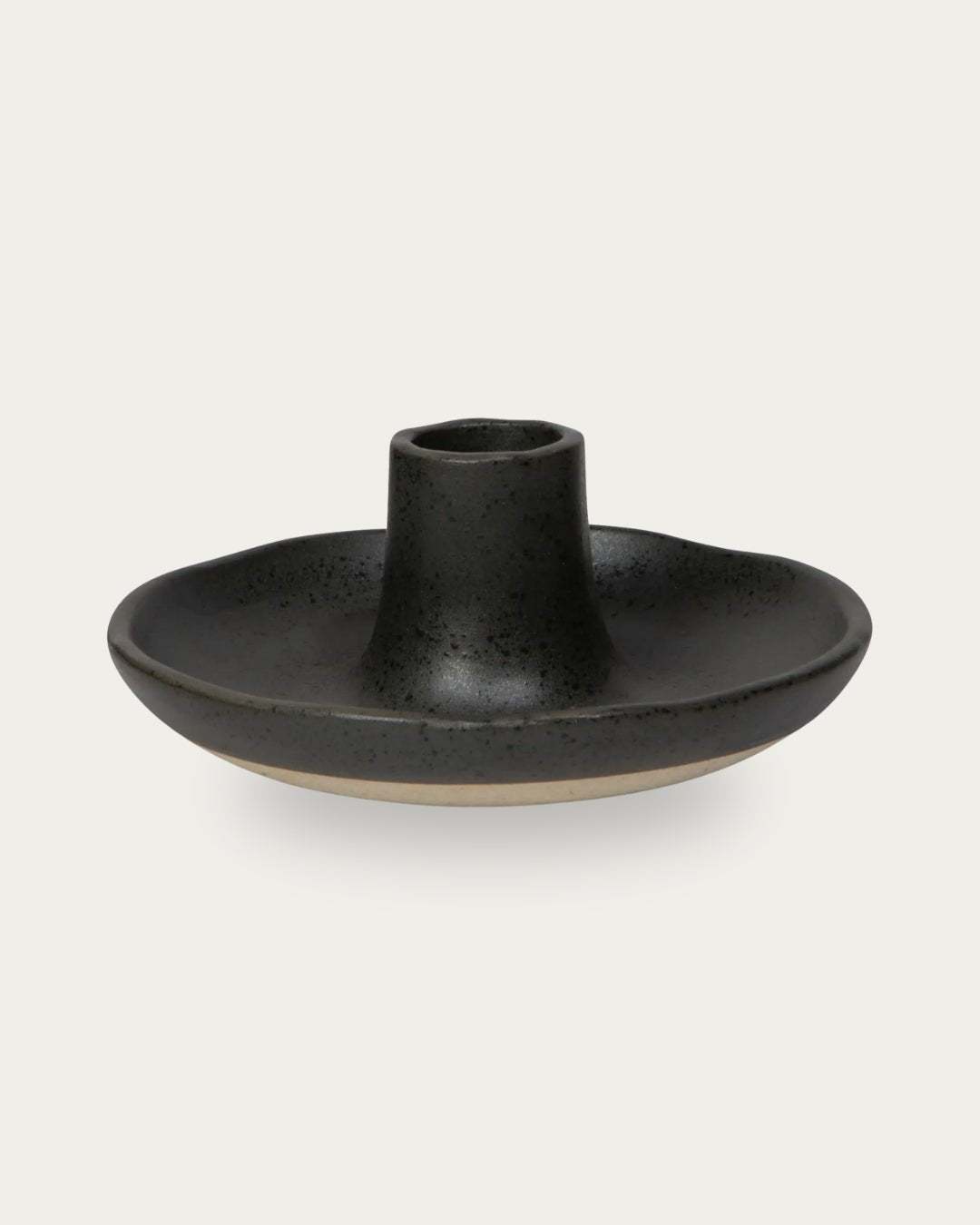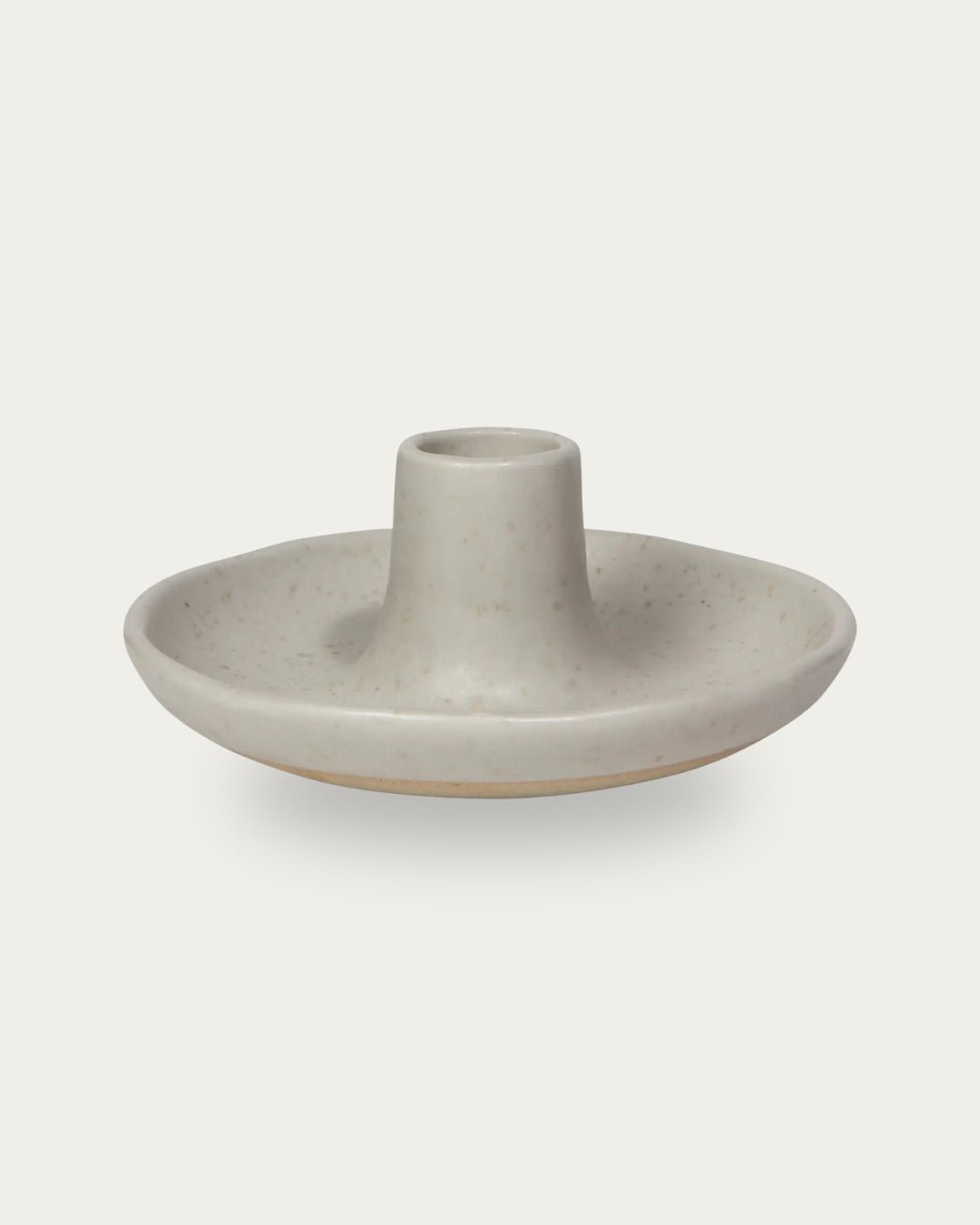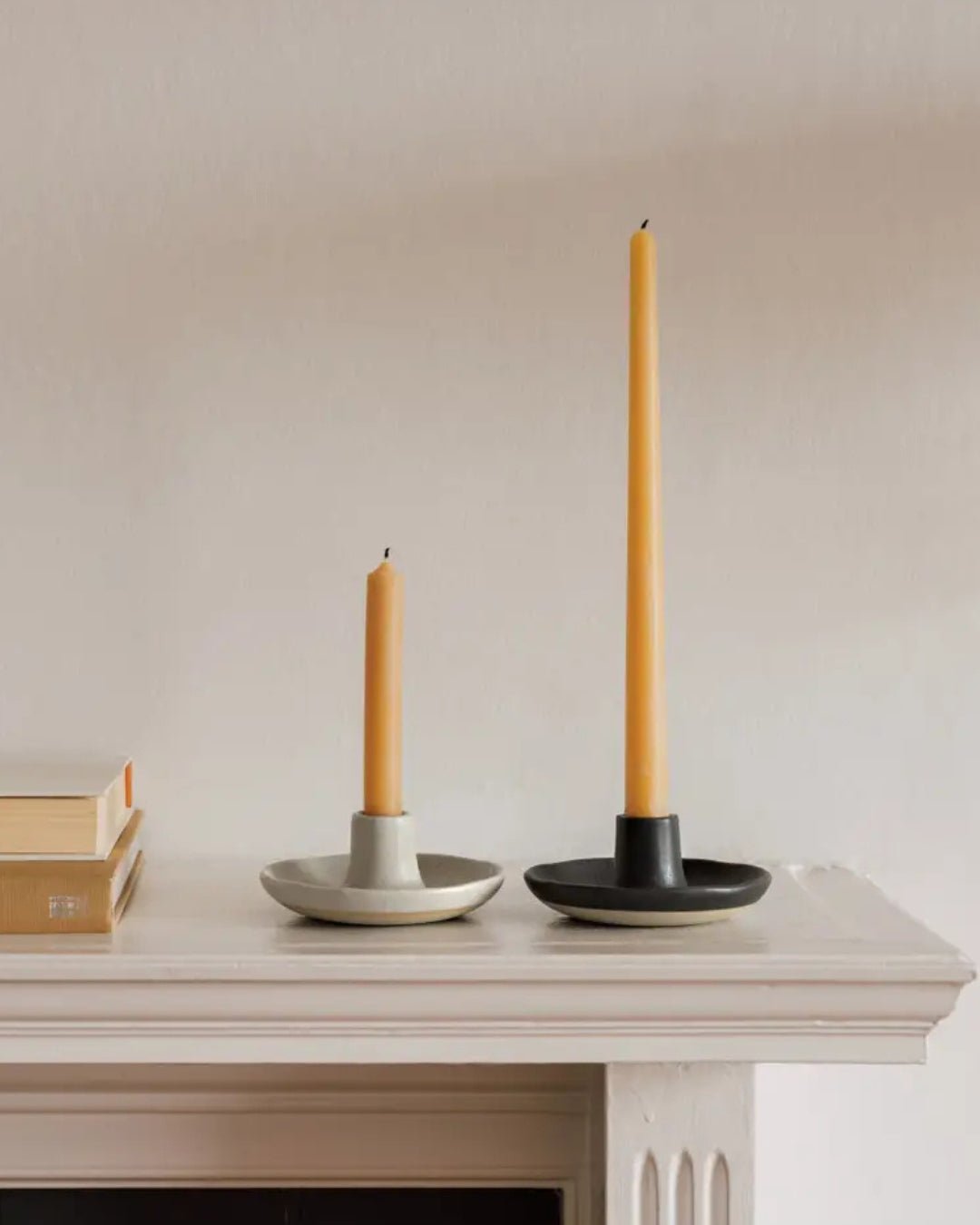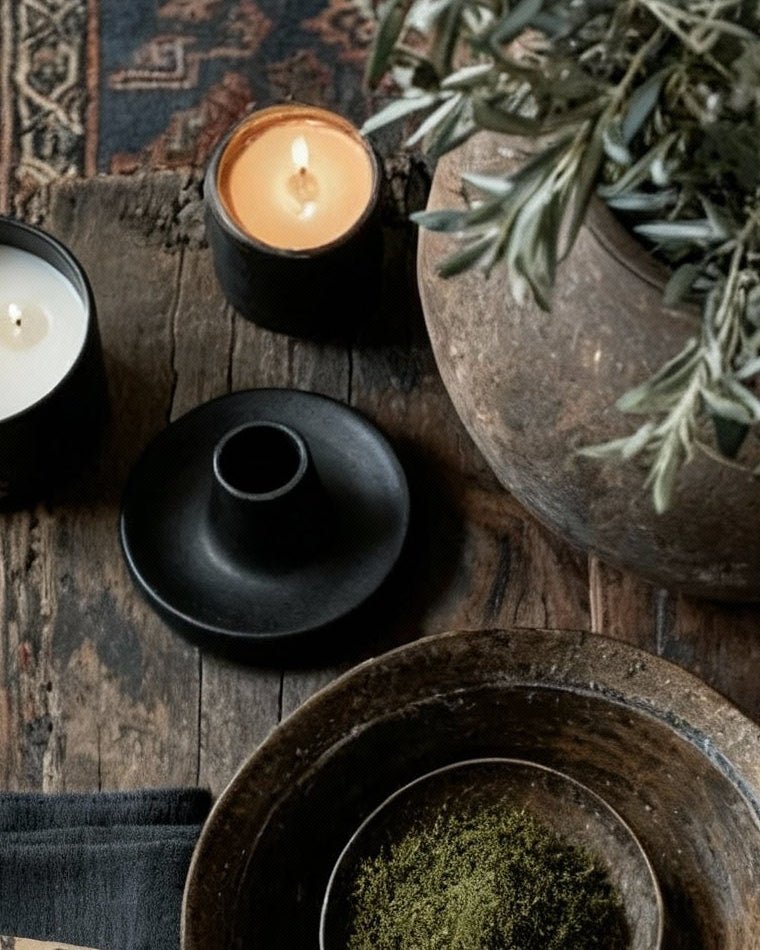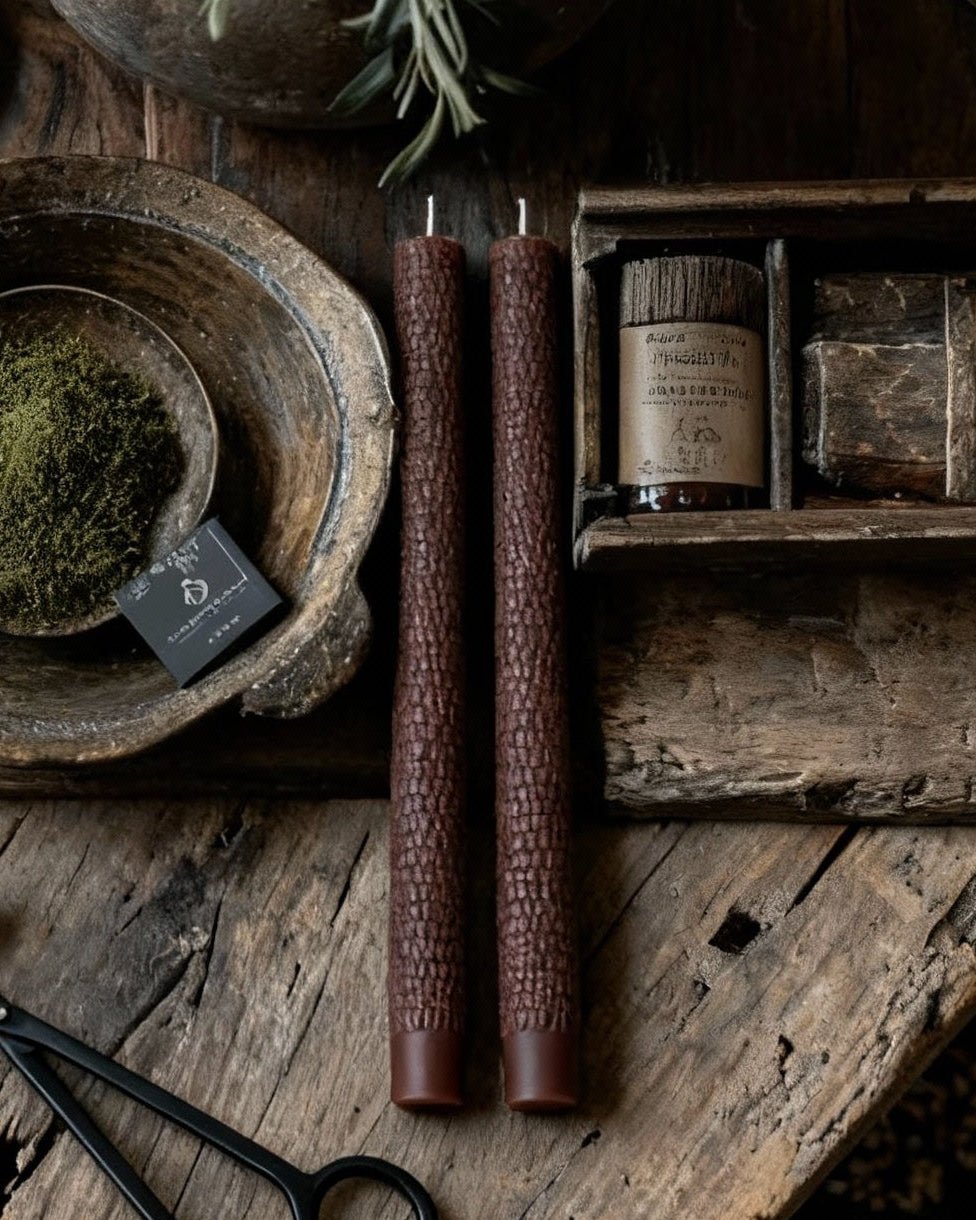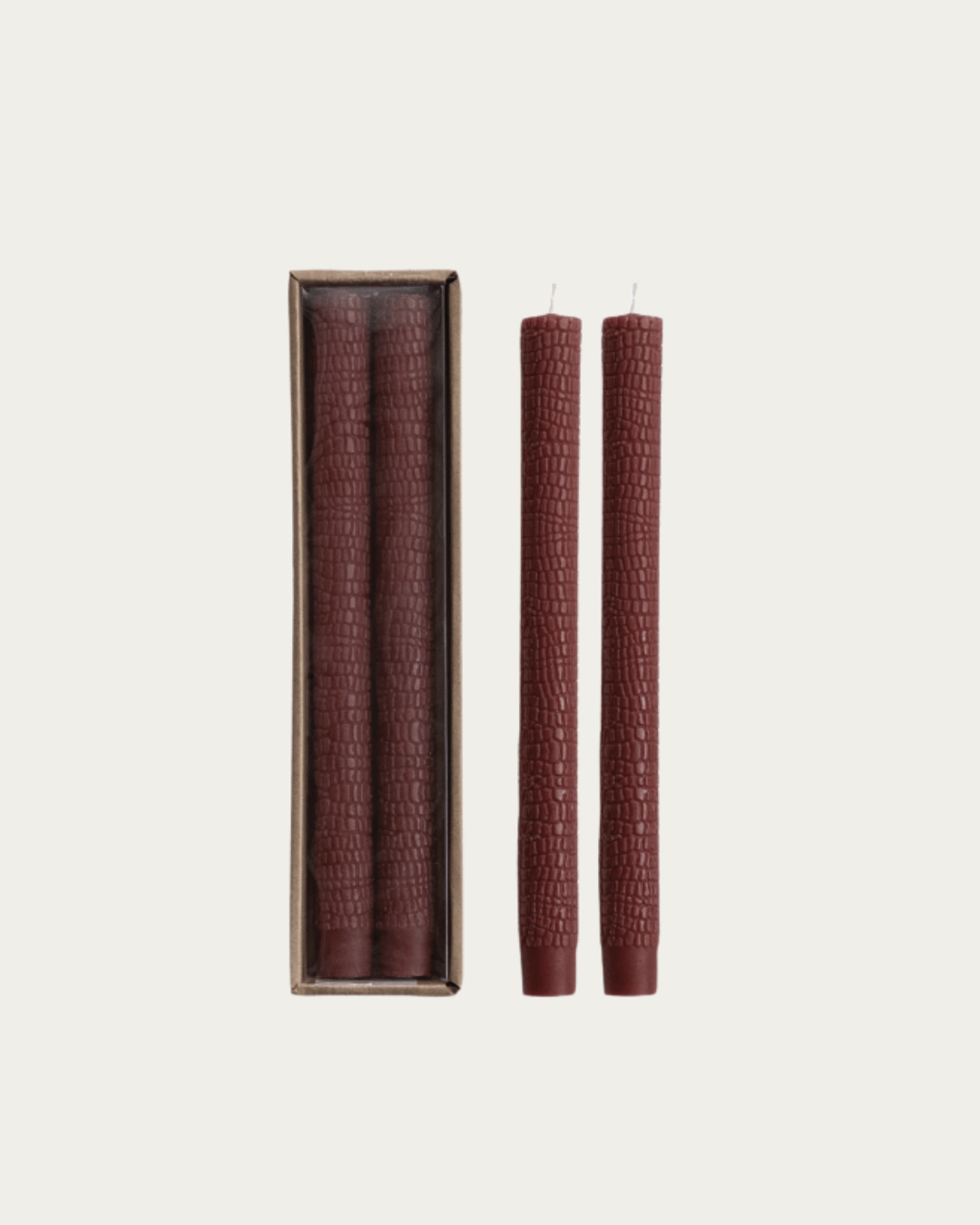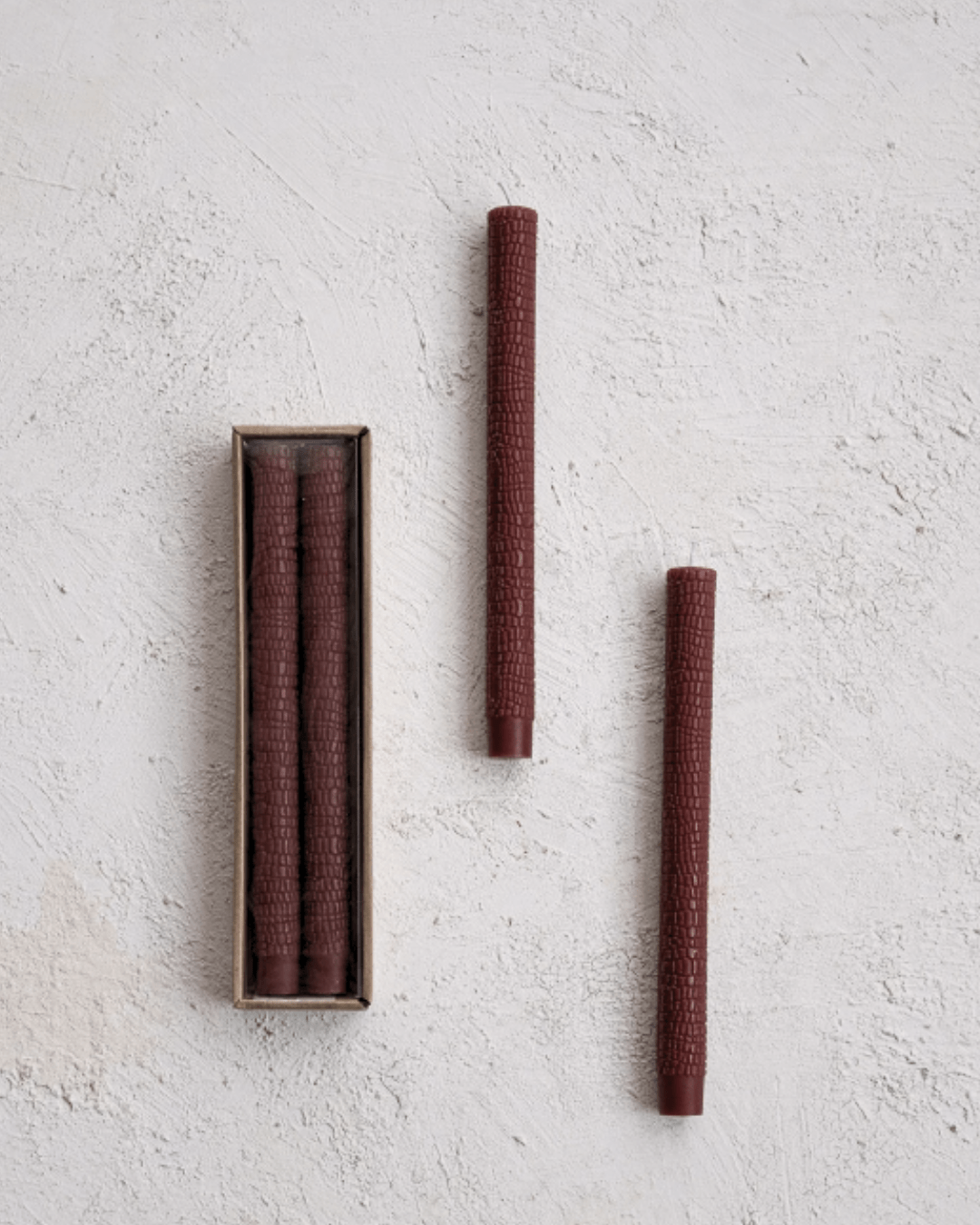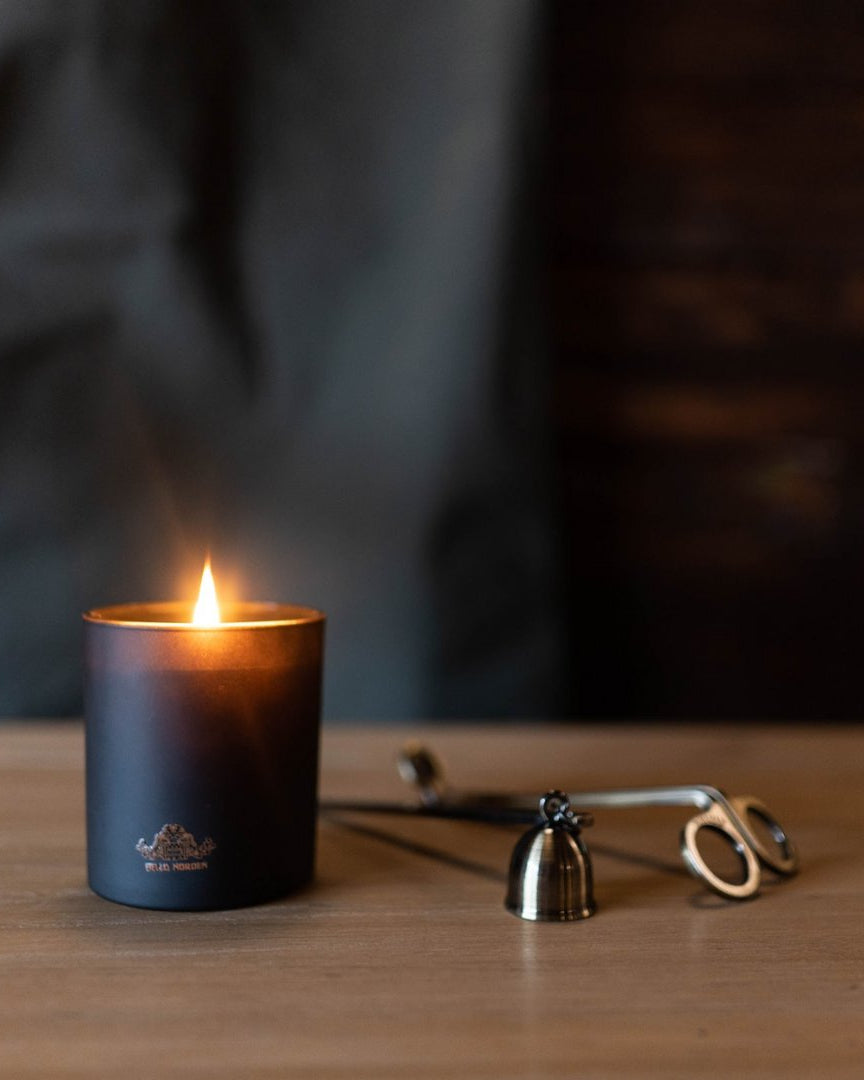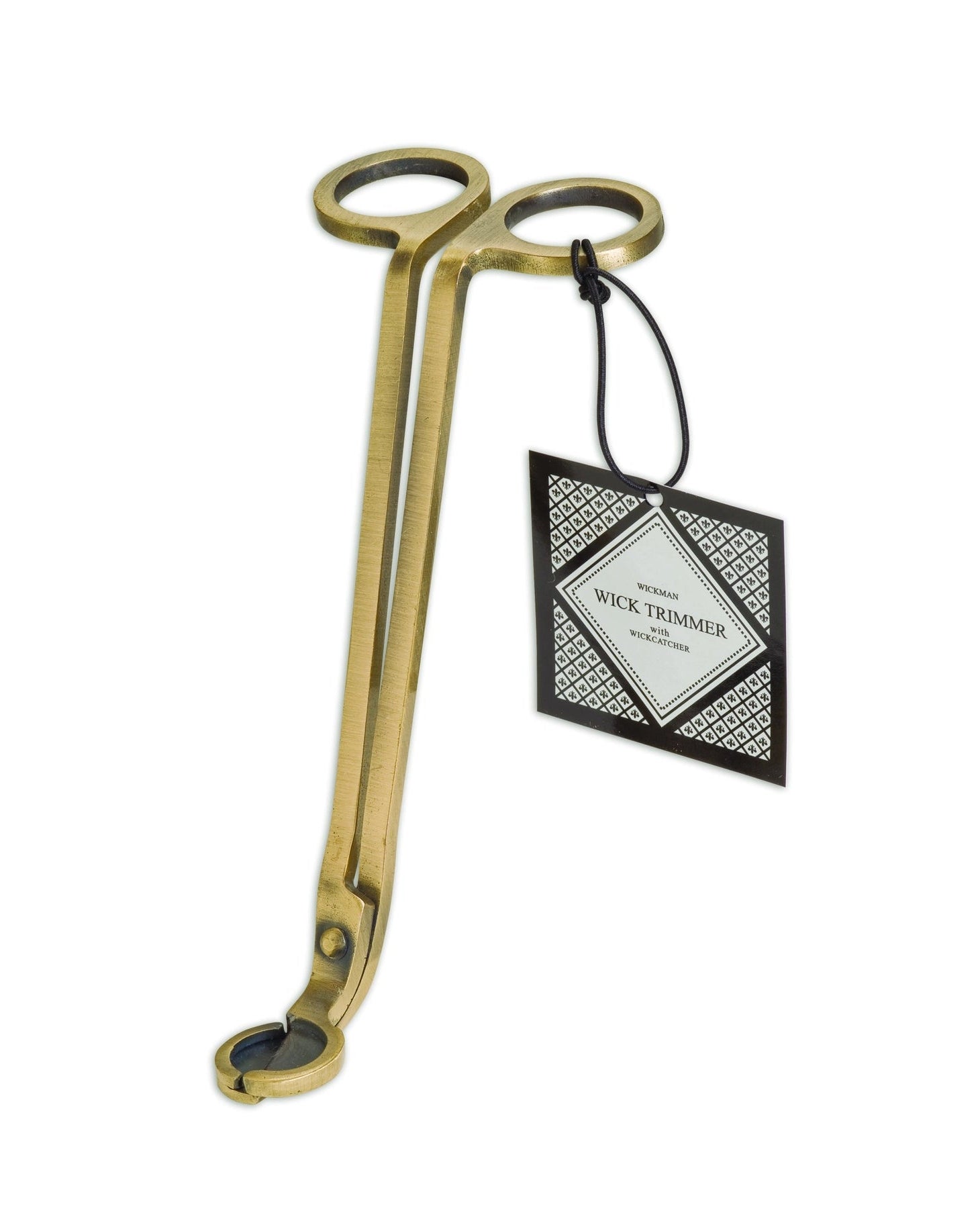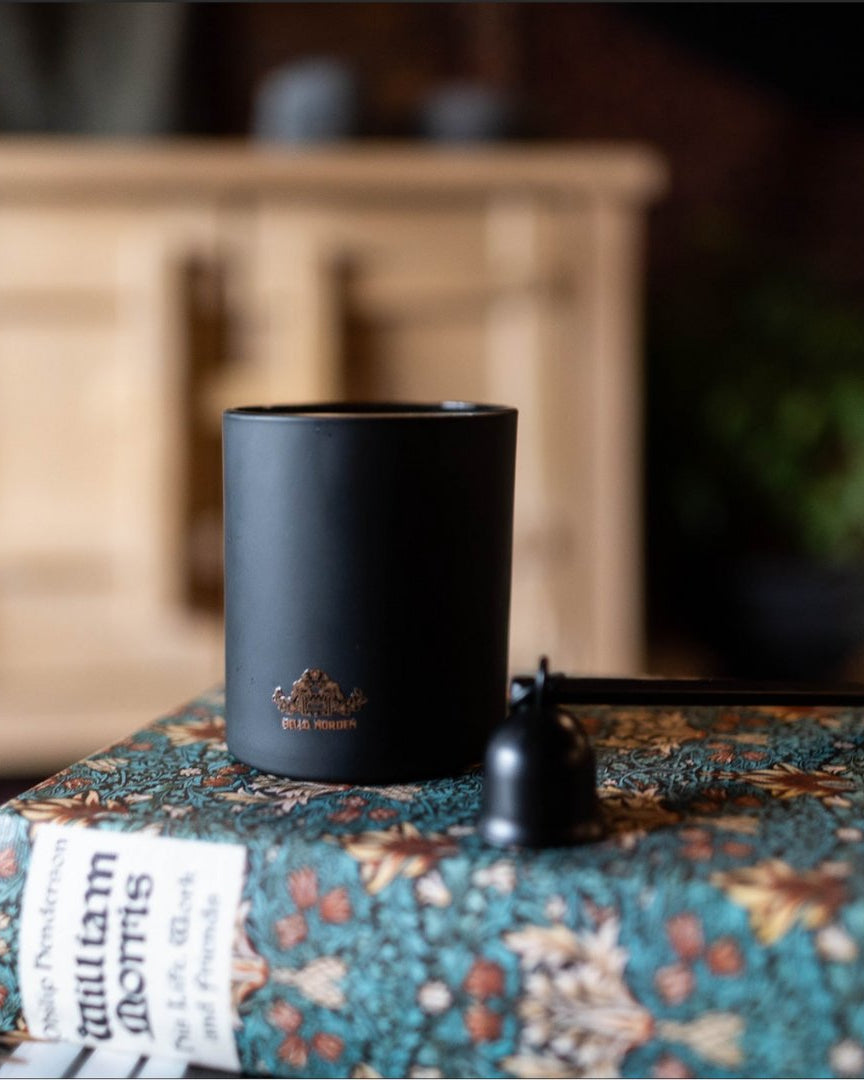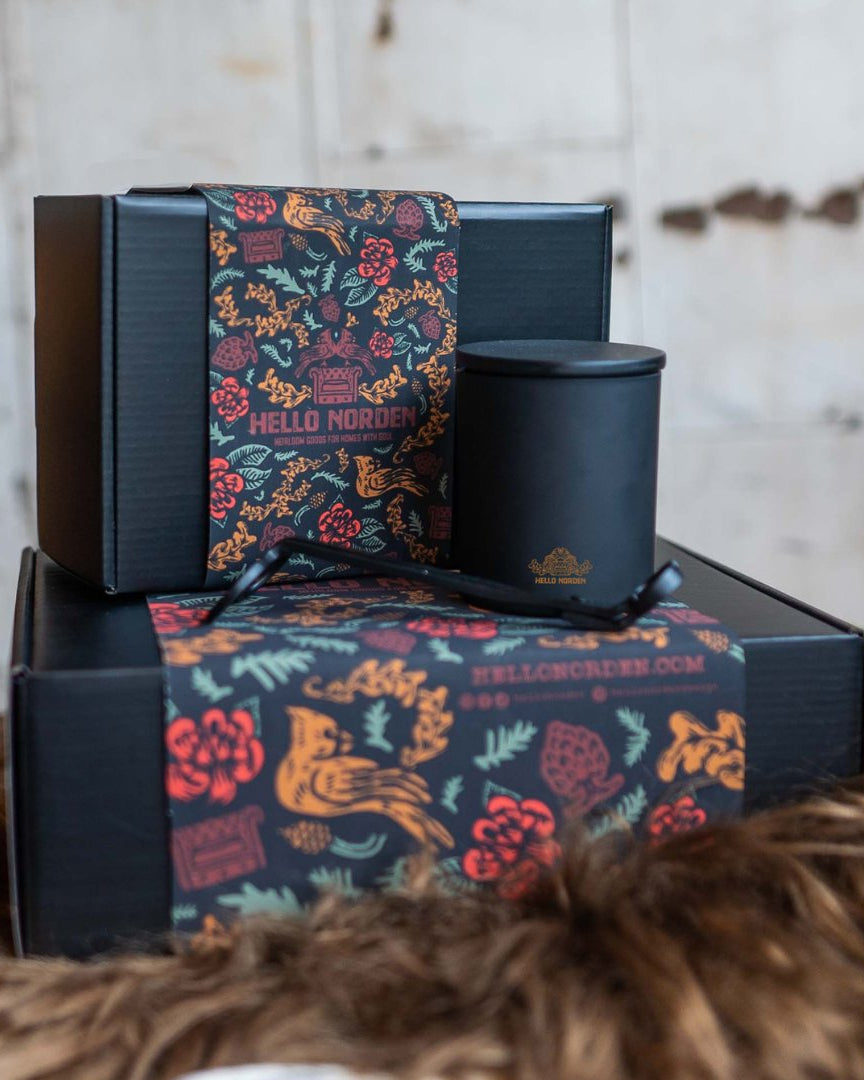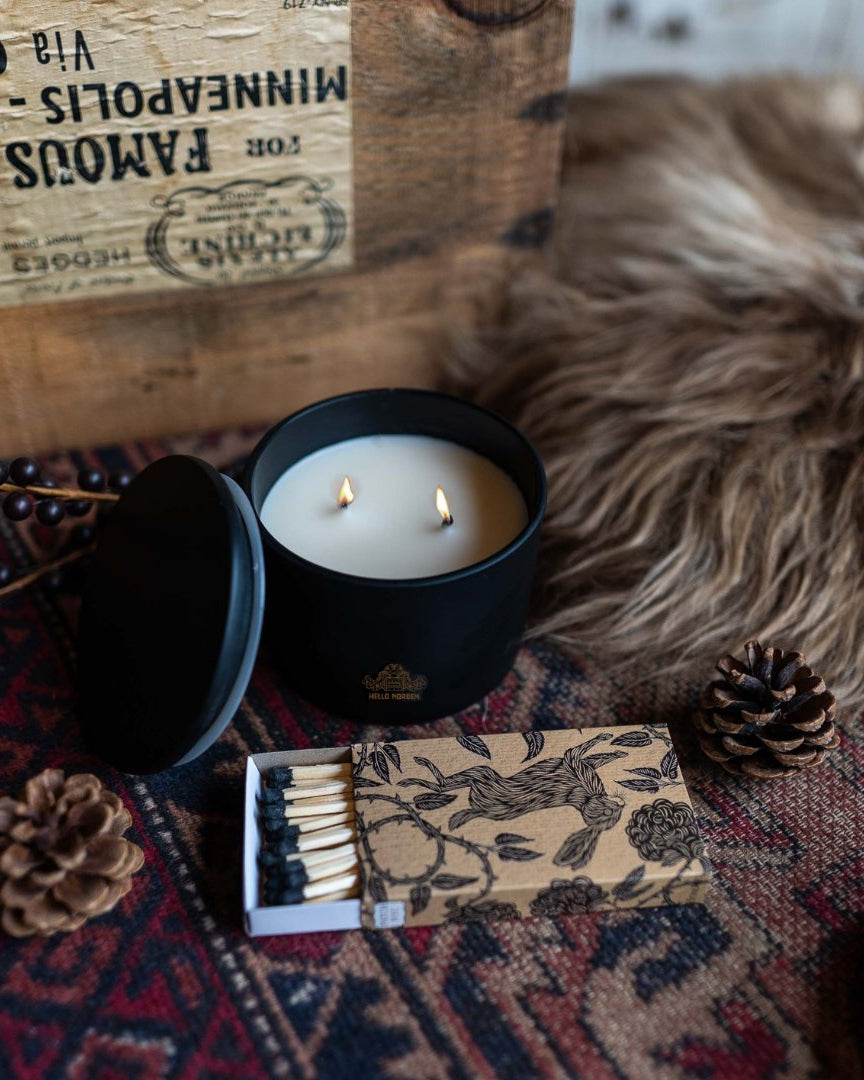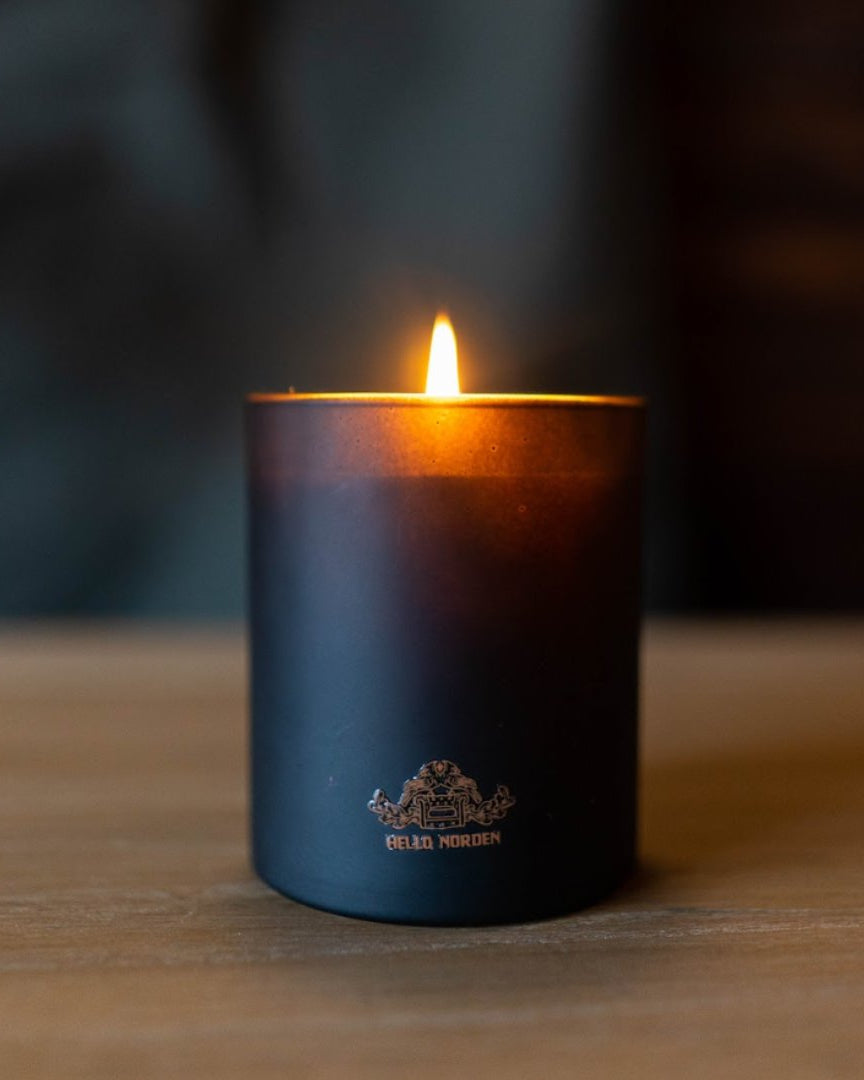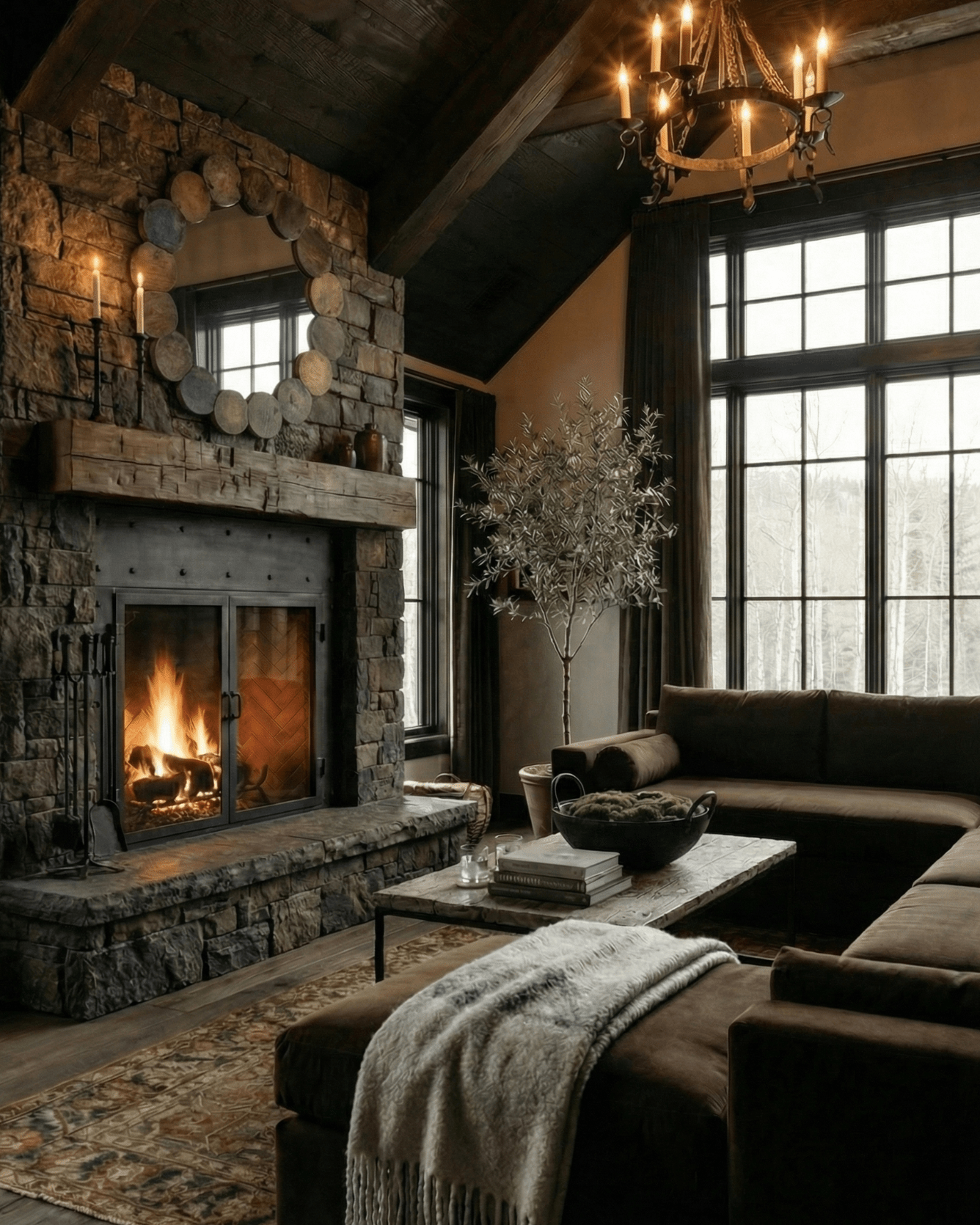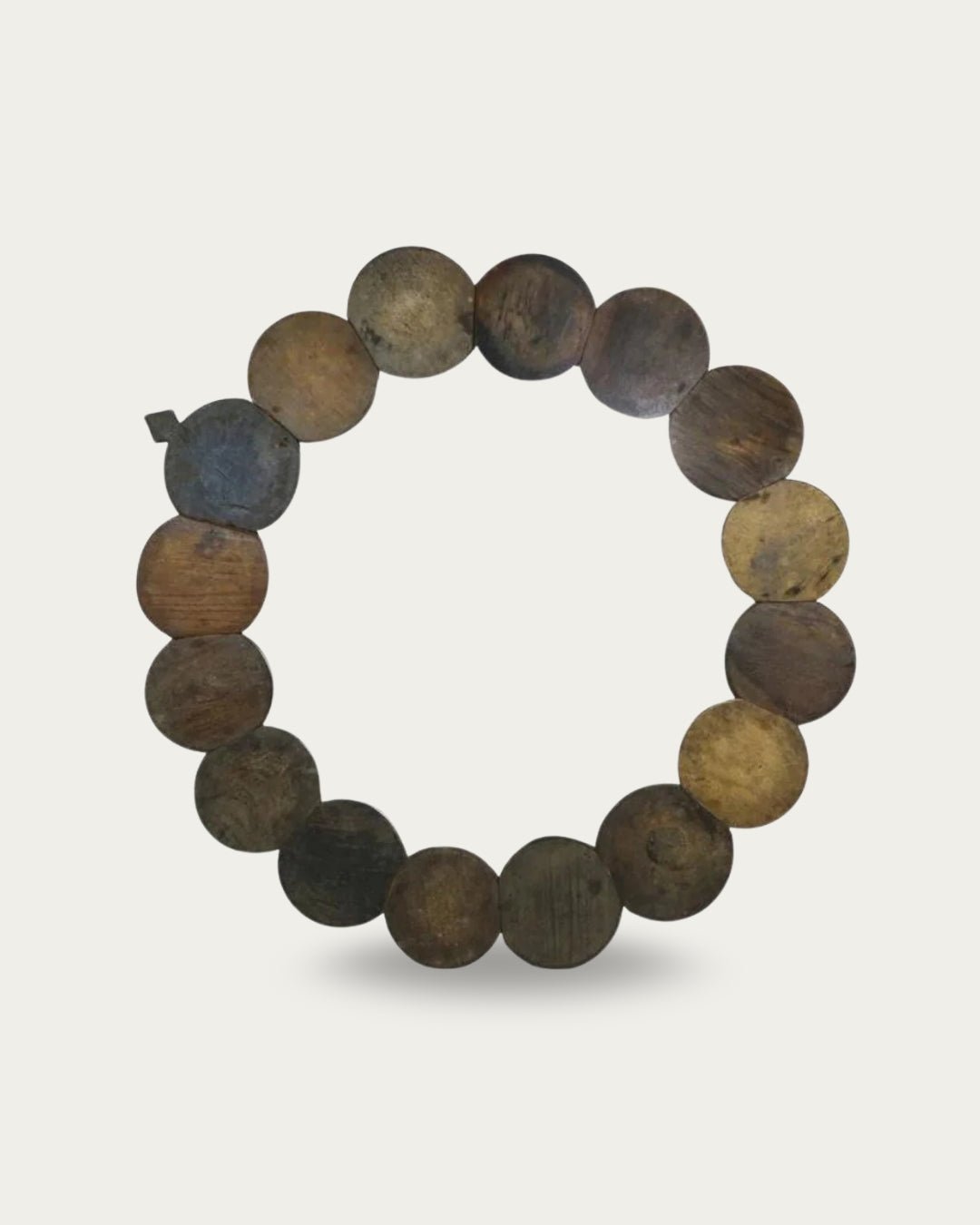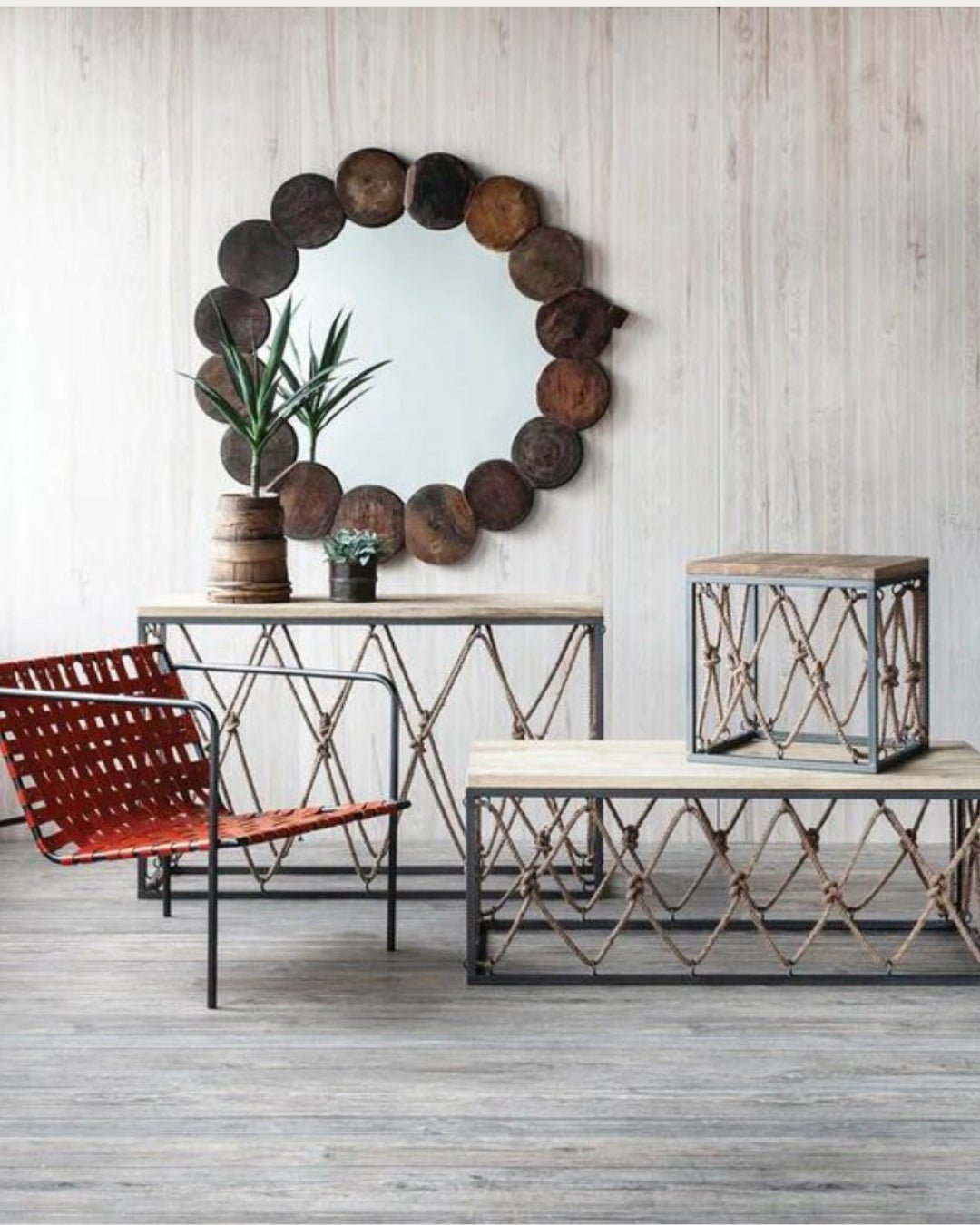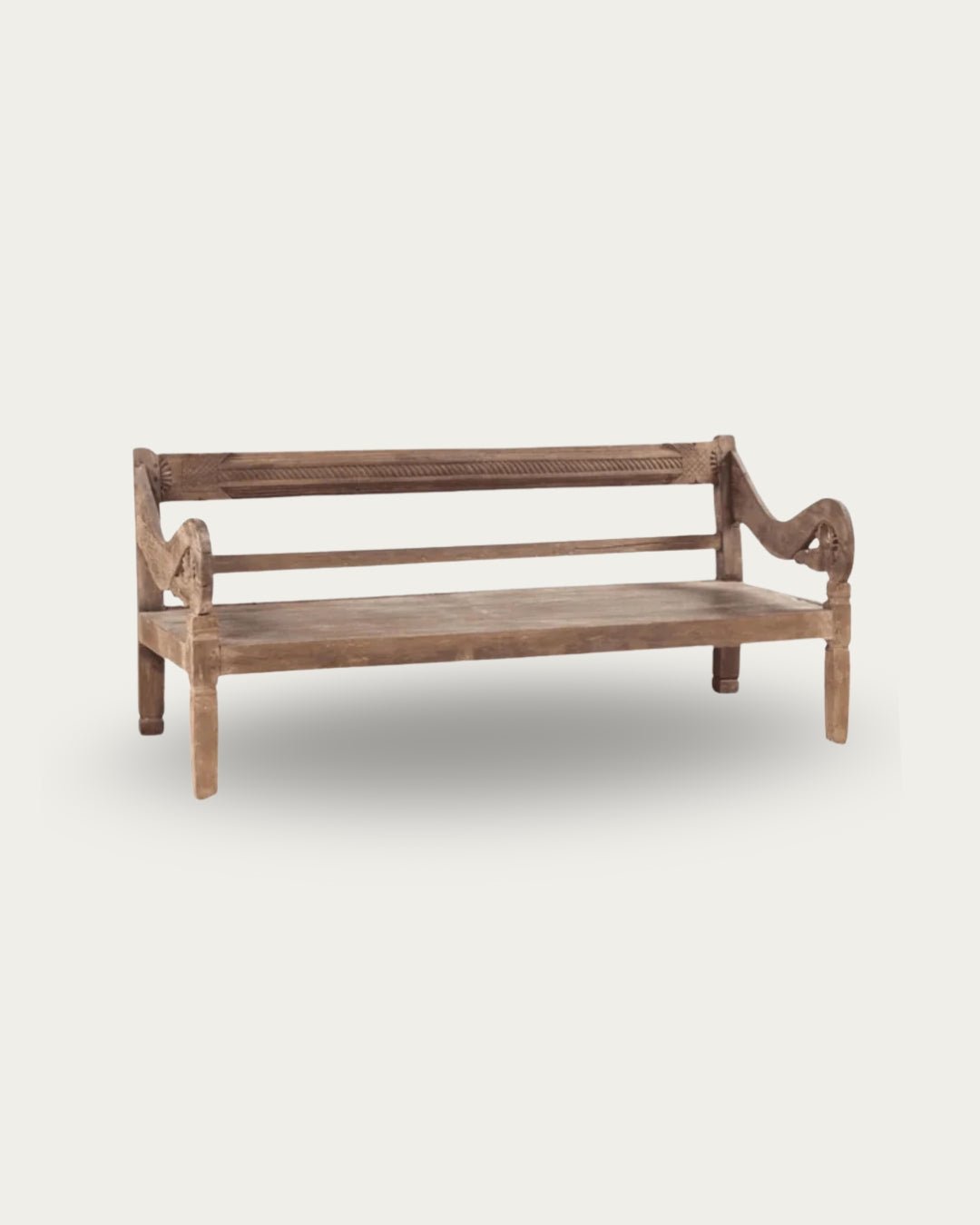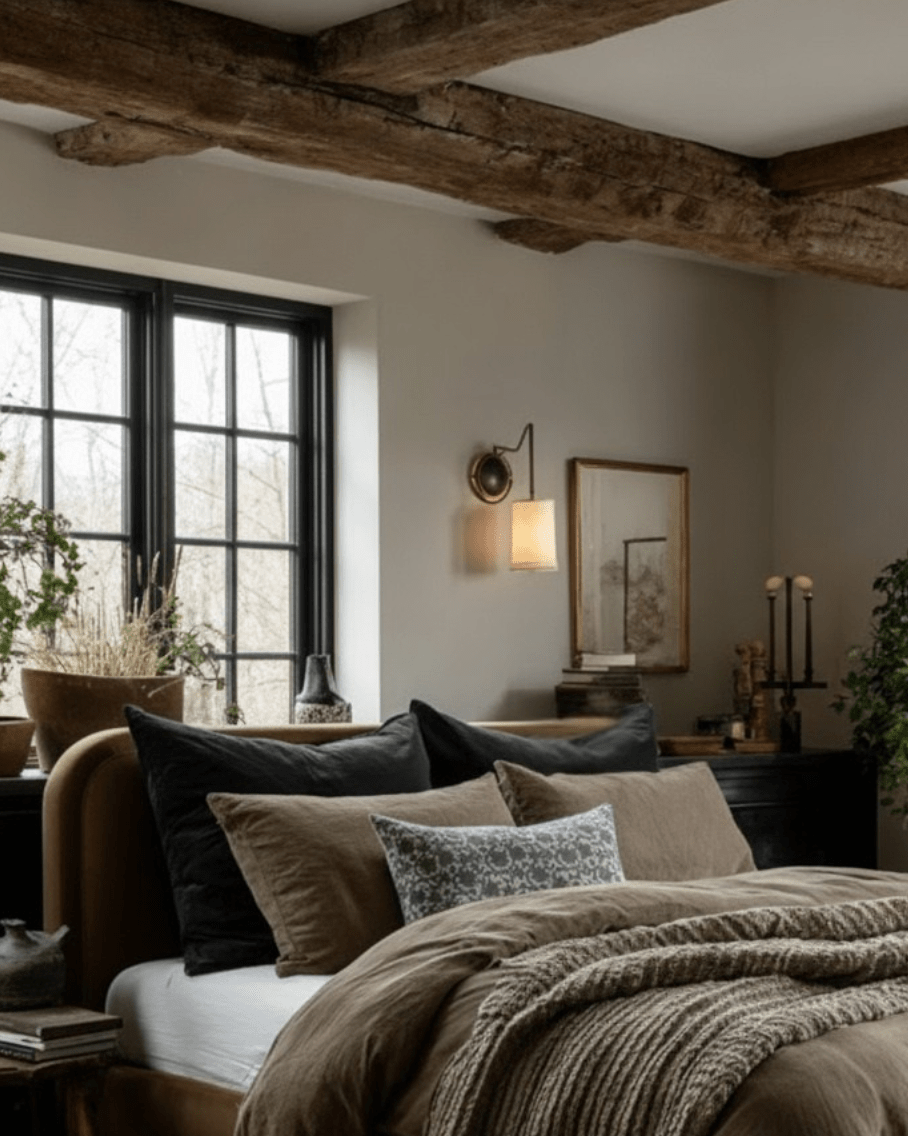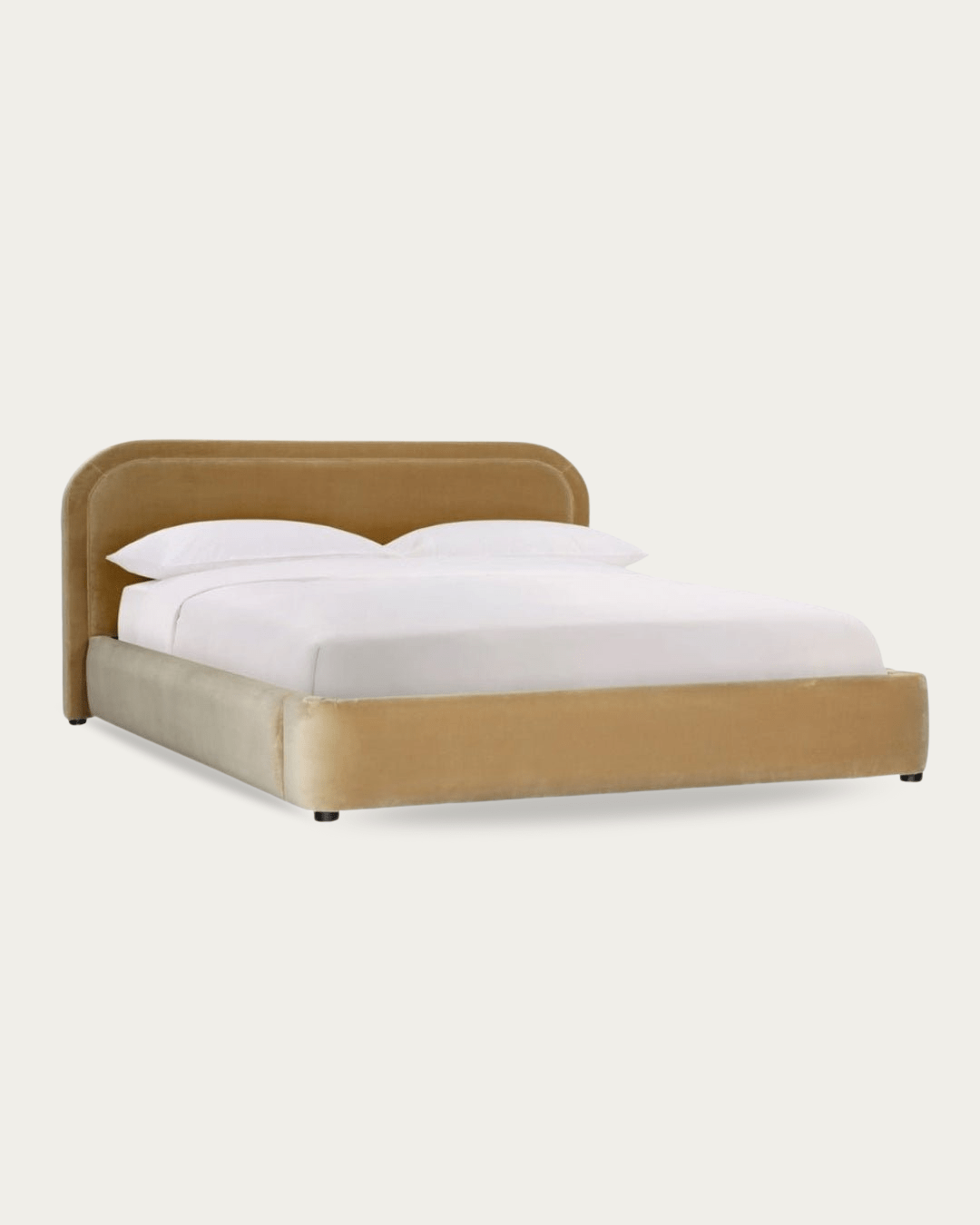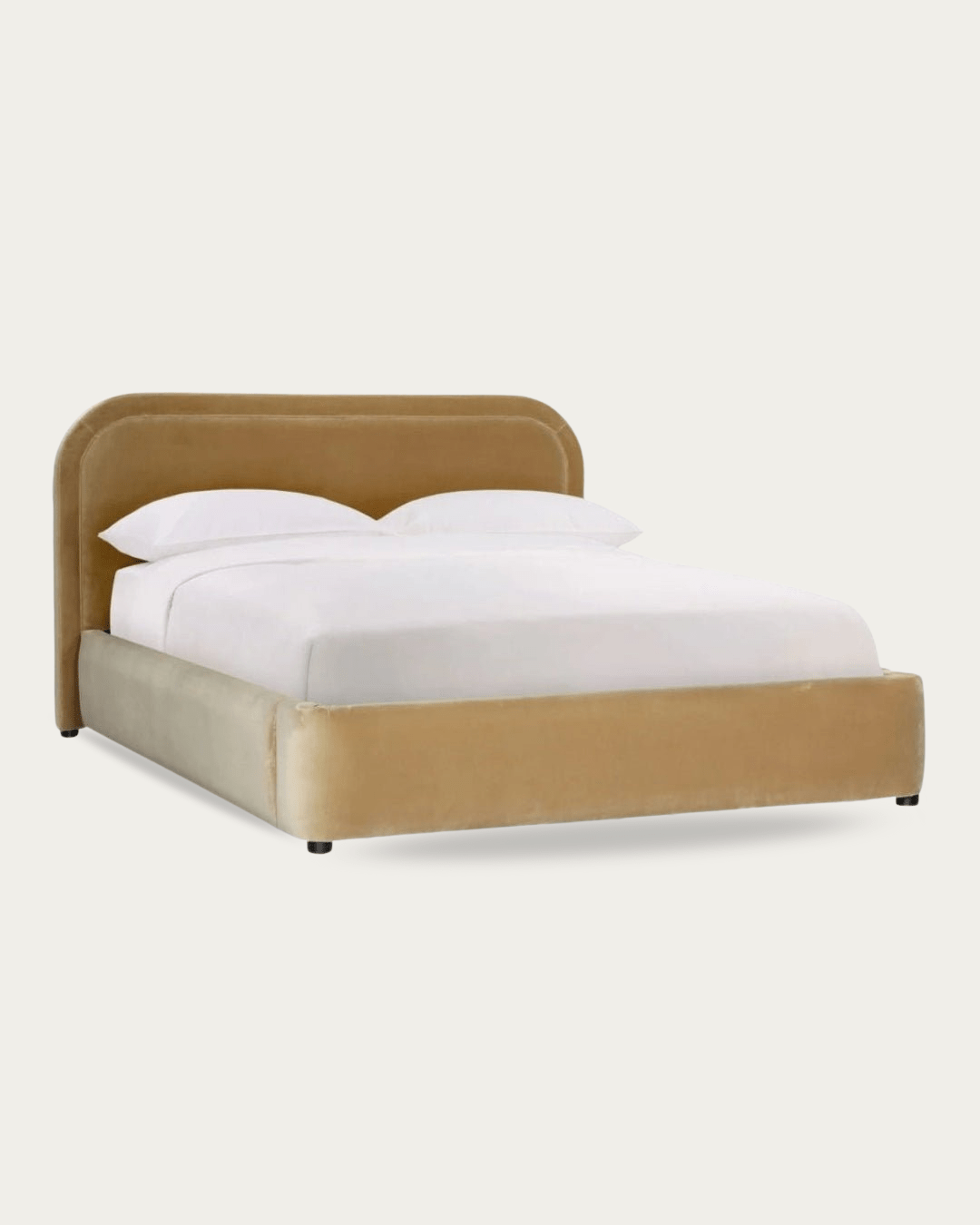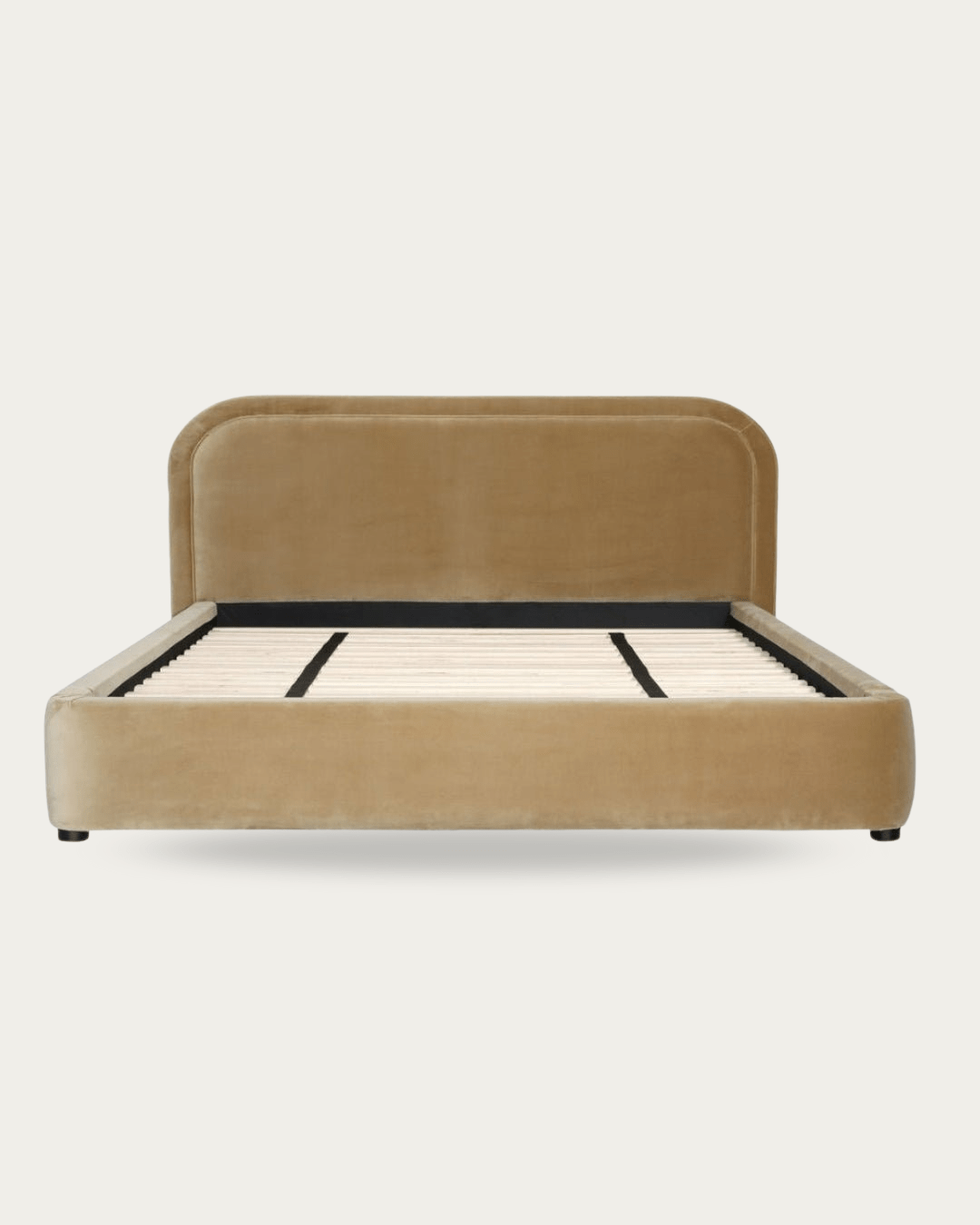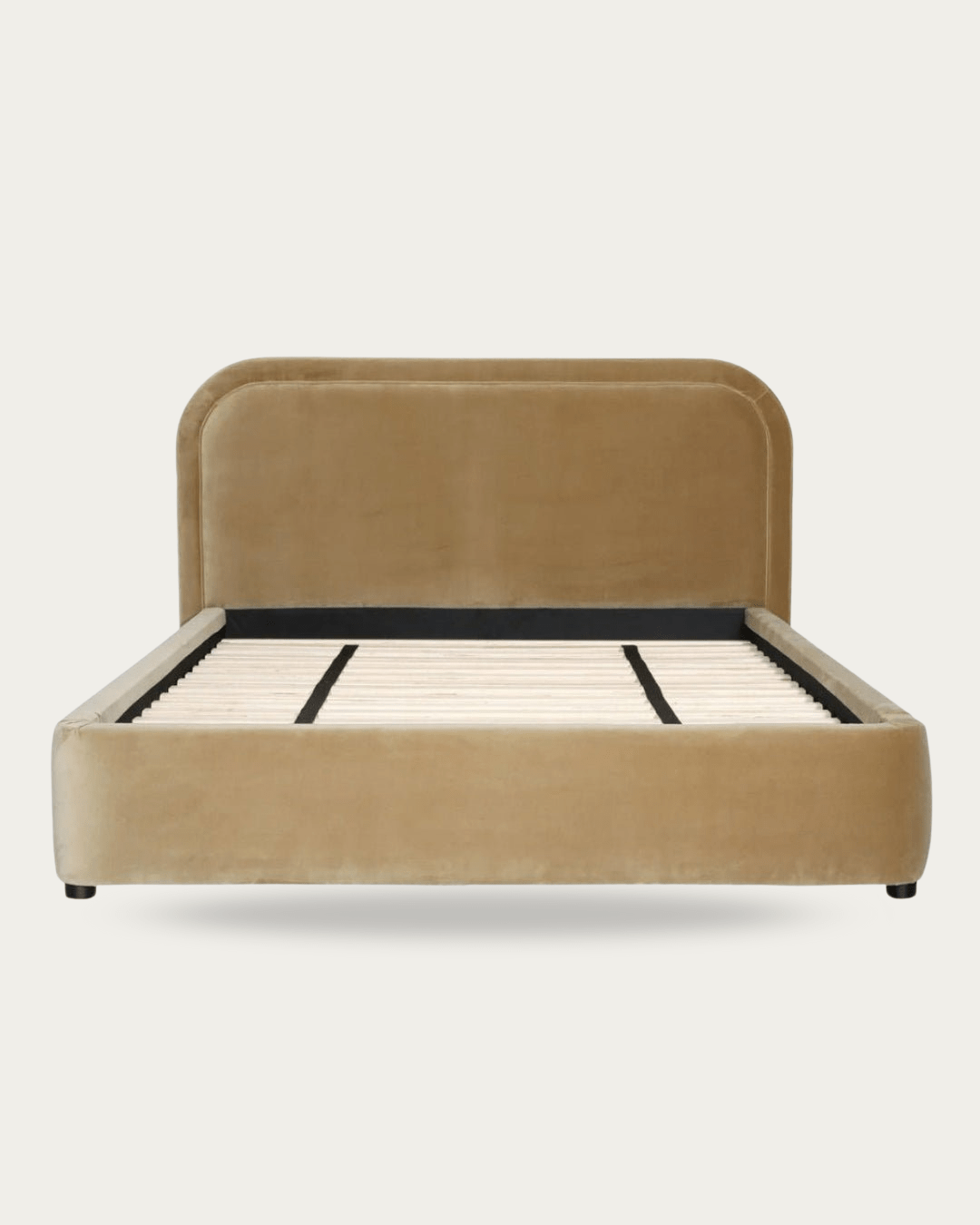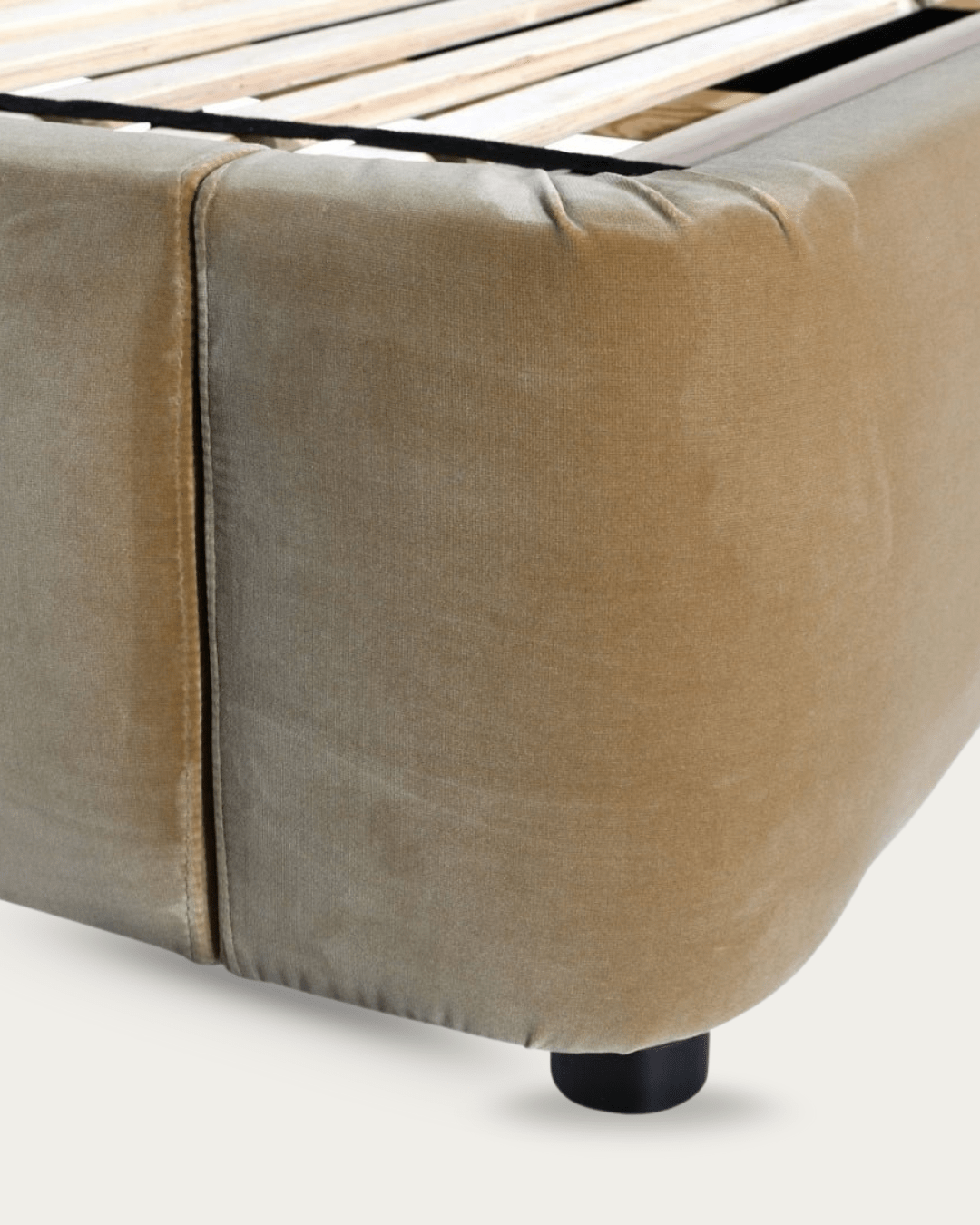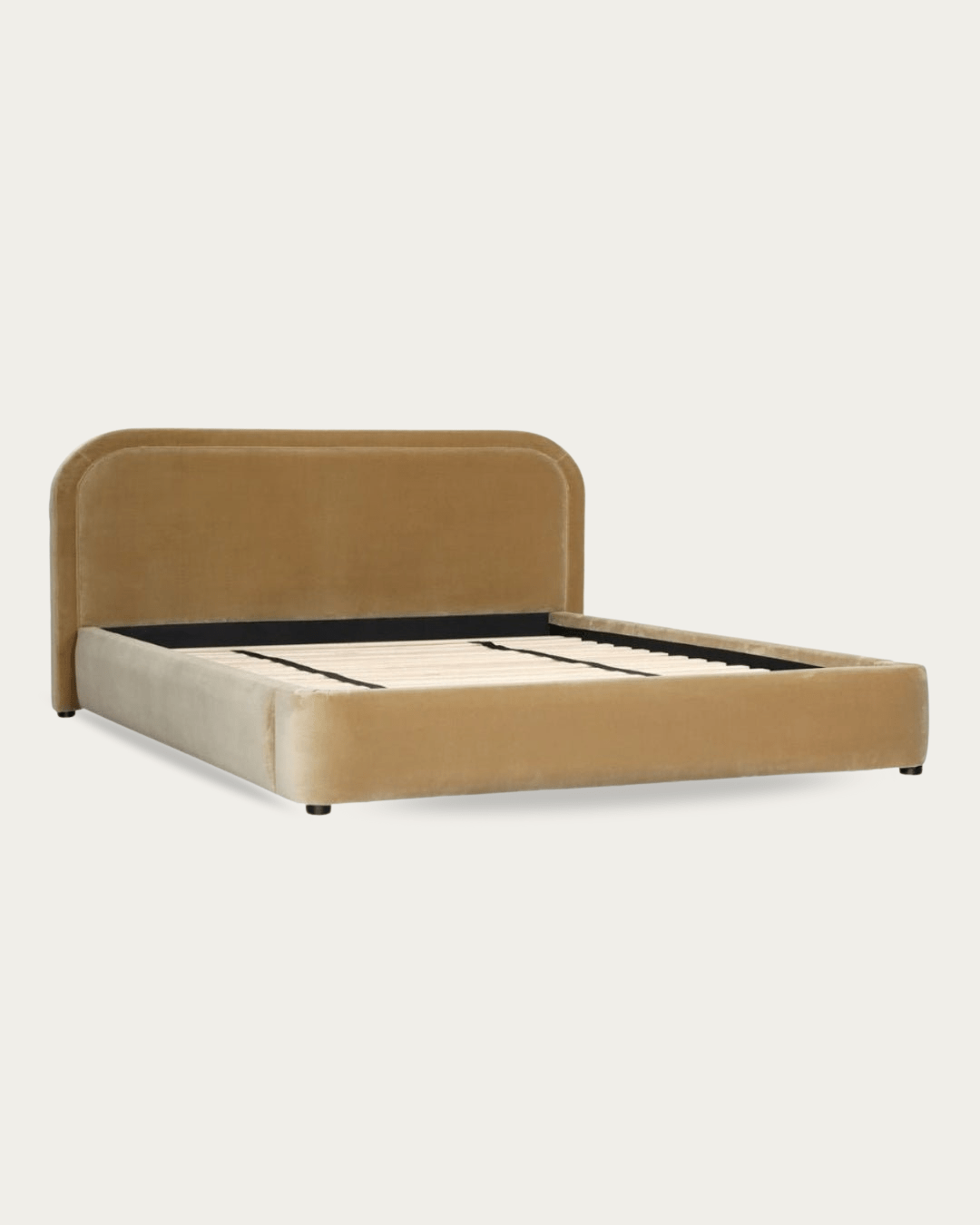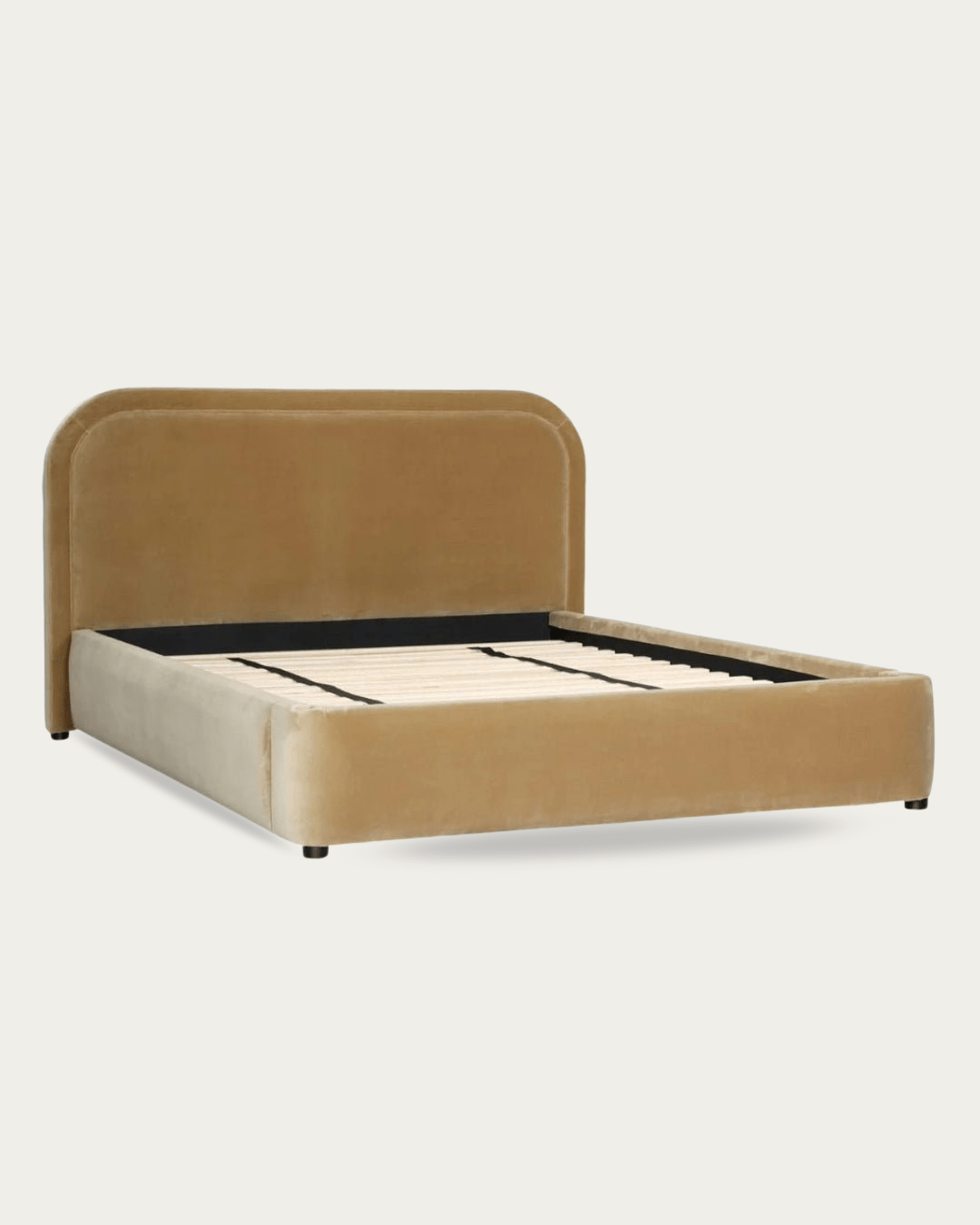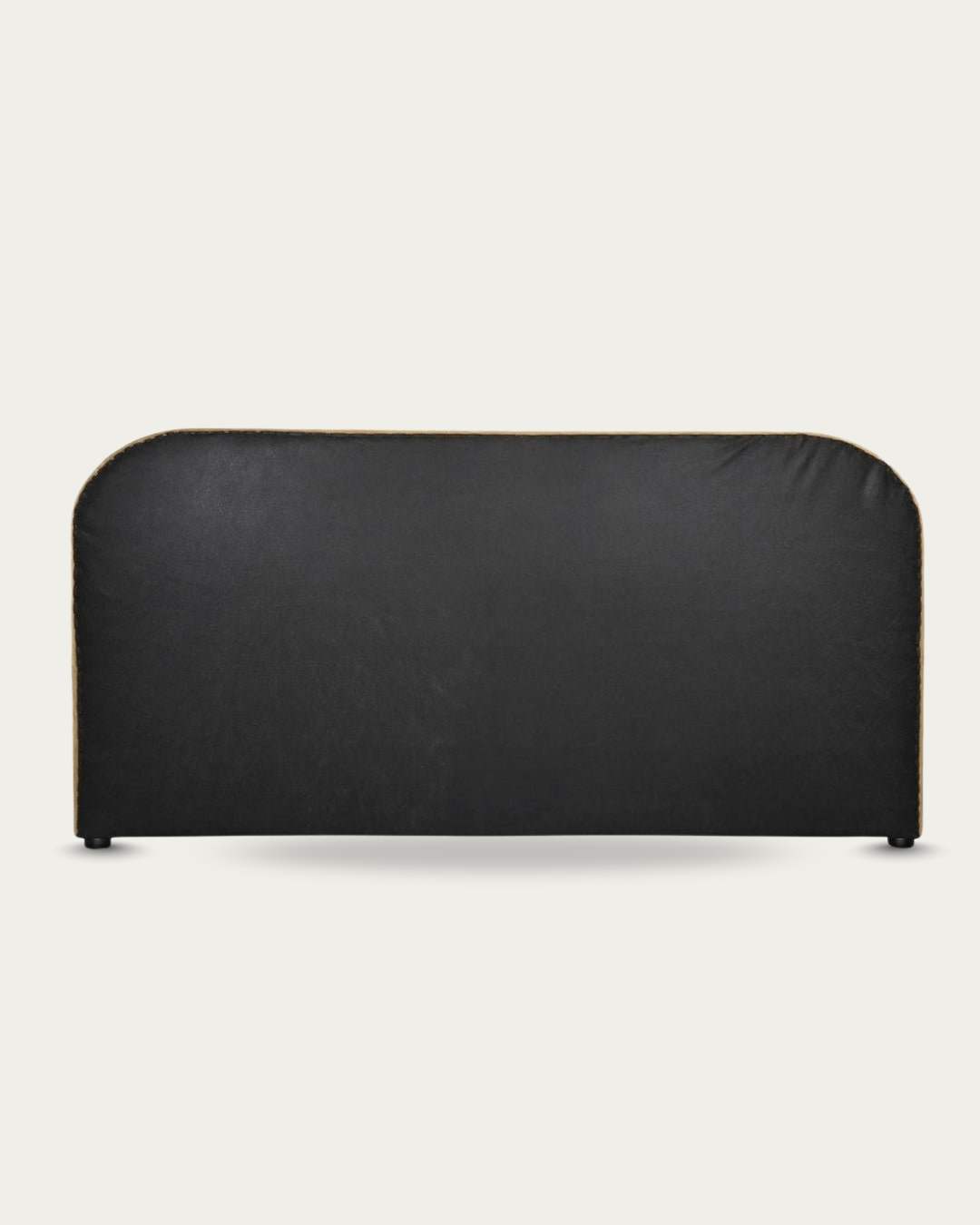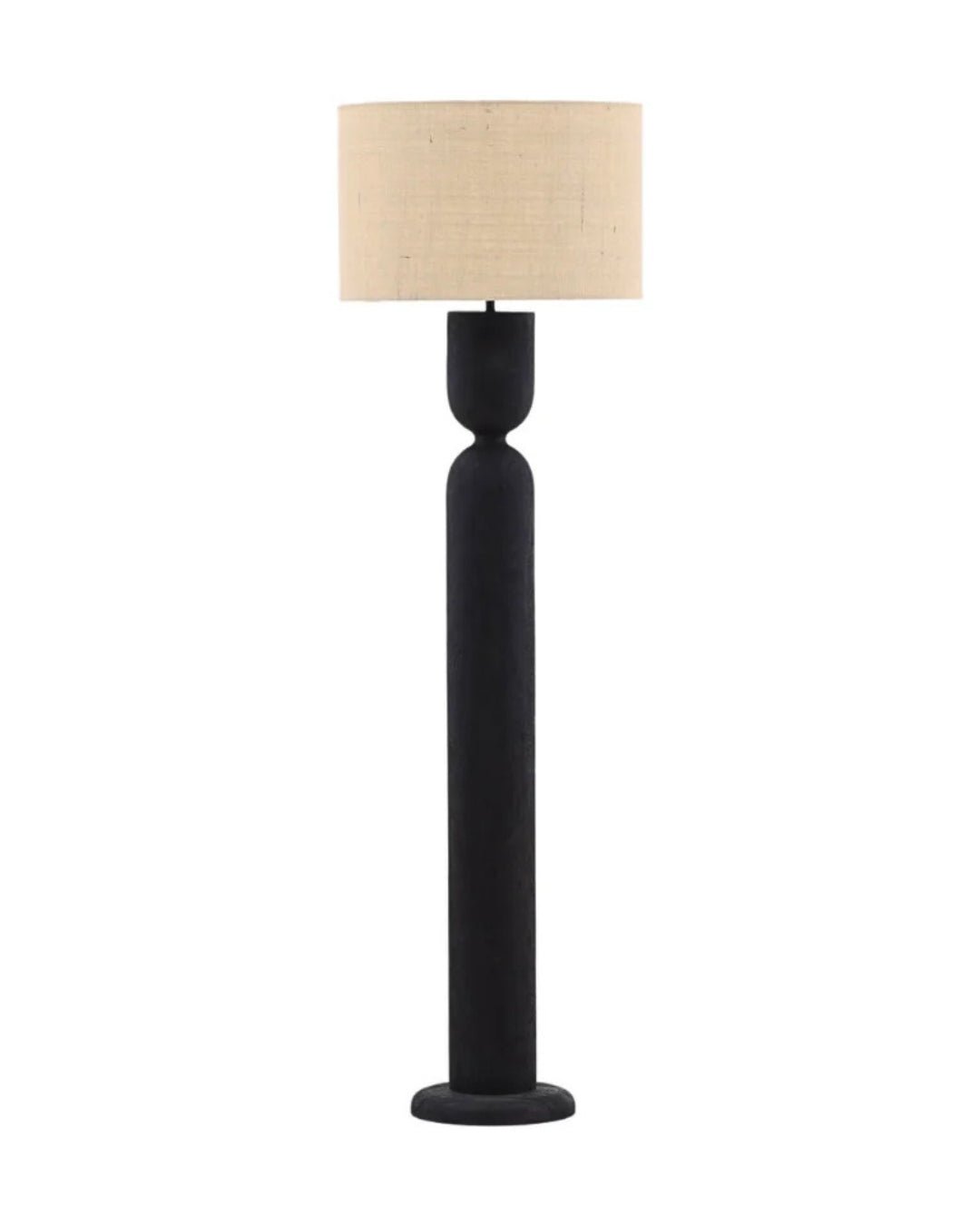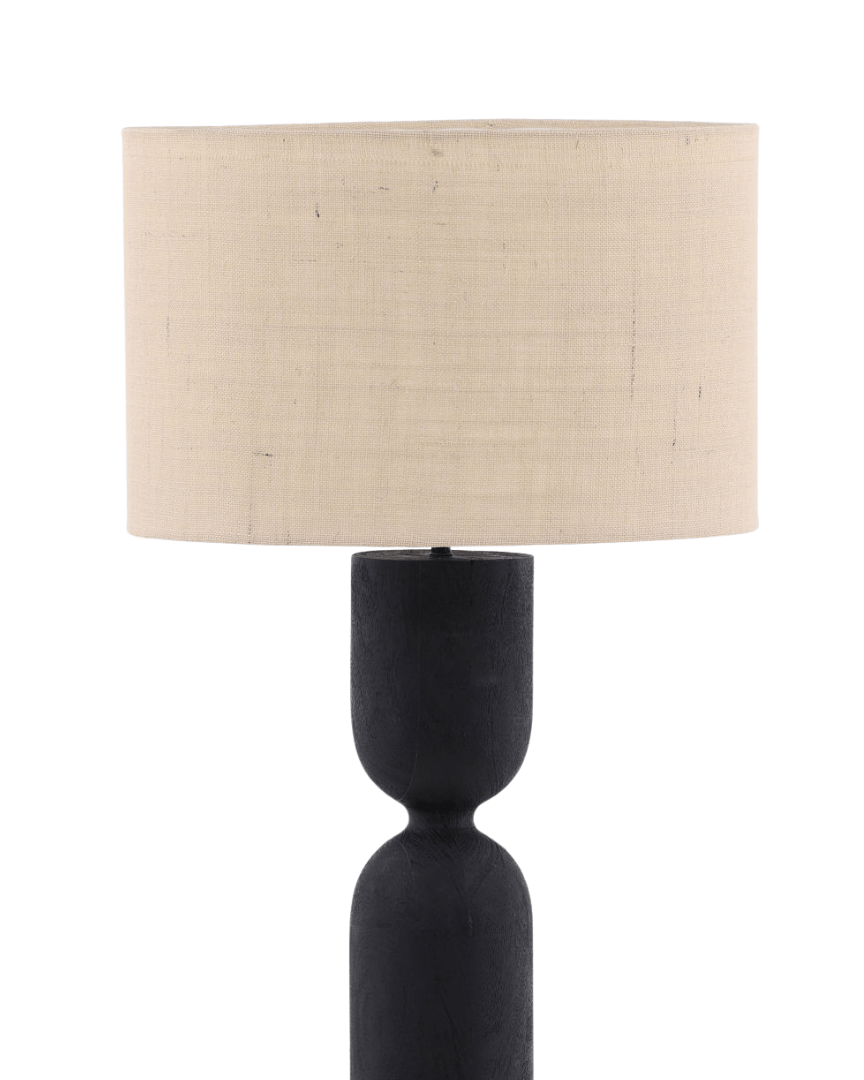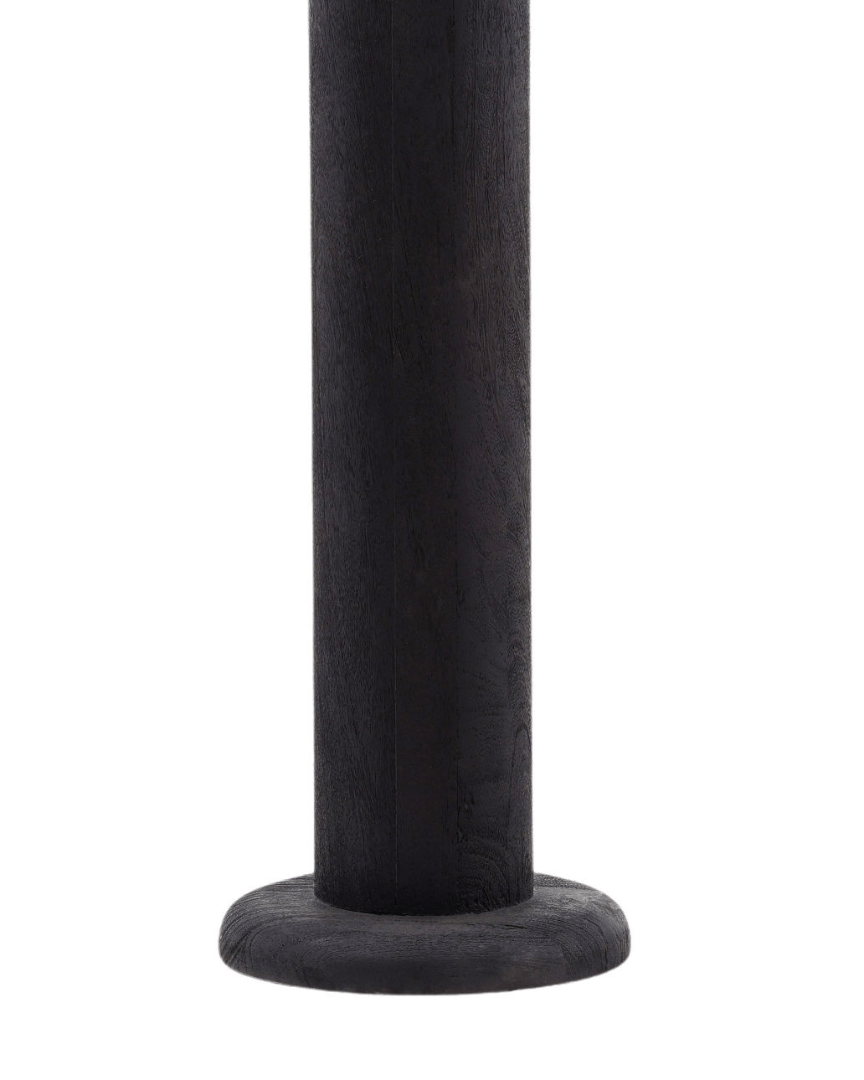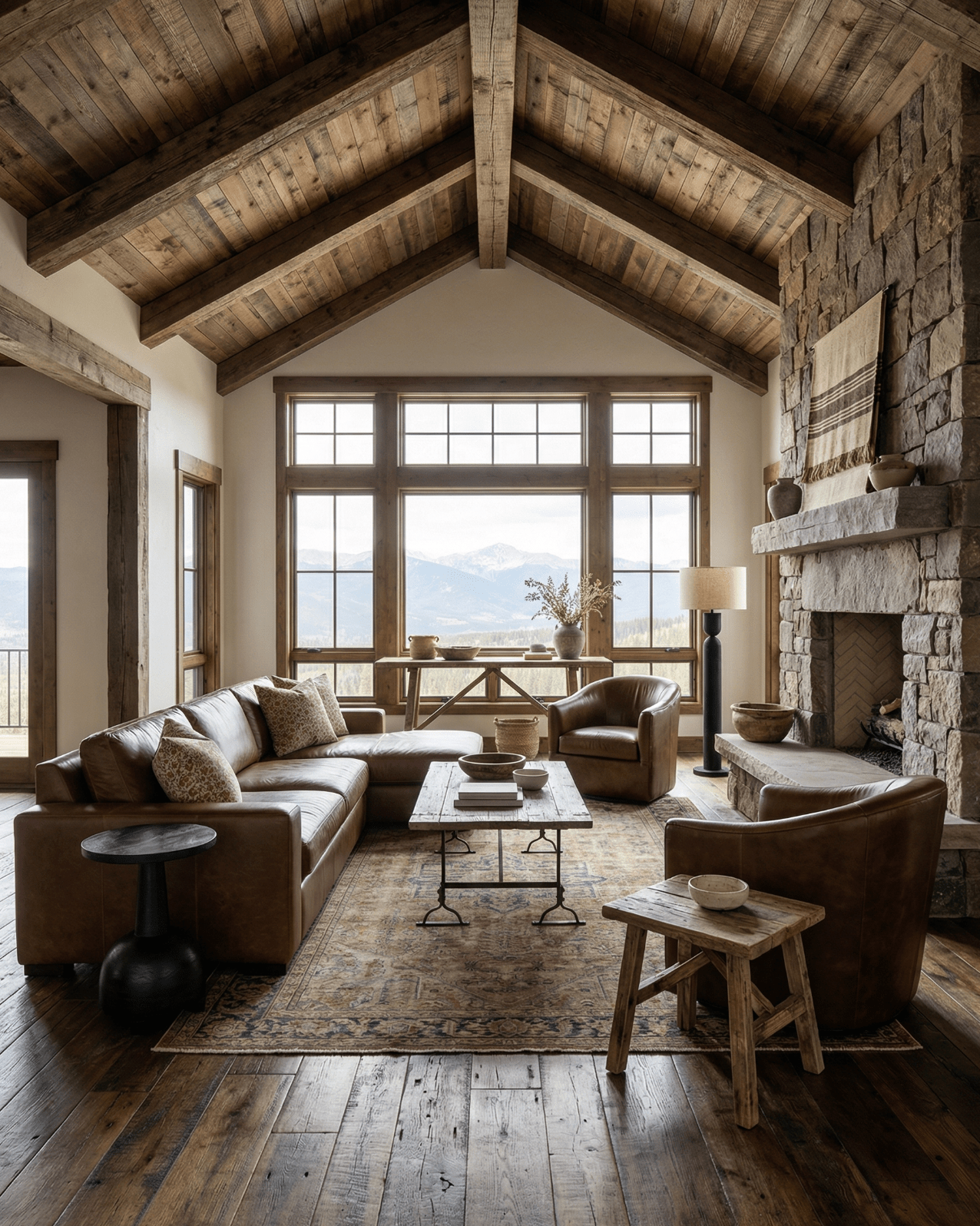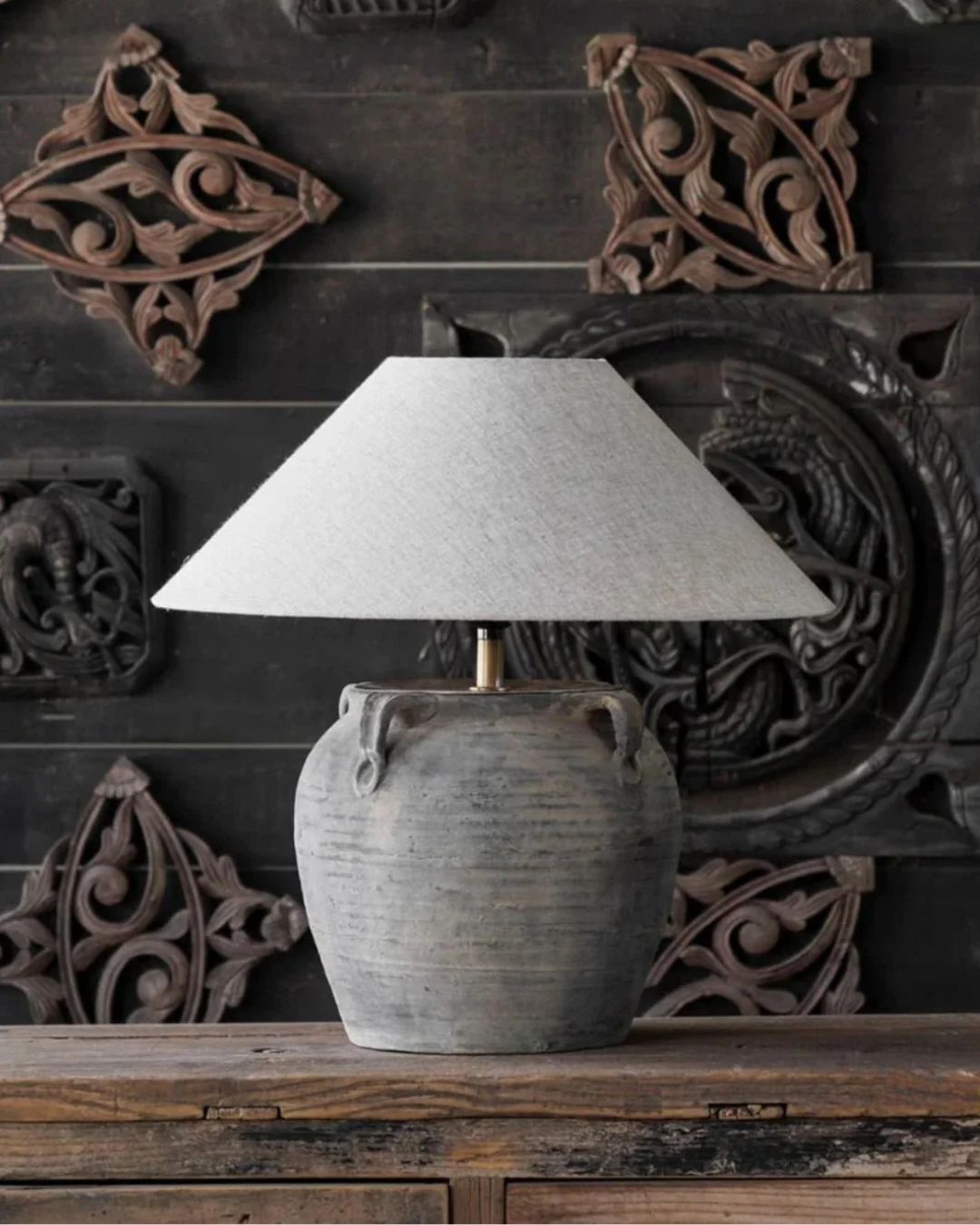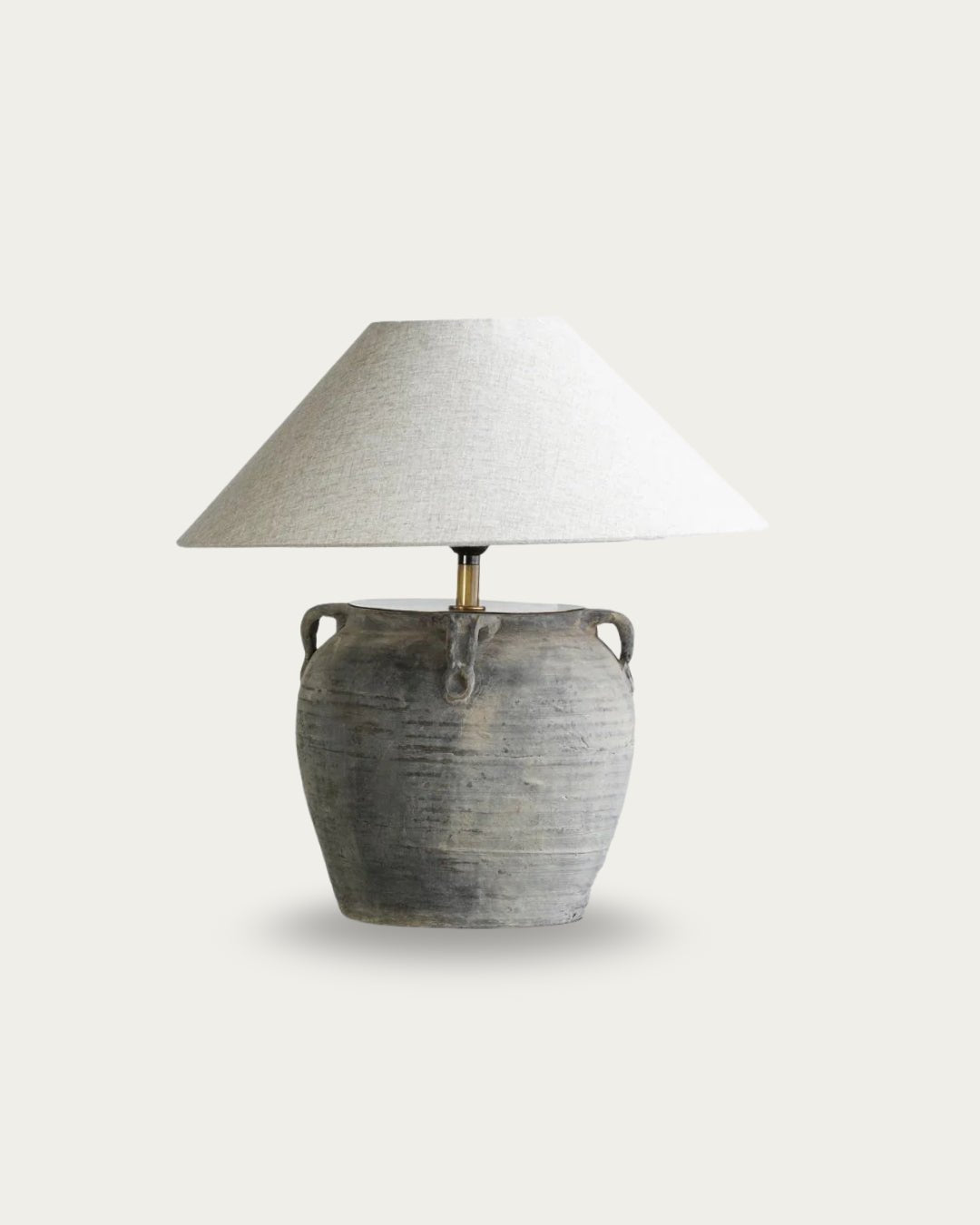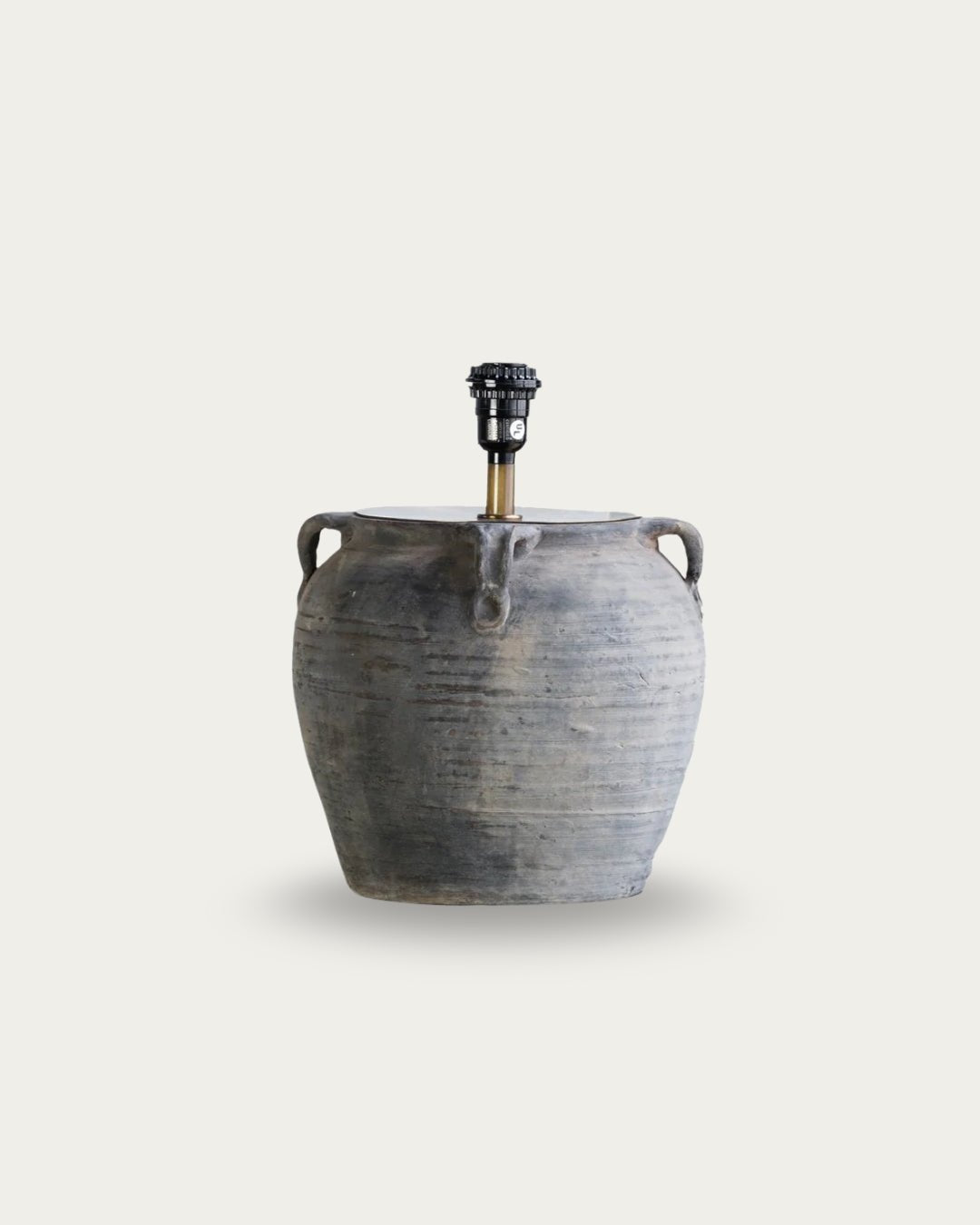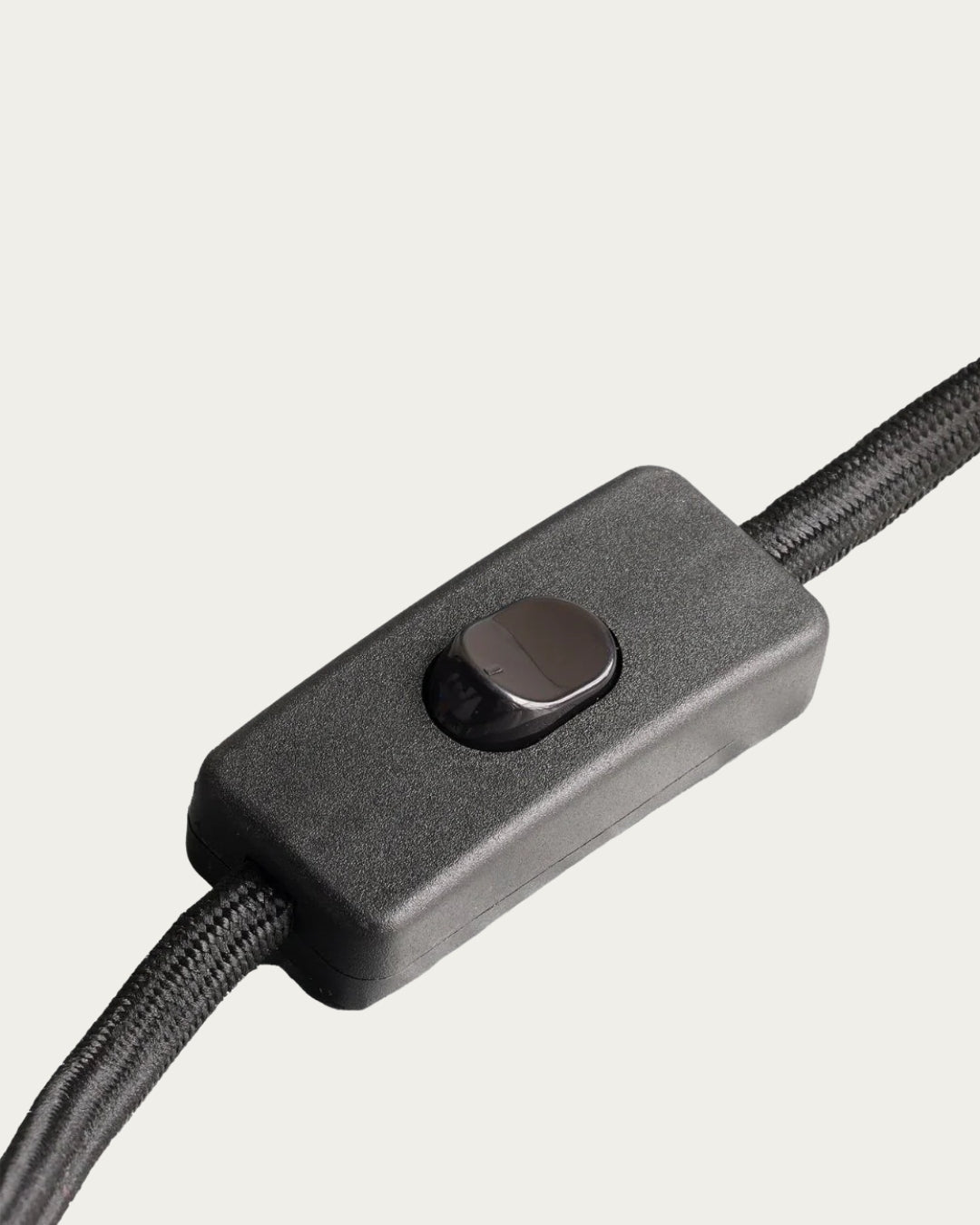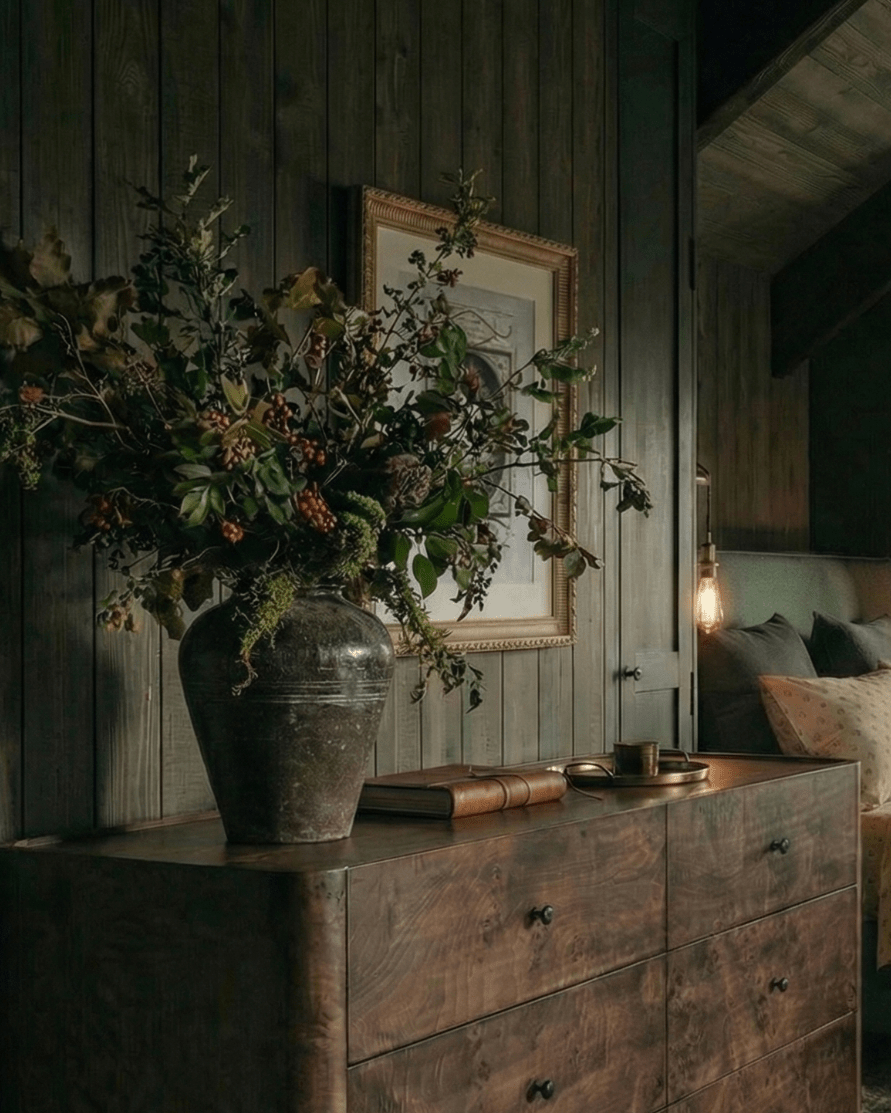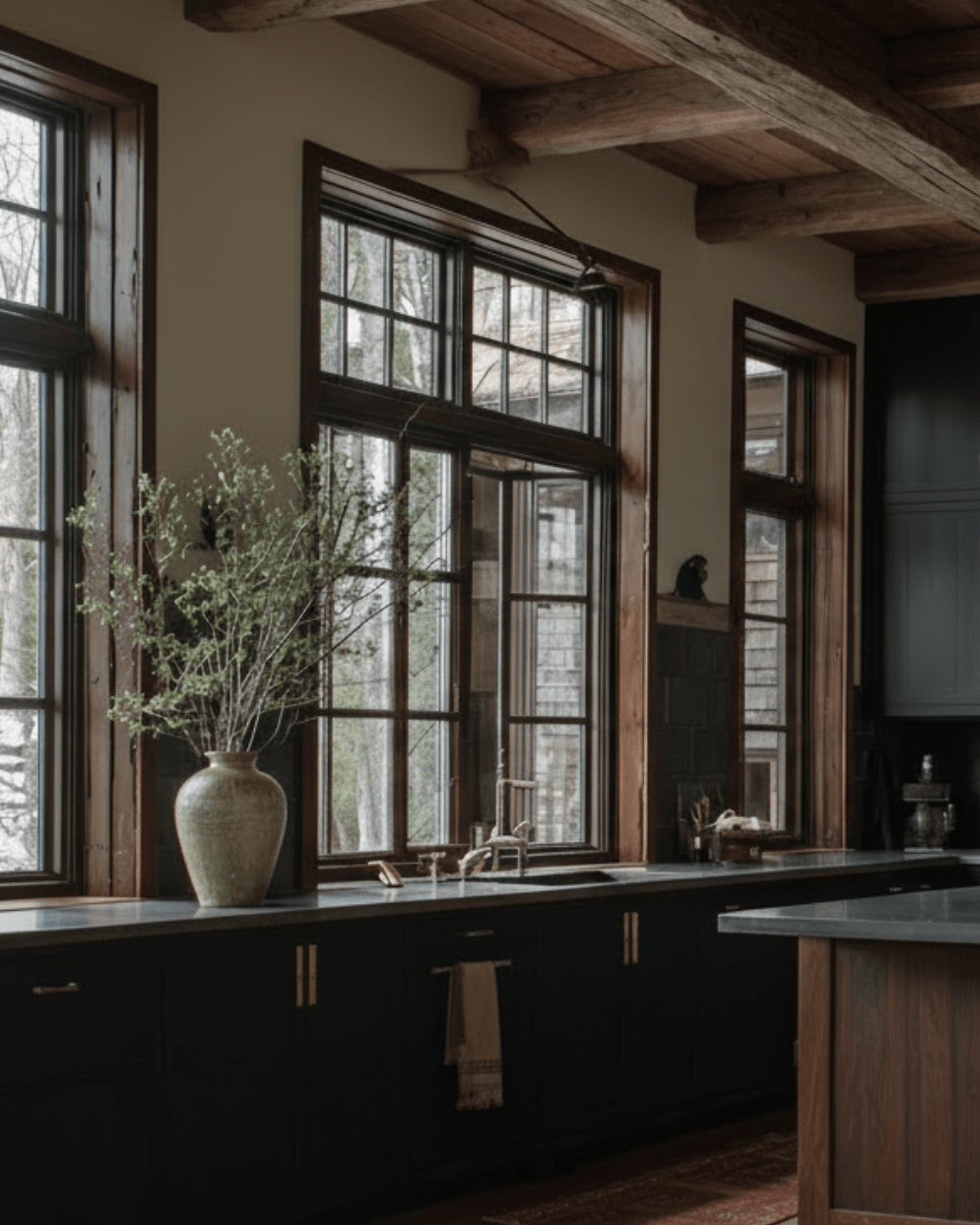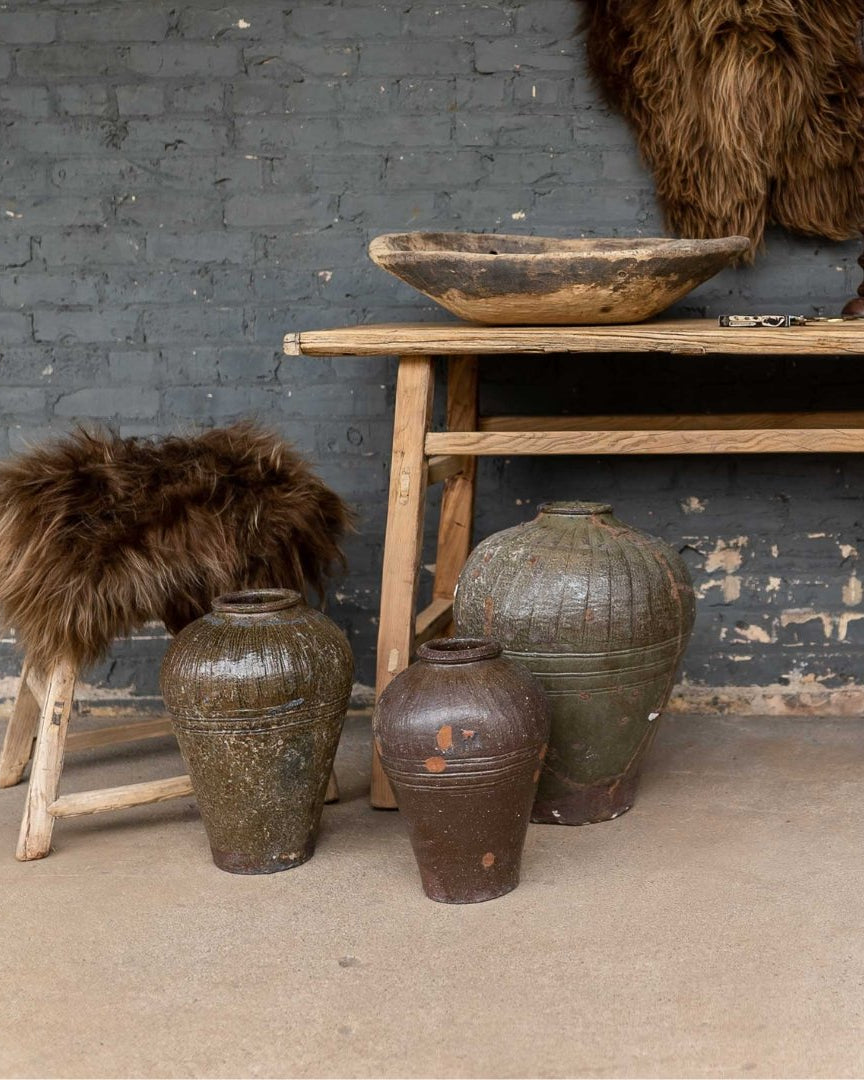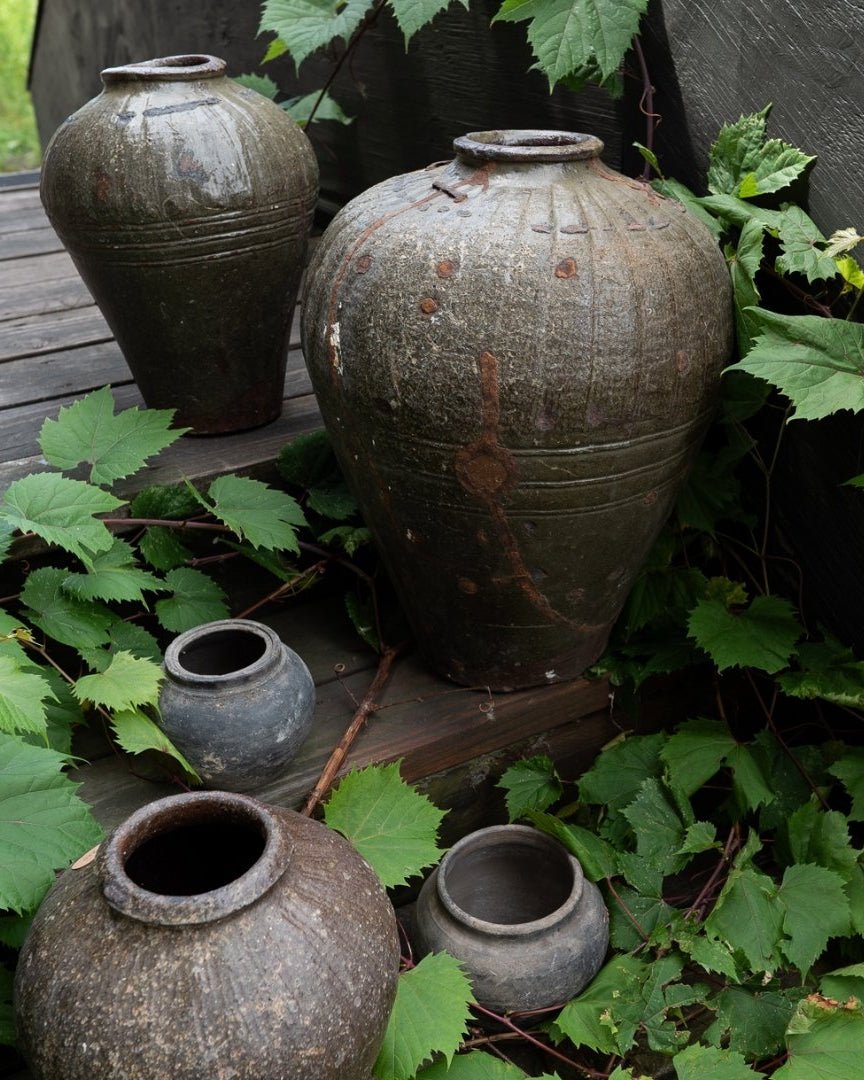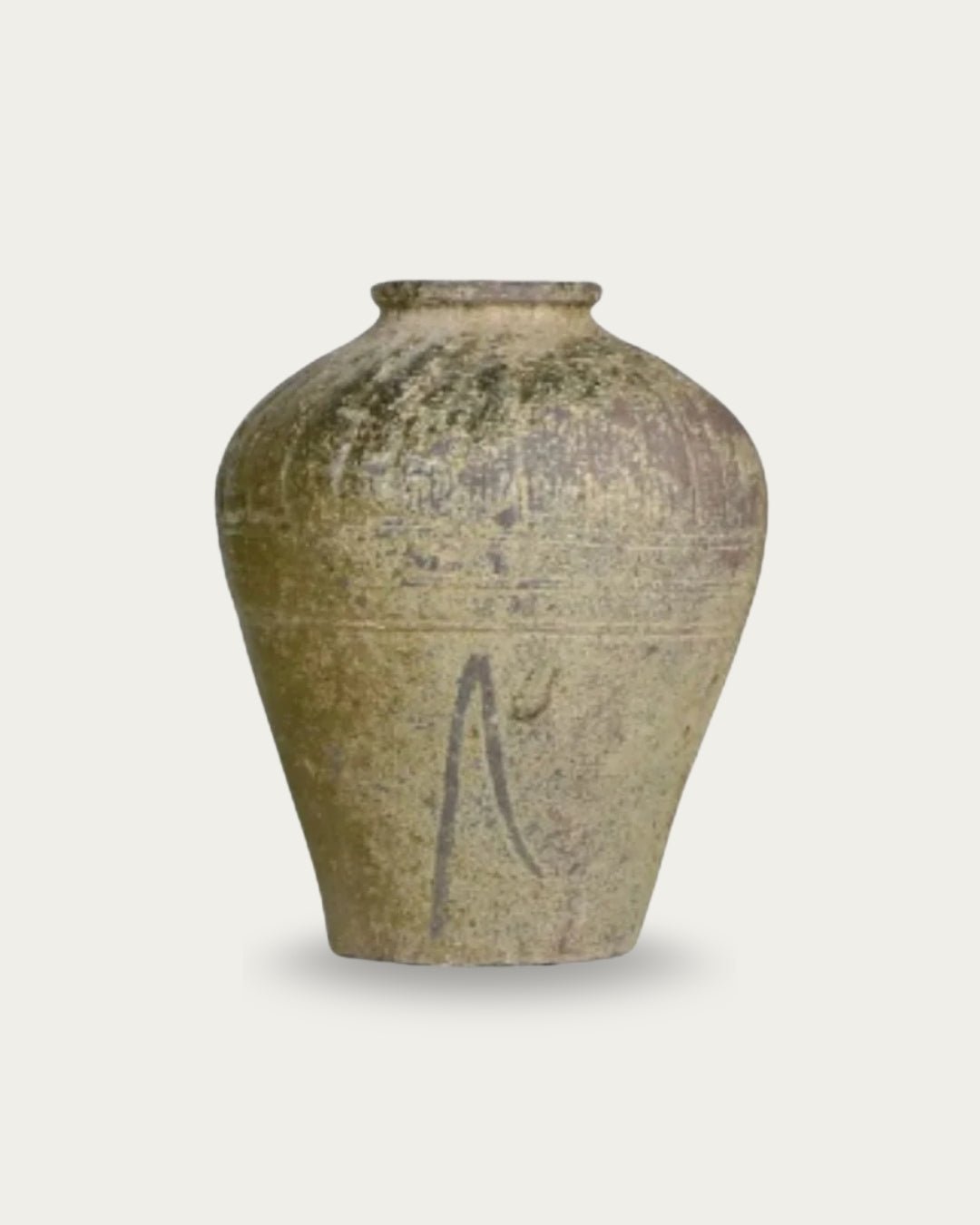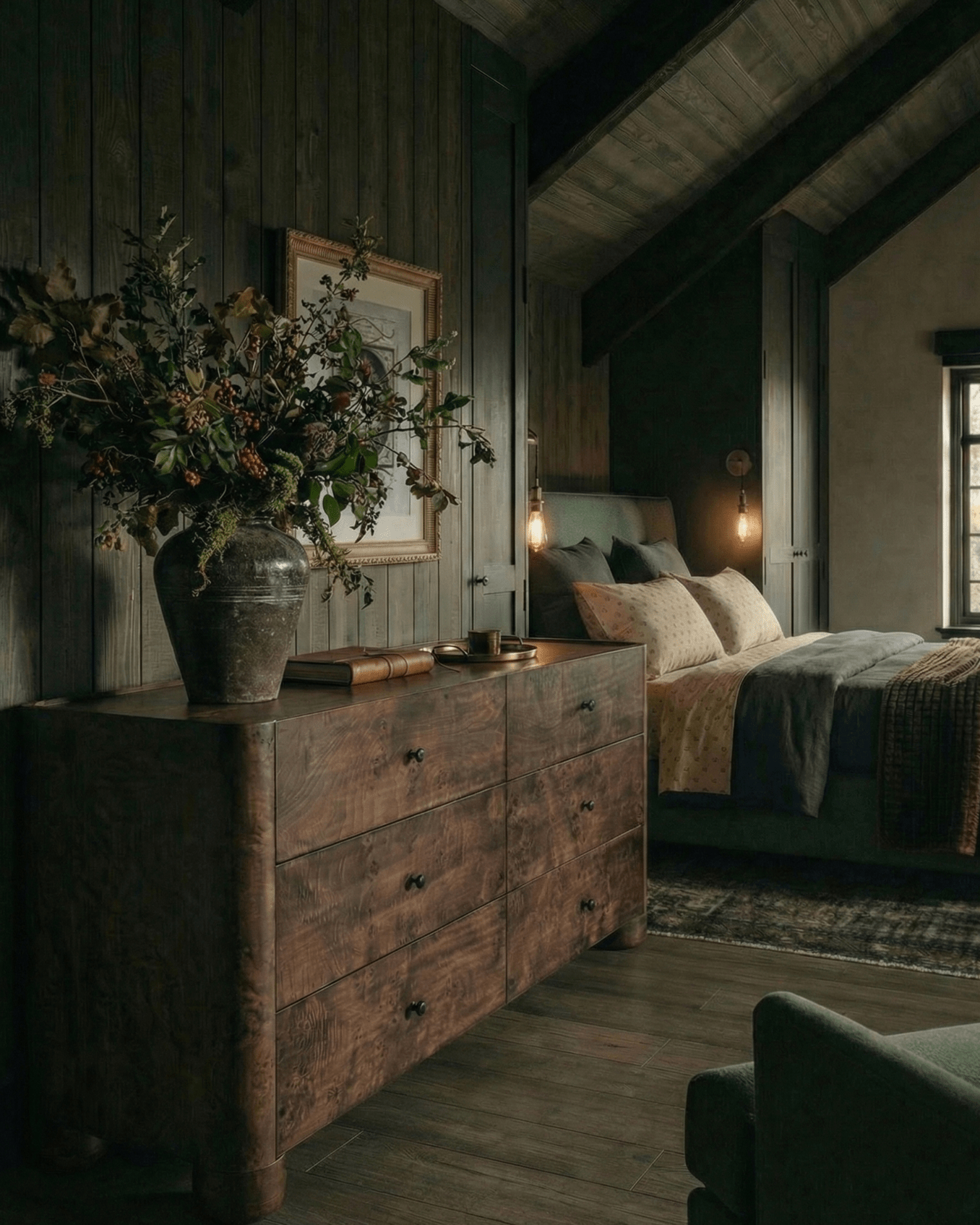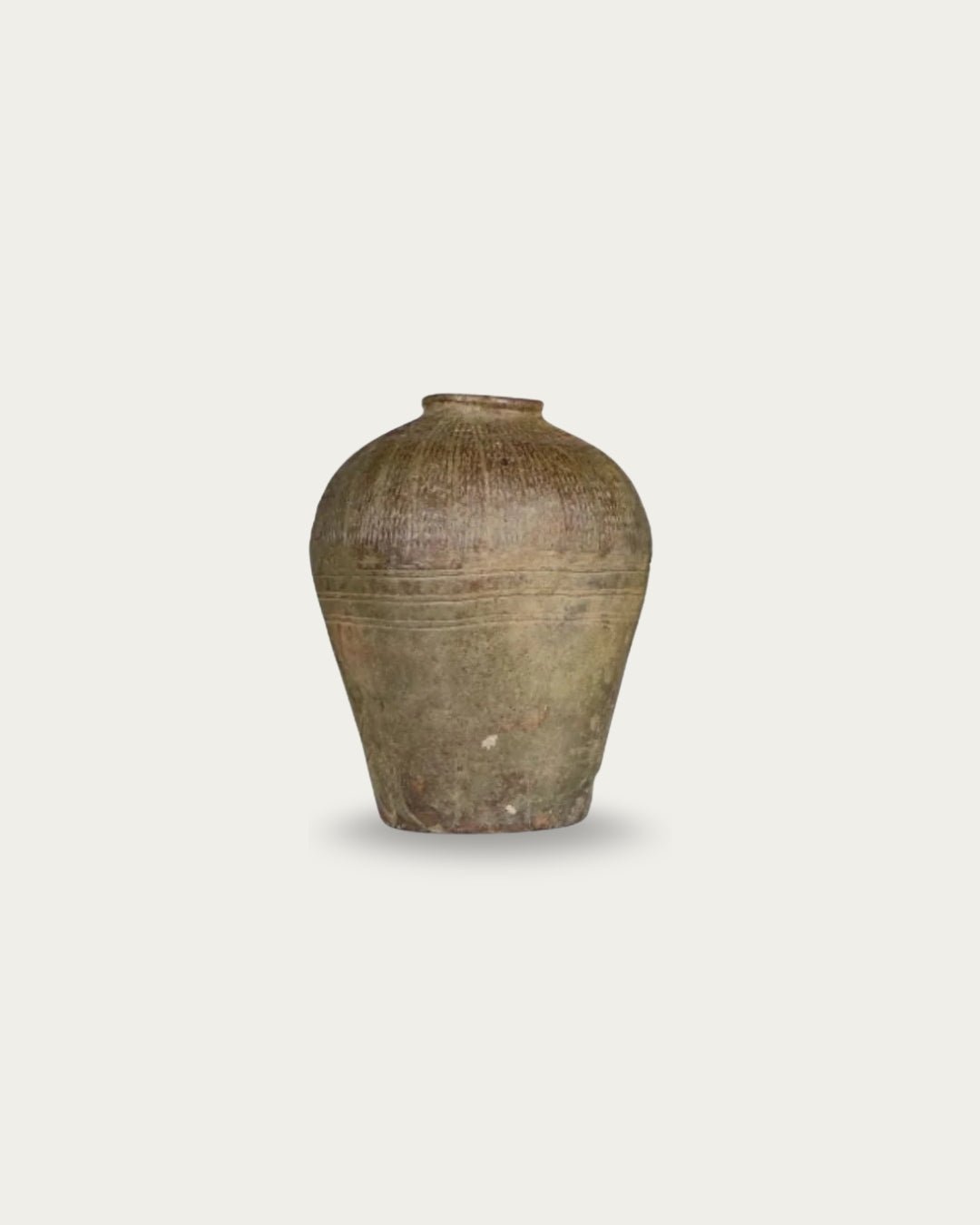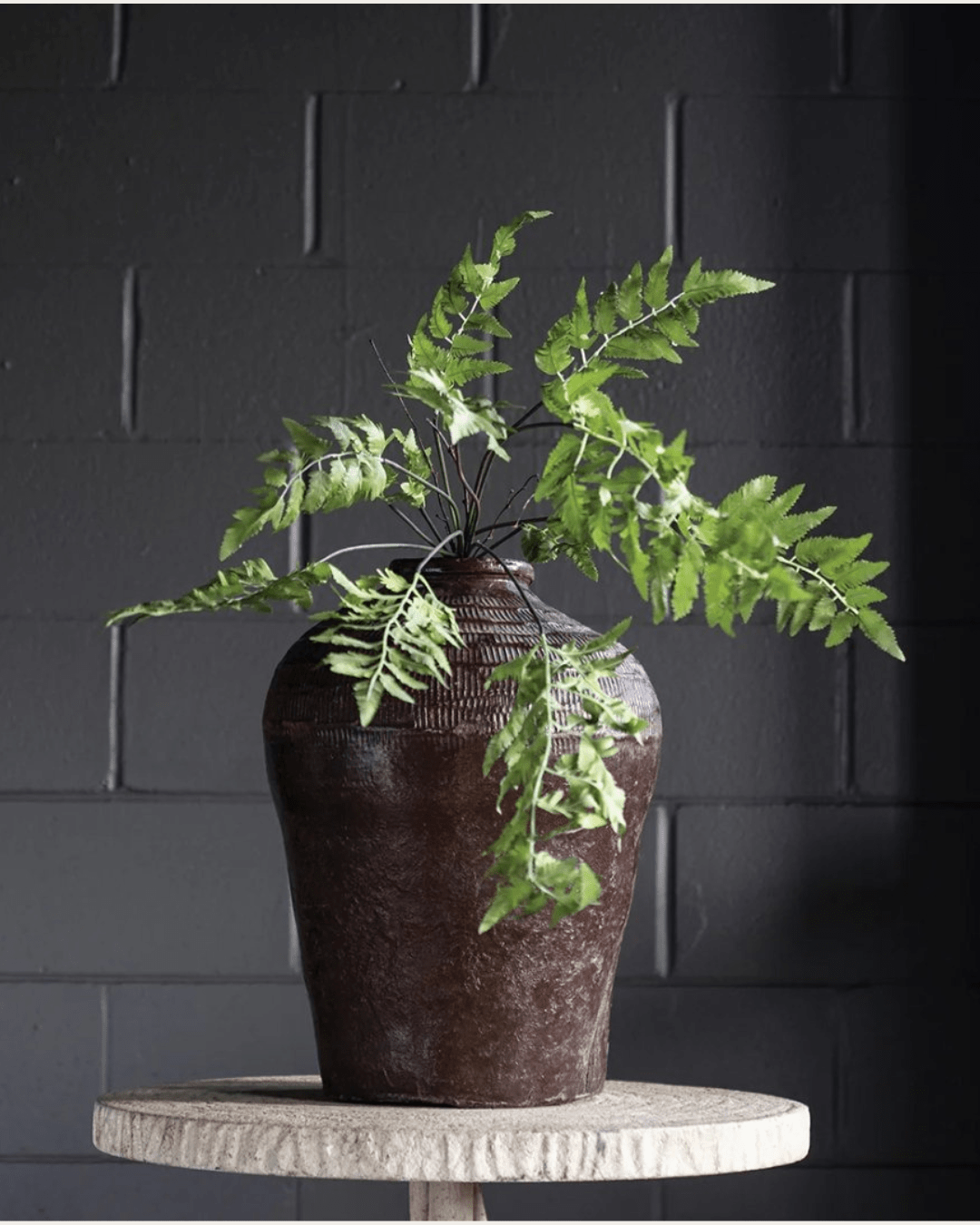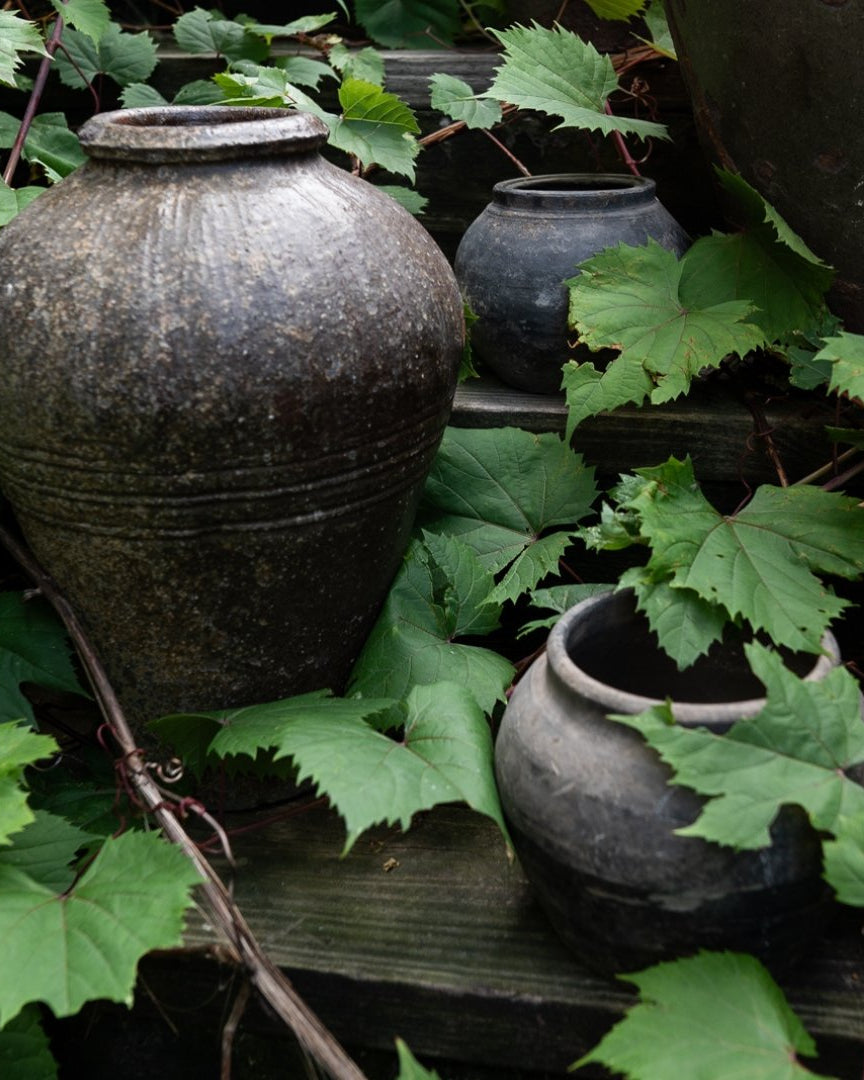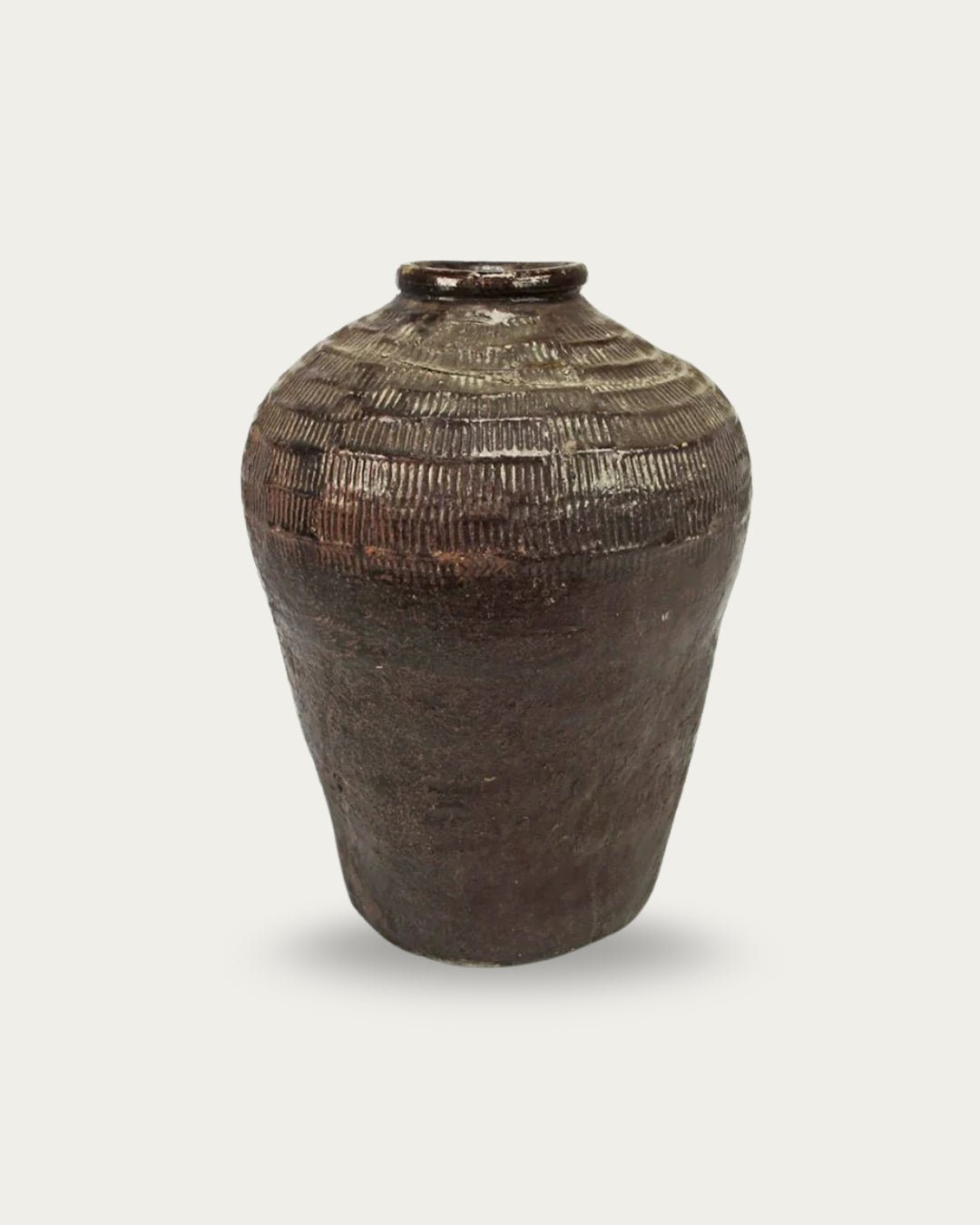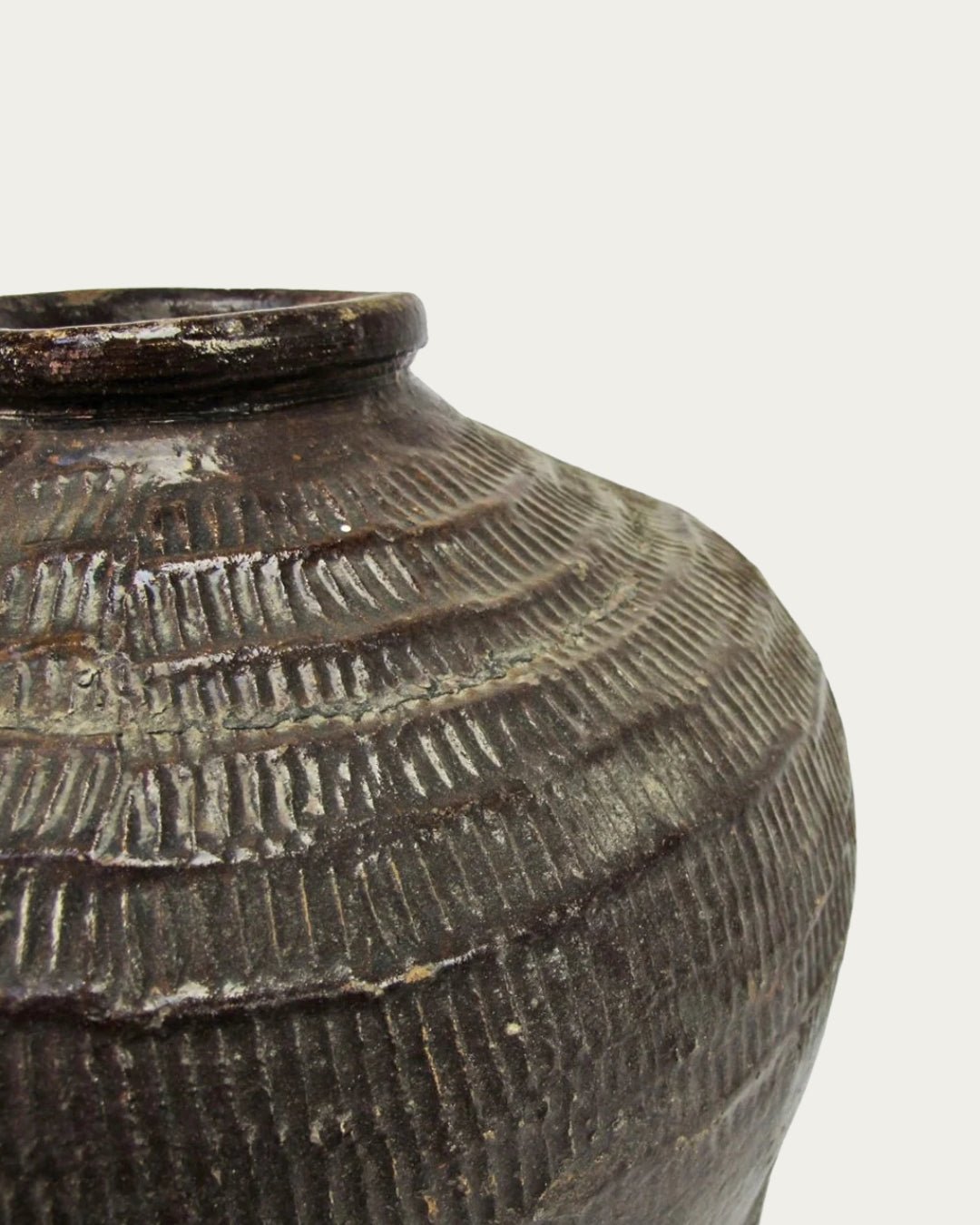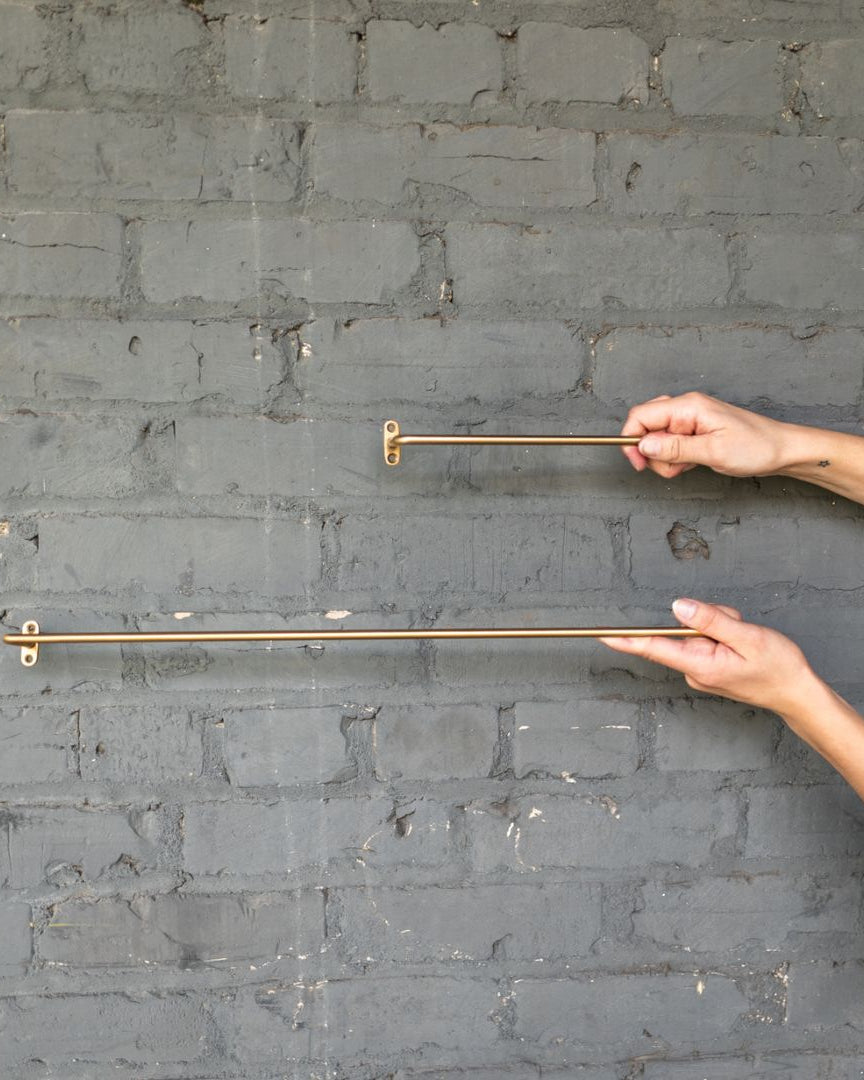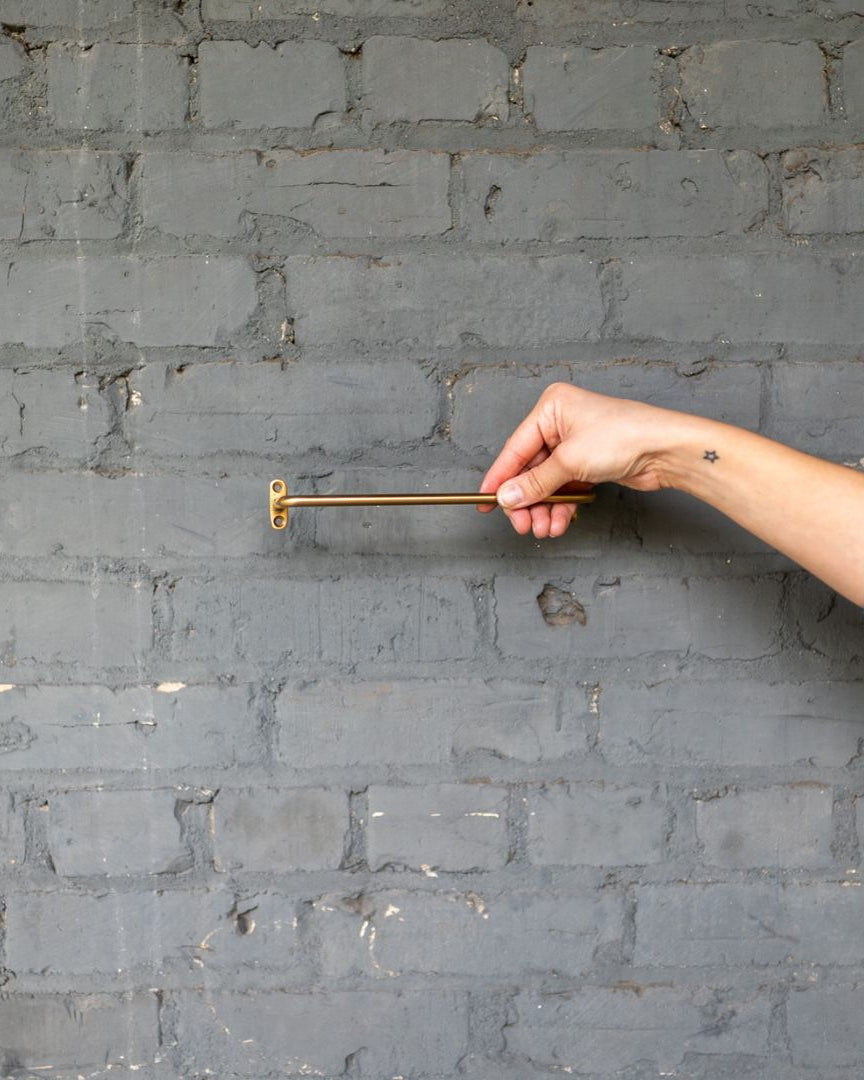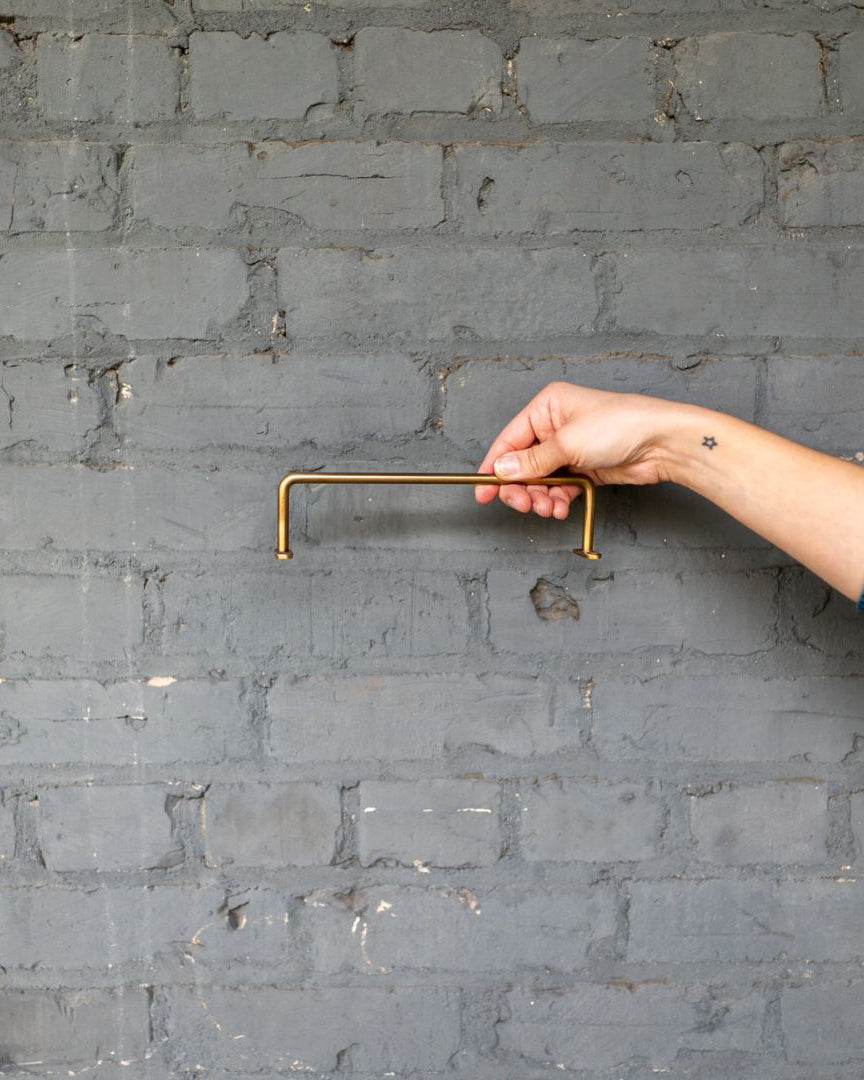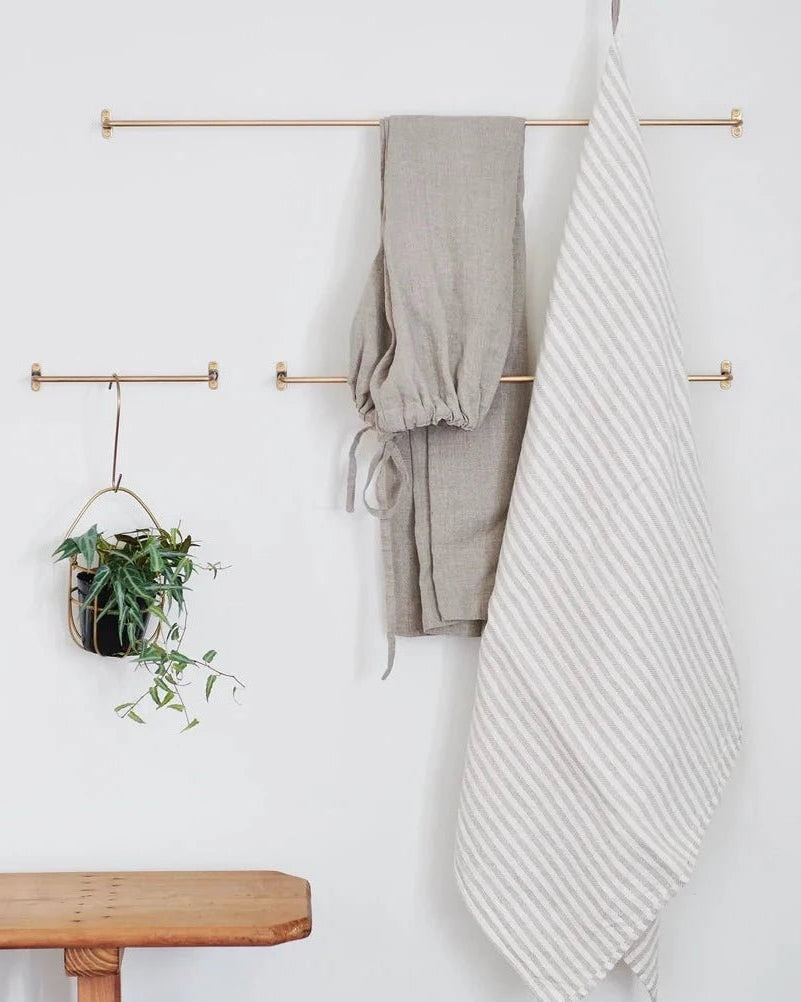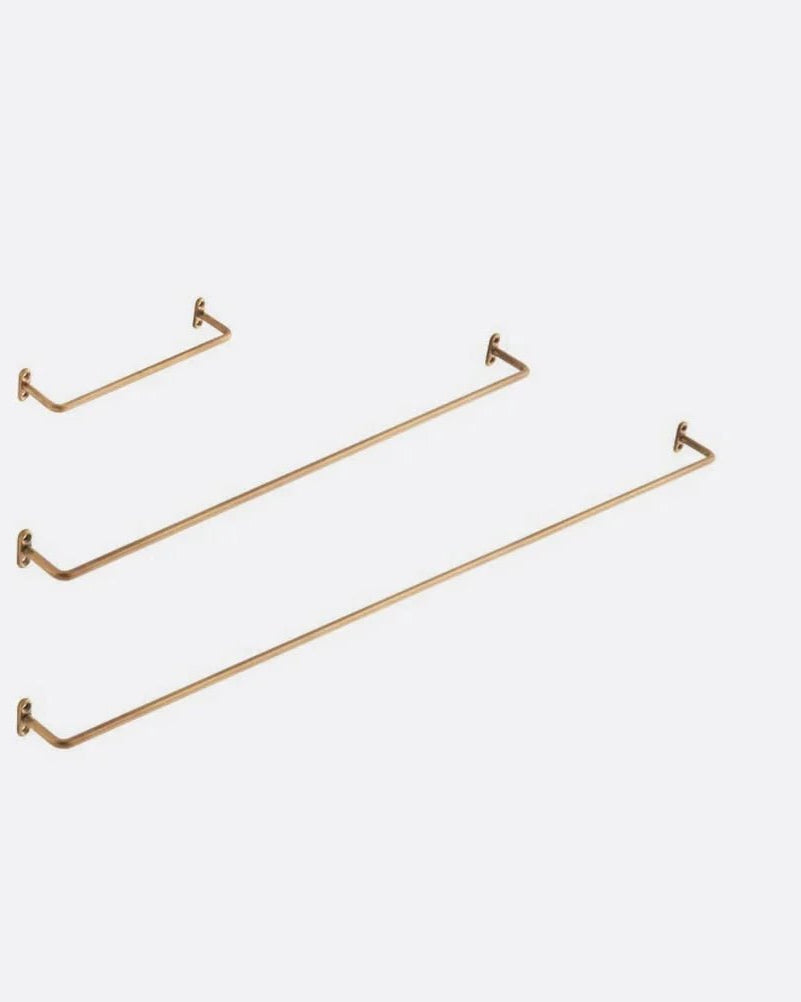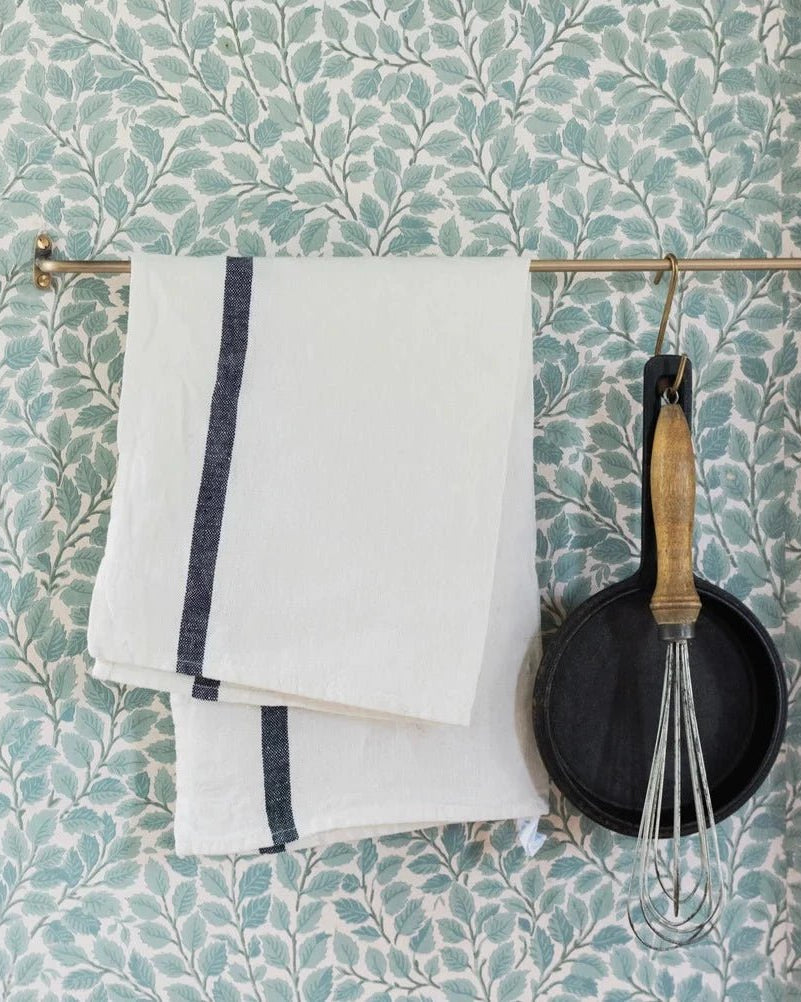
The Art of Incorporating Vintage Decor in Homes
In today's fast-paced world, our homes are the only places where we can slow down. A quiet room, a warm lamp, the weight of a salvaged wood table—these aren’t just style choices; they’re regulatory. Designing a space goes beyond chasing trends. It’s about anchoring the senses, and few things do that as intuitively as vintage decor.
Layering a Moorish door stand beside a Betz water lamp doesn’t just make an entryway feel considered—it creates a rhythm the body can follow. Add in tactile accents like a salvaged wood table or terracotta garden pots, and suddenly, the space invites pause. This isn’t nostalgia for nostalgia’s sake. Vintage decor adds texture, weight, and warmth—qualities that speak to the nervous system as much as they speak to style.
This article goes deeper than design tips. We’ll explore how foundational pieces like the lenard workshop side table and betz water lamp can bridge emotional function with visual beauty. From elevating a living room desk area with terracotta garden pots to styling a fireplace mantel or bedroom with vintage quilts and artisan pottery, you’ll learn how vintage styling contributes to emotional regulation and grounded calm.
Whether you're sourcing from estate sales featuring a salvaged wood table or browsing flea markets where terracotta garden pots quietly catch your eye, these finds offer more than charm. They offer pace. Join me, Kassina, as we explore the tactile, soulful art of incorporating vintage pieces—like a clay pot lamp or moorish door stand—into spaces that feel as good as they look.
Looking for pieces that bring stillness and structure? Explore our vintage decor collection —from salvaged wood to stone forms that speak softly but anchor deeply.
Understanding Vintage Decor Home Styles
Vintage decor is defined by its connection to distinct historical periods, each reflecting innovations and cultural influences that go beyond decoration. Iconic pieces such as the betz water lamp and clay pot lamp offer a glimpse into eras when craftsmanship was prized, while a salvaged wood table hints at the enduring charm of age-old design. In this section, we explore eras that have shaped what we call vintage decor and show how recognizing these styles can help you select authentic pieces.
Defining Different Eras of Vintage Antique Home Decor
The term “vintage” covers multiple eras, each with its own design ethos:
-Mid-century modern: Clean lines, geometric forms, sleek functionality, and a subtle nod to the lenard workshop side table.
-Shabby chic: Soft pastel colors, distressed finishes, gentle textures, often enhanced by the warm glow of a pottery lamp.
-Art Deco: Bold geometry, metallic finishes, luxurious materials, perfectly accented by a betz water lamp.
-Farmhouse: Rugged charm, reclaimed wood, earthy palettes, beautifully complemented by a salvaged wood table.
-Victorian: Ornate details, lush fabrics, rich patterns, frequently enriched with the timeless appeal of brass.
Each era reflects its time’s advancements and values while continuing to influence modern design, helping you curate pieces that remain coherent with your overall interior narrative.
Identifying Key Characteristics of Popular Vintage Looks
Recognizing genuine vintage decor involves examining material quality, design patterns, and natural wear:
- Material authenticity: Genuine wood, metal patina, and original textiles.
- Design symmetry and patterns: Consistent with Art Deco’s geometric motifs.
- Signs of wear: Natural aging that adds character.
- Craftsmanship: Handcrafted joinery and details that distinguish them from reproductions.
Focusing on these traits ensures that your decor speaks with historical depth and tactile richness.
Recognizing Authentic Vintage Decor Home Pieces Versus Reproductions
Authentic vintage items show subtle imperfections—minor wear and misalignments that evolution brings. Reproductions may look flawless but often lack the natural character:
-Look for natural aging and wear patterns.
-Verify materials rarely used in modern reproductions.
-Understand period-specific design trends.
-Consult interior design experts when in doubt.
These strategies help maintain the integrity and value of your vintage collection.
Exploring Regional Influences on Vintage Decor Home Styles
Regional variations add further nuance. For example, British Victorian decor might emphasize opulence, while American versions blend European elegance with practicality. In the American South, elements like wrought iron and hand-painted tiles reflect local craftsmanship, whereas Midwestern designs focus on practicality and recycled materials. Recognizing these variations deepens your interior design approach and connects your decor to broader style evolutions.
Sourcing Unique Vintage Antique Home Decor Pieces

Sourcing vintage decor is like a treasure hunt where each find carries a storied past. This section explains where to uncover these hidden gems while ensuring authenticity, quality, and charm that complements modern prints.
Discovering Treasures at Flea Markets and Estate Sales
Flea markets and estate sales offer a raw connection to the past. They present a diverse mix of rustic furniture, vintage textiles, and eclectic items that bear marks of time:
- Negotiate prices and observe details like faded patterns and hand-carved embellishments.
- Visit early, when the best items are freshly displayed.
- Look for multifunctional finds, such as antique trunks that double as coffee tables or vintage lamps with atmospheric lighting.
These venues not only yield unique finds but also encourage sustainable consumption.
Navigating Online Marketplaces for Vintage Decor Home Finds
Online platforms have revolutionized access to vintage furniture and decor, with websites, auction platforms, and social media groups offering rare, region-specific pieces:
- Look for detailed listings with high-resolution images and descriptions of material quality and provenance.
- Use seller ratings and reviews as assurance of authenticity.
- Set clear budgets during online bidding and be mindful of shipping logistics.
With strategic research, online marketplaces become potent tools for building a remarkable, historically rich collection.
Tips for Successful Antique Store Shopping
Antique stores offer a curated environment with increased quality control and expert guidance:
- Engage store staff to learn about an item’s history, restoration status, and care tips.
- Develop a checklist of desired pieces—whether it's a vintage art deco side table or a worn leather armchair.
- Be prepared to revisit as inventories update frequently.
Antique stores deliver peace of mind along with authentic, high-quality finds.
Uncovering Hidden Gems in Thrift Stores
Thrift stores are underrated gems for vintage decor:
-Examine items beyond their initial appearance; a weathered wooden mirror frame or vintage pottery bowls may reveal hidden potential.
-Frequent visits and staff insights can uncover future donations.
-Thrift finds offer a budget-friendly way to assemble an eclectic, personalized vintage style while promoting sustainability.
Utilizing Auction Houses for Rare Vintage Decor Home Items
Auction houses are ideal for locating rare or highly valuable vintage decor:
- Research auction listings for condition, historical significance, and provenance.
- Participate in physical or online auctions with a clear maximum bid to avoid overspending.
- Auctions can yield rare pieces that add both design continuity and conversation value to your home.
Integrating Vintage Decor Home Elements With Modern Design
Blending vintage decor with modern design creates spaces that combine history with contemporary functionality. Here, we explore methods to achieve balance through thoughtful pairing and design integration.
Creating Balance Between Old and New Furnishings
Establish a visual dialogue by pairing vintage pieces (like a classic chair) with sleek modern furniture:
- Consider scale, color, and form; for example, an ornately carved vintage armoire can be offset by clean-lined contemporary pieces.
- Evaluate the function: vintage items often serve as focal points while modern pieces provide ergonomic comfort.
- The result is a dynamic, balanced space that is both soothing and efficient.
Using a Cohesive Color Palette to Unify Styles
A unified color palette binds different styles:
- Start with neutral foundations—whites, creams, grays—and use accent colors from vintage textiles or modern artwork.
- For instance, pair a modern living room desk with a vintage brass lamp and a cotton or linen sofa in muted tones.
- The shared palette creates a seamless transition between eras, enhancing both calm and visual interest.
Layering Textures and Materials for Depth and Interest
Layering adds depth to your decor:
- Mix antique lace curtains with sleek glass tabletops or reclaimed wood with contemporary metal accents.
- Combining rough, distressed textures with smooth modern finishes enriches tactile and visual appeal.
- Intentional layering invites exploration and creates a multidimensional, engaging space.
Making a Vintage Piece the Focal Point of a Room
A singular vintage piece can serve as the room’s centerpiece:
-Choose an item such as a distressed wooden buffet or an ornate mirror and arrange minimal modern furnishings around it.
-Use strategic lighting—like a vintage lamp or modern track lighting—to highlight the item.
-This creates a conversation piece that anchors the interior design ’s narrative while balancing old and new.
Achieving a Harmonious Mix of Furniture From Different Eras
A harmonious mix requires deliberate planning:
- Start with a modern foundation for everyday use and introduce vintage pieces that add character.
- Consider multifunctional designs such as a modern sofa paired with an antique side table.
- Maintain proportion and scale to ensure each piece reinforces the overall narrative rather than competing for attention.
Showcasing Your Vintage Decor Home Collections

Display your vintage collections to transform your home into a living gallery. This section covers techniques for arranging and grouping your treasures in a way that highlights their beauty and history.
Arranging Vintage Items on Shelves and Mantels
Thoughtful arrangement on shelves and mantels makes vintage pieces part of your daily landscape:
-Curate items with thematic or color connections—antique vases, porcelain figurines, weathered frames.
-Mix different heights to create depth and fill gaps with smaller artwork or decorative objects.
-Use subtle lighting to accentuate textures and craftsmanship, turning displays into mini art installations, creating an inviting interior design.
Creating Appealing Wall Displays With Vintage Art and Mirrors
Wall displays can transform room ambiance:
- Start with a core item like an oil painting or large etching and build a gallery wall with complementary vintage art.
- Group similar items, such as vintage postcards or mid-century prints, to create a cohesive narrative.
- Ensure precise spacing and symmetry to keep the display dynamic yet ordered.
Grouping Similar Vintage Decor Home Items for Impact
Grouping items with common themes enhances their collective impact:
- Cluster items with similar colors, patterns, or materials—such as vintage ceramic bowls with matching glass pitchers and a retro tablecloth.
- Balance grouped clusters with a singular standout piece to draw the eye.
- This method creates an artistic statement and emphasizes craftsmanship.
Illuminating Spaces With Vintage Lighting Fixtures
Vintage lighting enhances decor:
- Use fixtures ranging from delicate chandeliers to rustic lanterns or minimalist sconces.
- Strategic placement and integration of dimmer switches or layered lighting create ambient warmth.
- These fixtures function as both art and practical illumination, enhancing every vintage piece.
Incorporating Vintage Textiles Like Rugs and Curtains
Textiles add softness and warmth:
- Vintage rugs, curtains, and throws offer rich patterns and textures that modern pieces may lack.
- Use these items to define spaces, such as a seating area or to soften modern windows.
- Their layered textures provide a multidimensional sensory experience that ties the room together.
Practical Vintage Decor Home Ideas for Every Room
Incorporating vintage decor into every room requires careful planning and creative touches that balance functionality and emotion.
Adding Character to Living Rooms With Vintage Furniture
Living rooms are ideal for showcasing vintage design:
- A vintage sofa, armchair, or coffee table can serve as the centerpiece.
- Layer with accents such as retro lamps, vintage vases, or an antique record player.
- Mixing textures—from smooth leather to distressed wood—creates a vibrant yet balanced environment that harmonizes vintage charm with modern regulation.
Designing a Bedroom With Vintage Antique Home Decor Accents
Create a calming retreat in your bedroom:
- Start with a vintage bed frame and build around it with patchwork quilts, delicate lace curtains, or handwoven throws.
- Use antique bedside tables, ambient lighting, and vintage mirrors to enhance relaxation.
- The combination of tactile bedding and historical decor fosters a soothing space for rest.
Bringing Vintage Style Into Kitchens and Dining Areas
Kitchens and dining rooms can evoke shared family traditions:
-Use vintage kitchen tools like enamel pitchers, ceramic bowls, and hand-painted platters as both décor and practical items.
-A vintage farmhouse table paired with mismatched chairs or repurposed antique cabinets makes a striking focal point.
-Complement with vintage brass fixtures for a warm, historic dining ambiance.
Using Vintage Decor Home in Bathrooms for a Unique Touch
Bathrooms offer unexpected opportunities for vintage charm:
-Introduce antique mirrors, reclaimed wood vanities, or retro lighting to add warmth.
-Choose a porcelain sink paired with a vintage metal mirror and aged ceramic vases for storage.
-Incorporate vintage textiles like a patterned shower curtain or soft linen bath mat to tie the room together while maintaining practicality.
Styling Entryways and Hallways With Vintage Pieces
Entryways can set the tone for your home:
- Display curated pieces like vintage coat racks, antique console tables, or retro wall art.
- Use a series of vintage hooks with a classic mirror and a layered rug to define the space.
- Combining textures, such as a distressed wooden bench with a modern glass vase, creates an inviting transition.
Caring for and Preserving Your Vintage Home Decor

Caring for vintage decor is essential to maintain its emotional and monetary value. Here are strategies to clean, protect, and repair these treasured pieces while preserving their historical integrity.
Proper Cleaning Techniques for Different Vintage Materials
Cleaning methods must suit each material:
-For wooden furniture, use a soft cloth with a diluted mild soap solution to preserve natural finishes.
-Delicate textiles may require gentle dry cleaning or hand washing with a mild detergent.
-Always test a small hidden area first, and consider professional cleaning for high-value items.
-Special care for brass metals and ceramics ensures their patina remains intact.
Protecting Vintage Antique Home Decor From Sunlight and Humidity
Prevent damage from environmental factors:
- Install UV-protective window films or use heavy curtains to reduce damaging ultraviolet rays.
- Use dehumidifiers to maintain optimal moisture levels and prevent mold, wood warping, or metal corrosion.
- For long-term storage, consider climate-controlled cases or coverings to safeguard your pieces.
Handling and Moving Fragile Vintage Items Safely
Moving fragile items requires care:
- Wrap pieces in bubble wrap, blankets, or foam padding and use well-padded boxes.
- For large items like antique mirrors, remove from mounts and transport horizontally.
- Do not overload boxes; consider professional movers for added protection.
- Document items with photos before and after moving to assist with any damage claims.
Knowing When to Seek Professional Restoration for Vintage Decor Home
Professional restoration is sometimes necessary:
- Signs include significant structural damage, severe discoloration, or persistent mold.
- Consult experts for an evaluation and cost estimate before proceeding.
- A professional restoration can preserve an item’s original charm without risking further damage.
- For a larger collection, developing a trusted relationship with a restoration expert is invaluable.
Simple DIY Repairs for Common Vintage Decor Home Issues
Many minor issues can be addressed at home:
- Reapply a light coat of wax to rejuvenate wooden surfaces.
- Mending minor fabric tears with fabric glue or careful sewing preserves original details.
- Tighten loose joints with high-quality wood glue and clamps.
- Always test repair methods on a small area to ensure they do not alter the natural aging.
Frequently Asked Questions
Q: How can vintage decor create a balanced environment in a modern home? A: Vintage decor introduces rich textures and historical detail that complement modern minimalism. By balancing vintage focal pieces with sleek furnishings, the home achieves dynamic contrast that calms the senses and regulates the environment.
Q: What are the best places to source authentic vintage decor? A: Authentic vintage decor is best sourced from flea markets, estate sales, online marketplaces, antique stores, thrift shops, and auction houses—each offering unique finds and varying levels of authenticity assurance.
Q: How do I maintain vintage decor in high-humidity environments? A: Use UV-protective window treatments and dehumidifiers to control indoor humidity. Regular cleaning and climate-controlled storage further help prevent mold, corrosion, and wood damage.
Q: Can I mix vintage decor with modern furniture without making the space feel cluttered? A: Yes. Use a unified color palette, layered textures, and intentional focal points to harmonize the styles. Modern pieces act as a neutral backdrop for vintage finds, ensuring a curated feel.
Q: What simple DIY methods are recommended for repairing minor vintage decor issues? A: For scratches or tears, gentle cleaning, reapplication of wax, or careful sewing and use of fabric or wood glue can be effective. Always test on a small area first to maintain the original patina.
Q: How does vintage decor support nervous system-regulating interiors? A: The tactile richness, natural wear, and historical narrative of vintage pieces evoke a sense of calm. Their warmth and depth slow the environmental pace, helping individuals reconnect with a grounded presence.
Q: What factors should I consider when determining the authenticity of vintage decor? A: Evaluate materials, design details, and natural wear patterns. Authentic pieces show subtle imperfections, use period-specific techniques, and often come with historical provenance that reproductions lack.
Final Thoughts
Vintage decor in homes is more than just an aesthetic choice—it is an expression of character, history, and sensory depth. By carefully integrating vintage elements with modern pieces, you create living spaces that are both visually stimulating and emotionally supportive. Each room becomes a narrative, blending textures, colors, and eras into a harmonious environment that soothes the nervous system and offers lasting comfort. As you explore these ideas, may your home become a timeless haven where every piece tells its own story.
Ready to begin? Start with a single piece —or contact us to help you shape the full picture.


